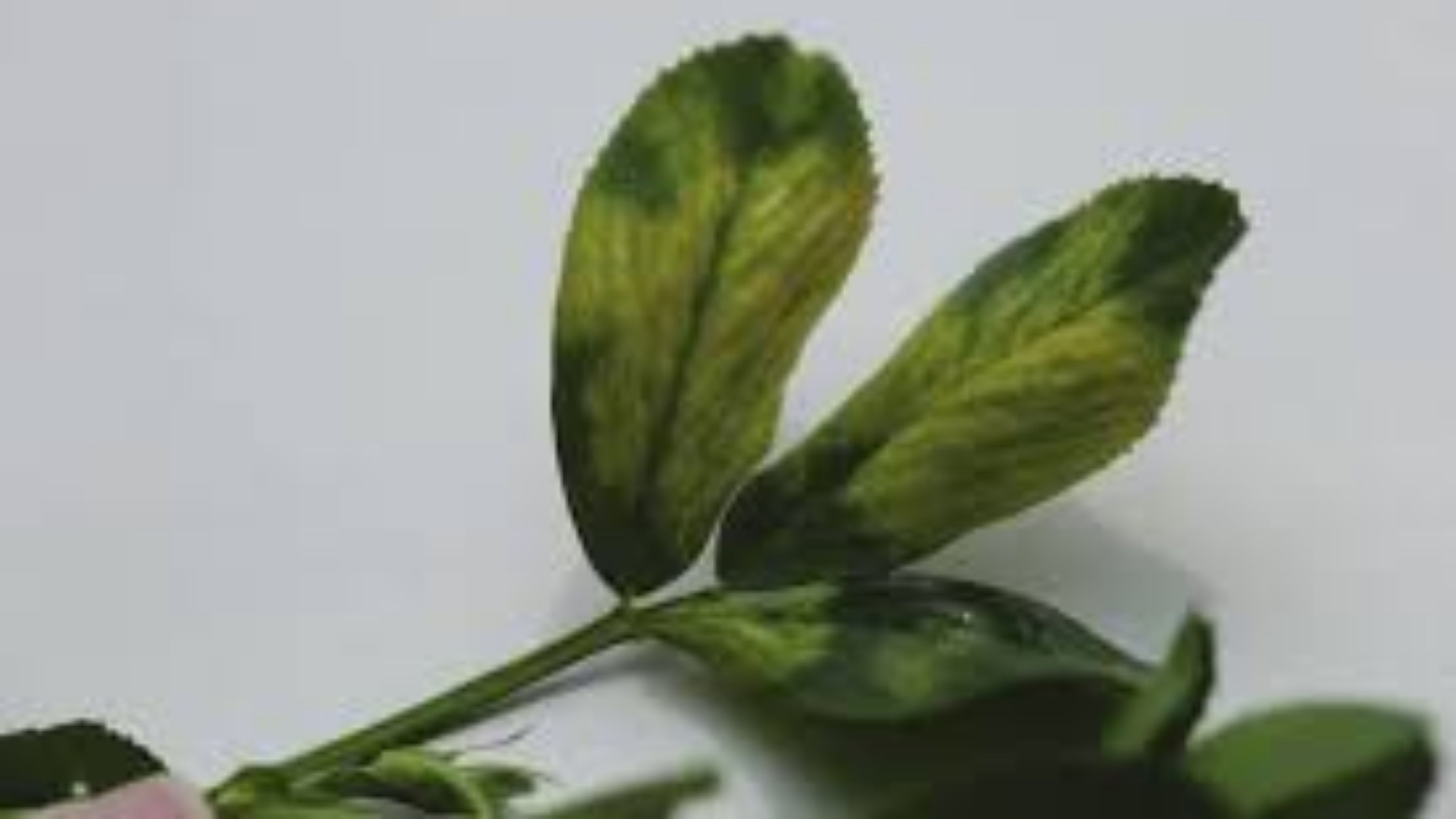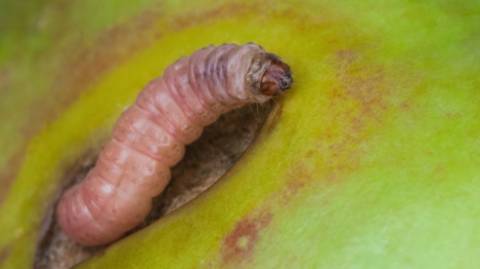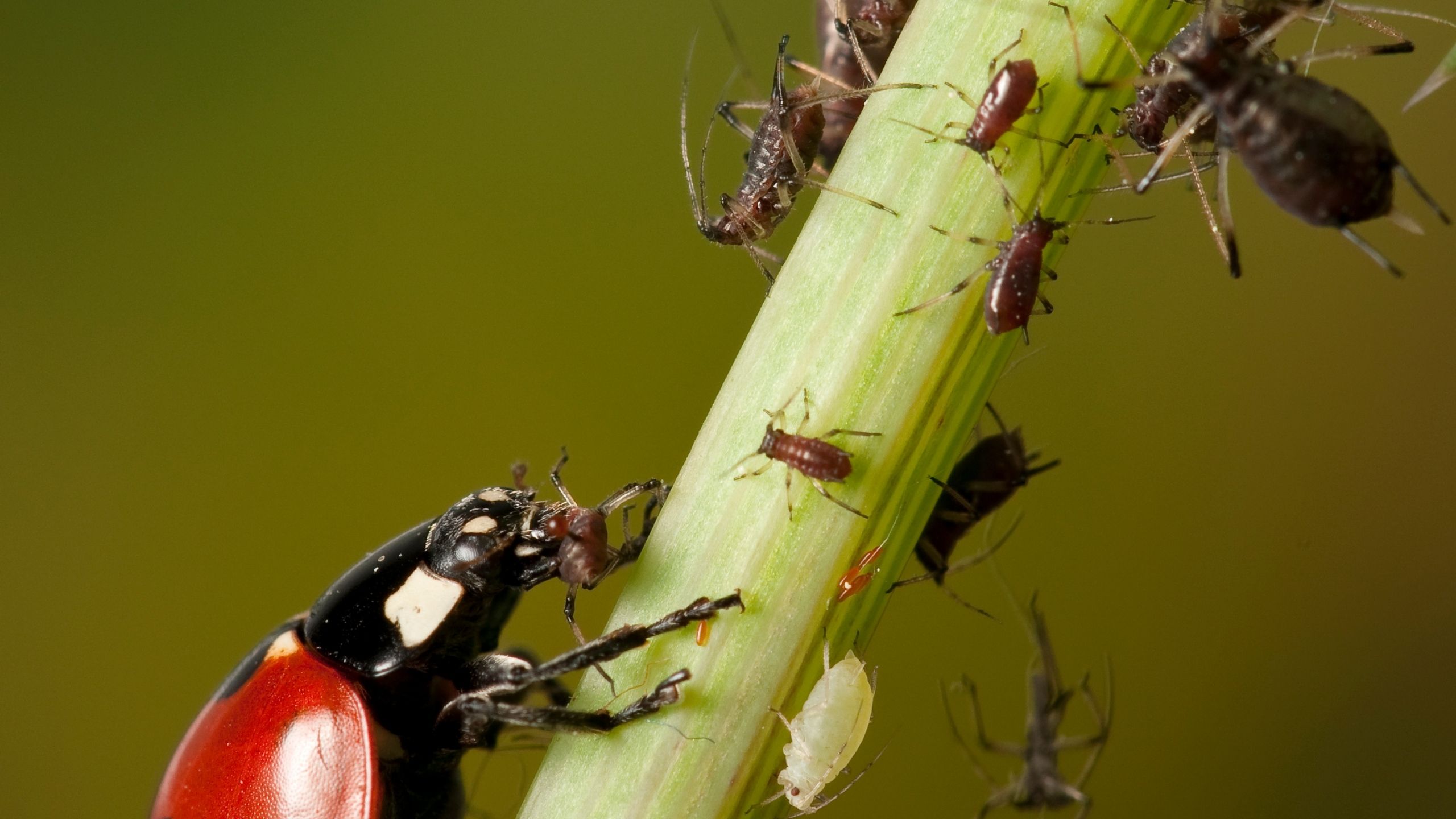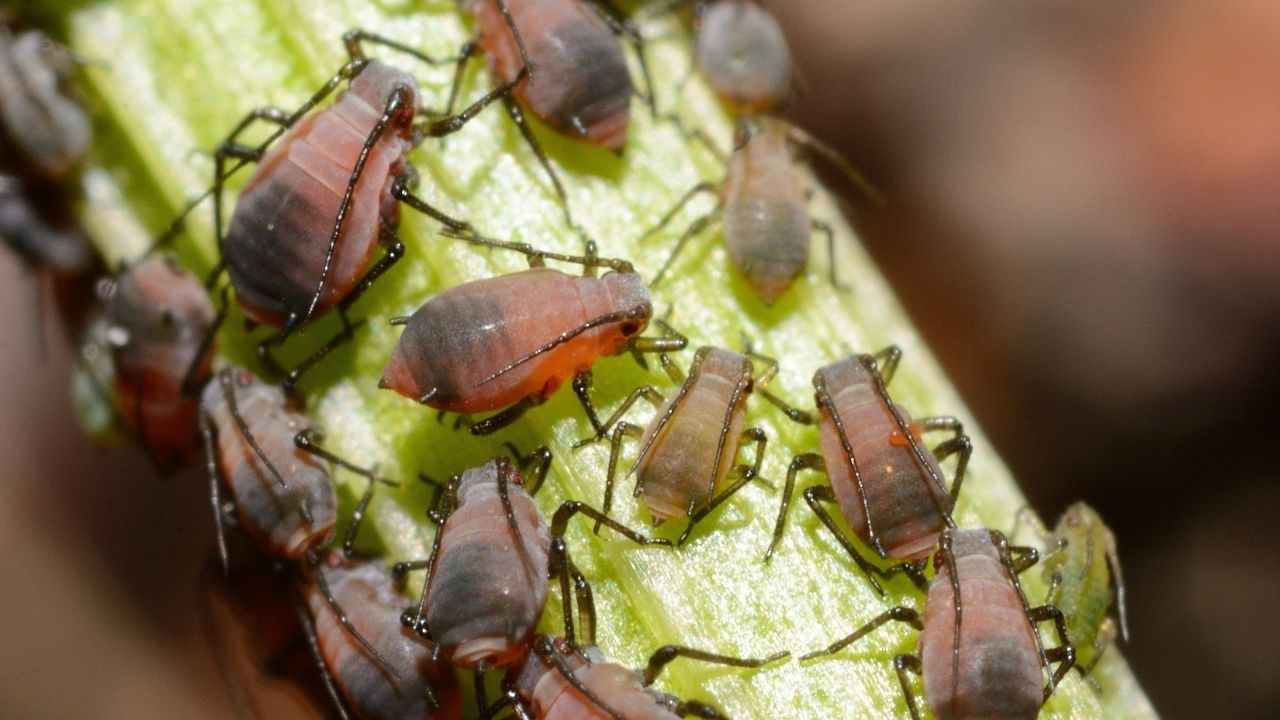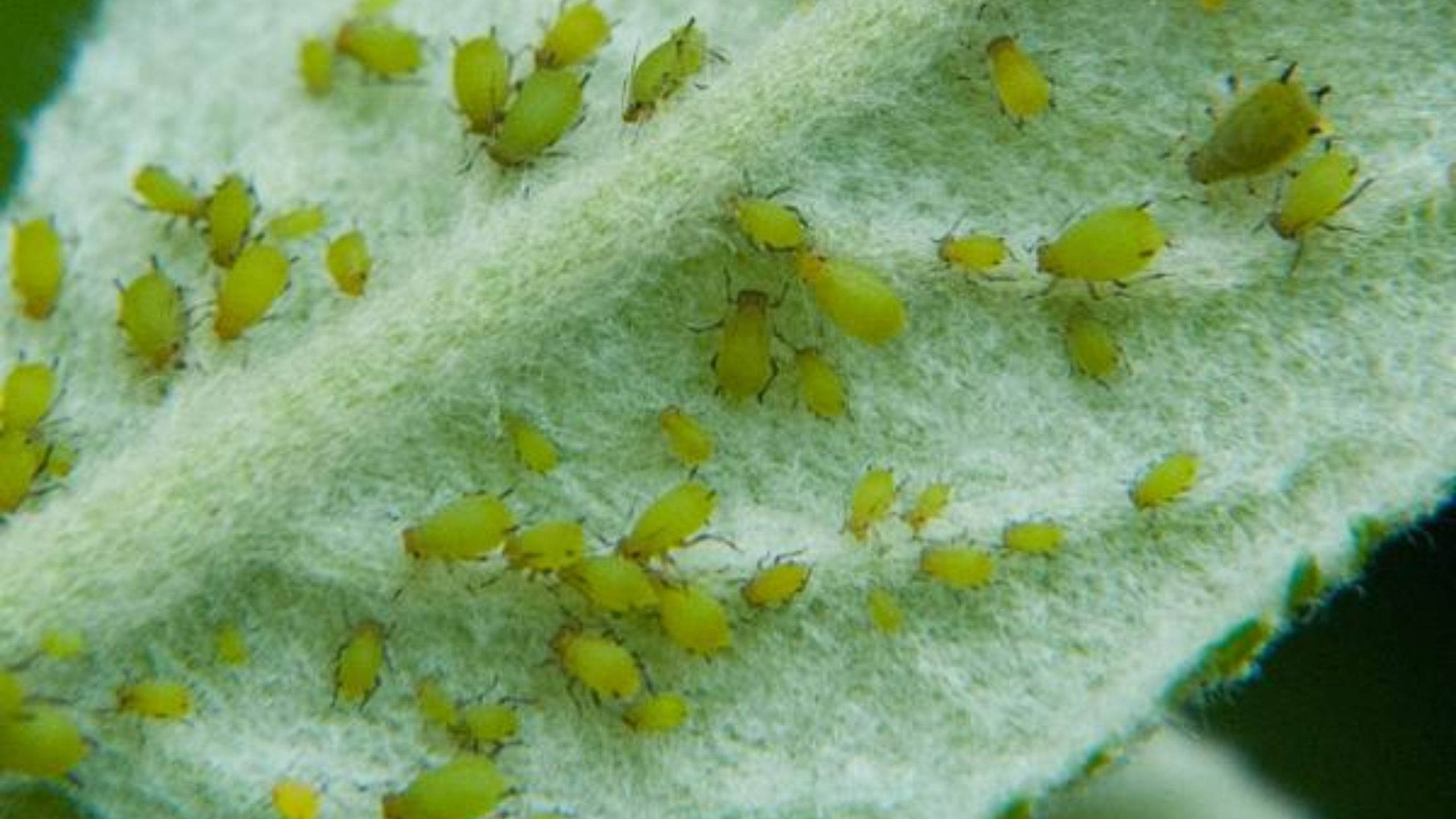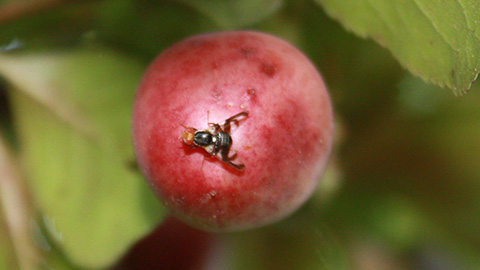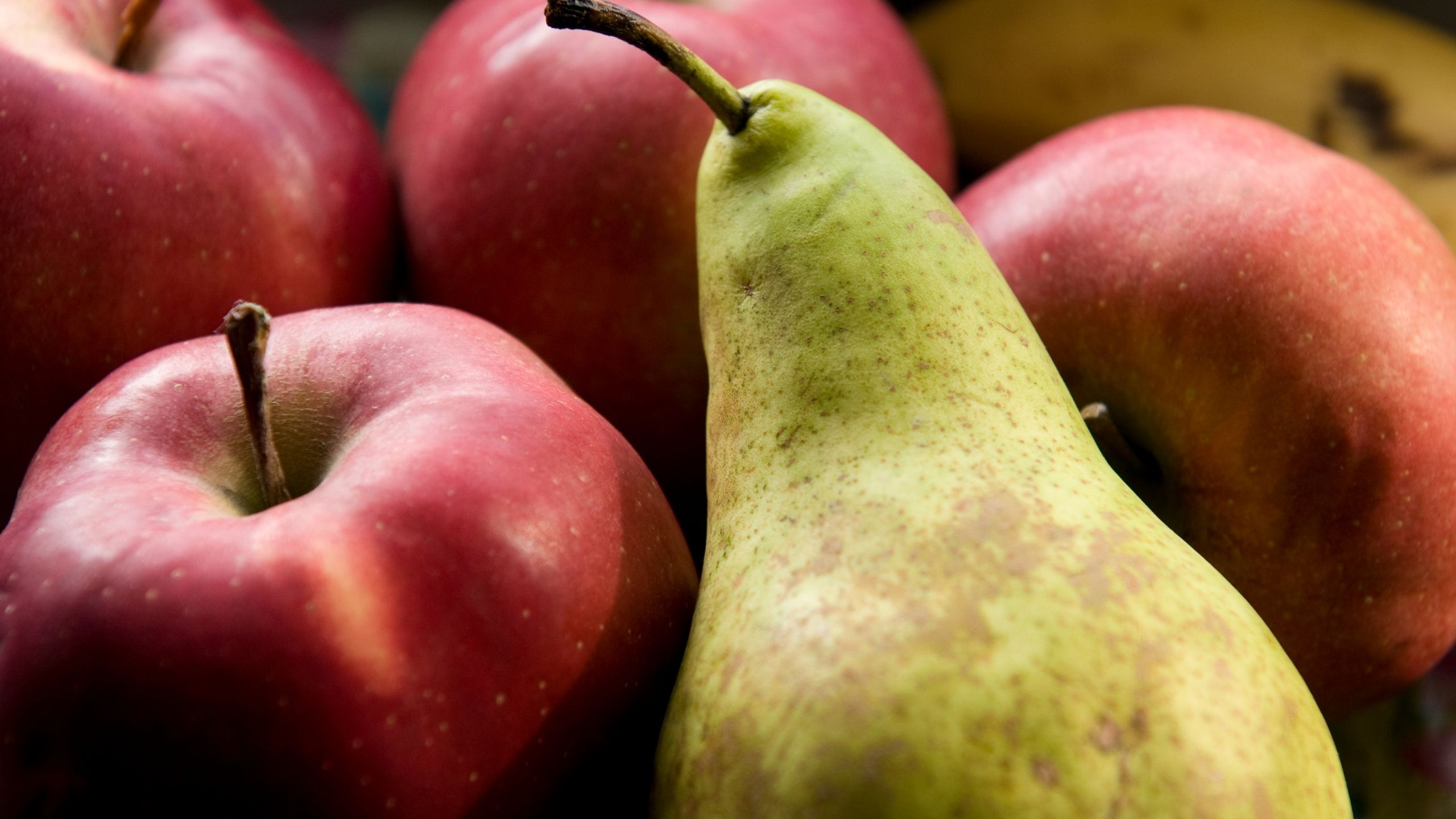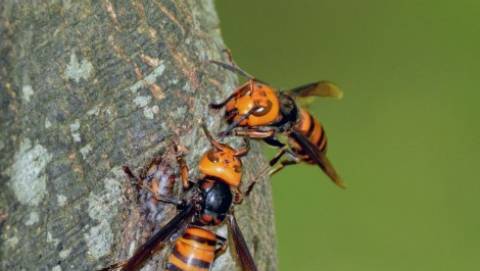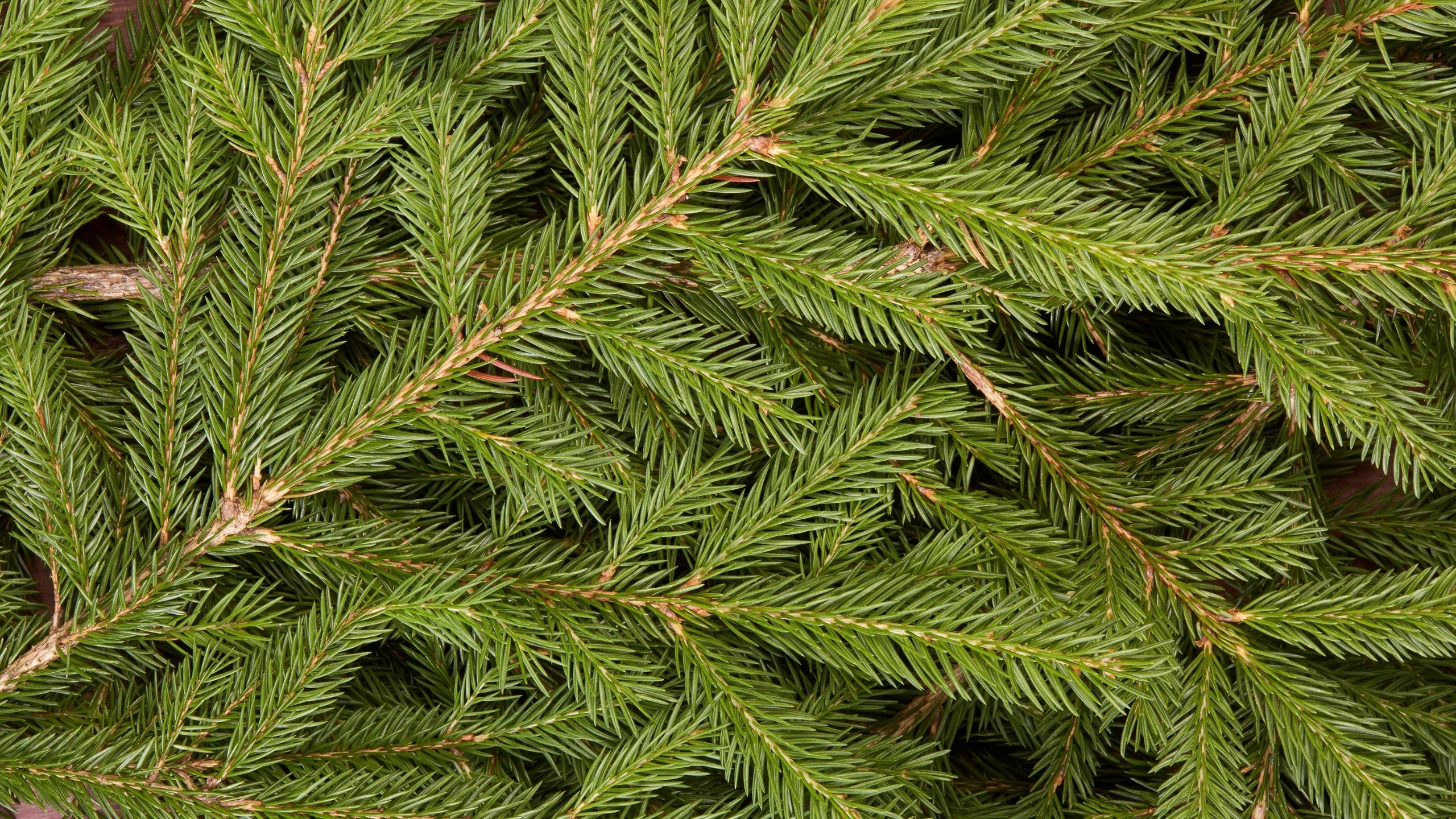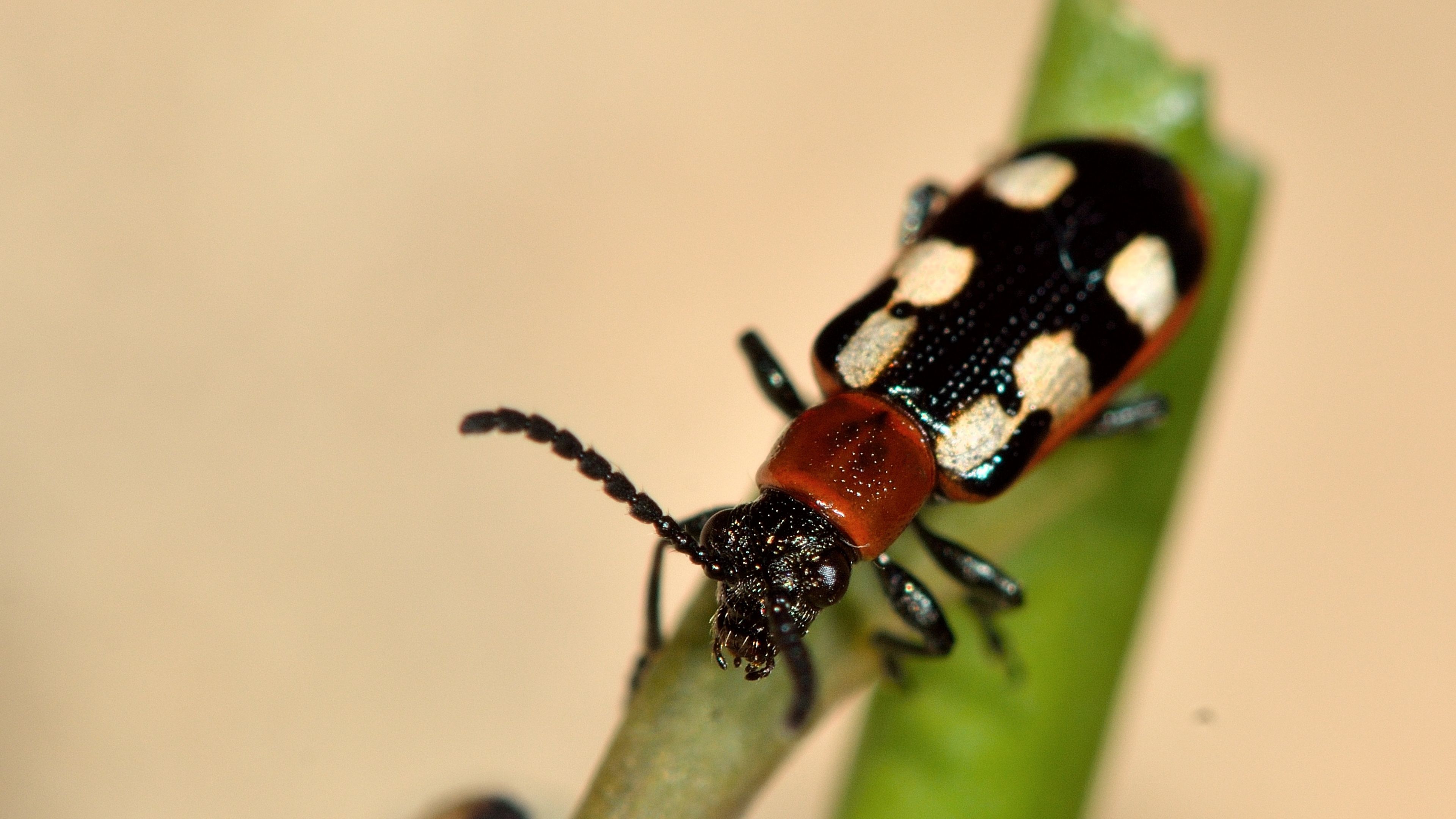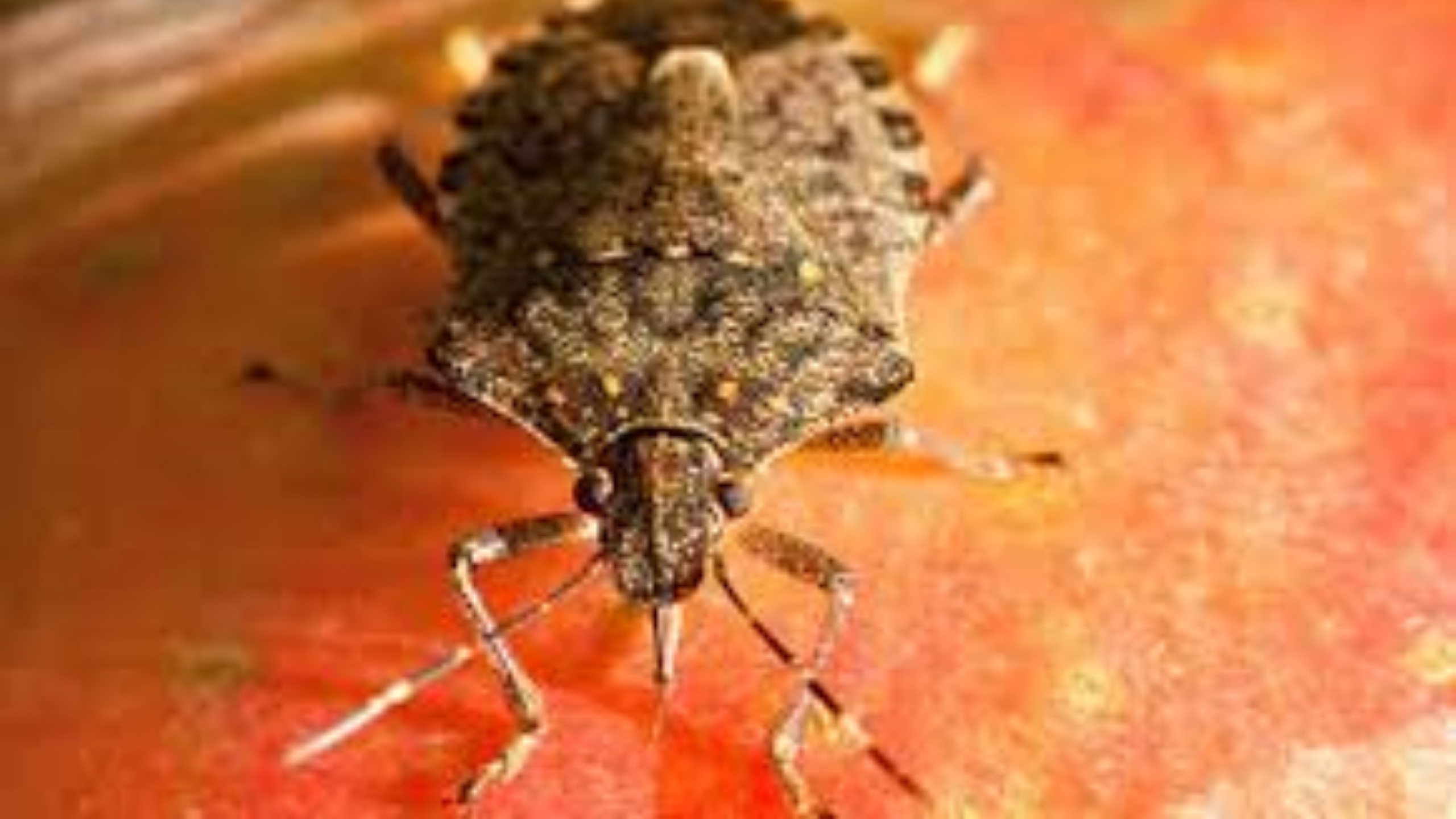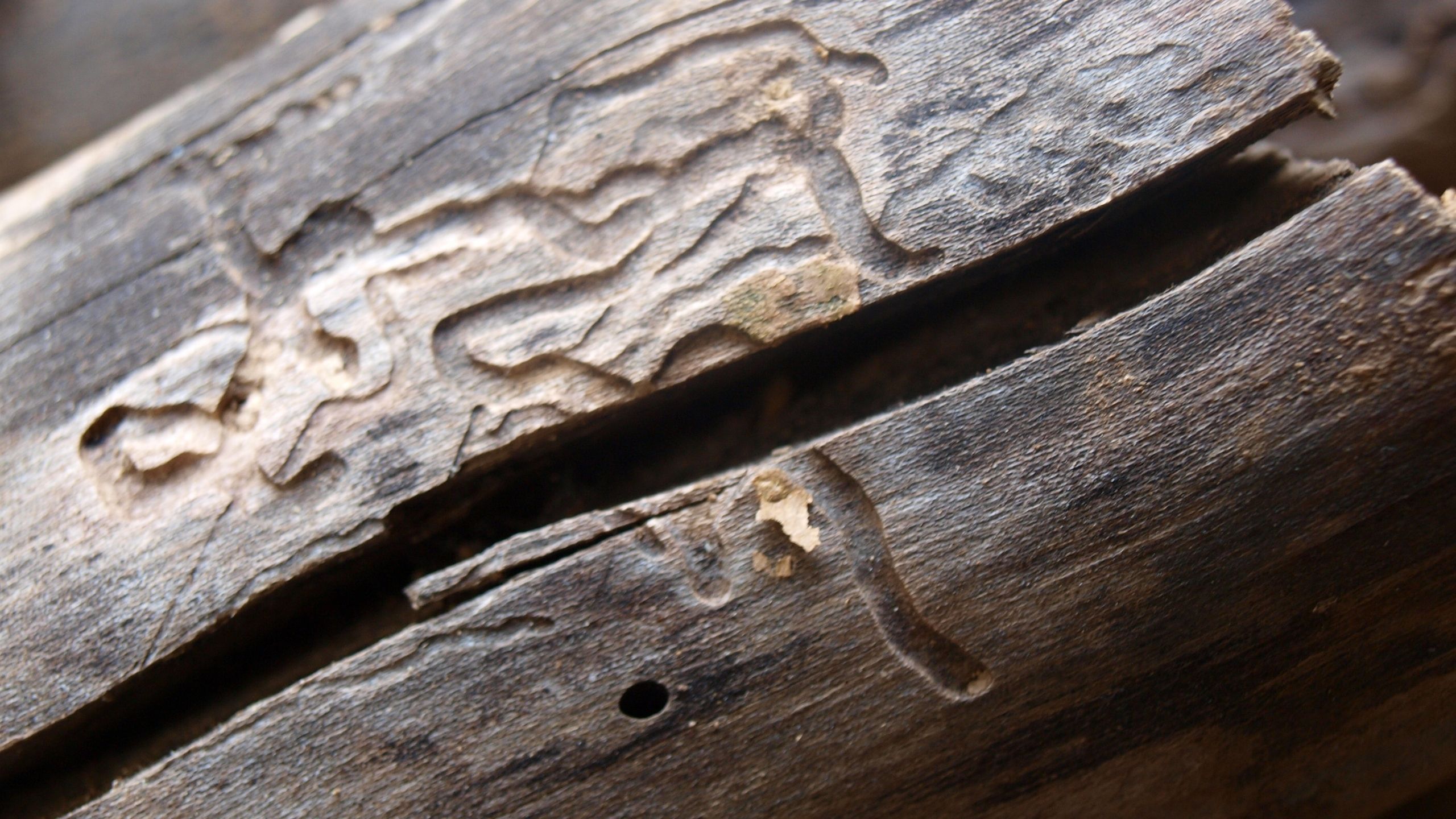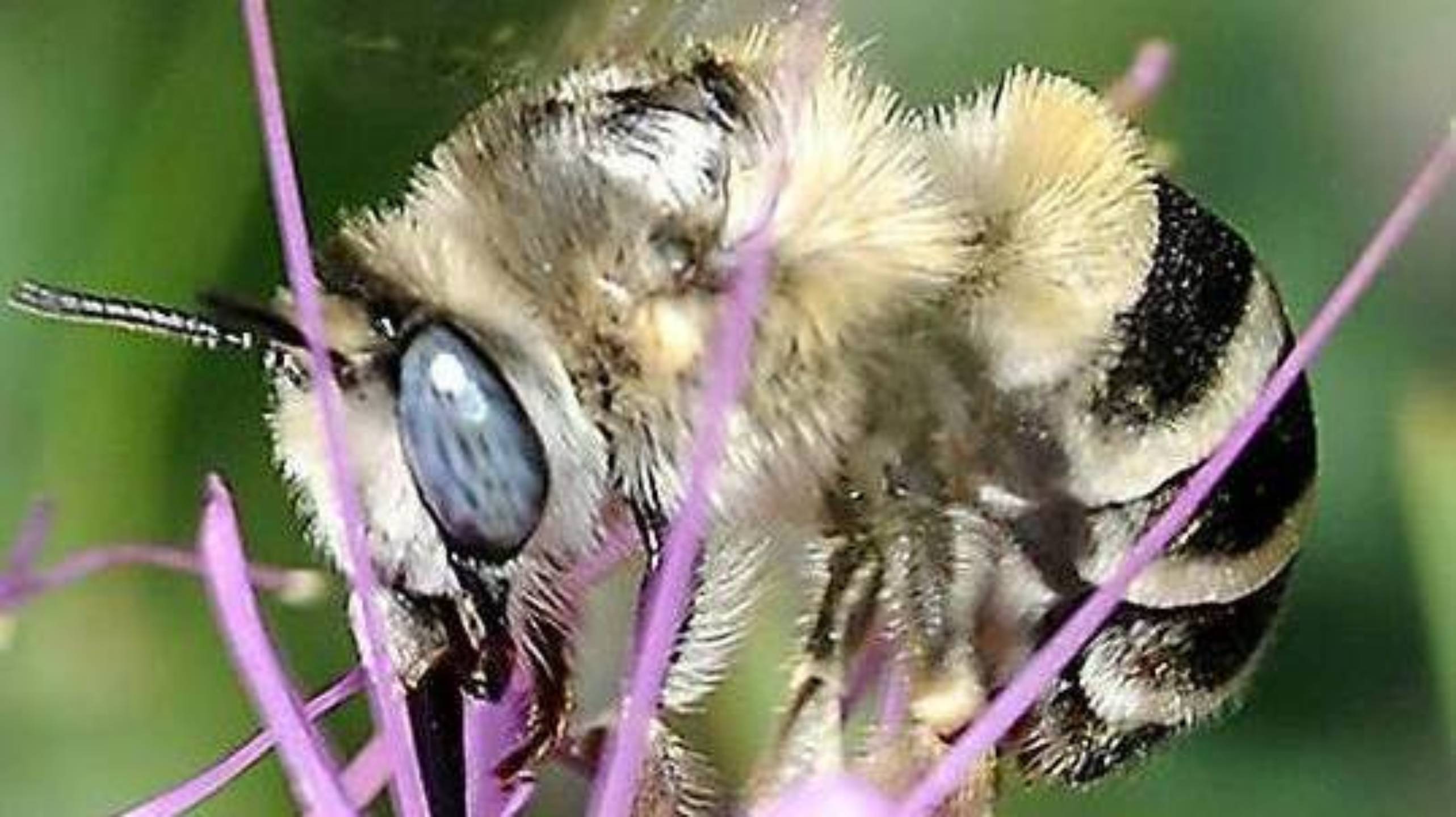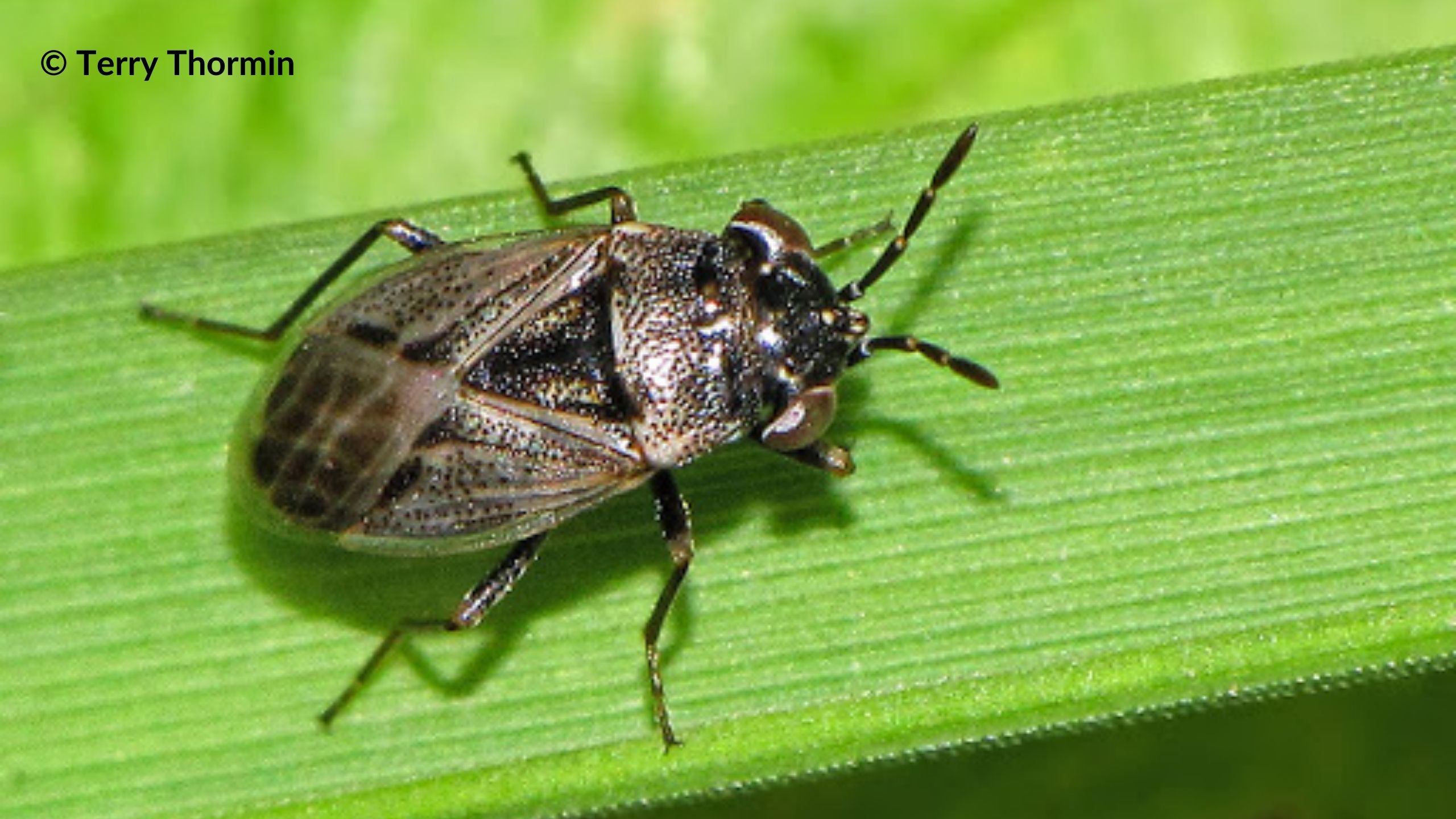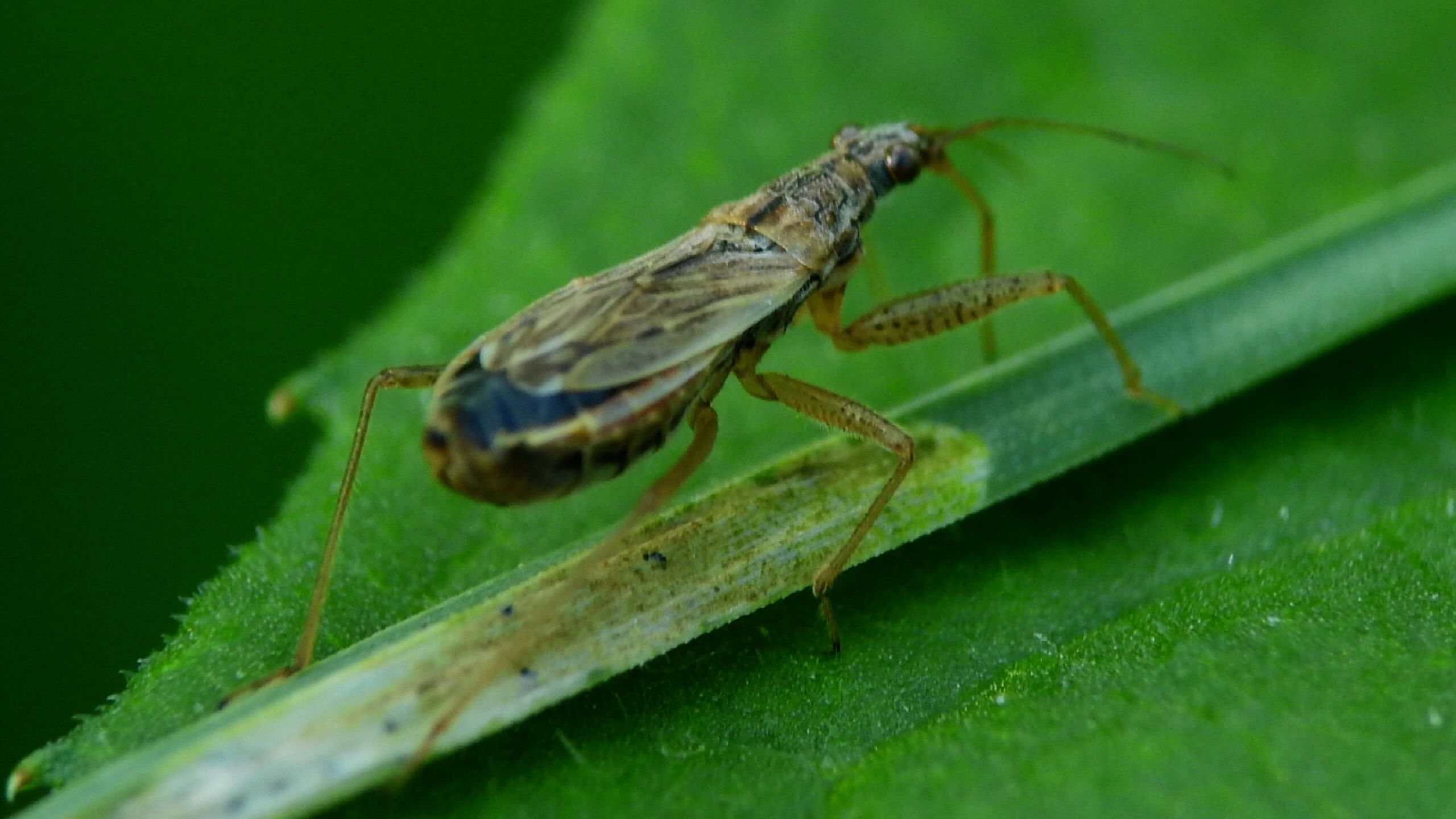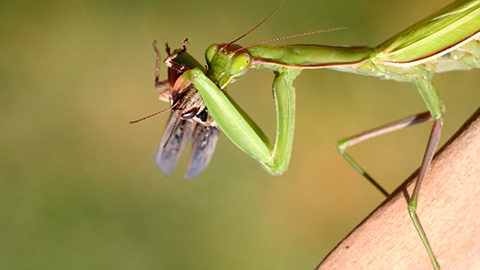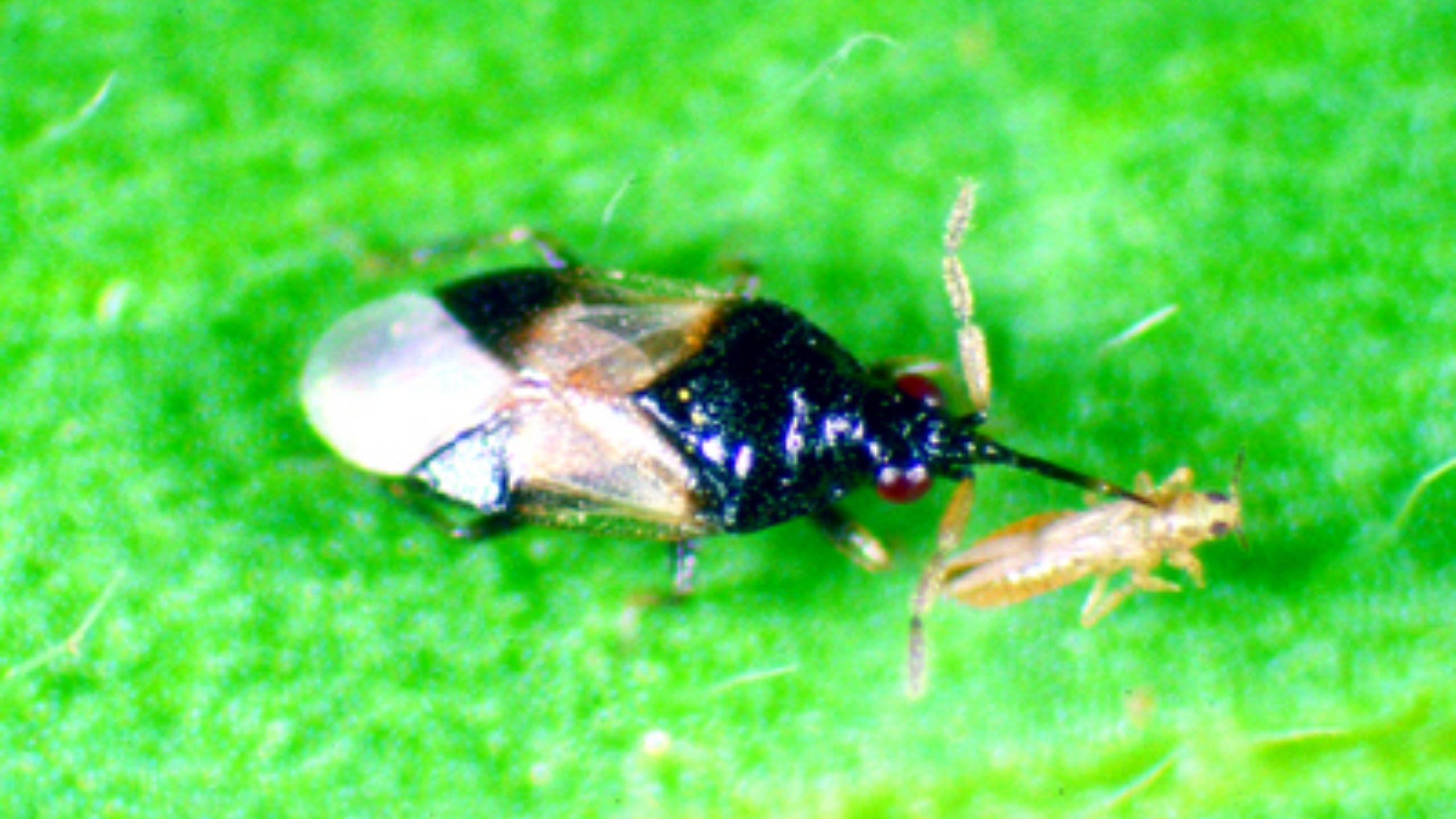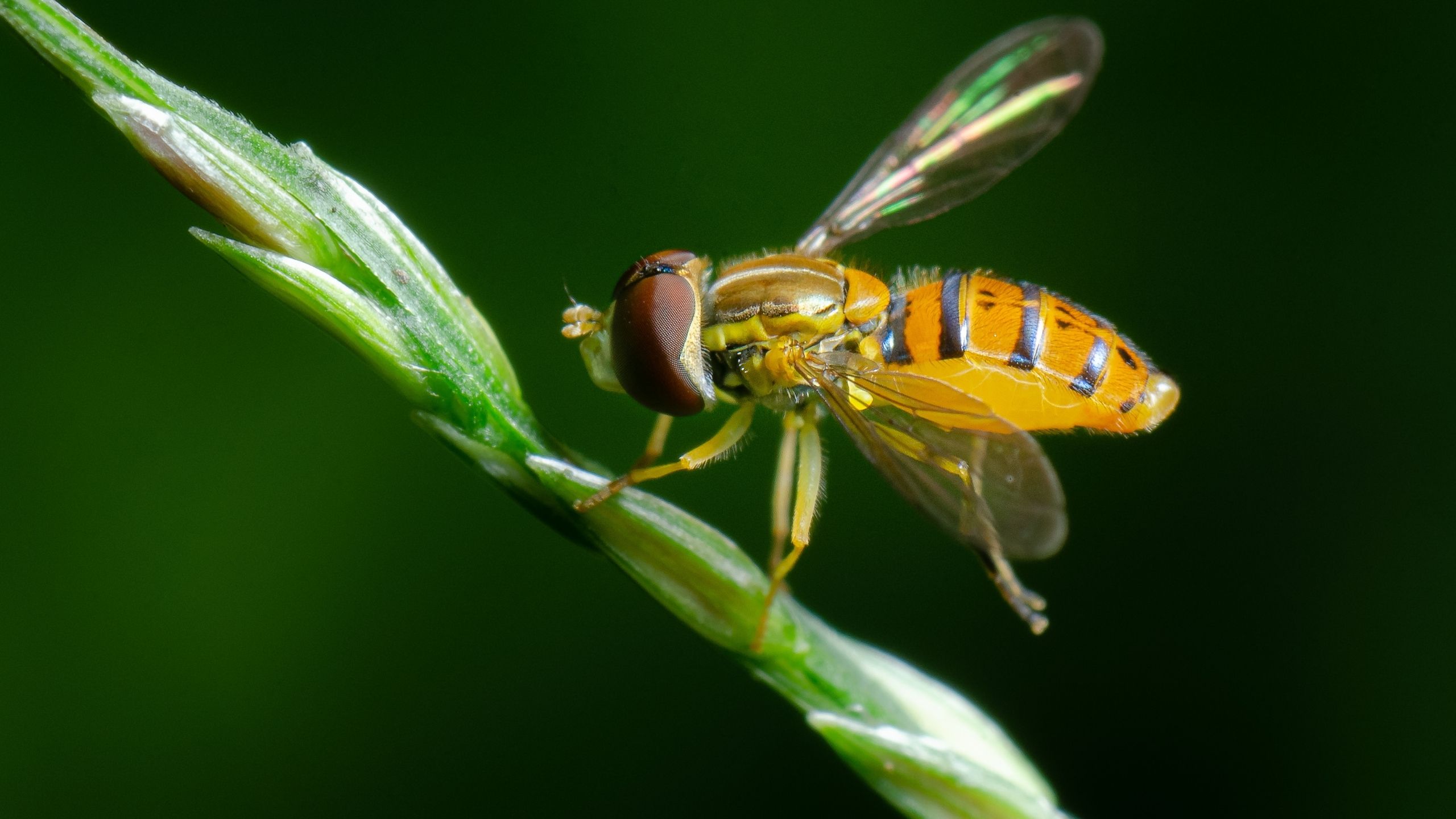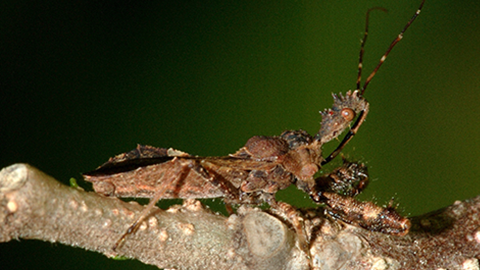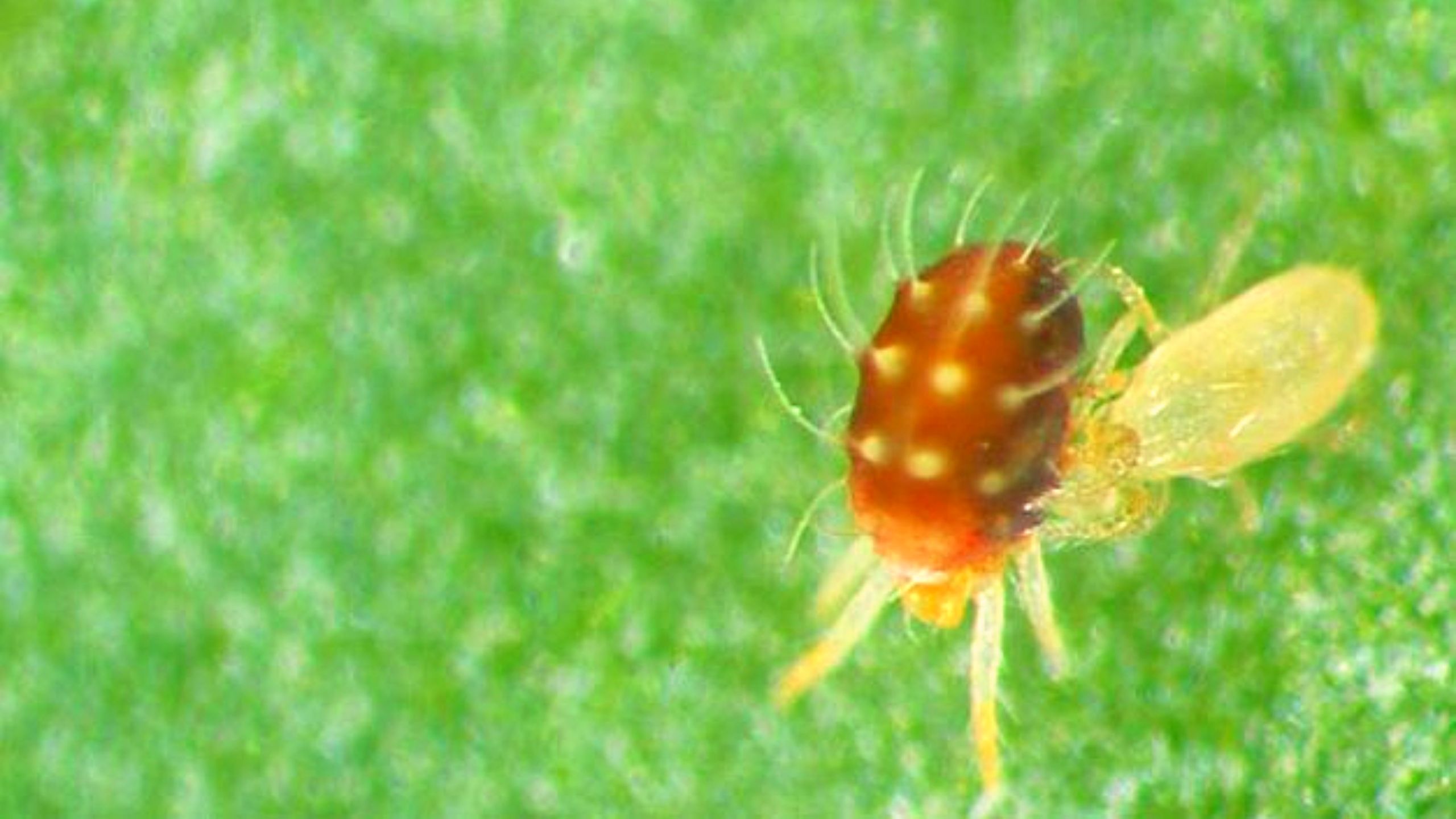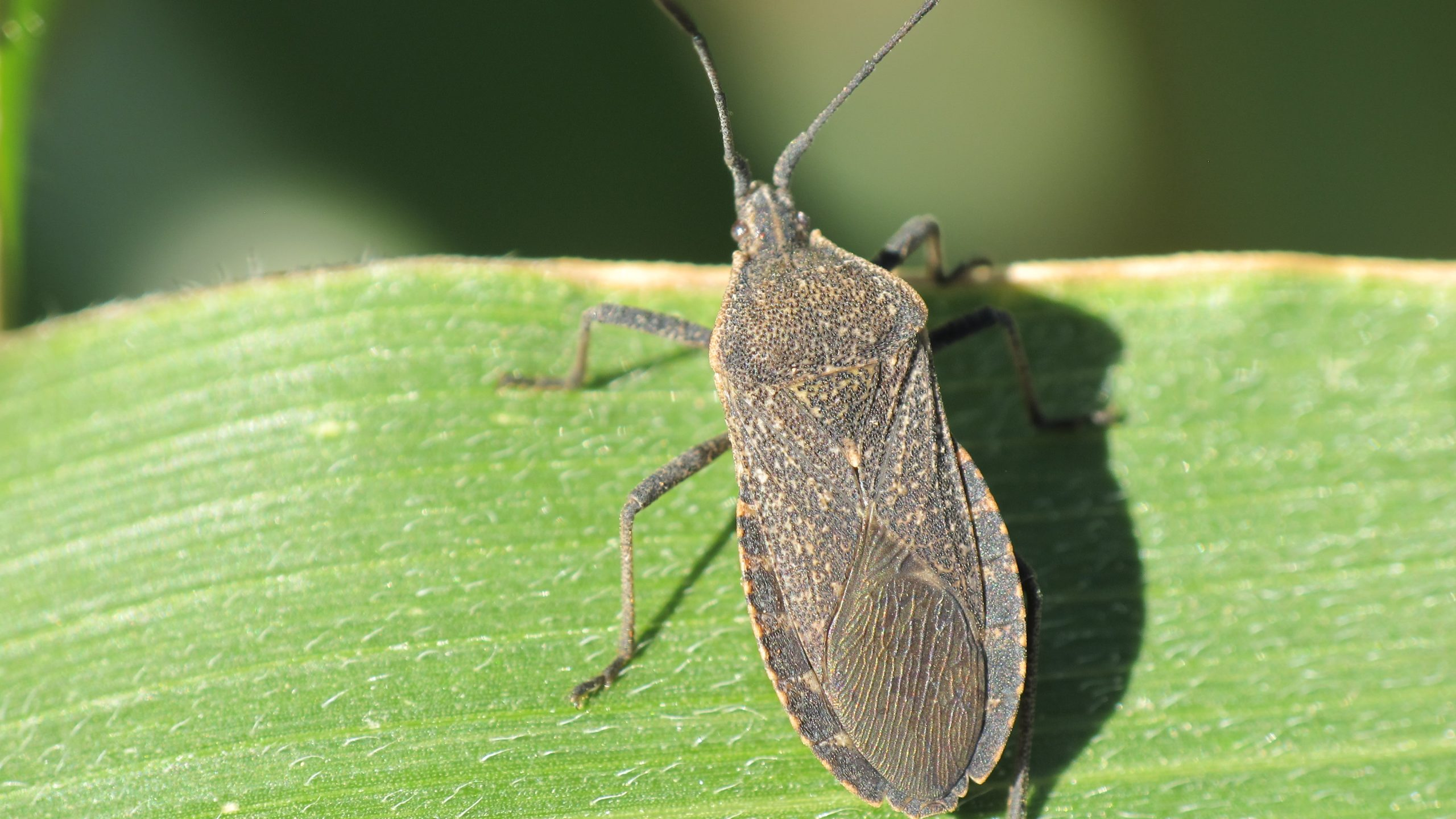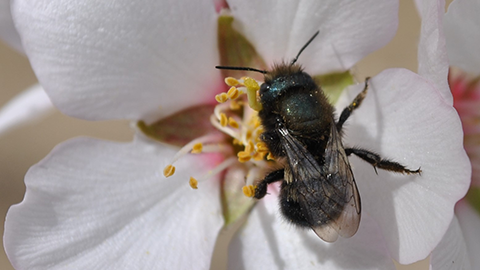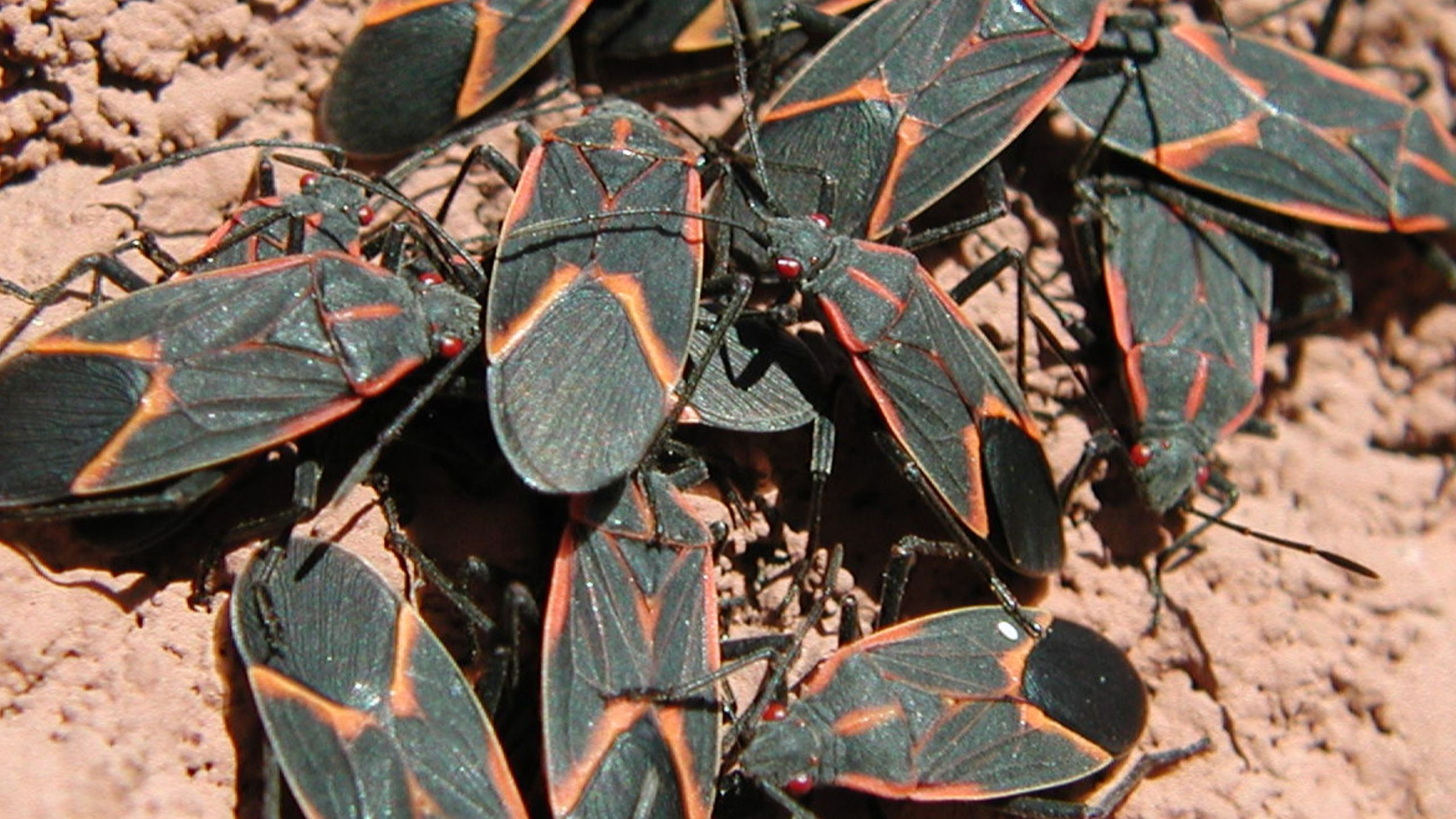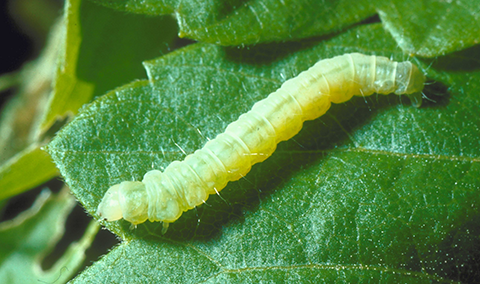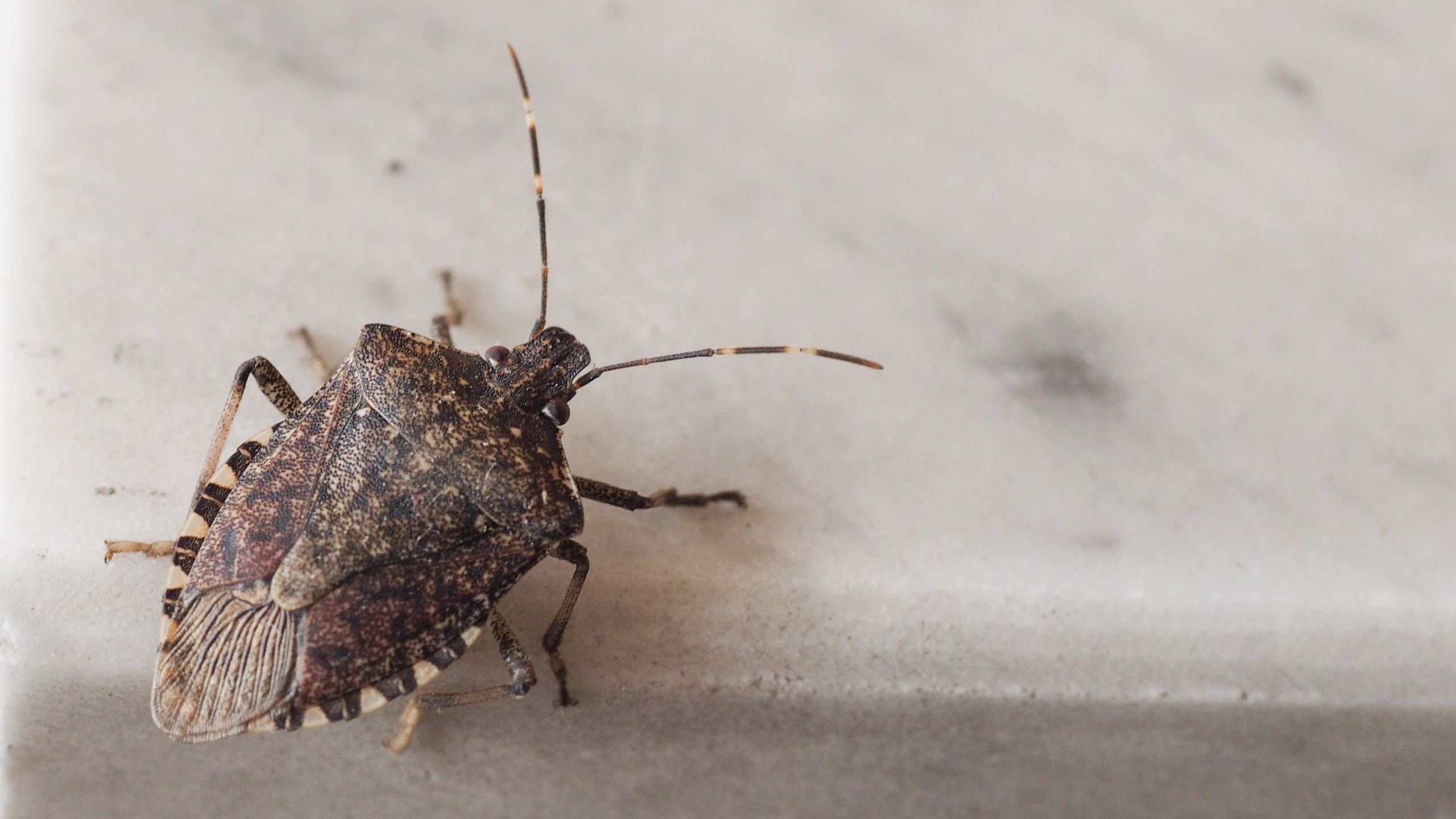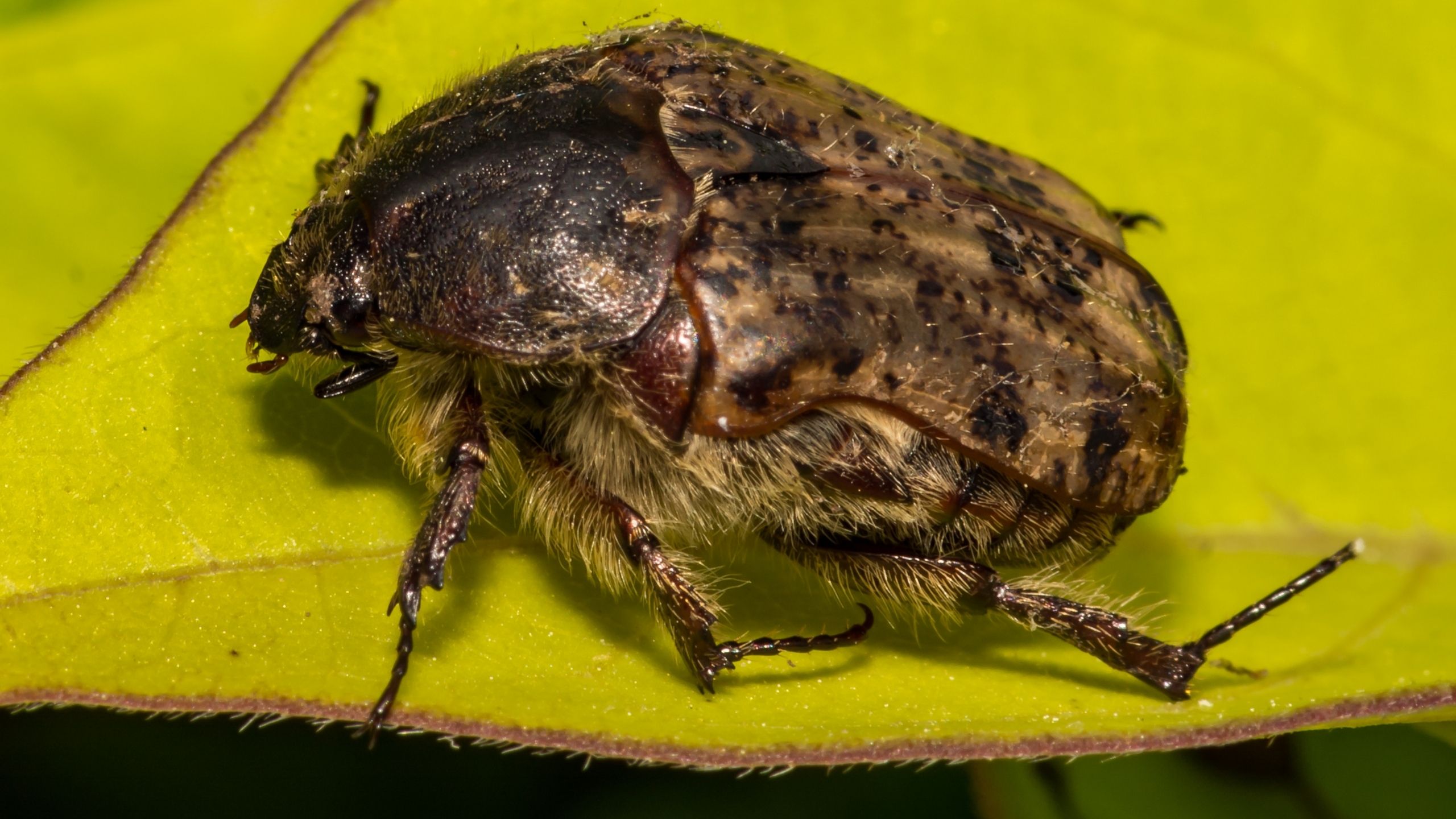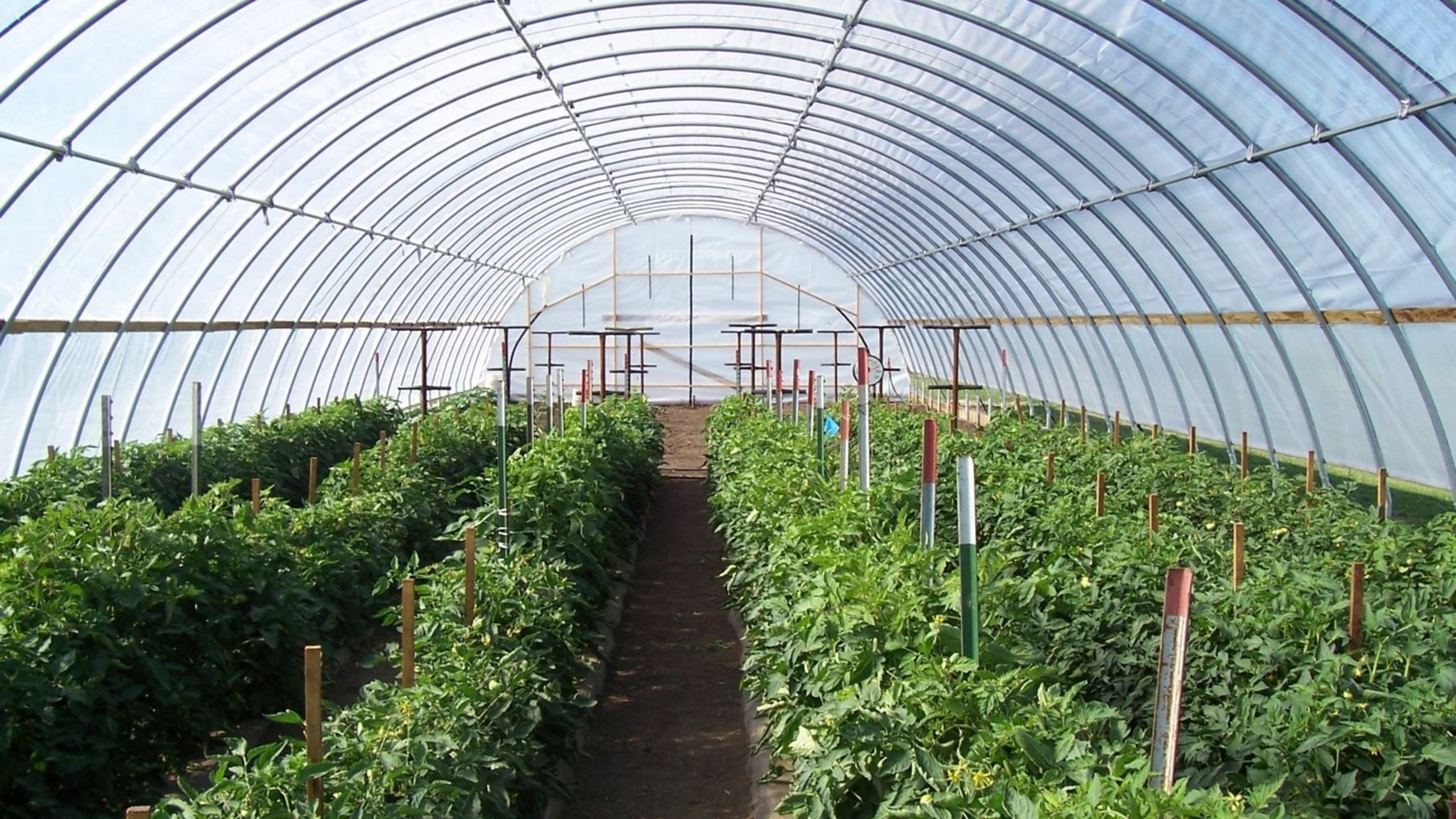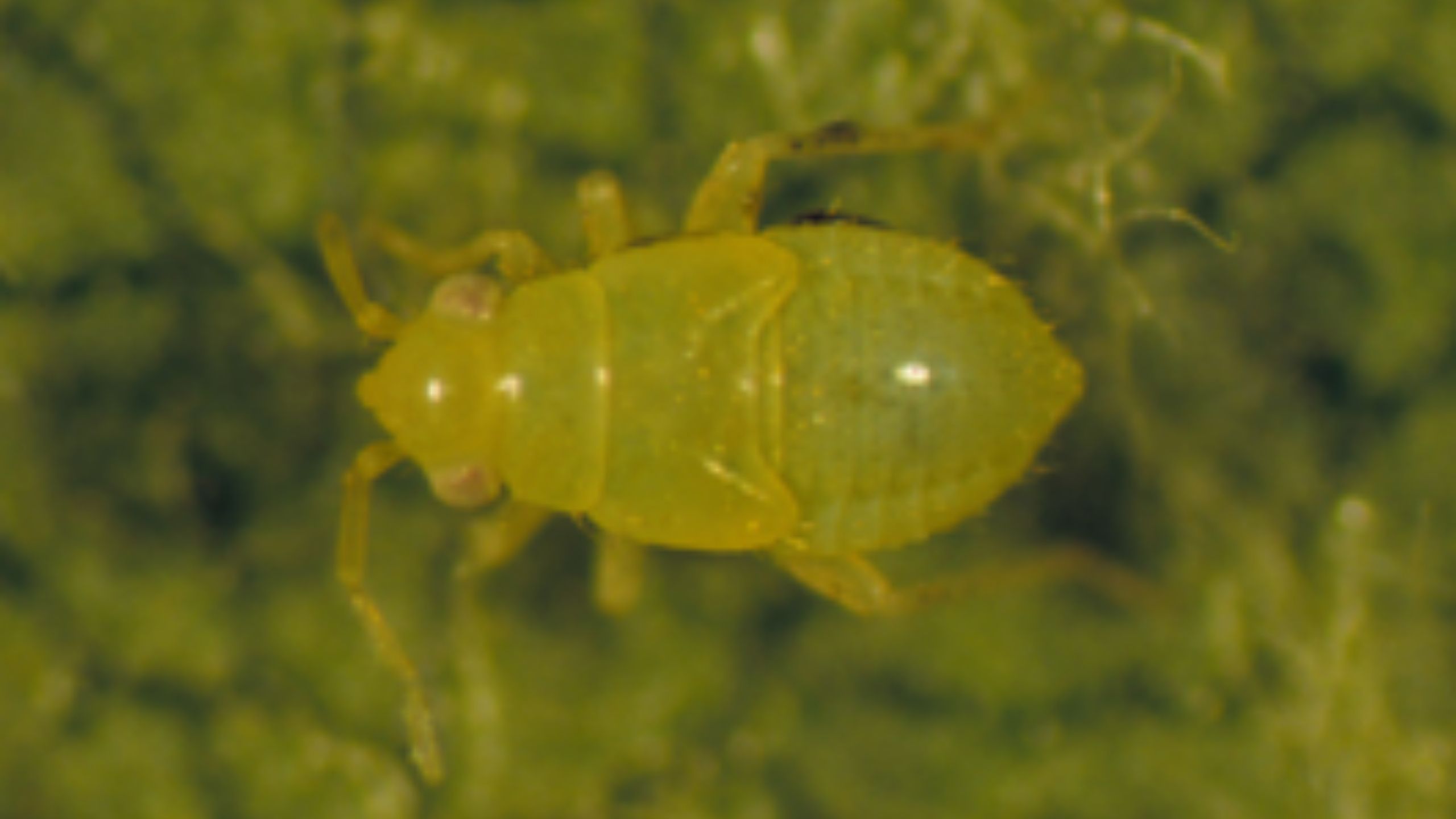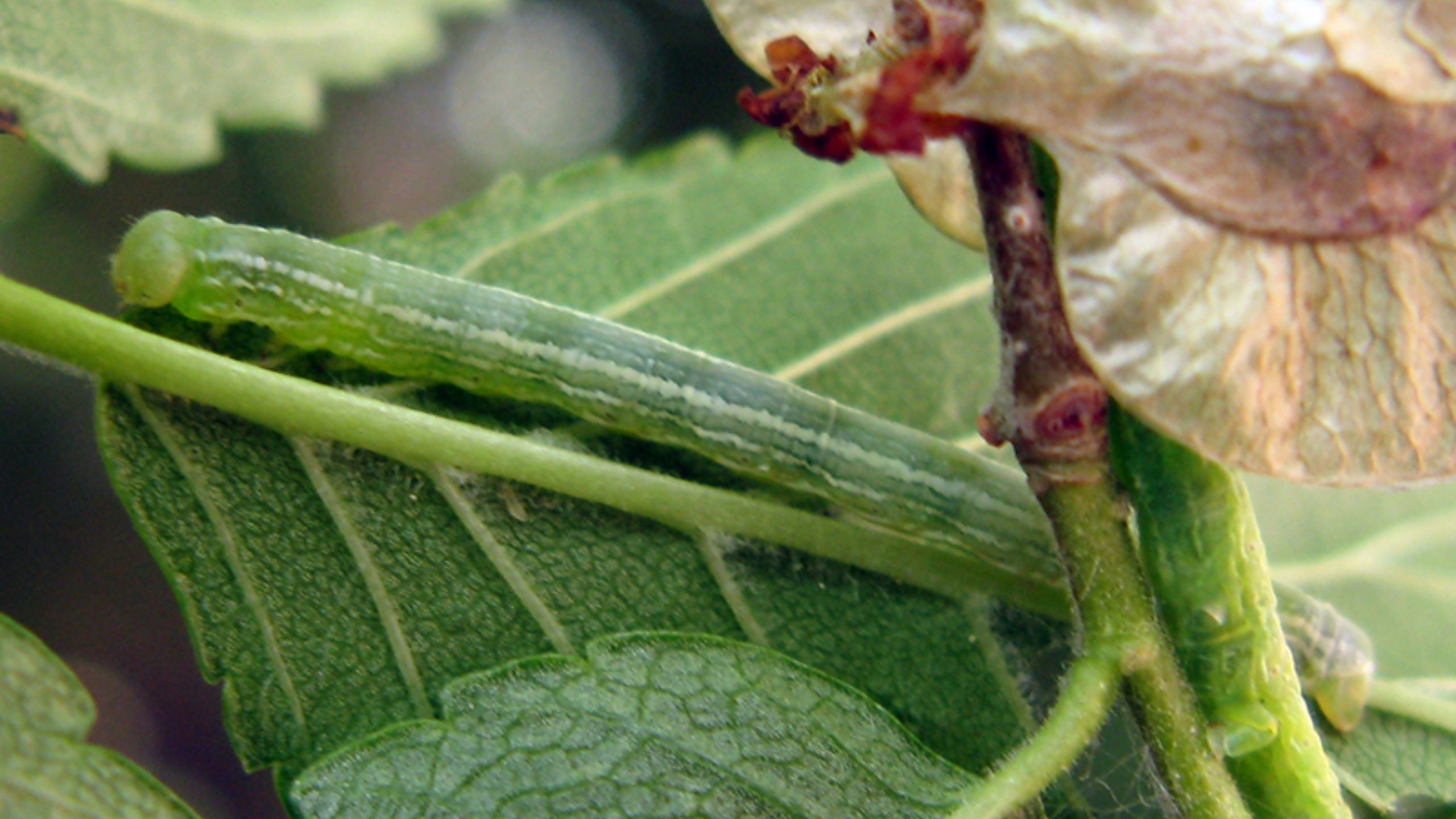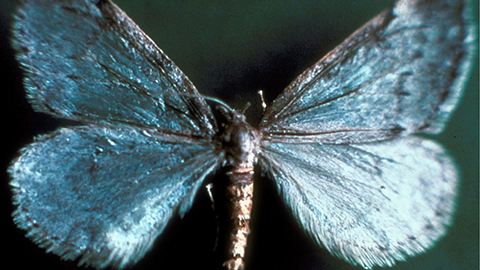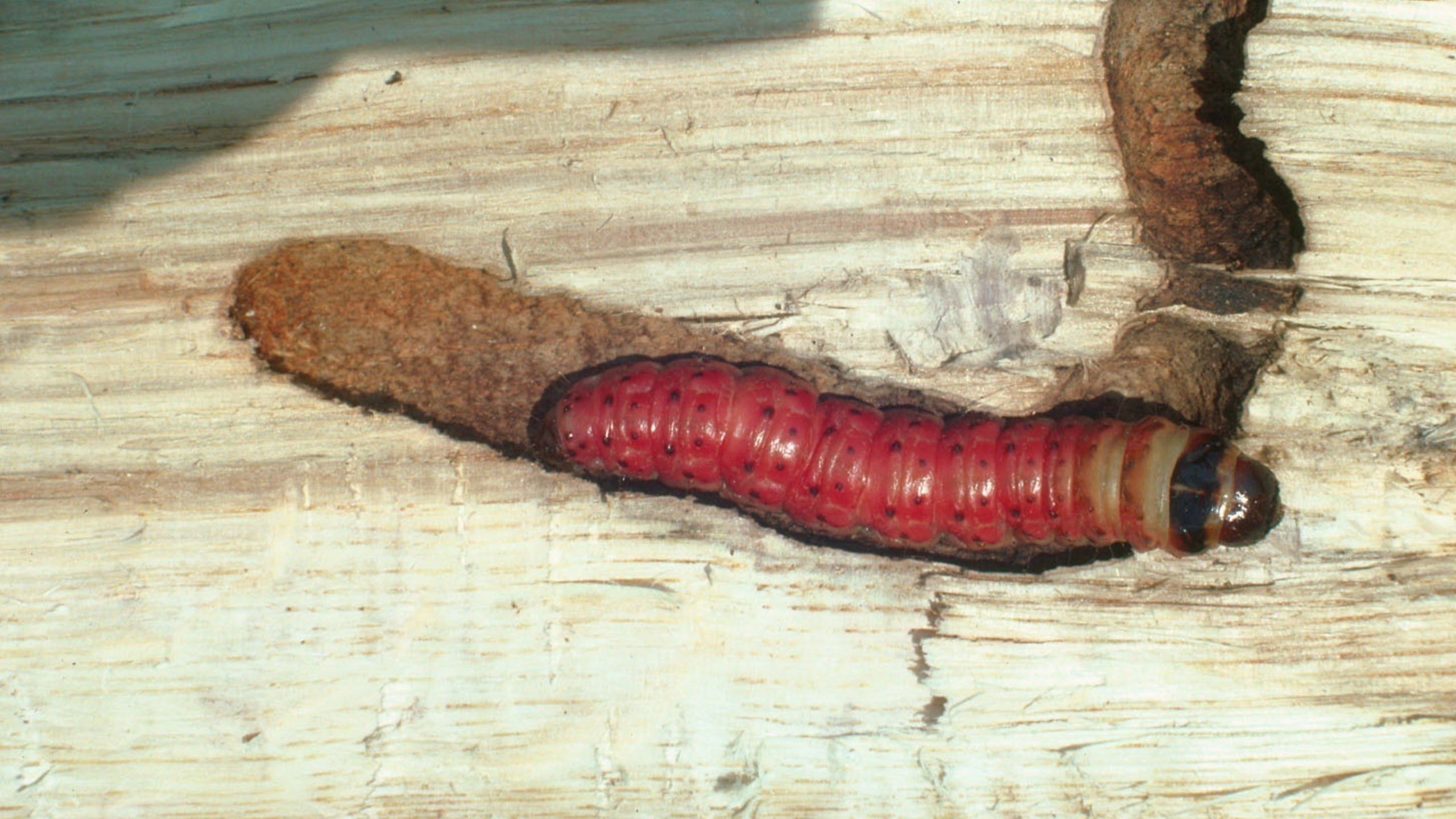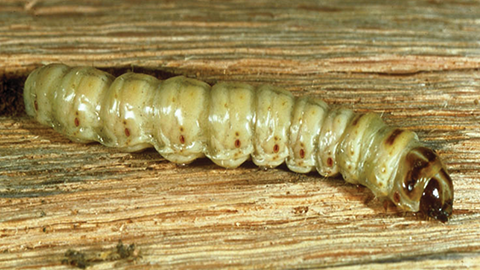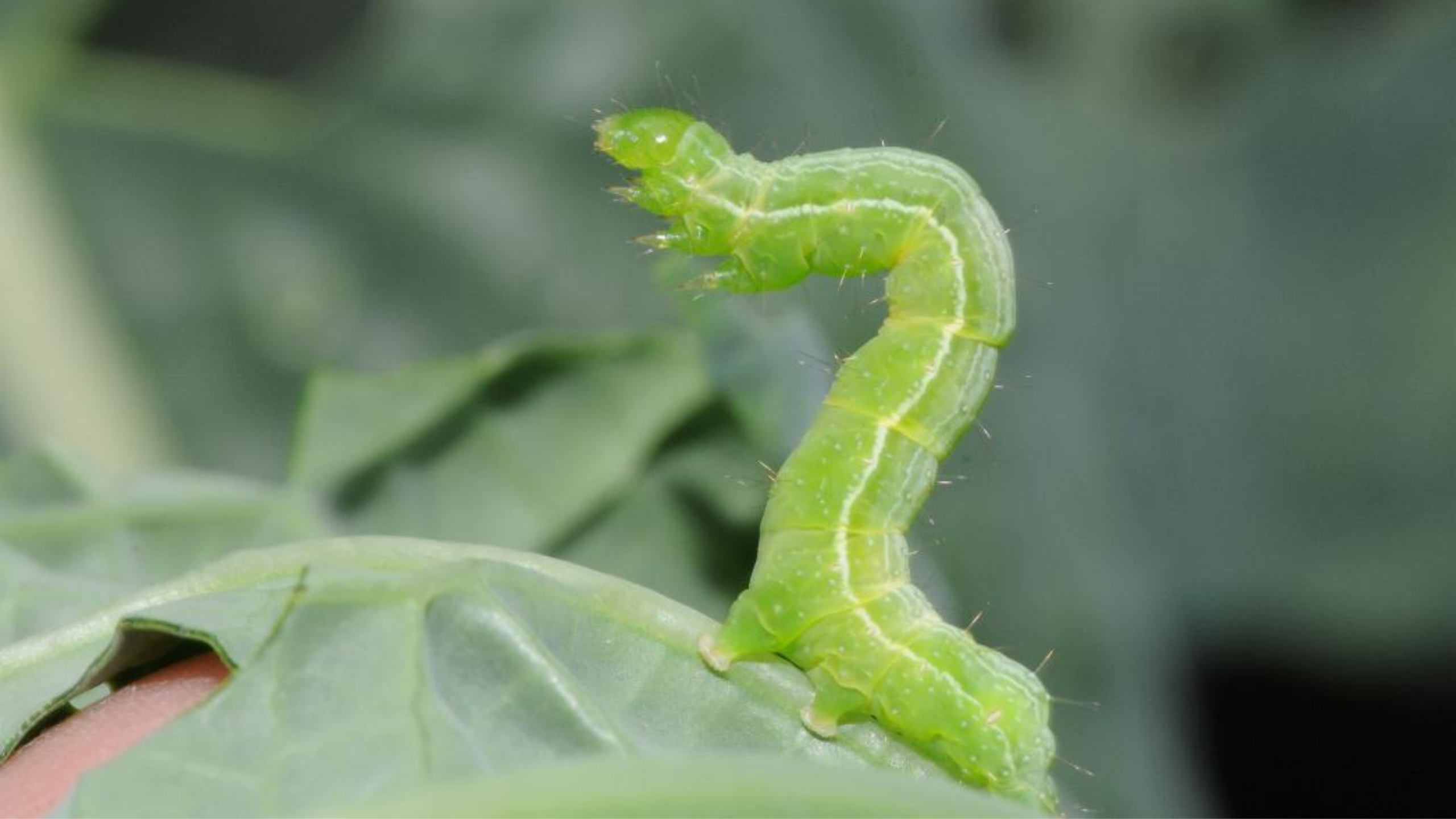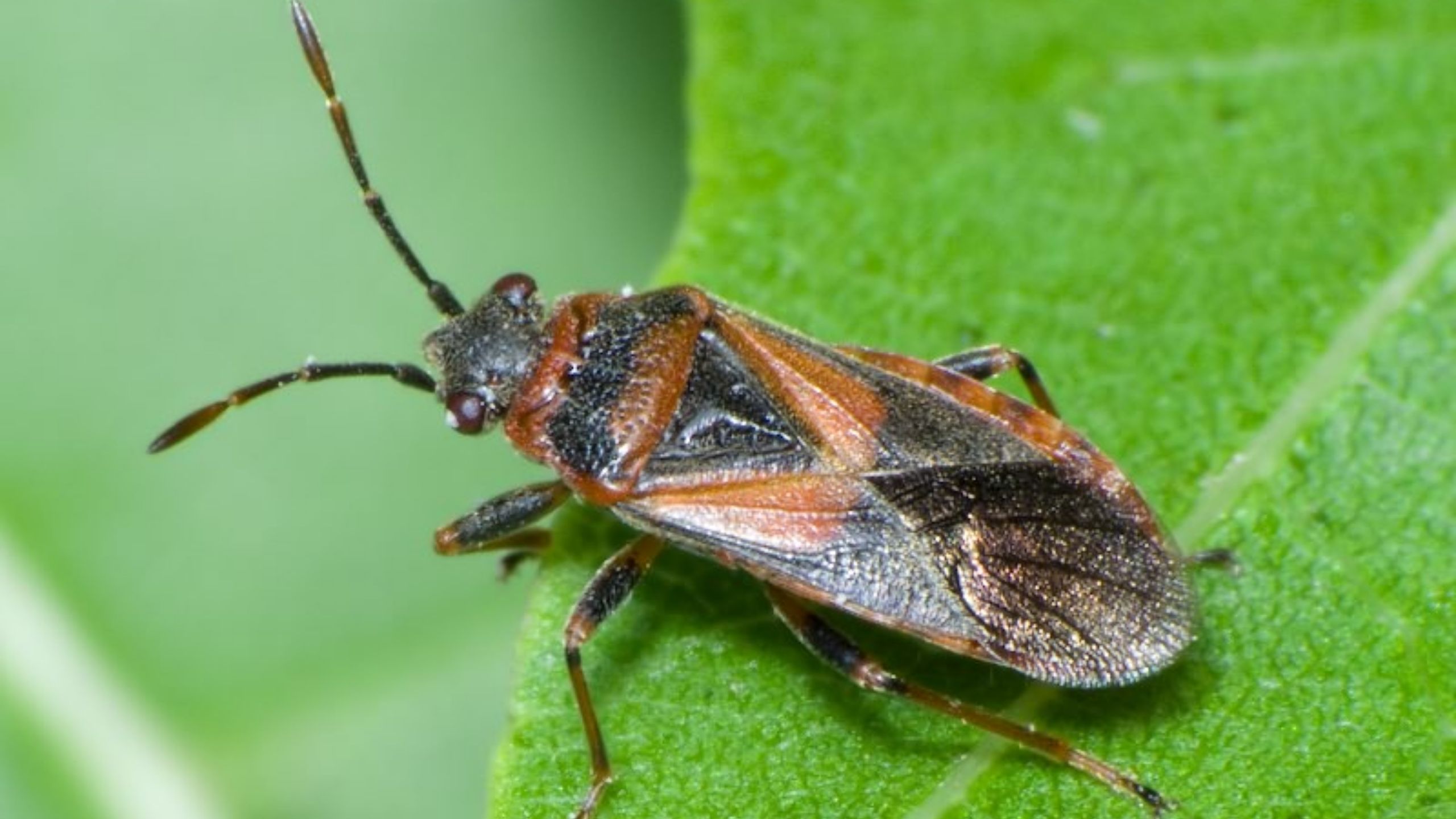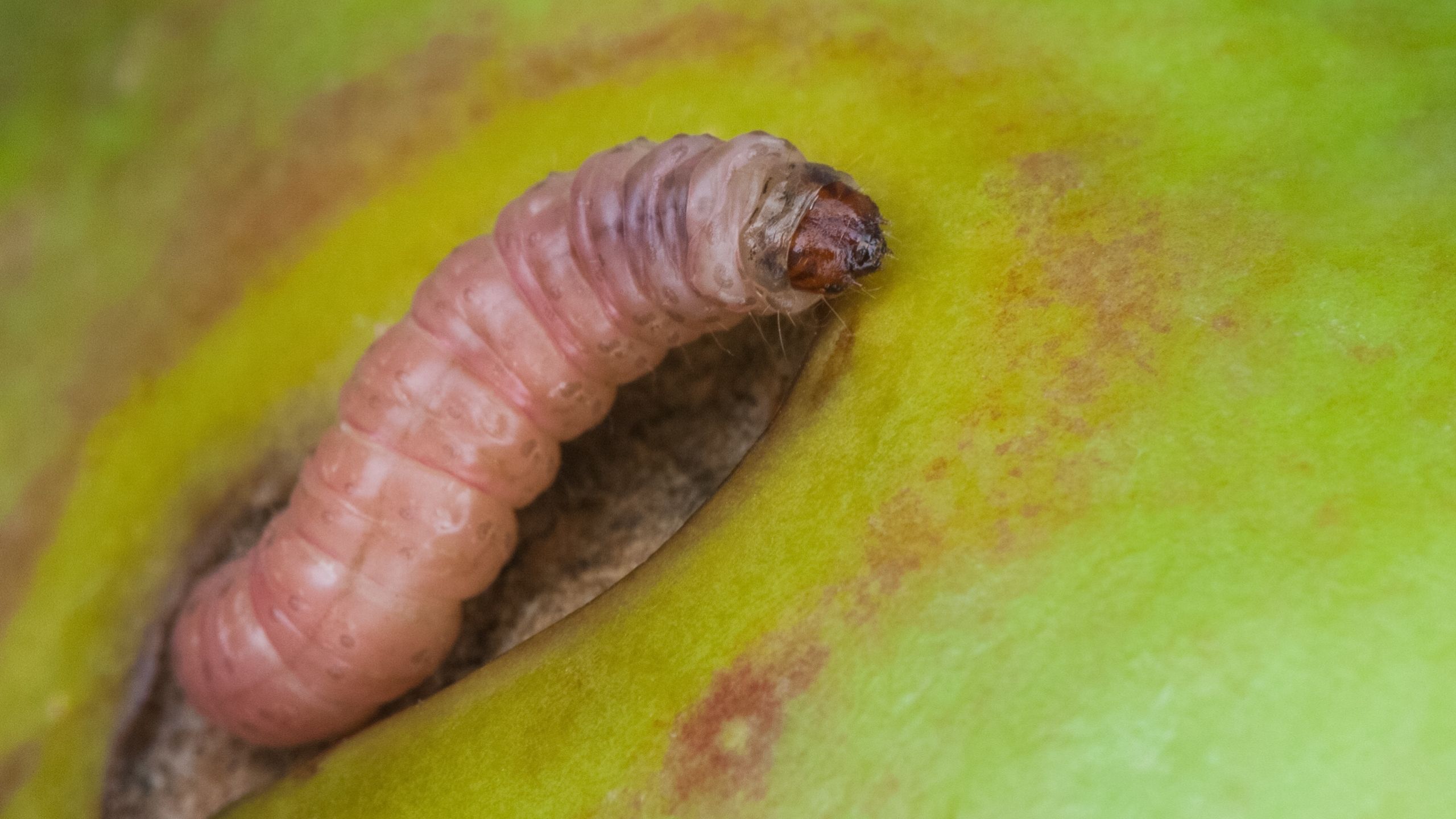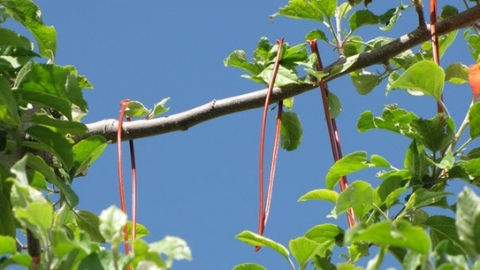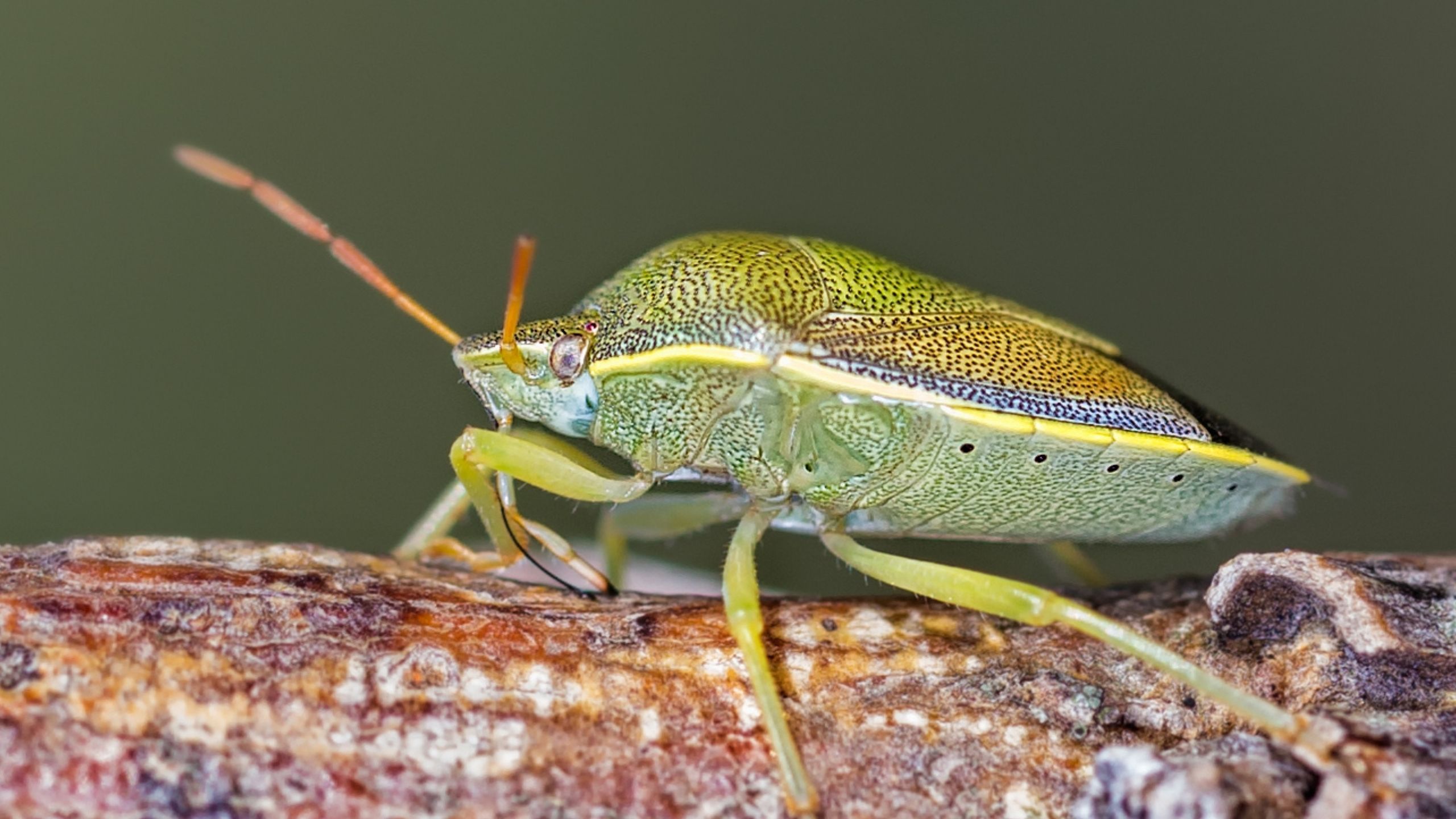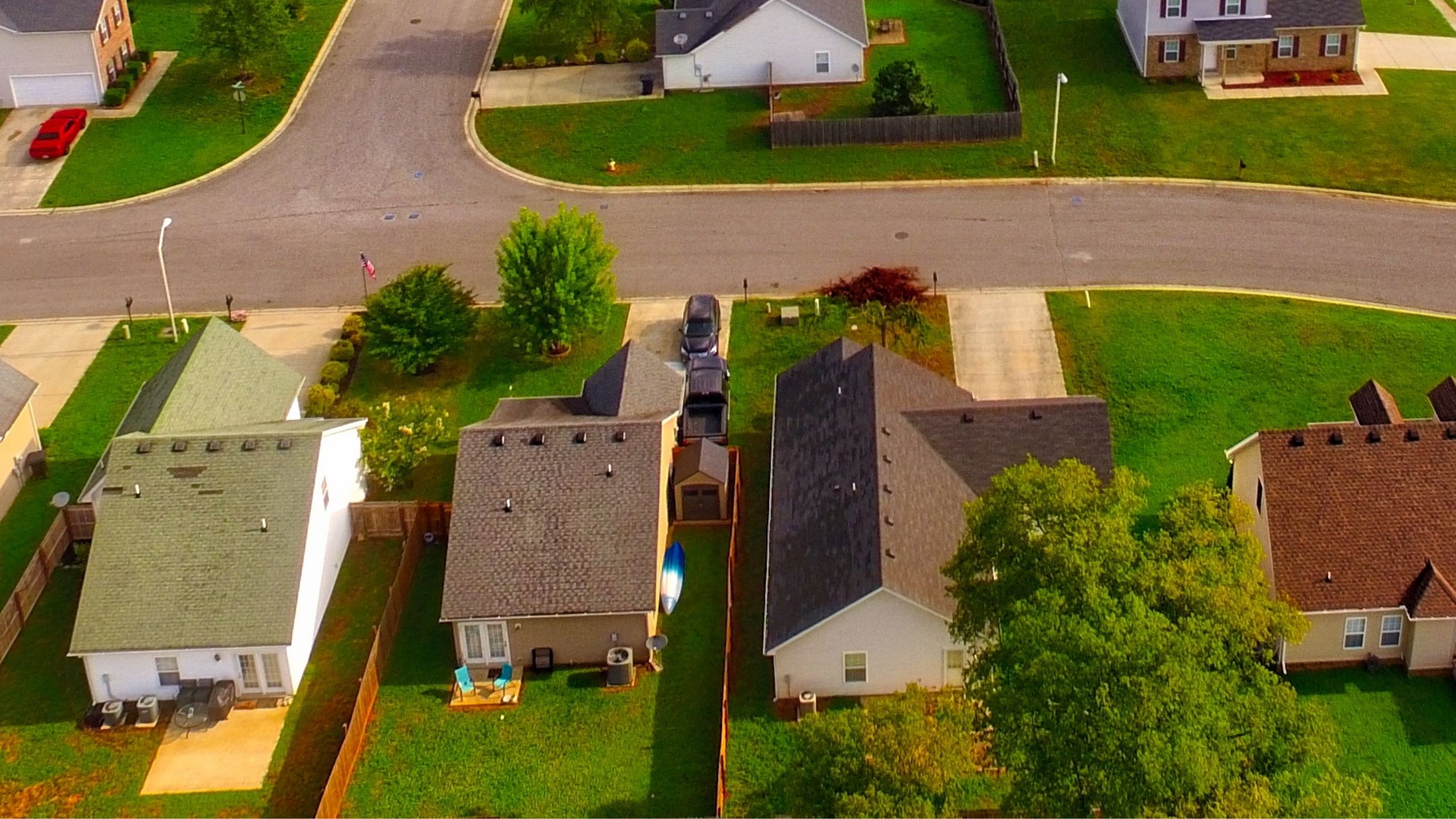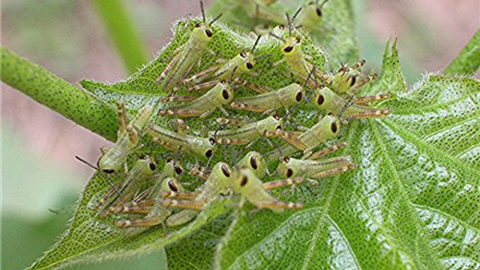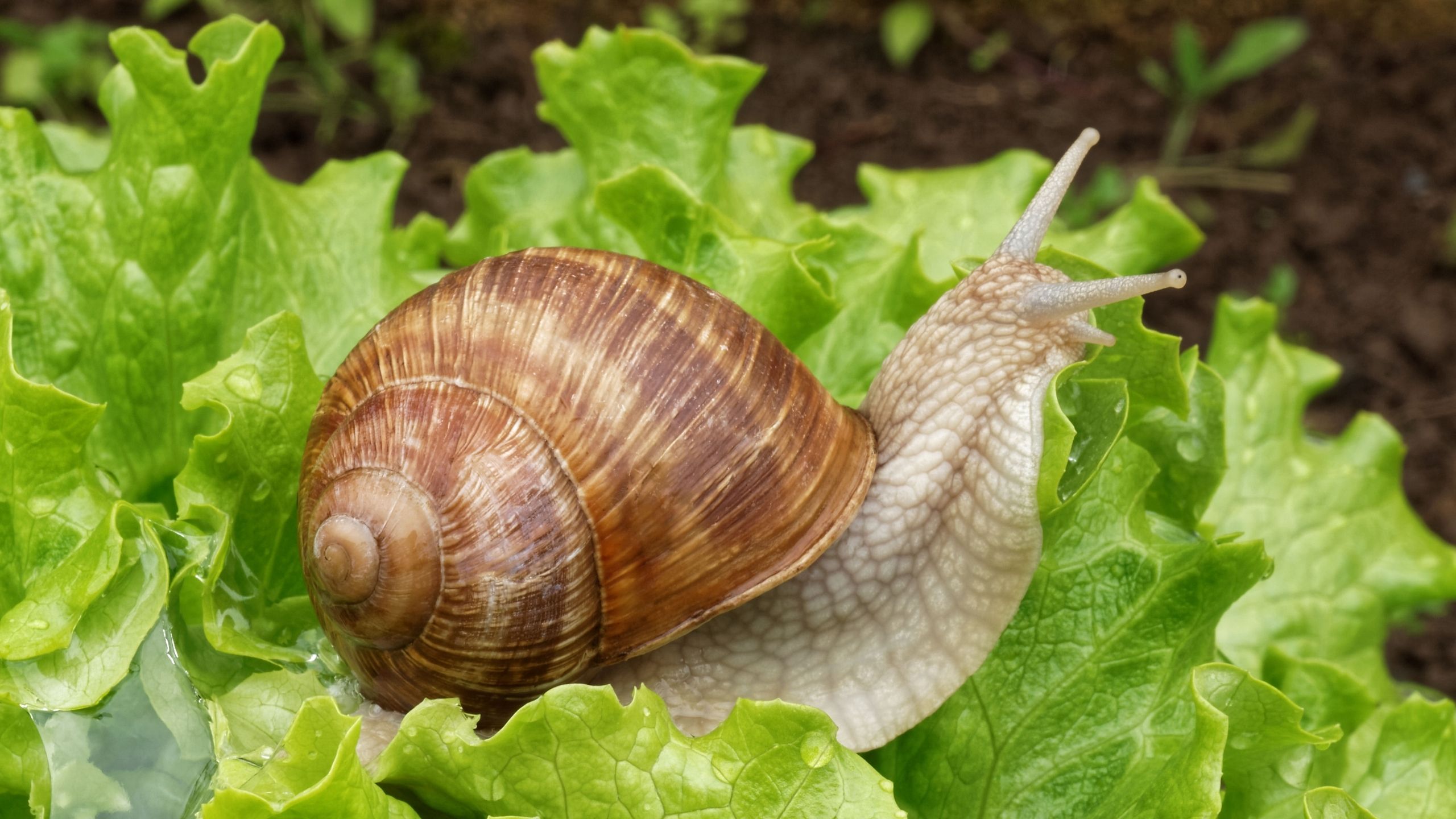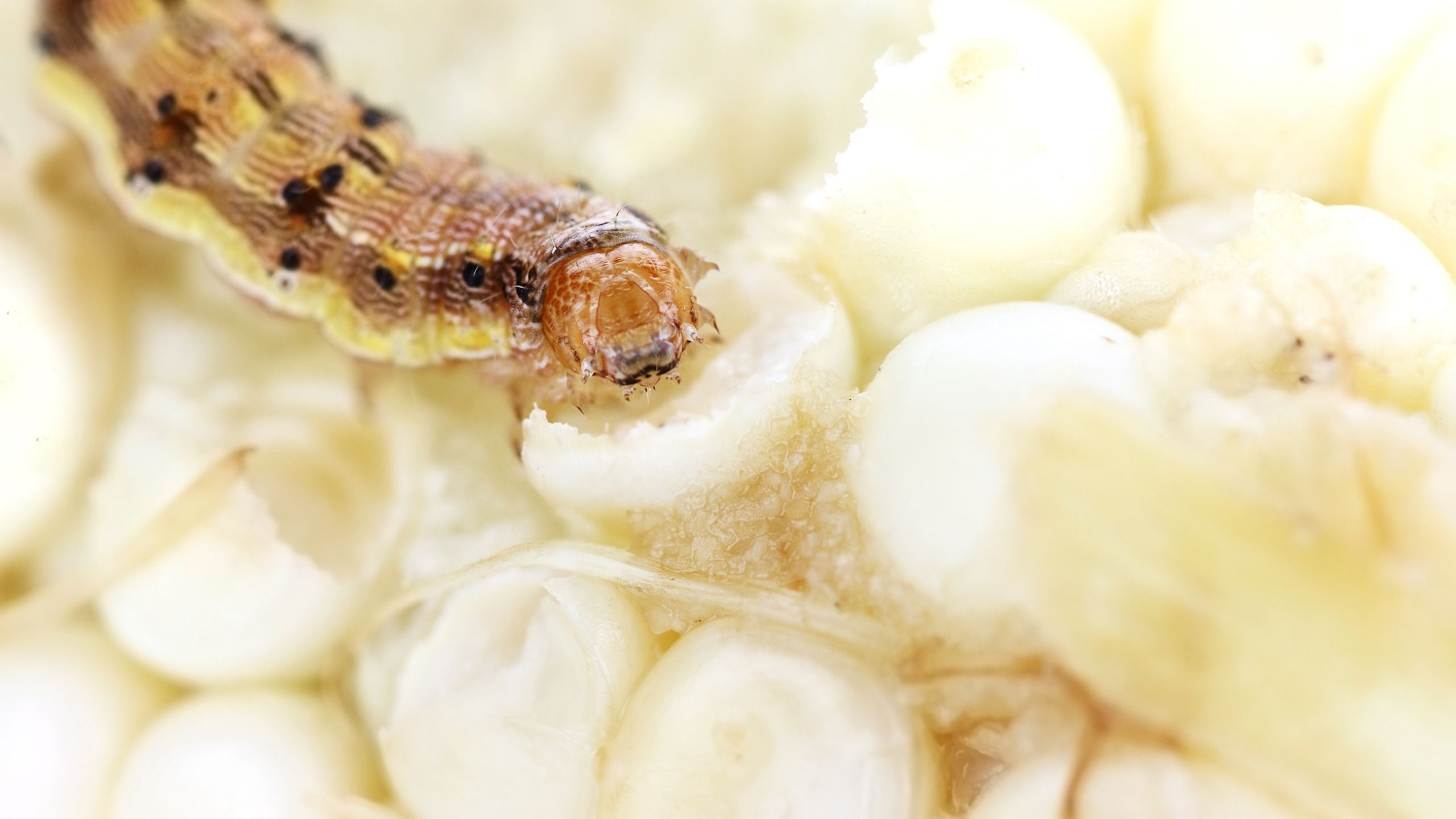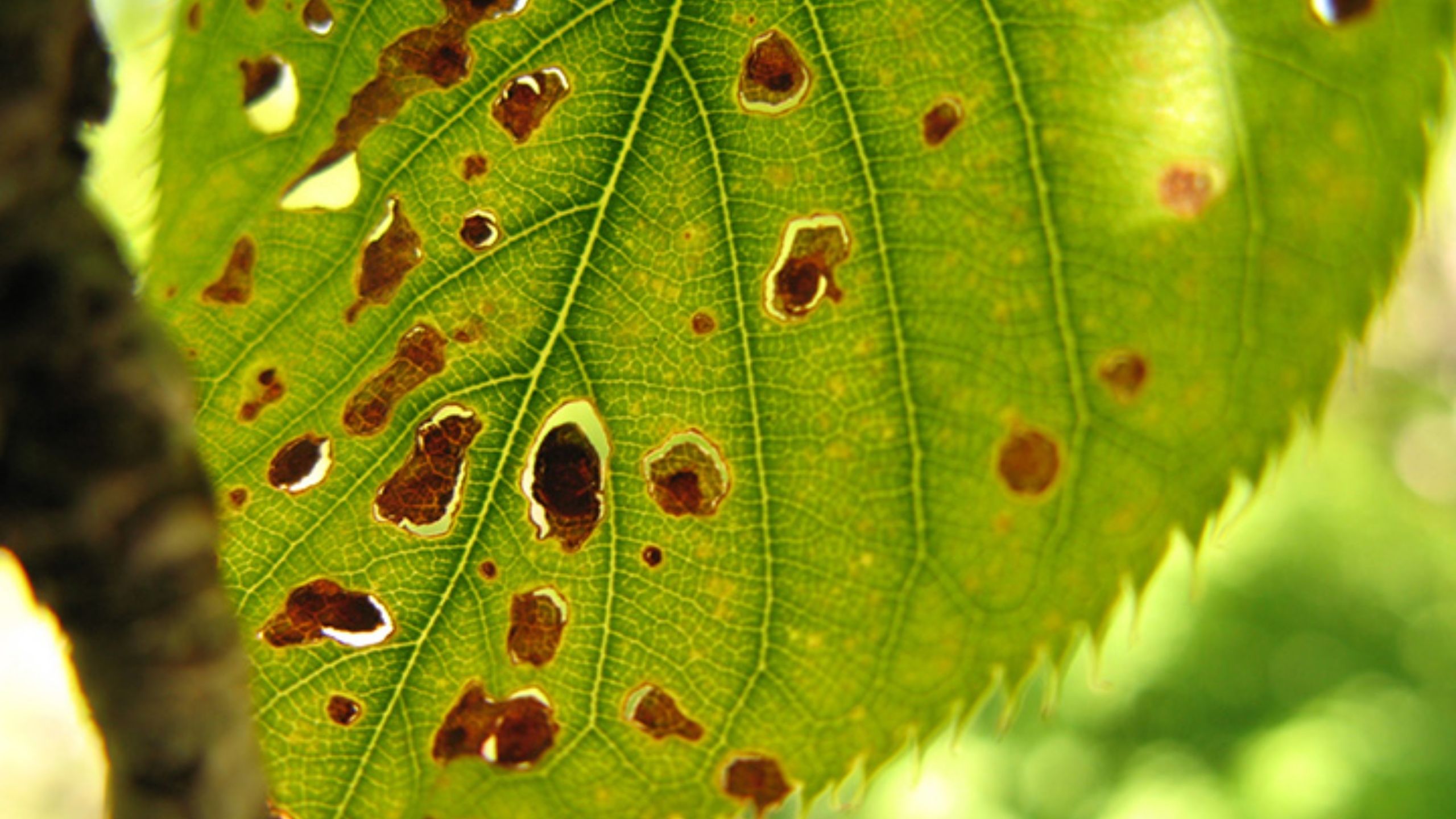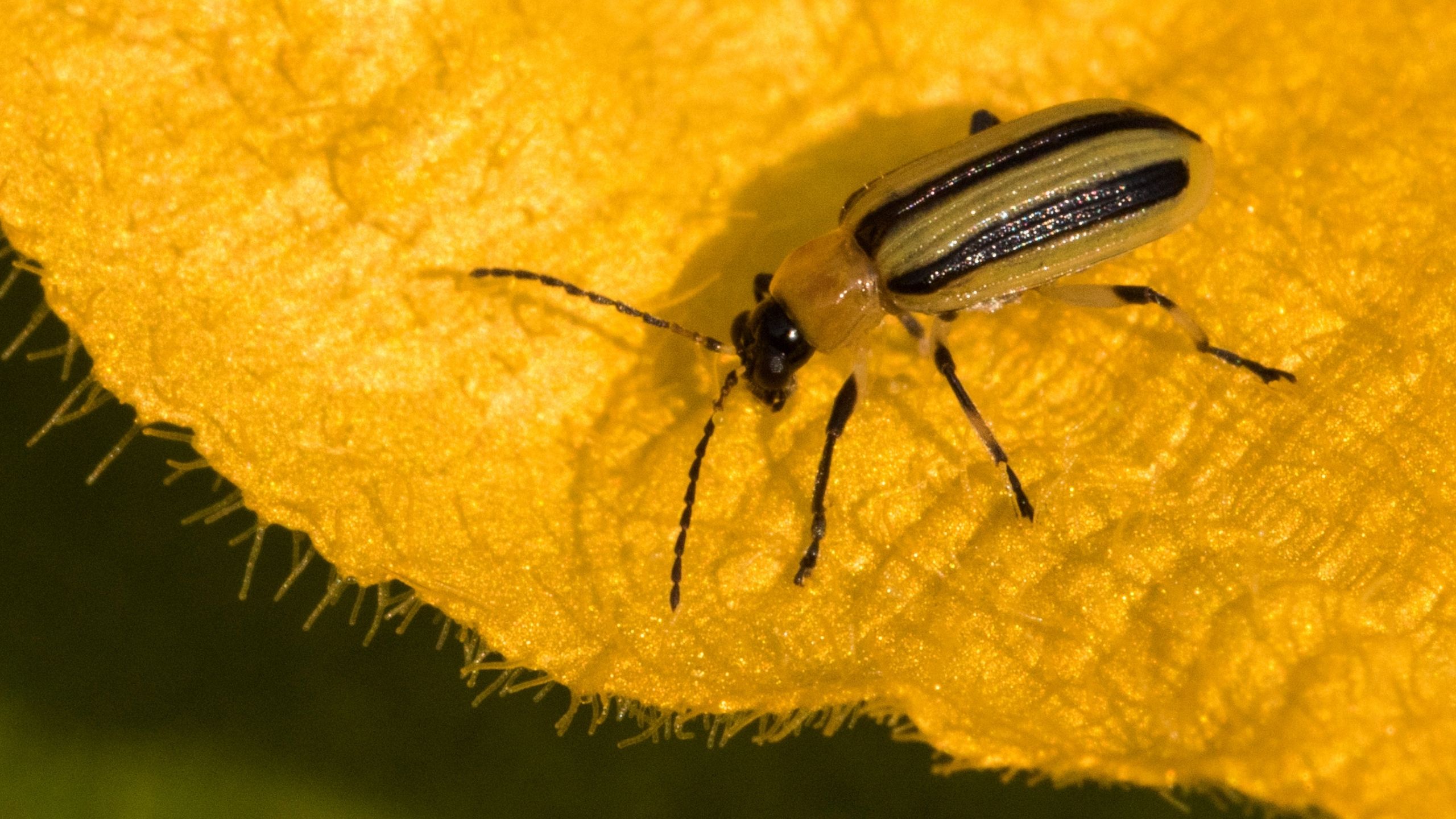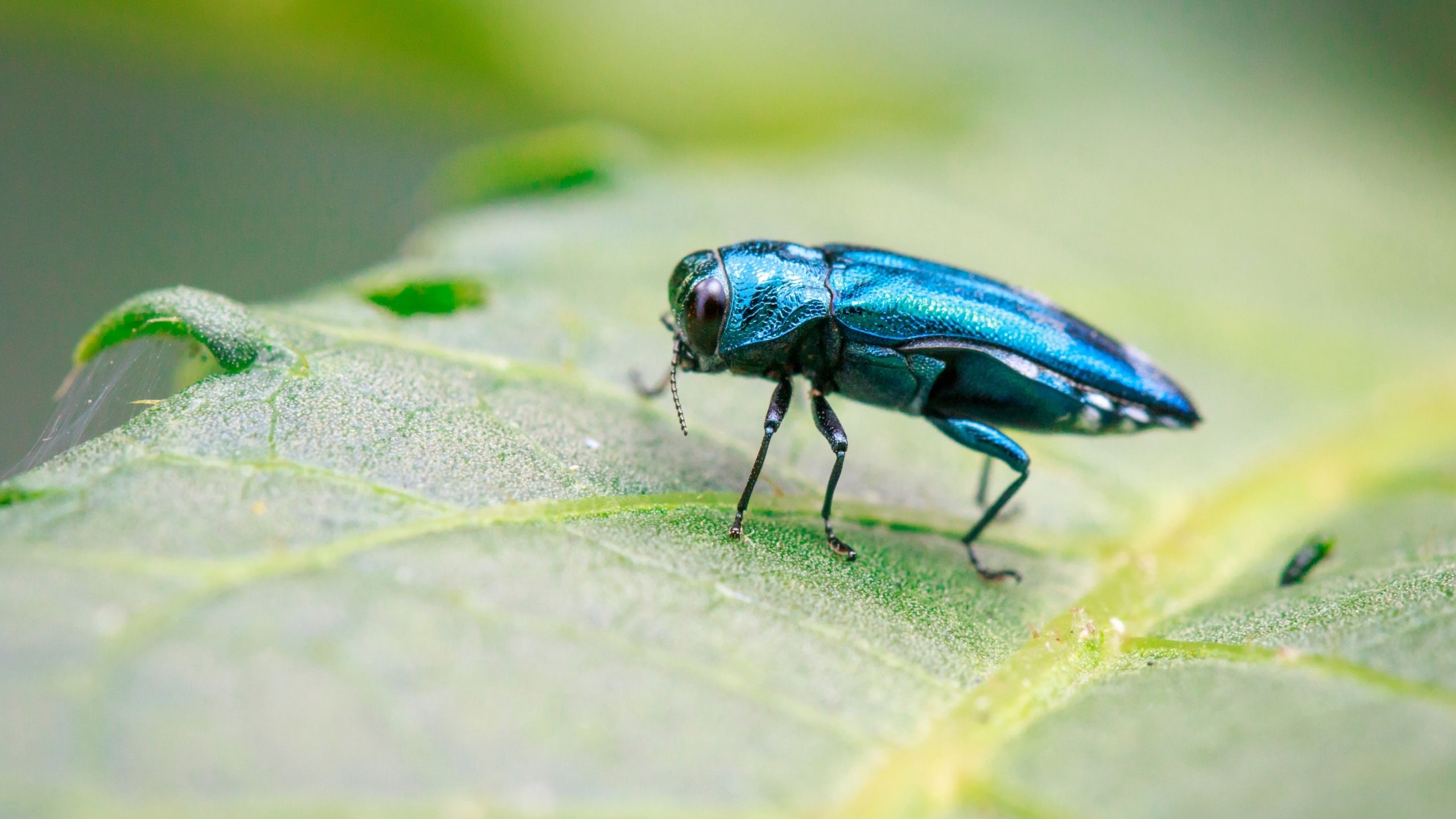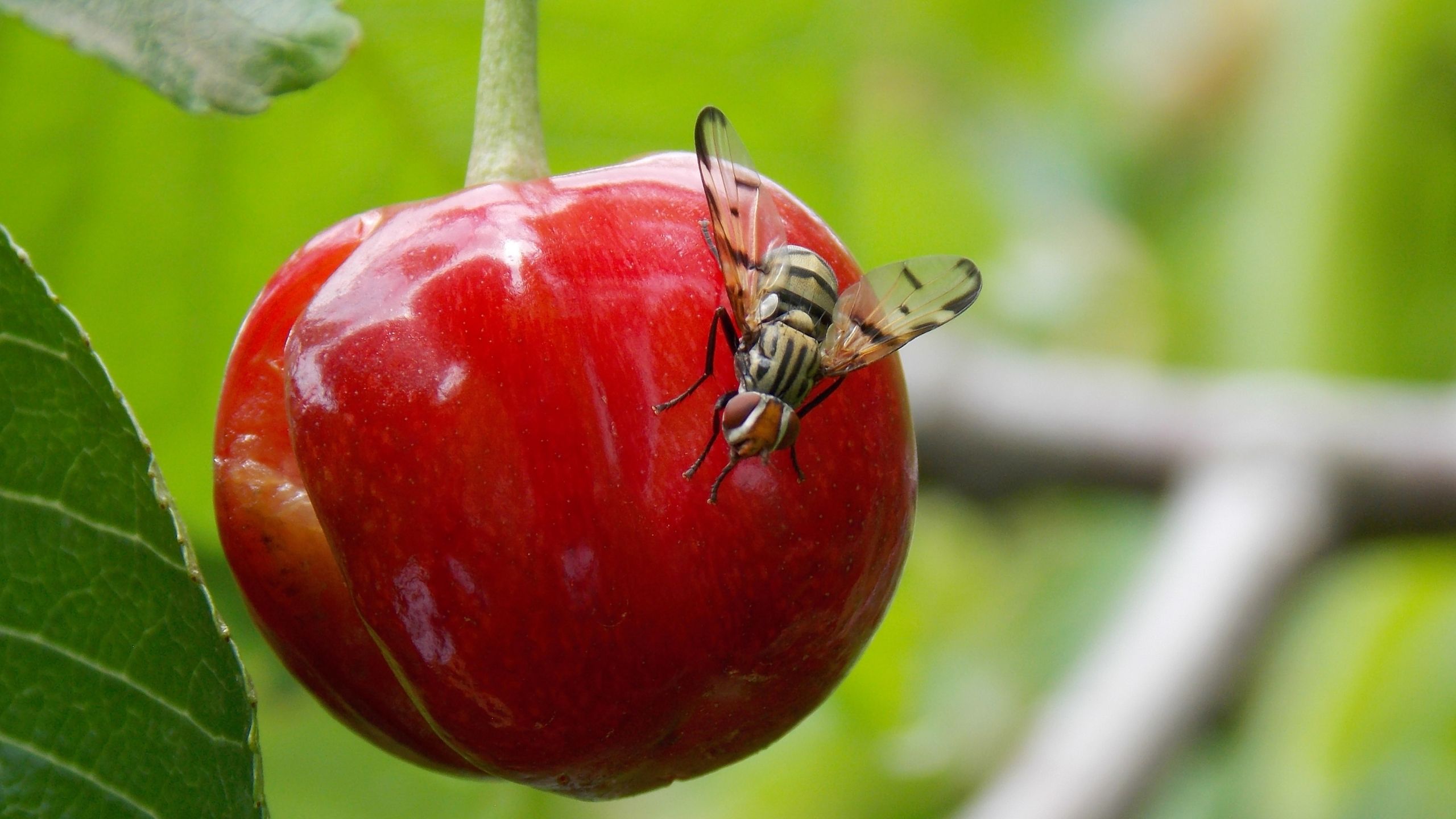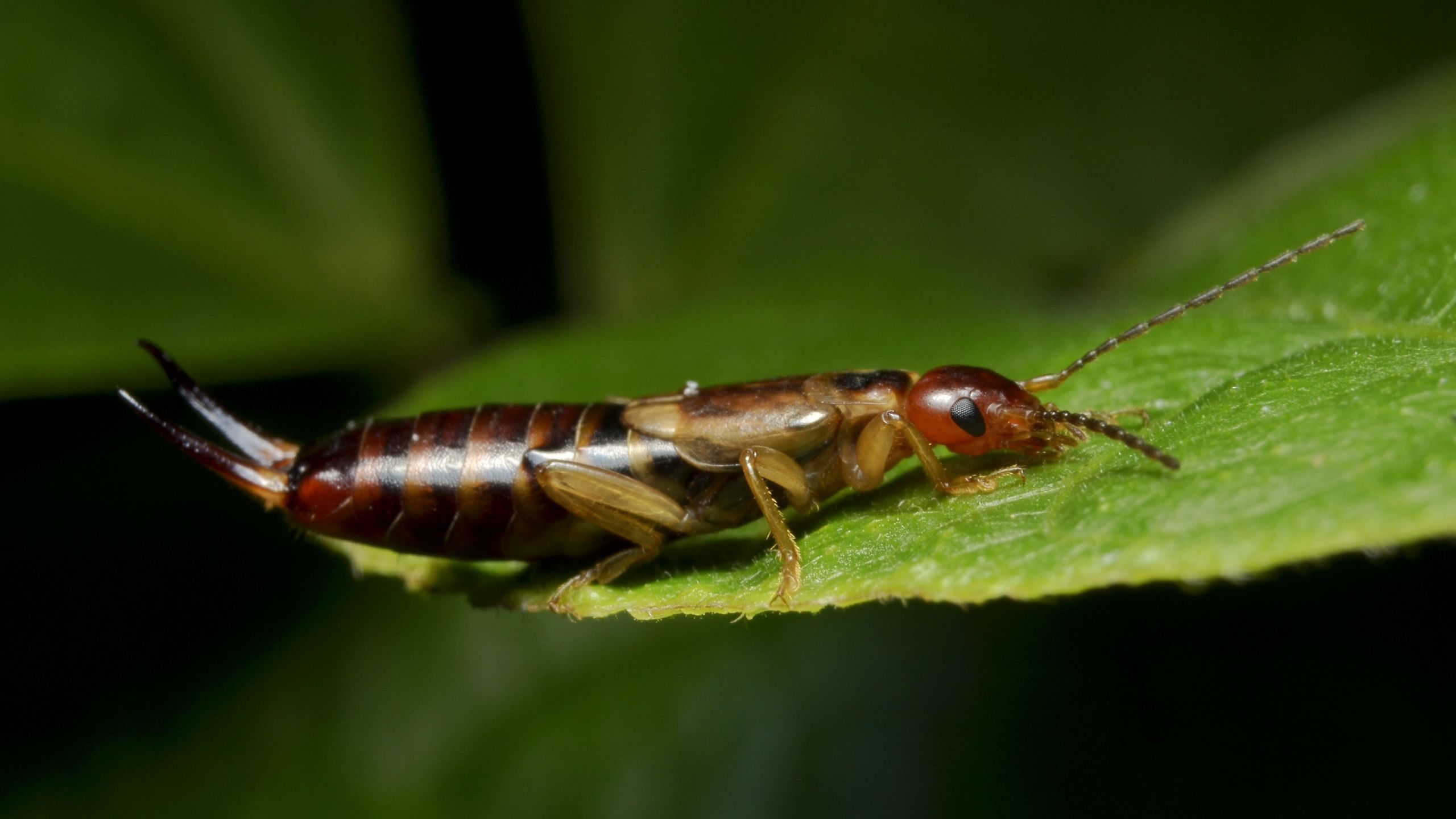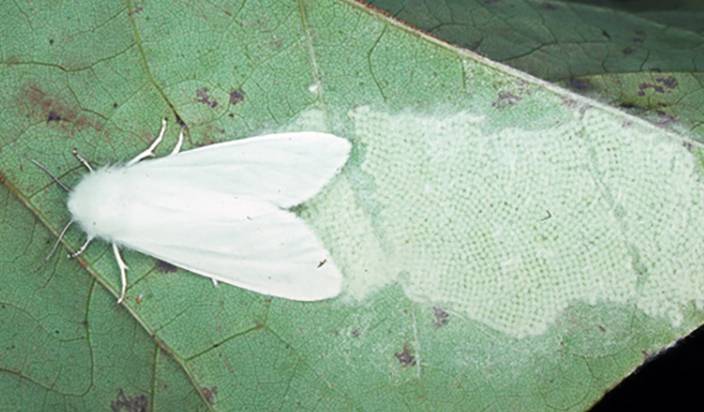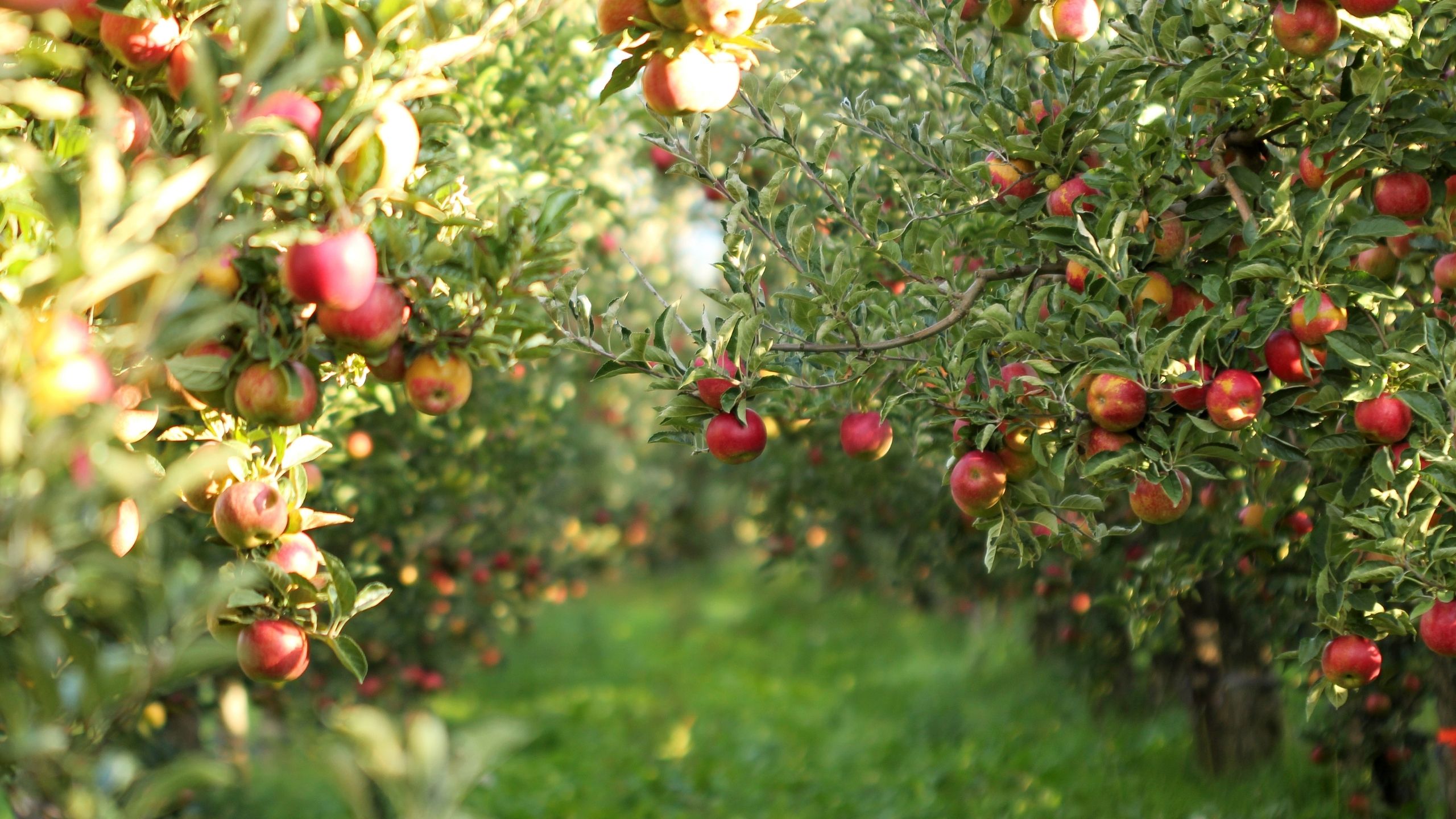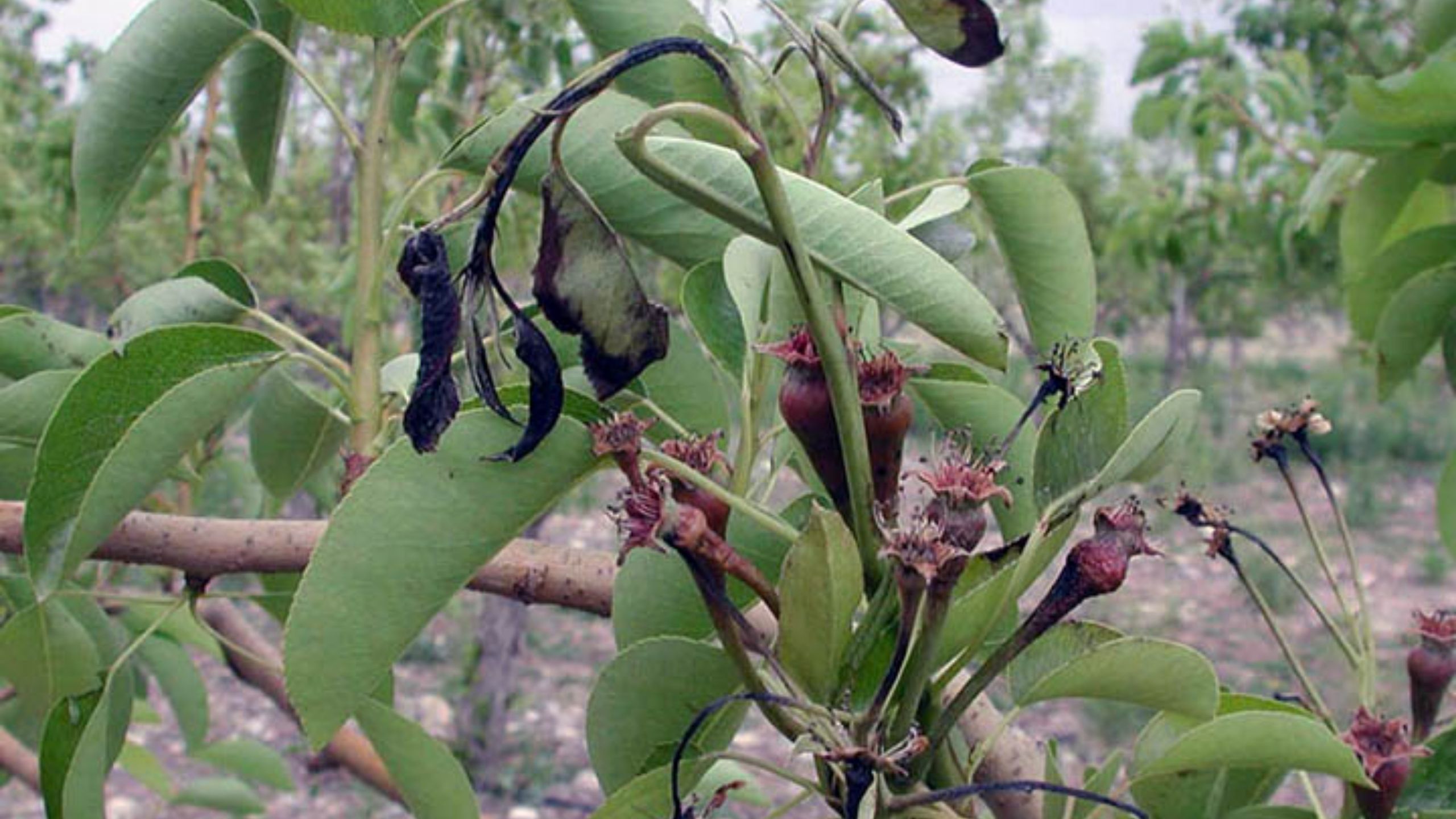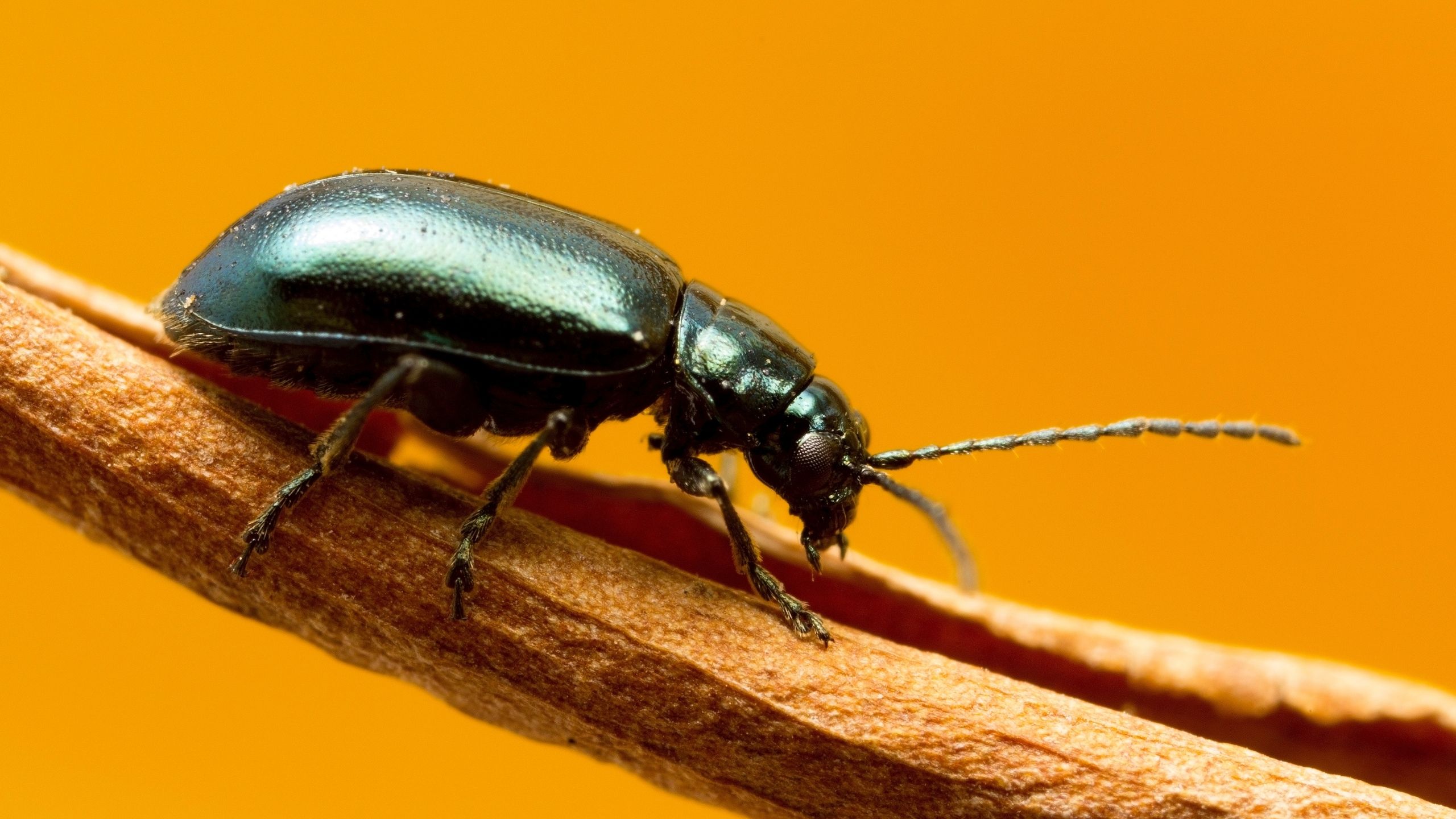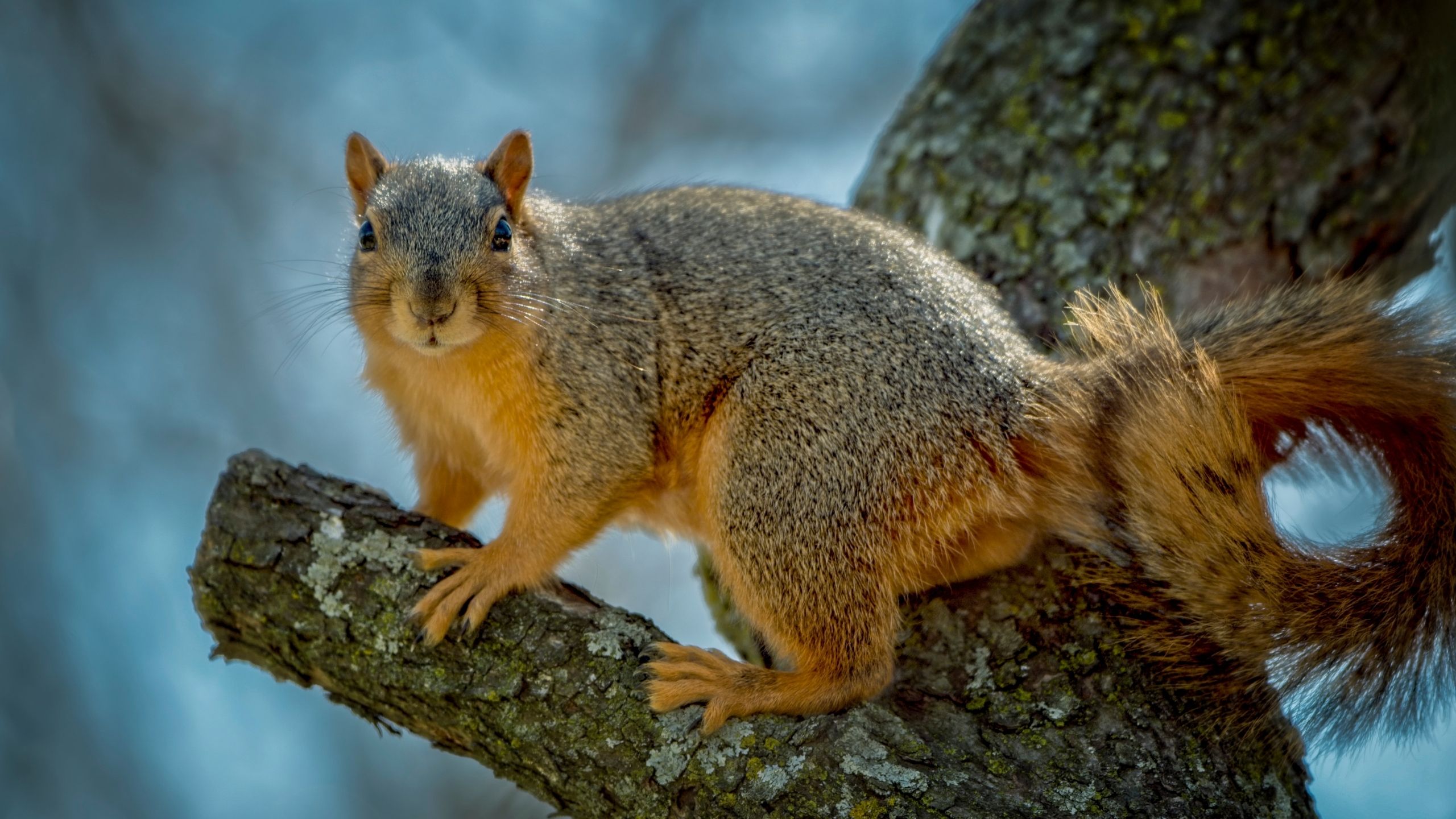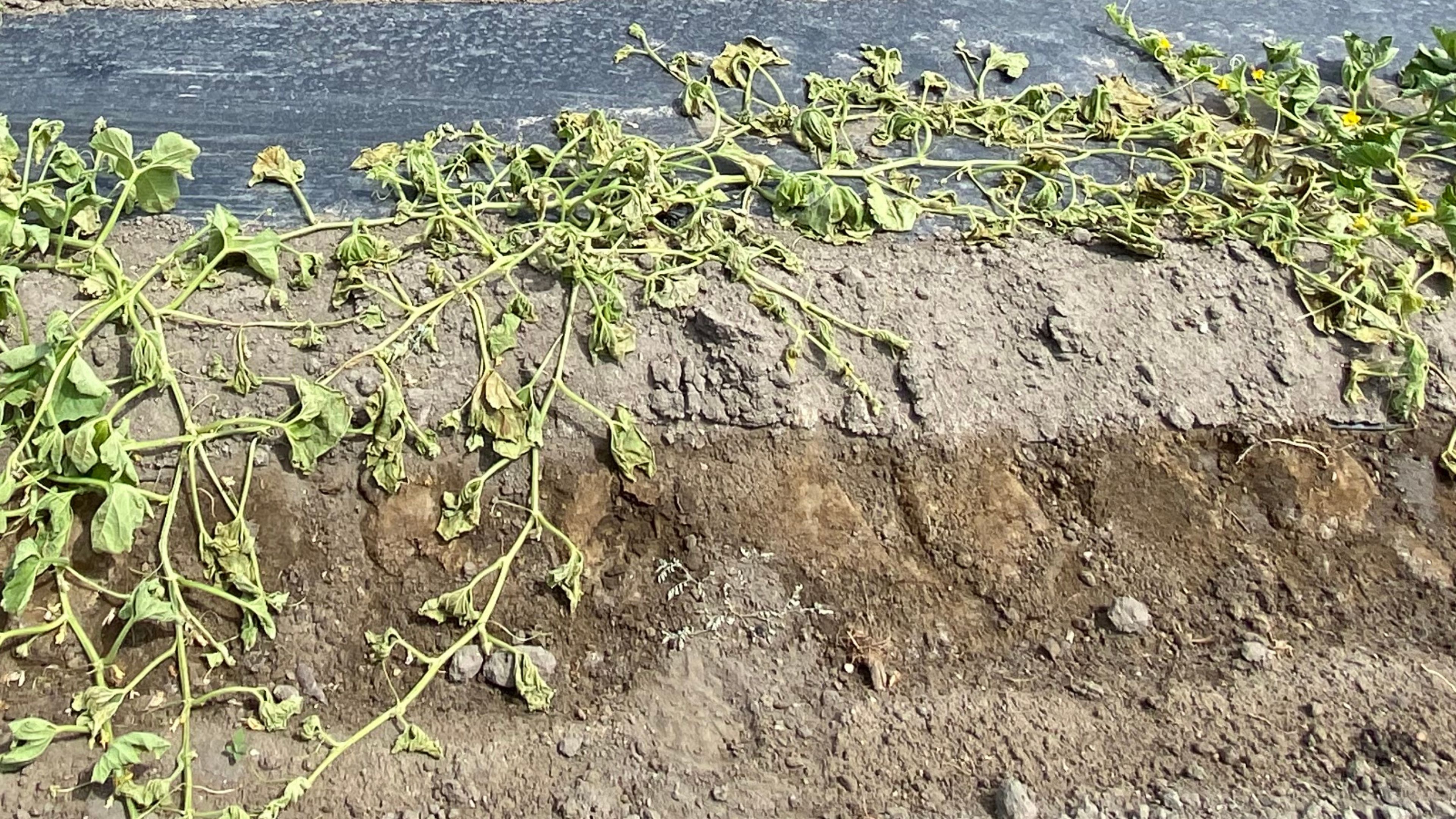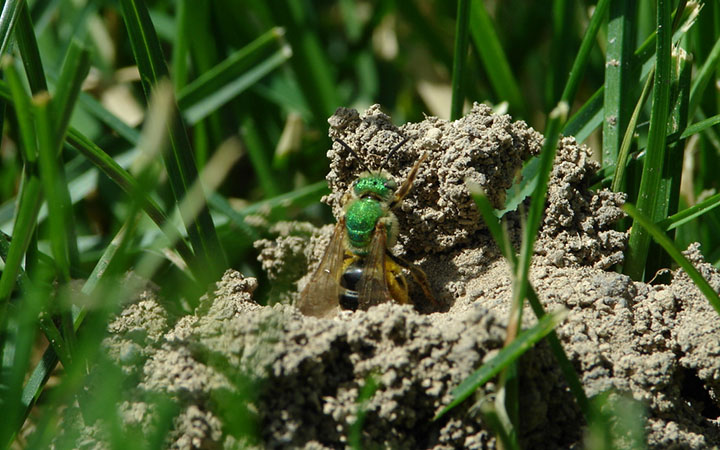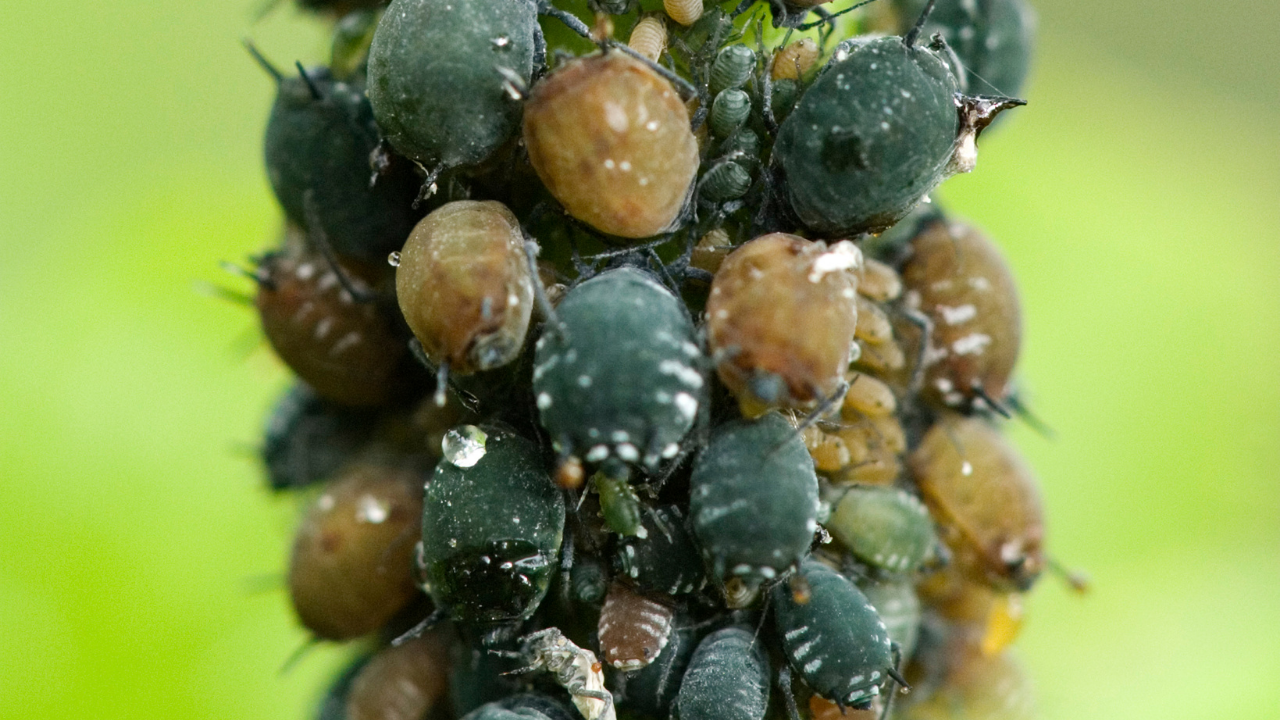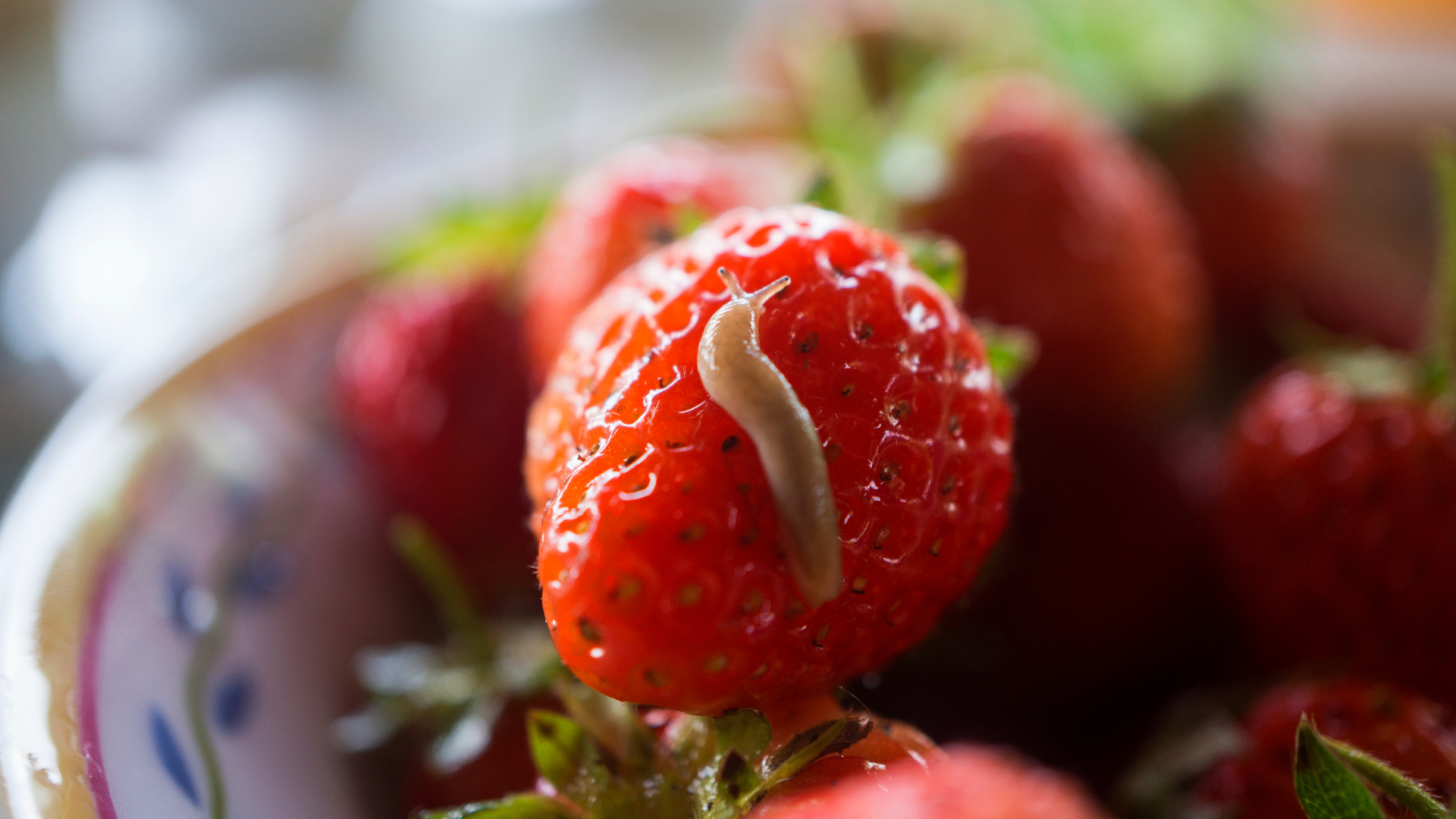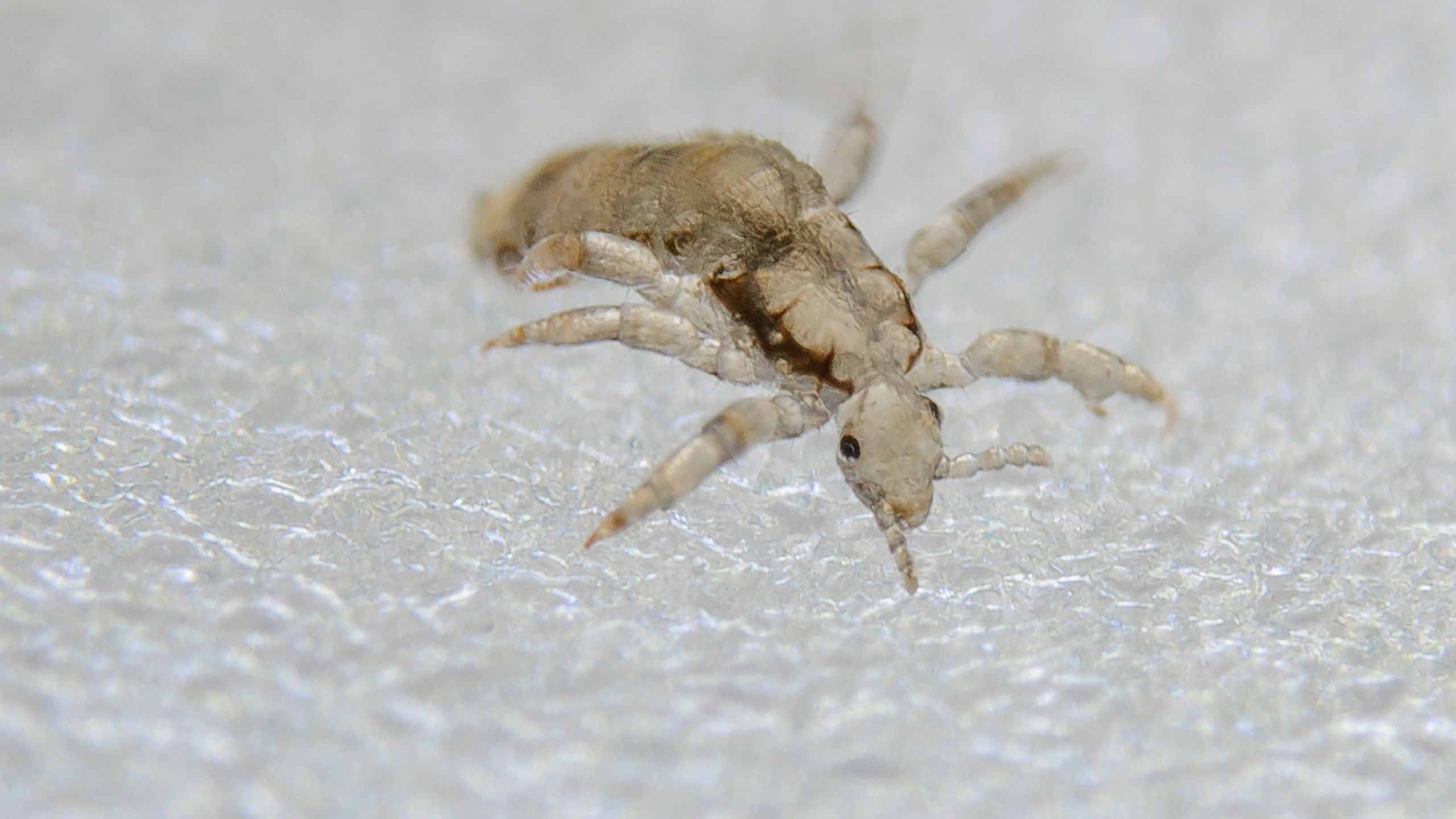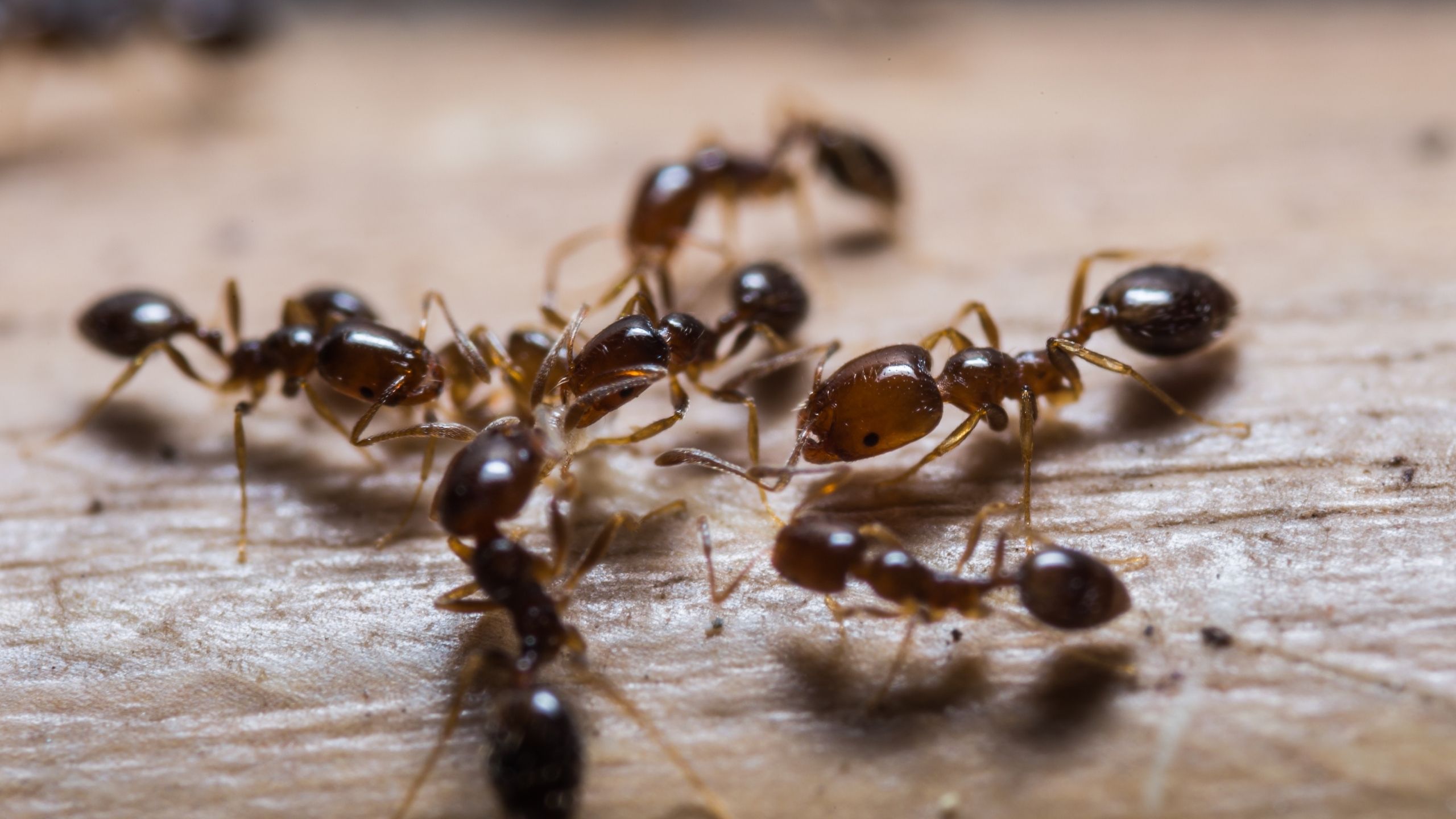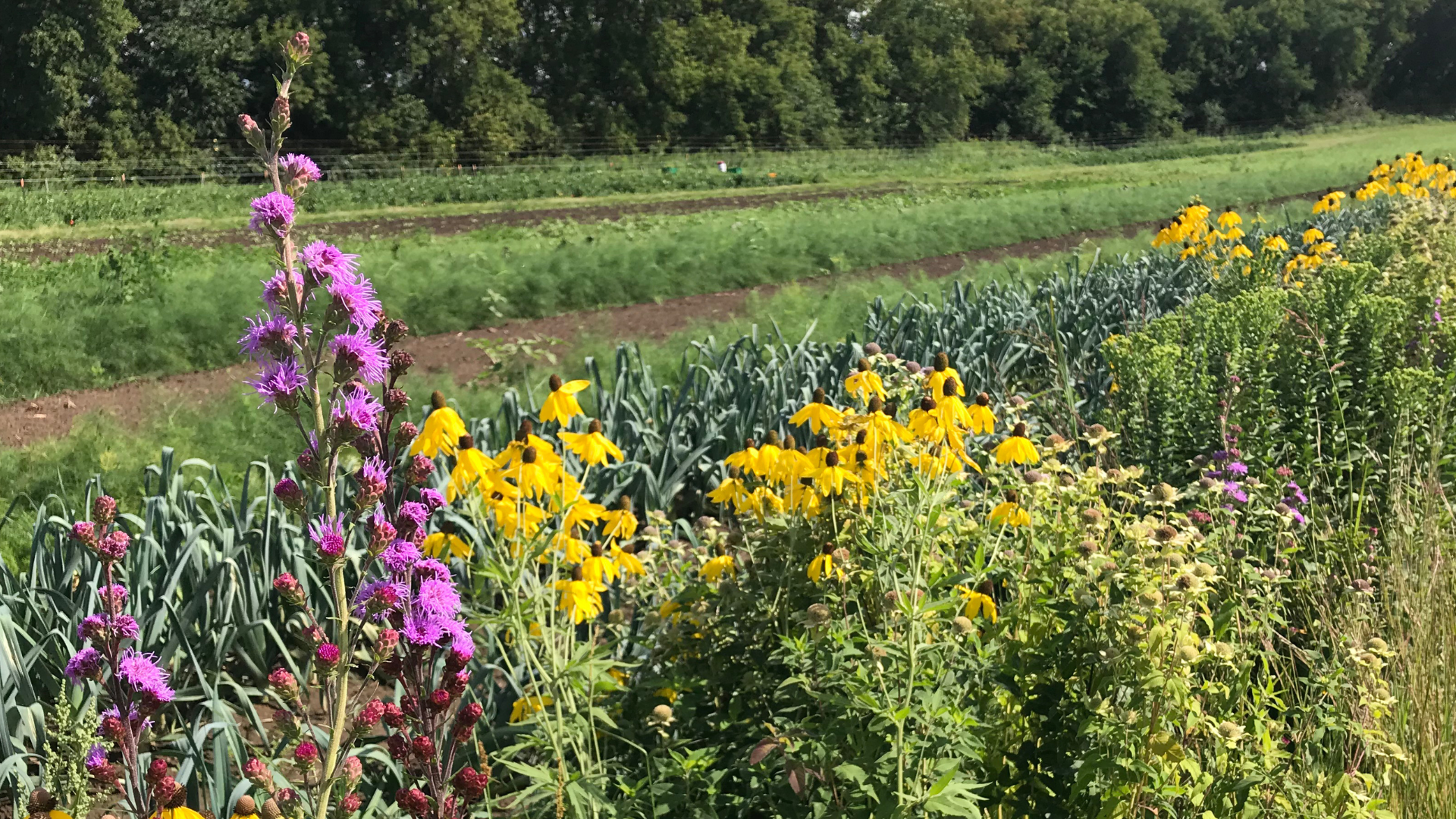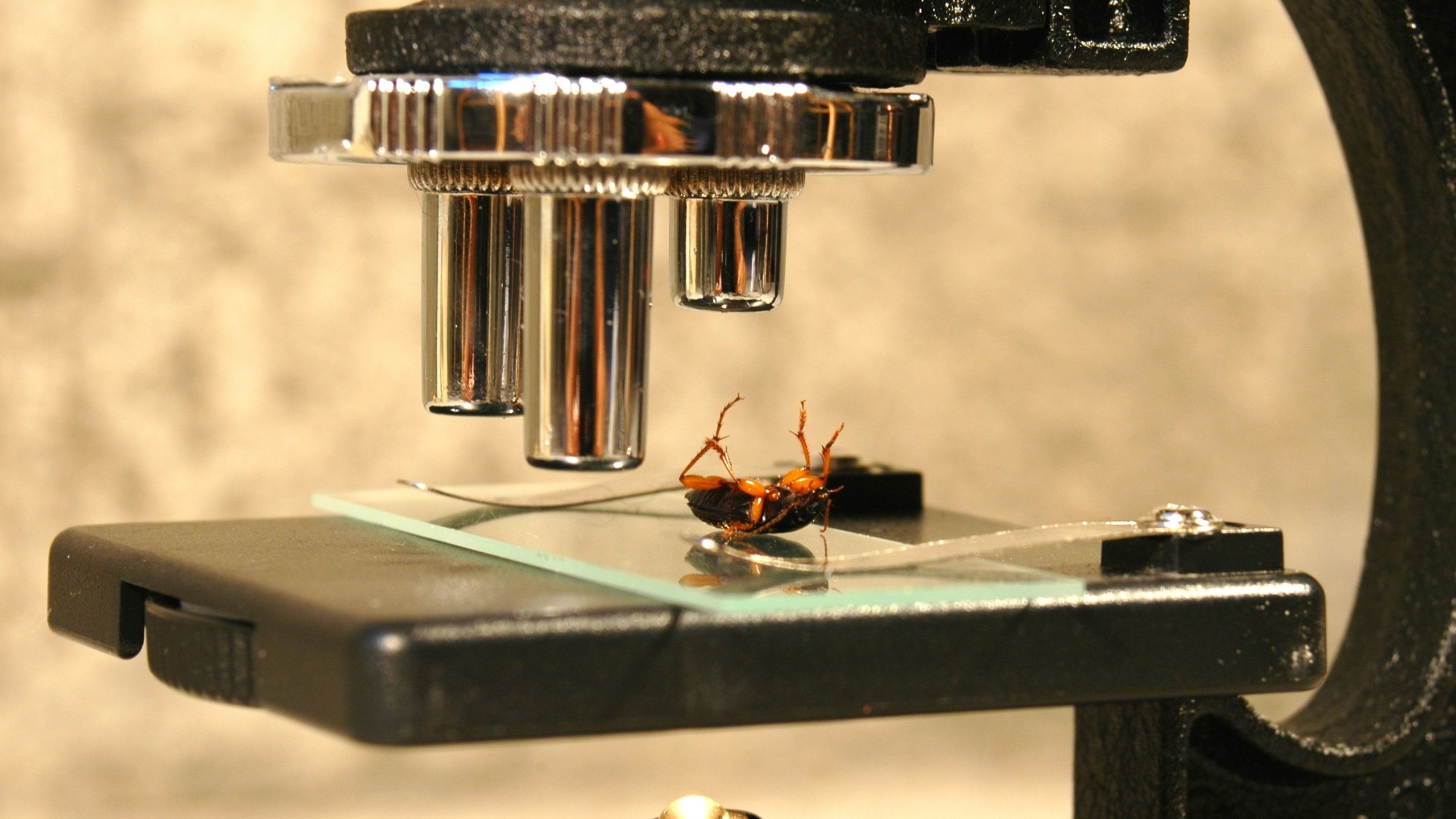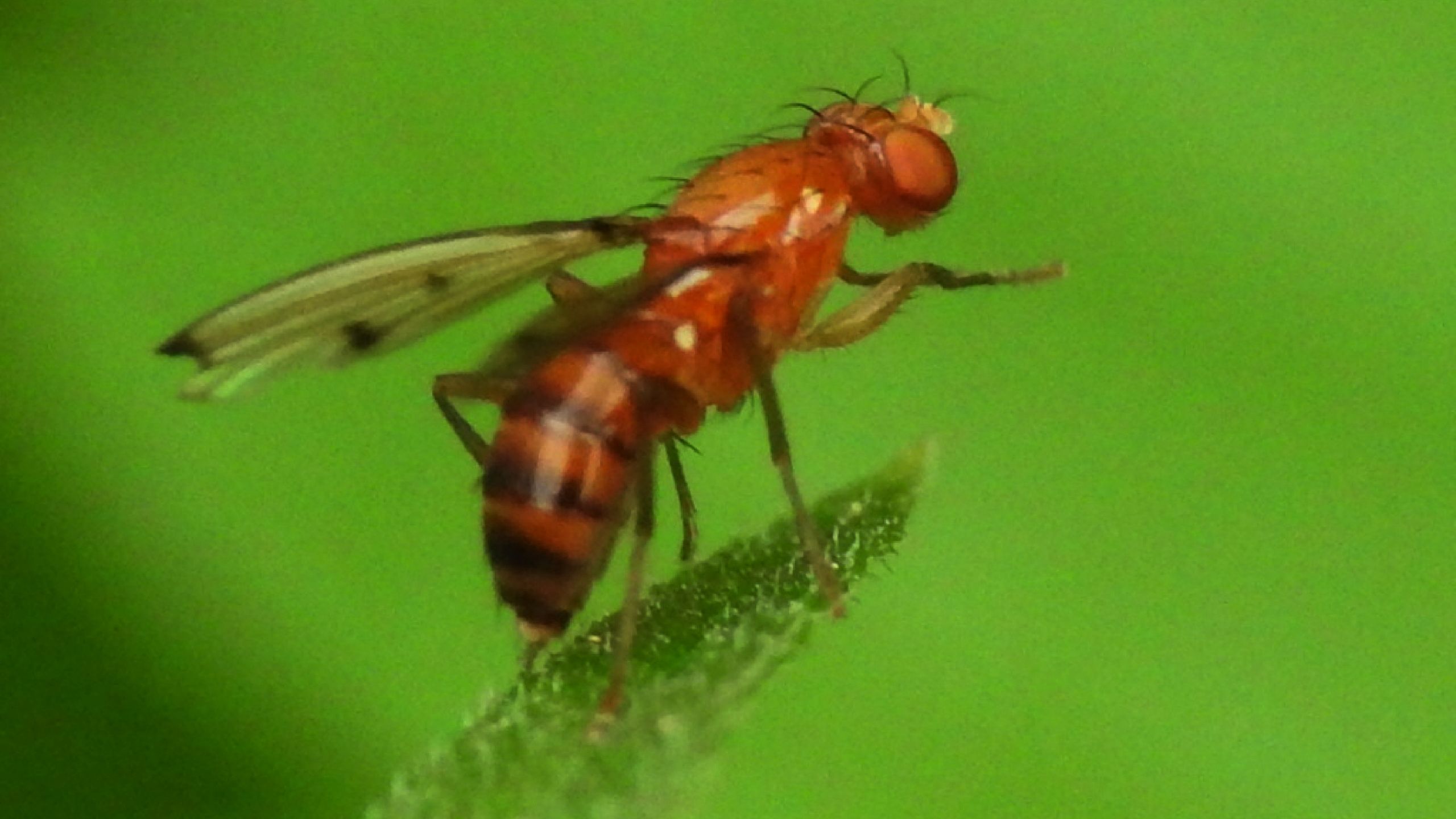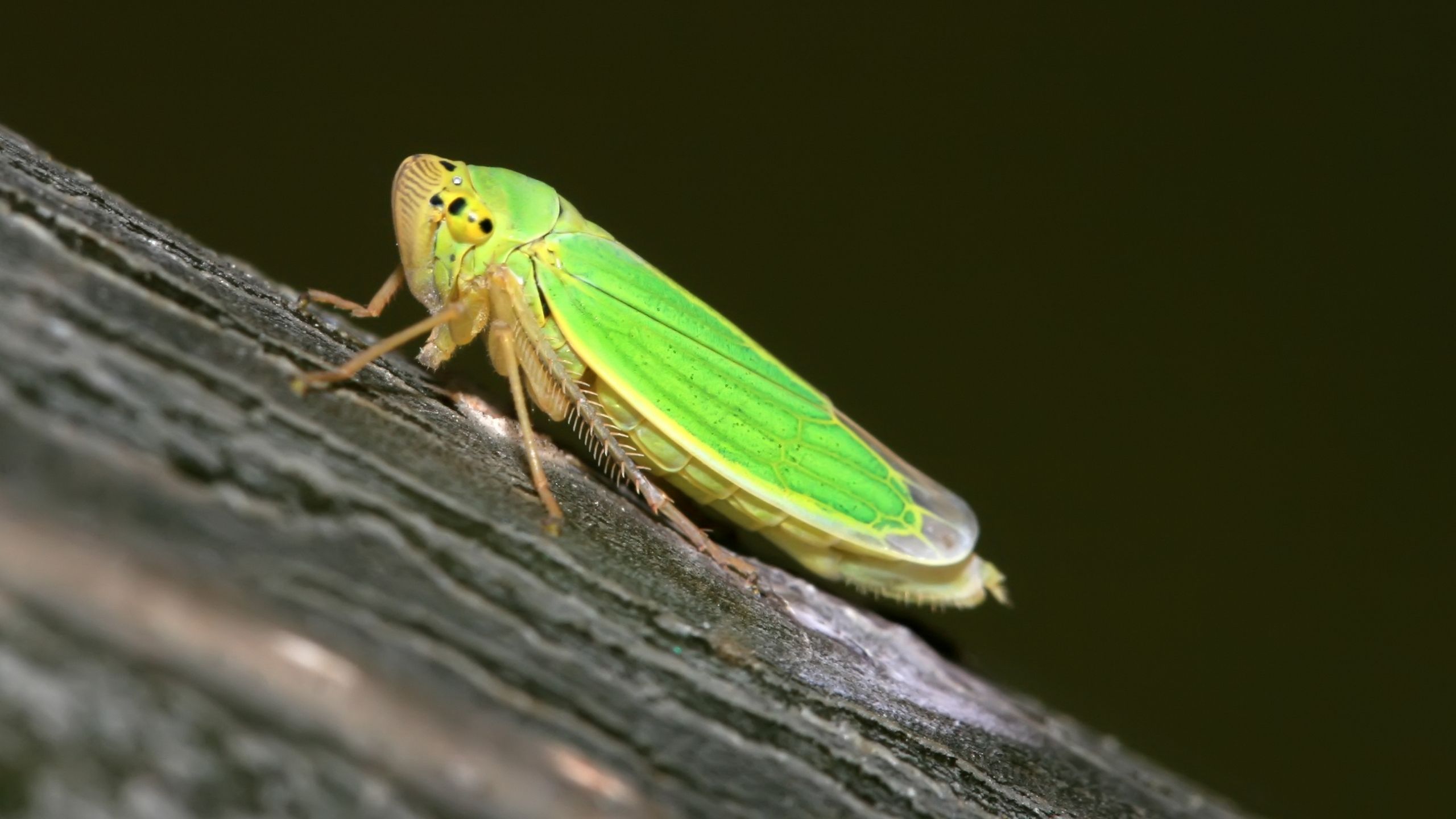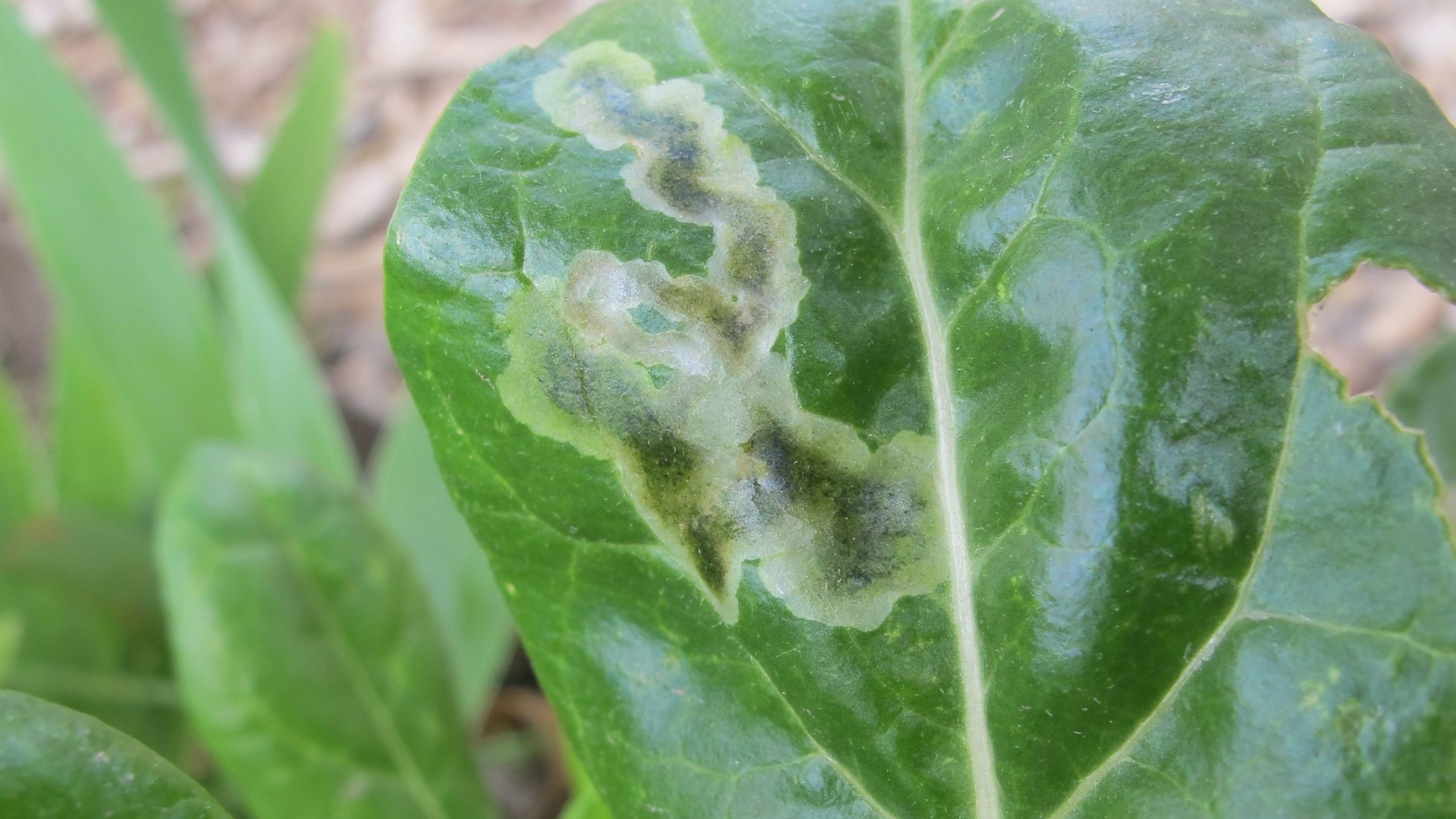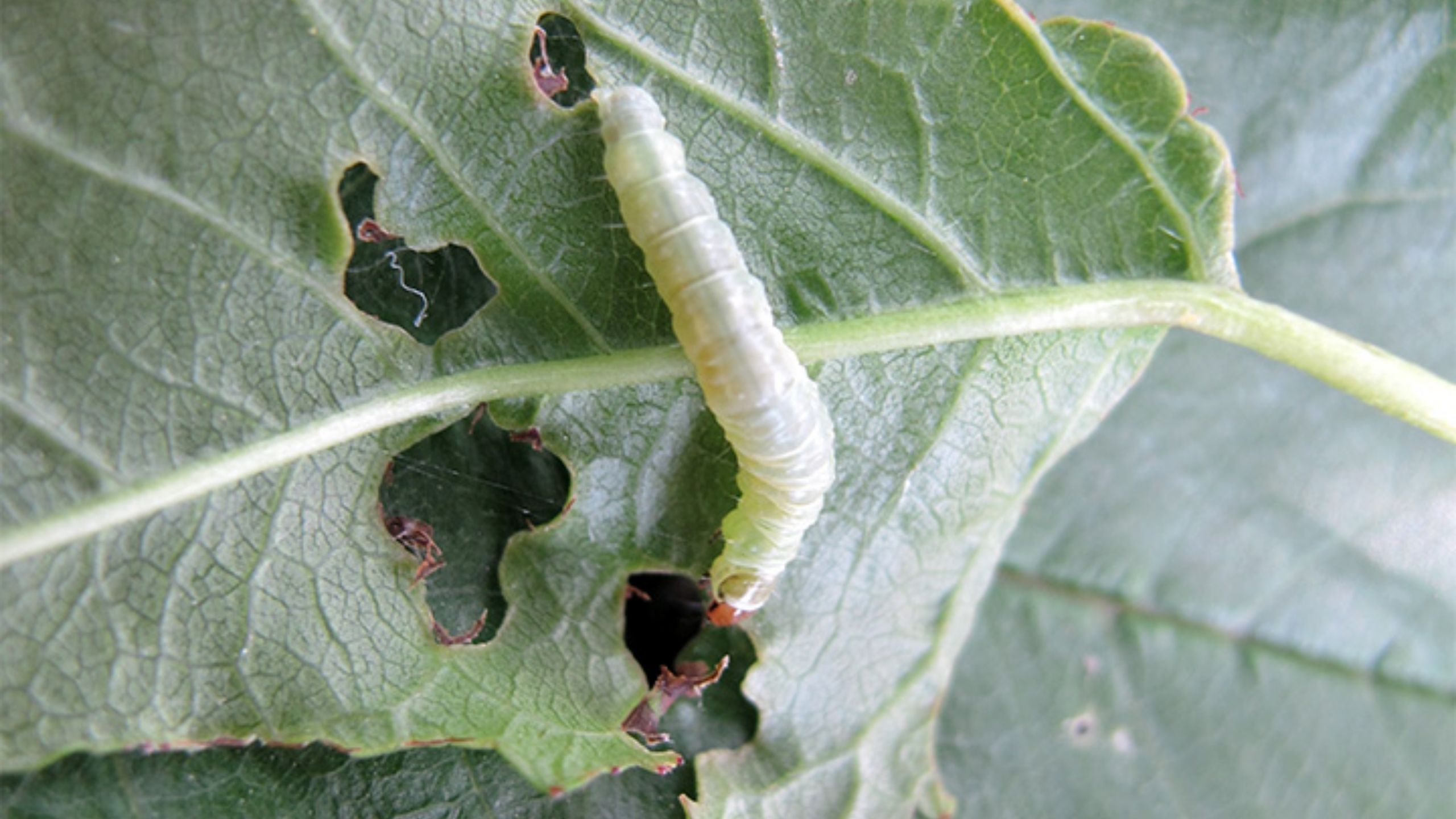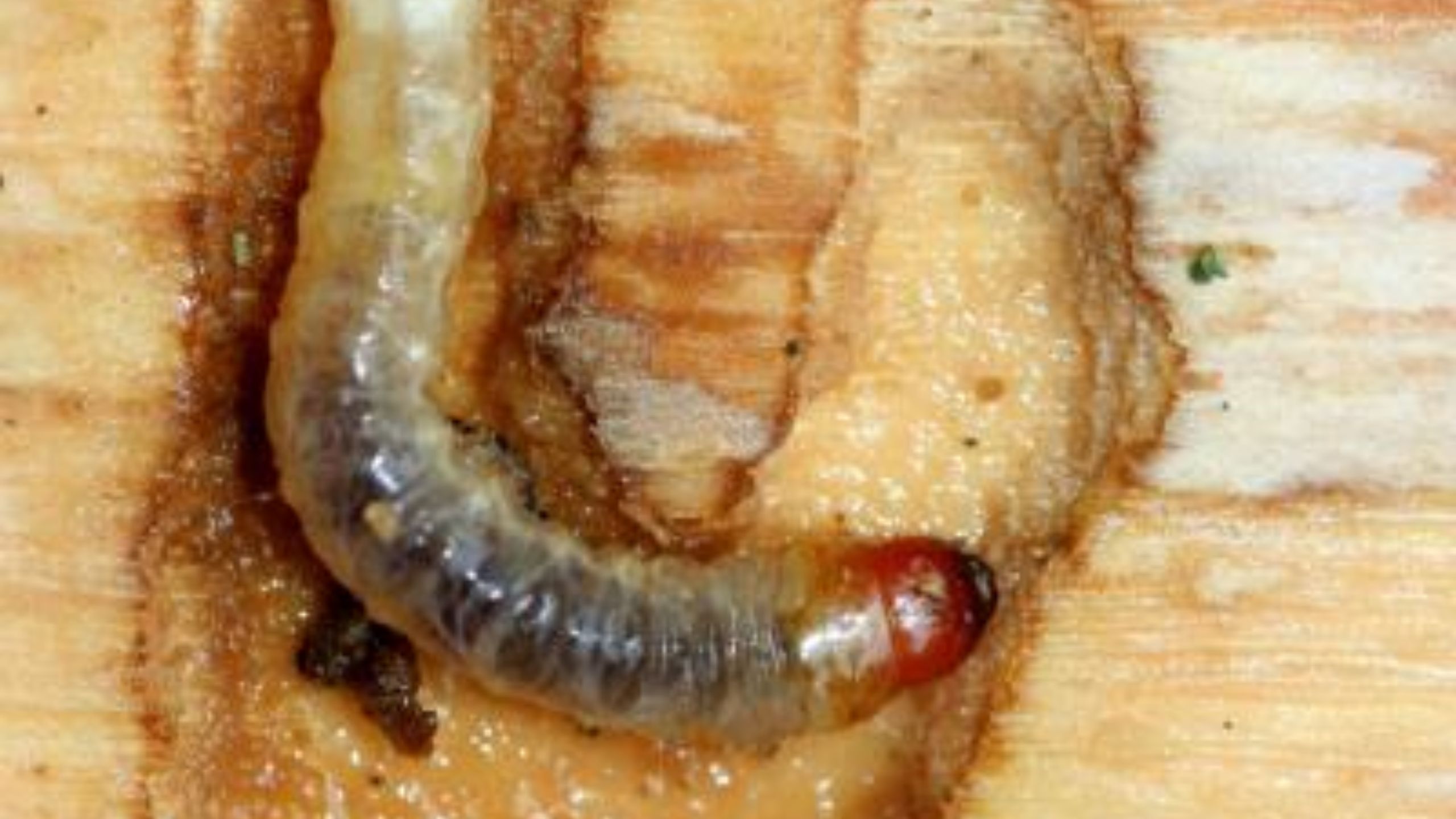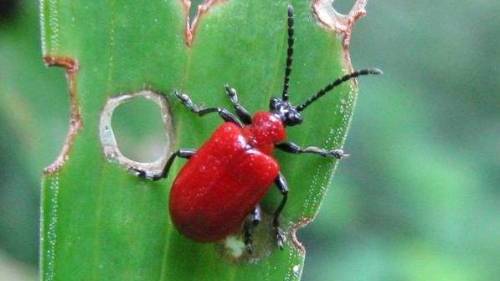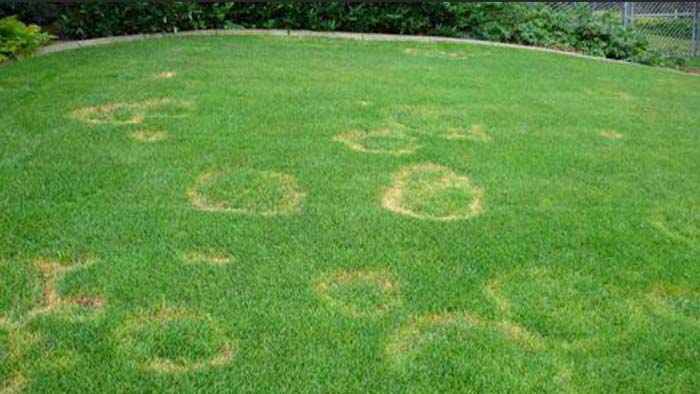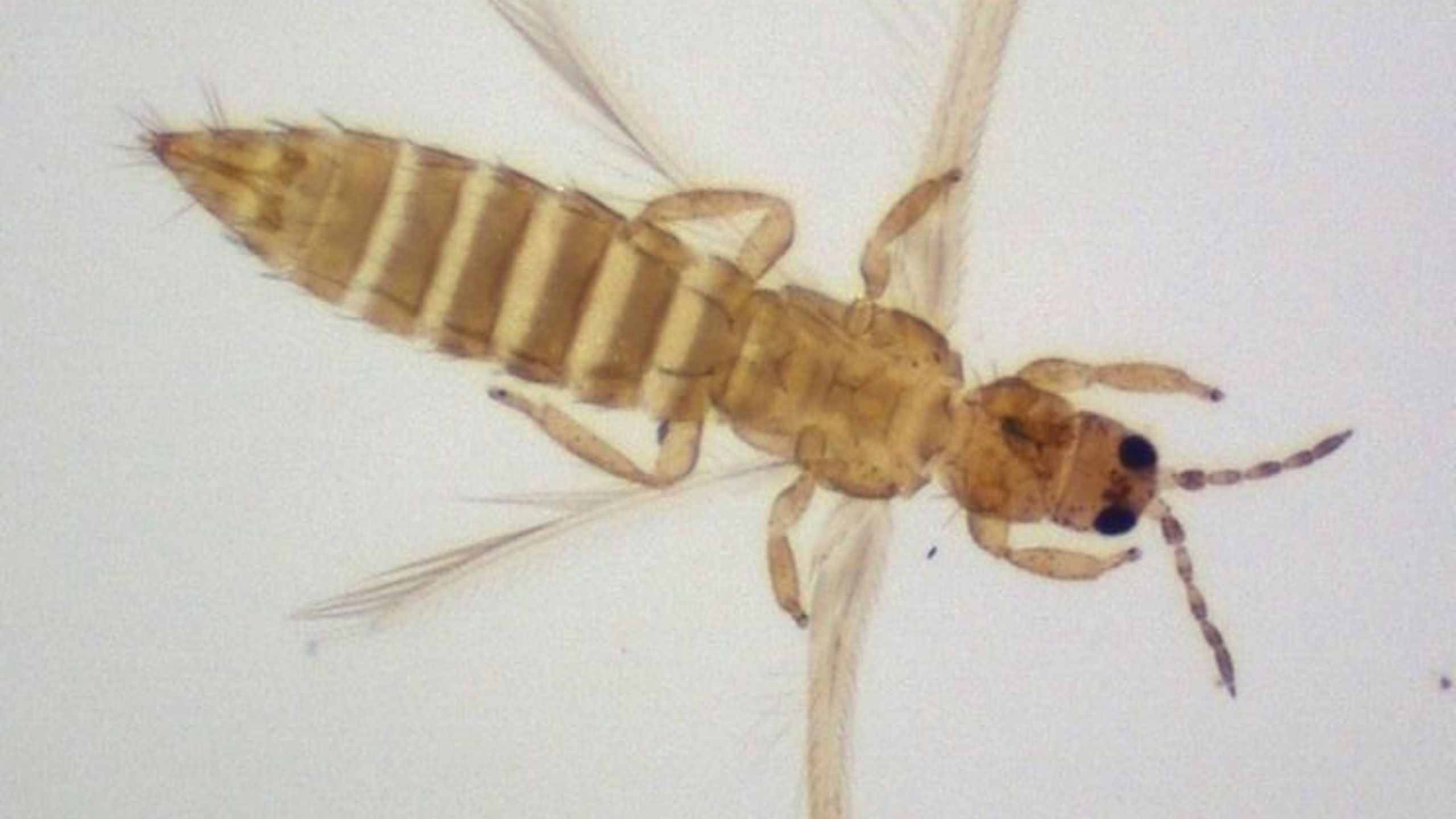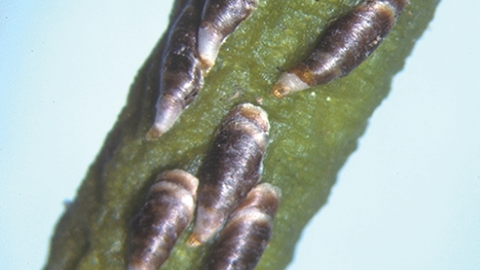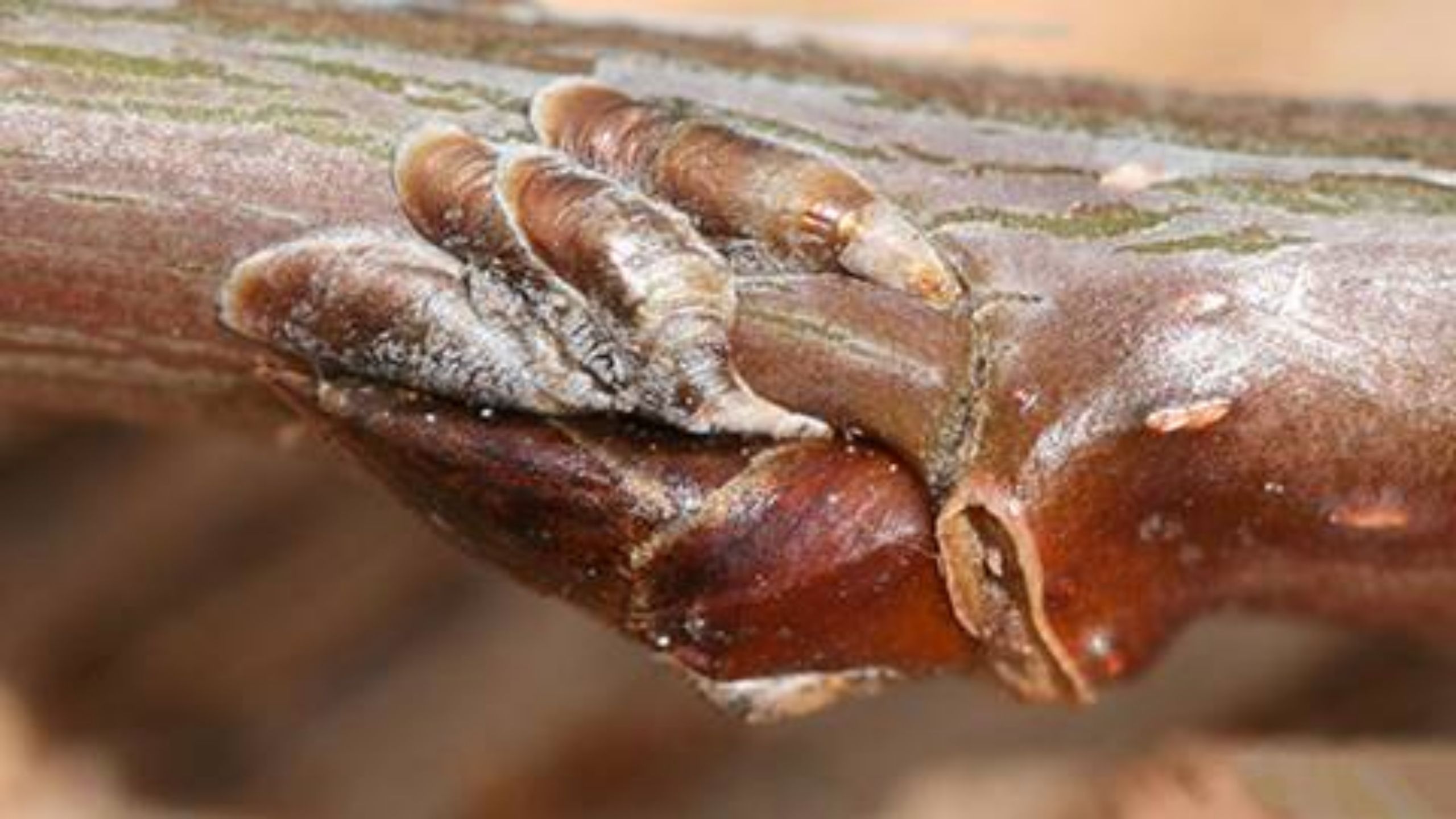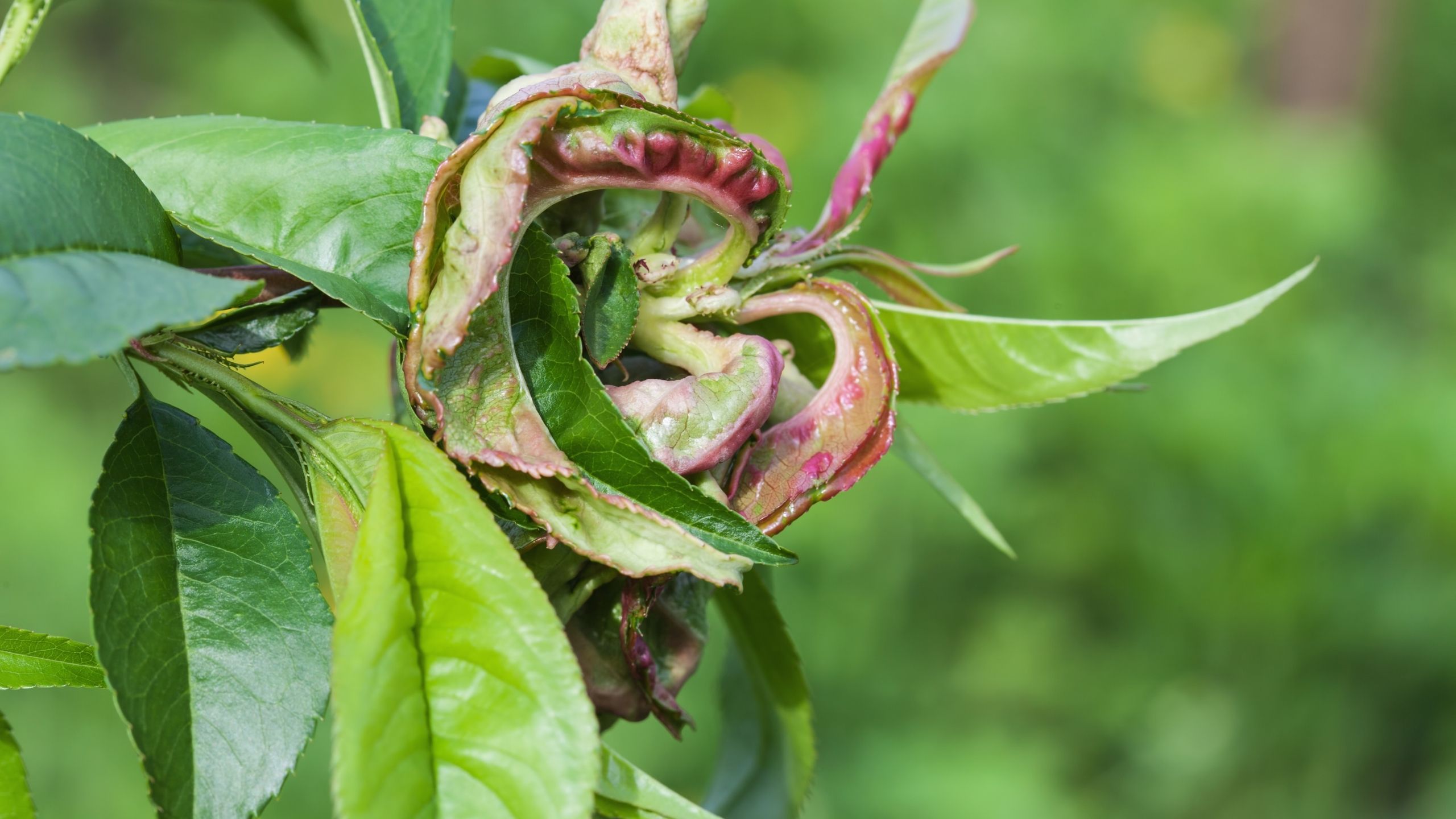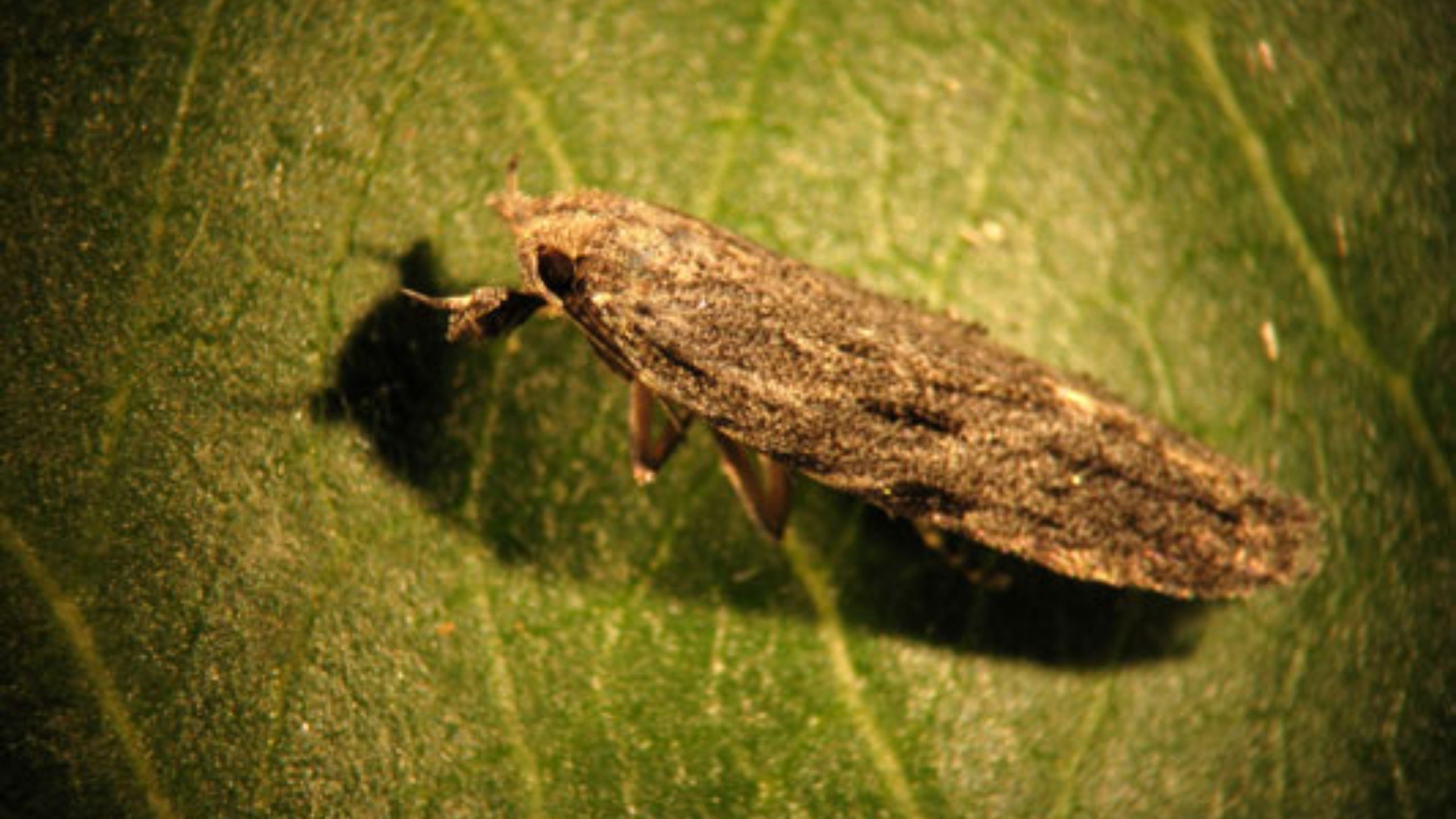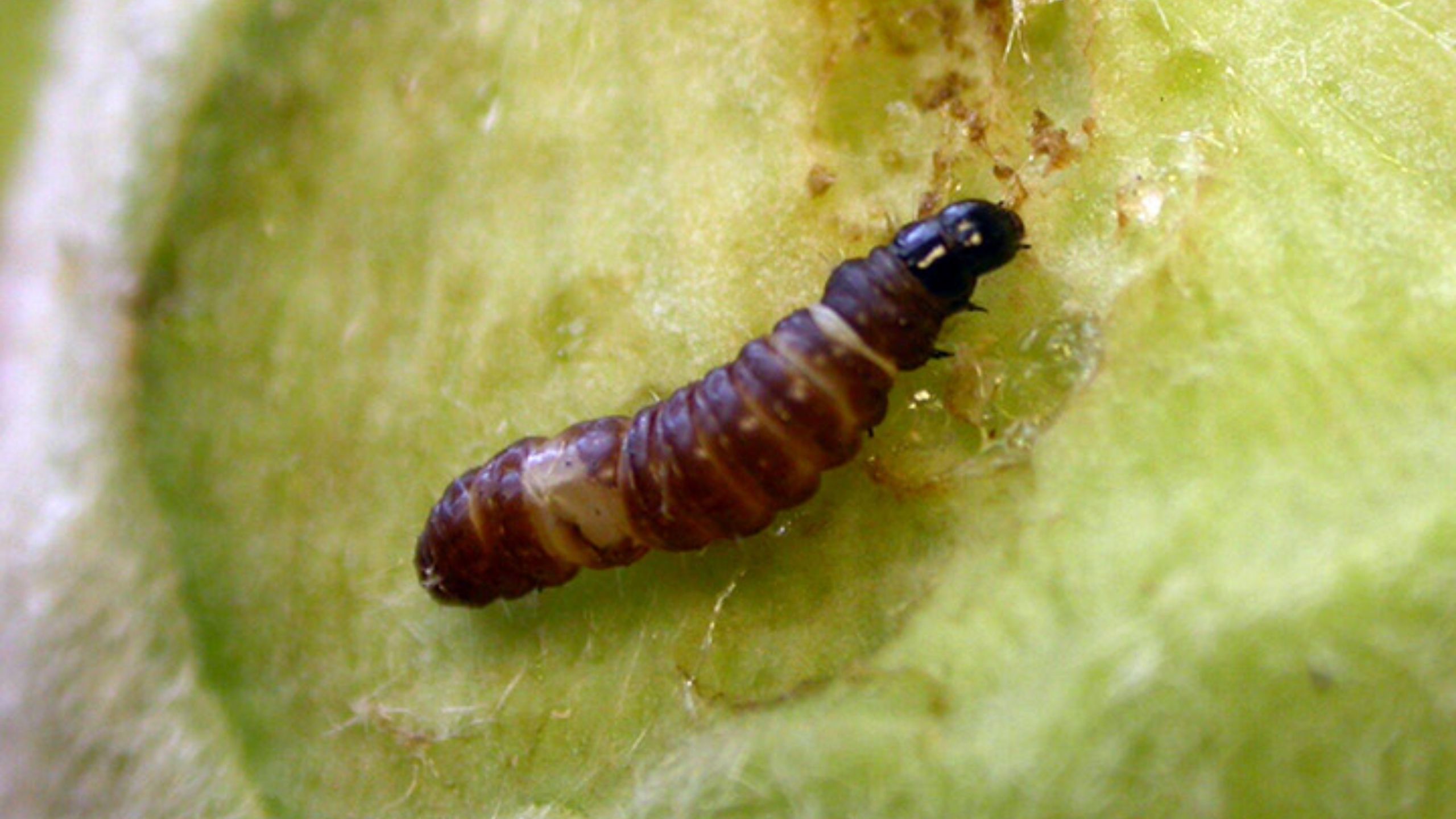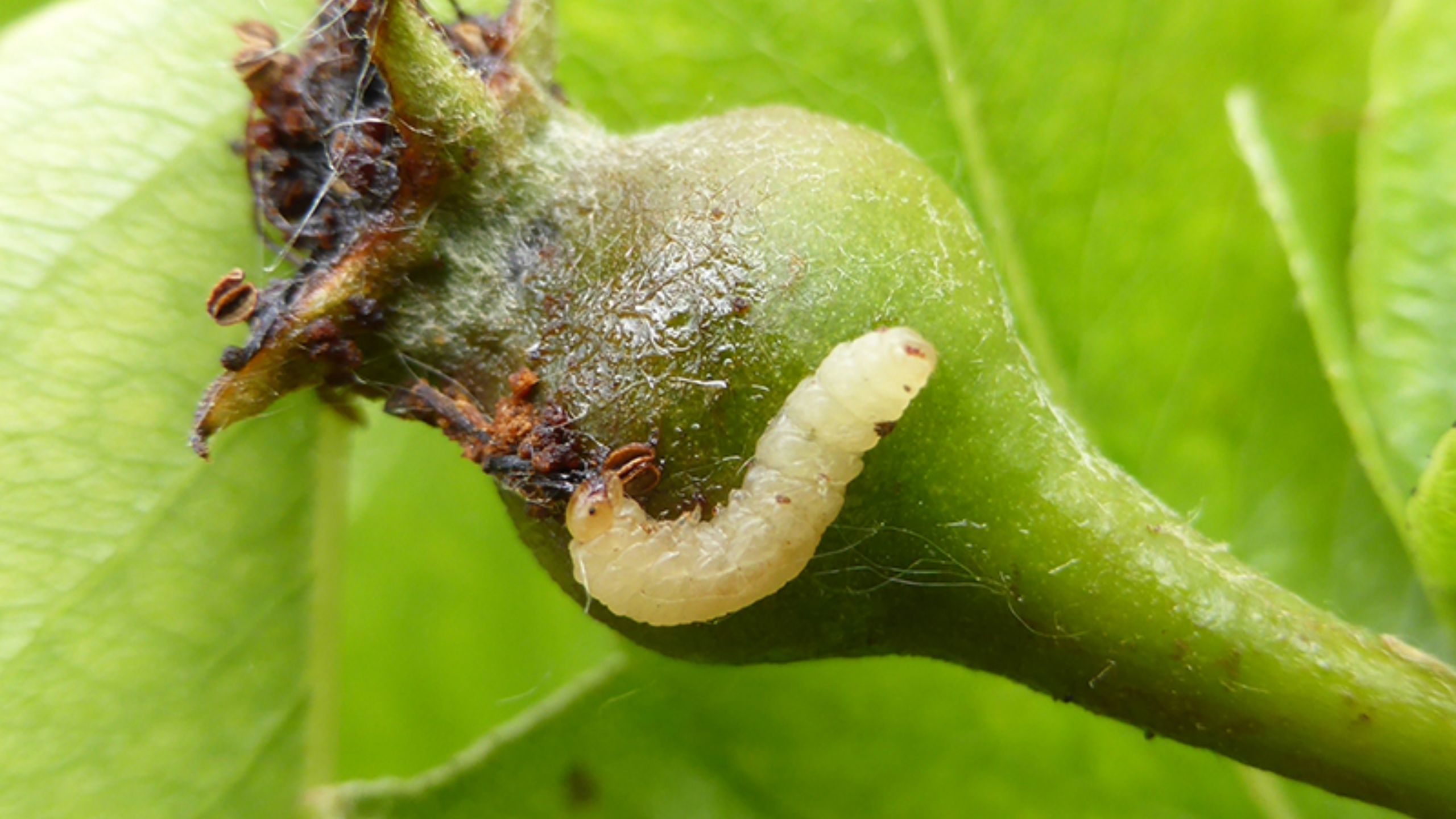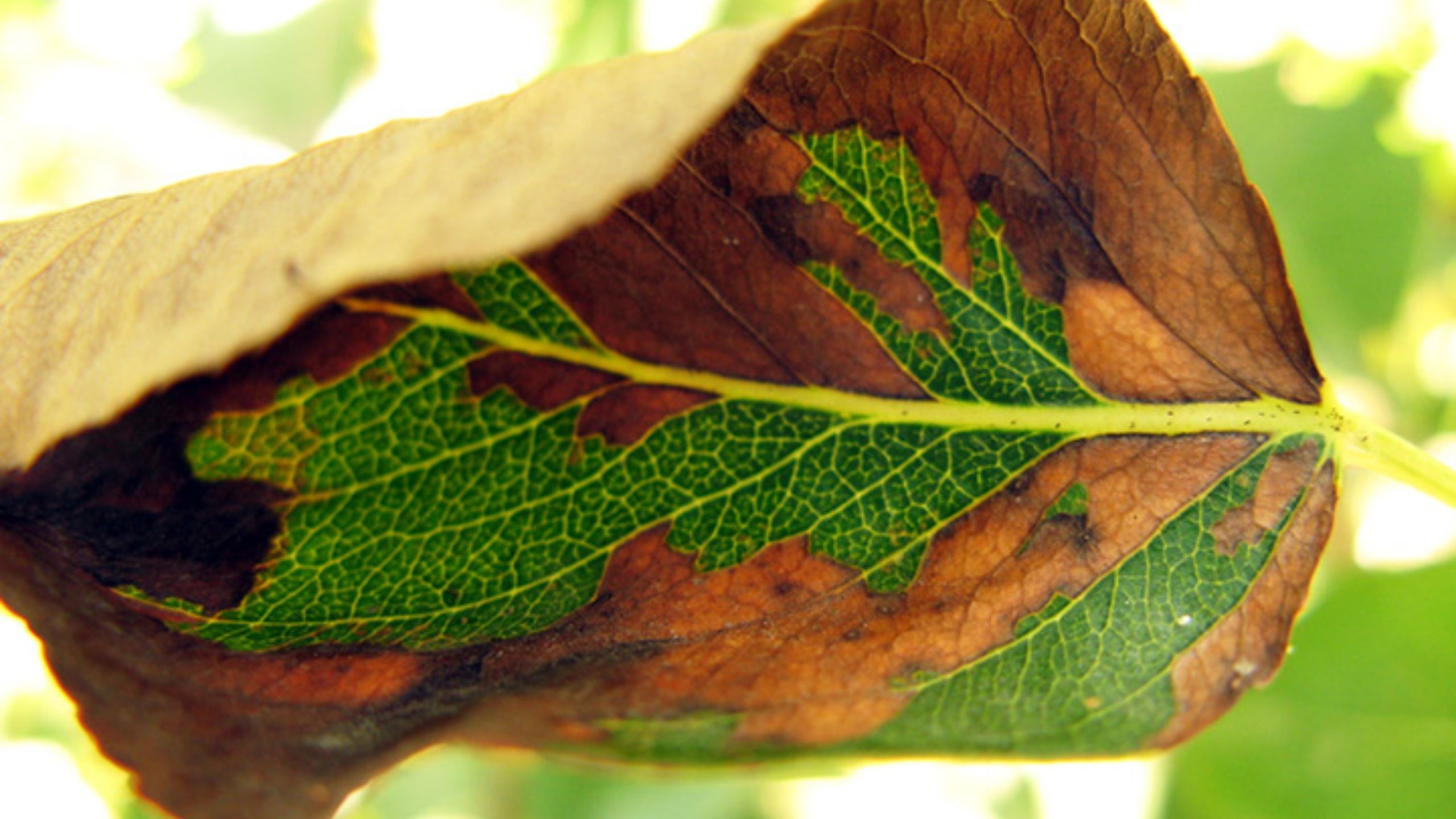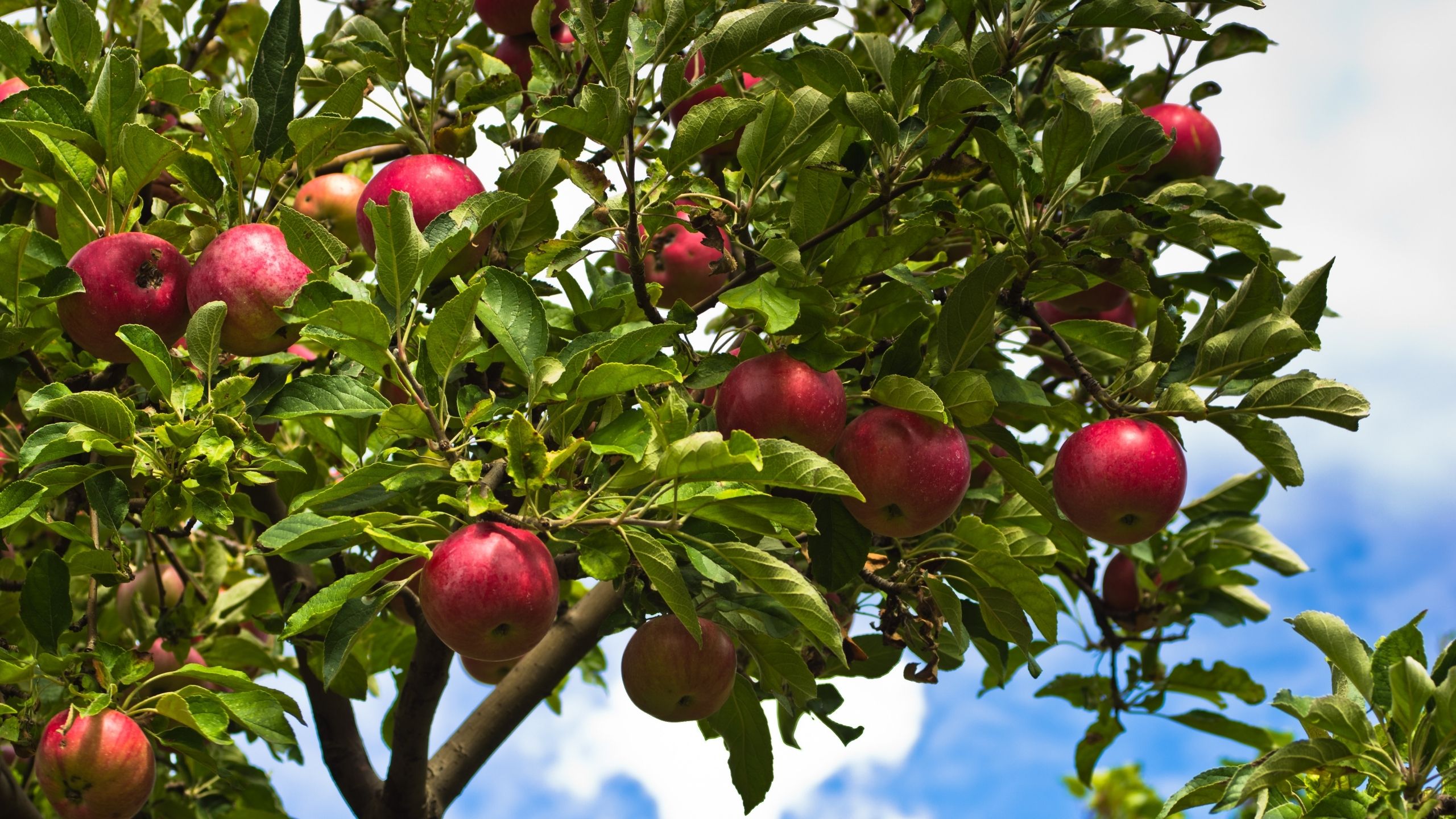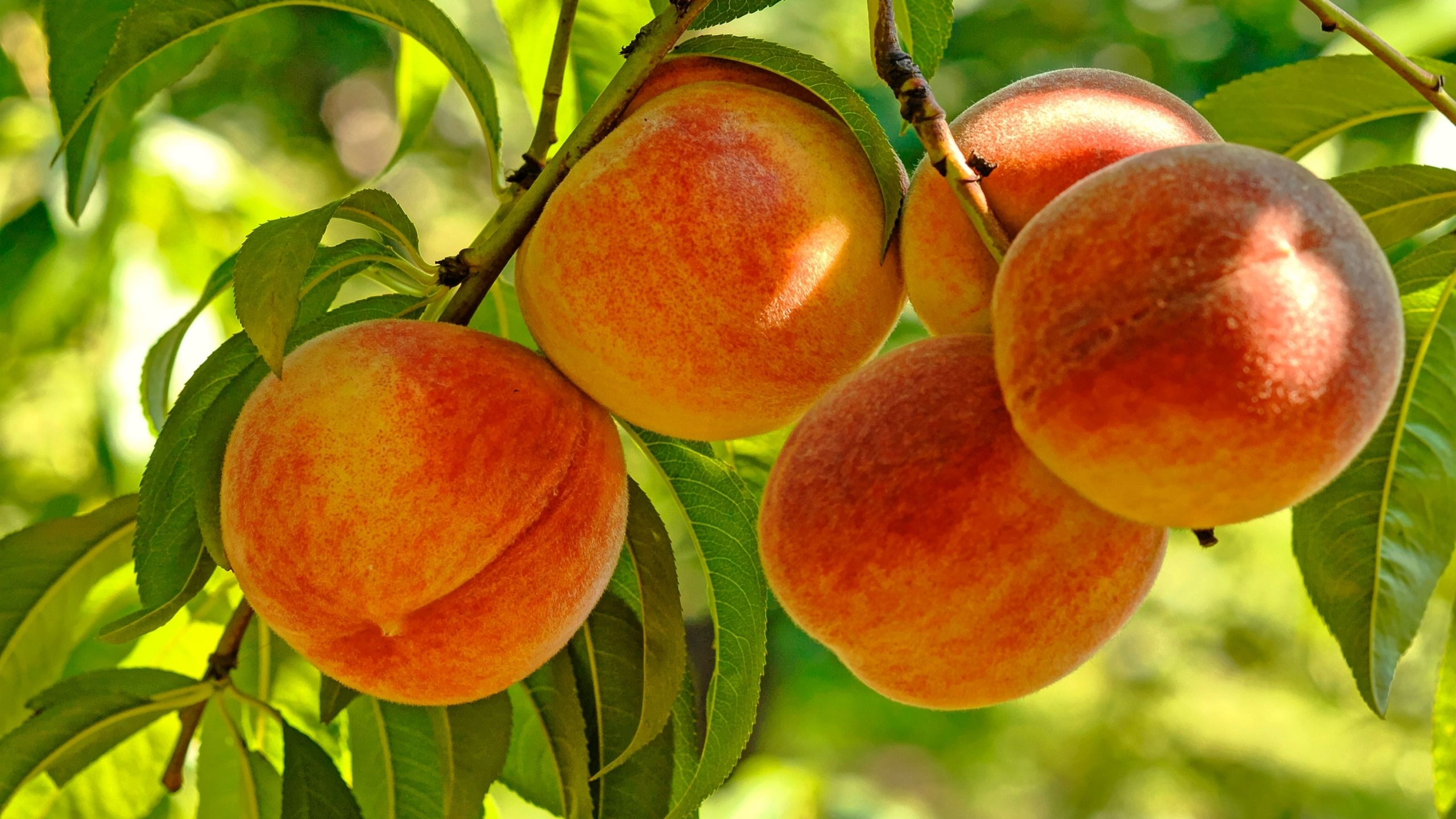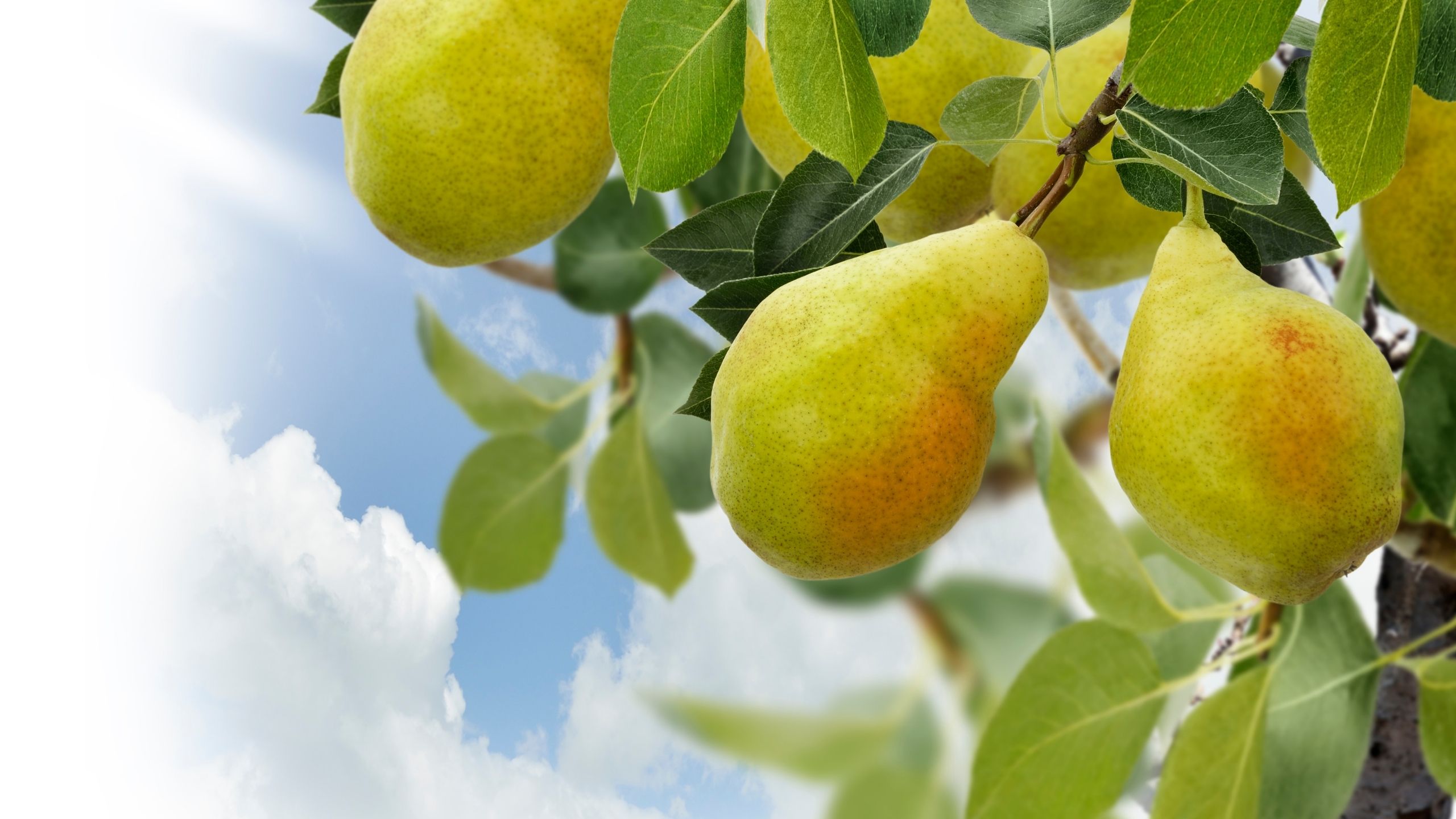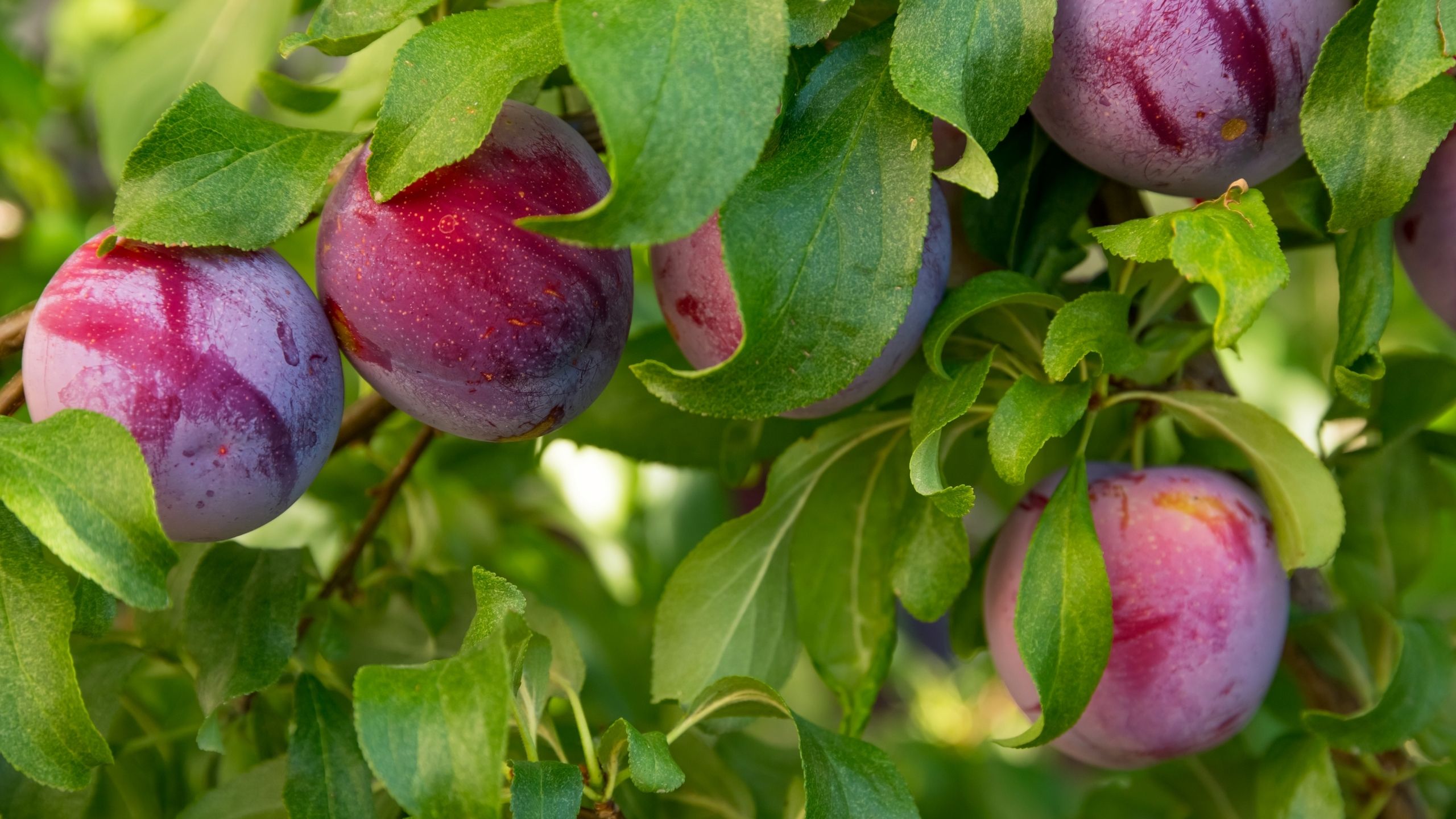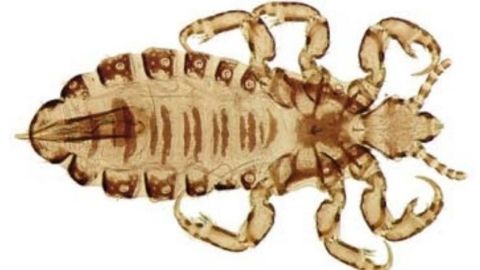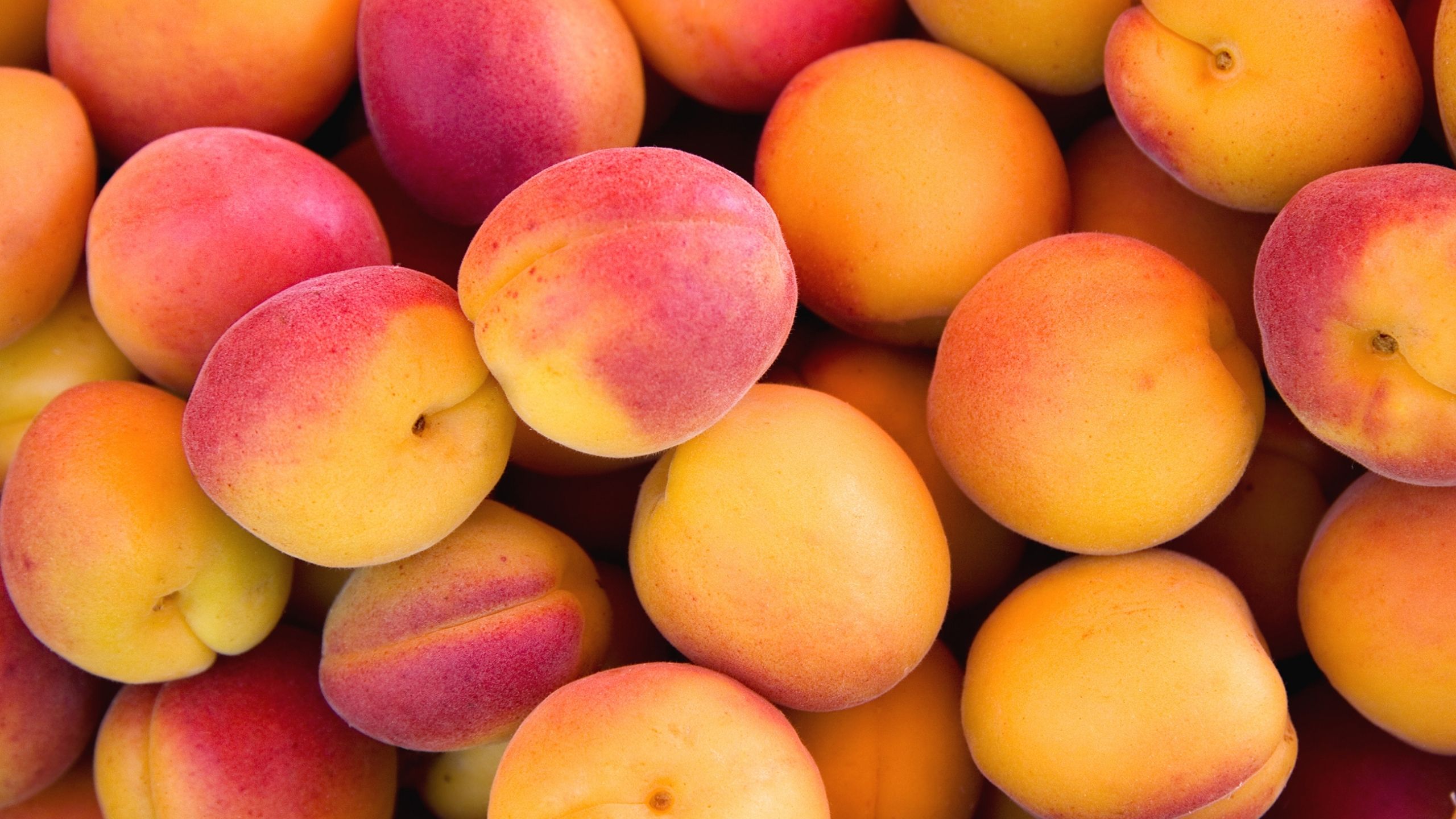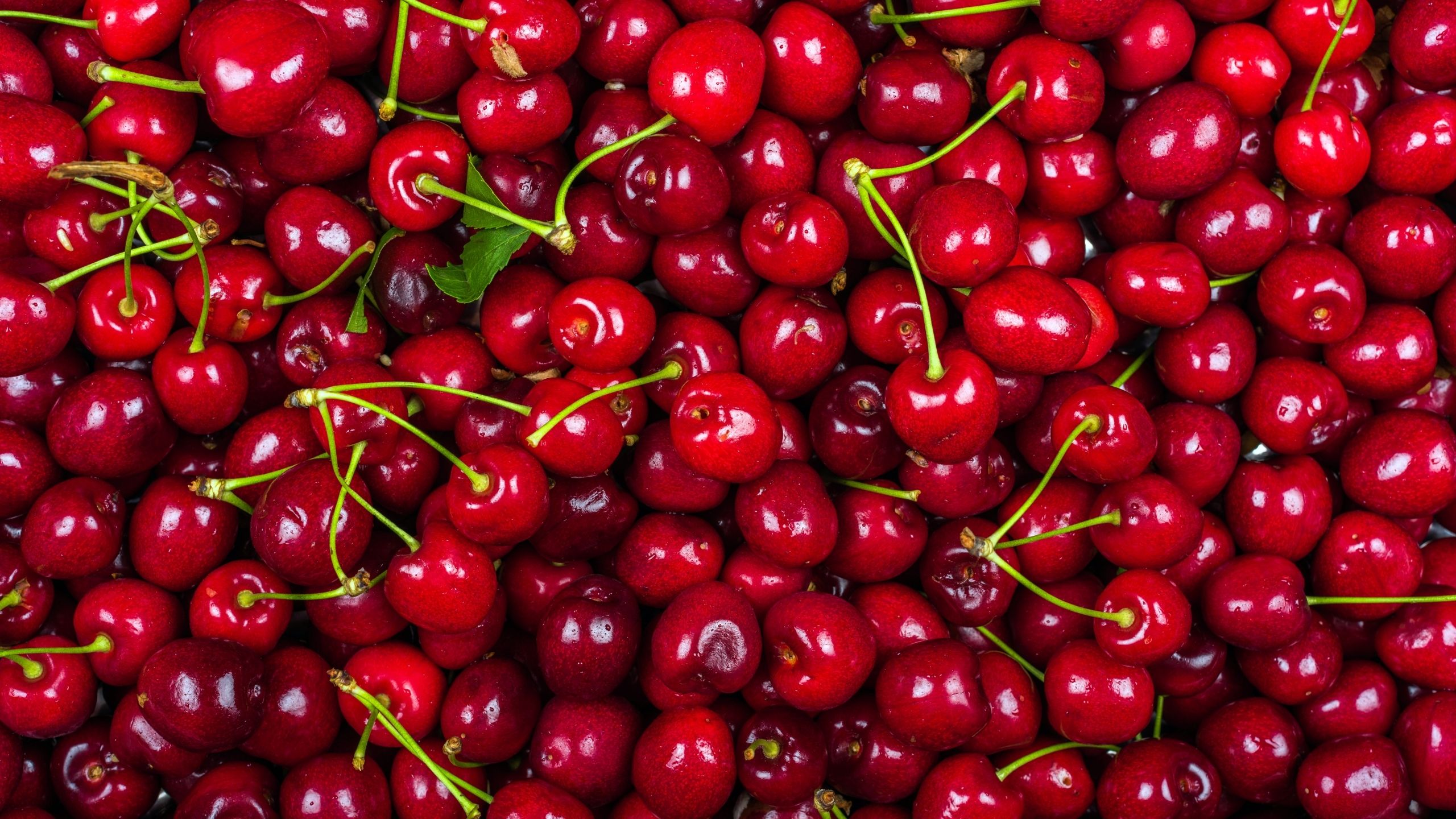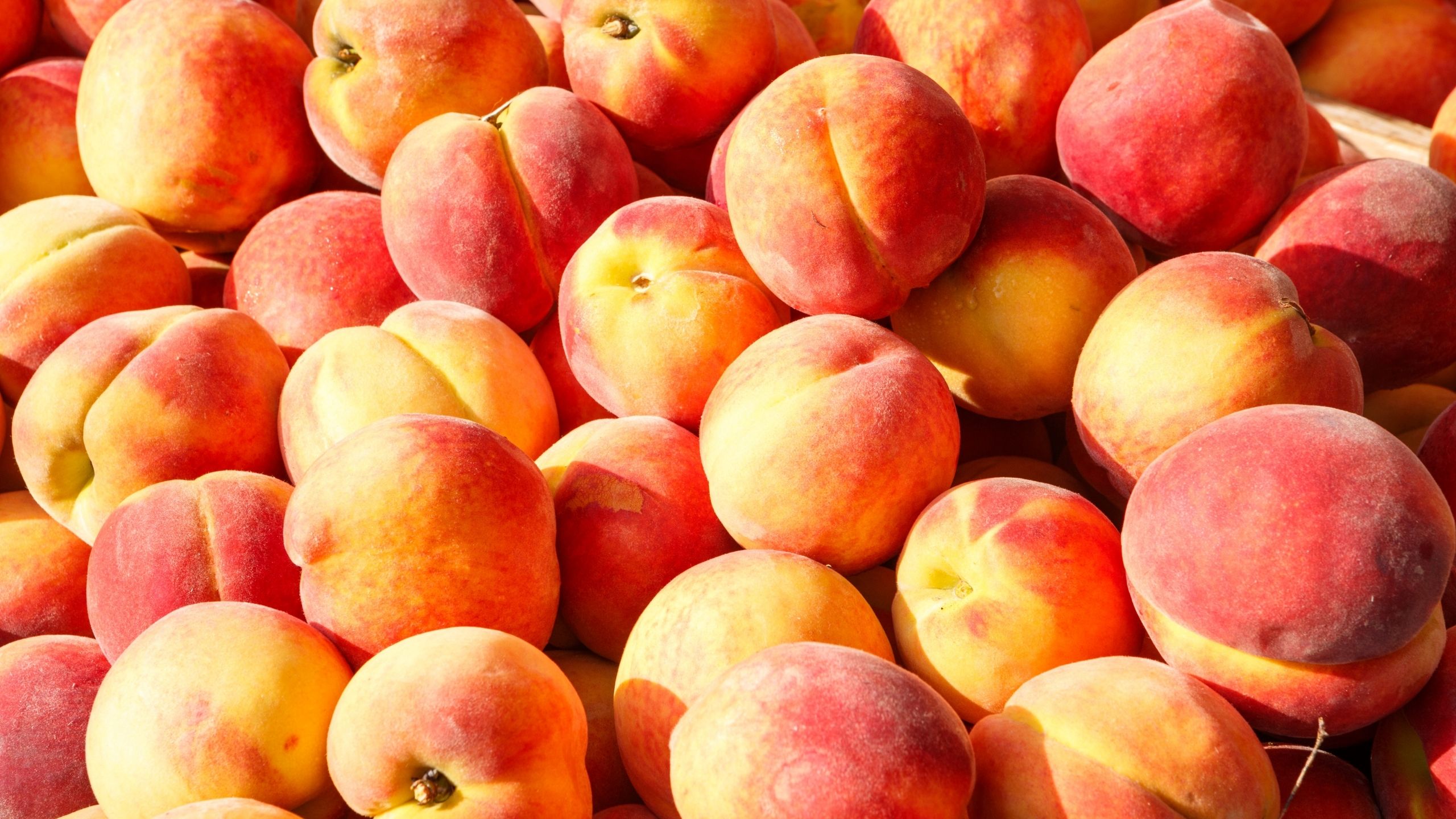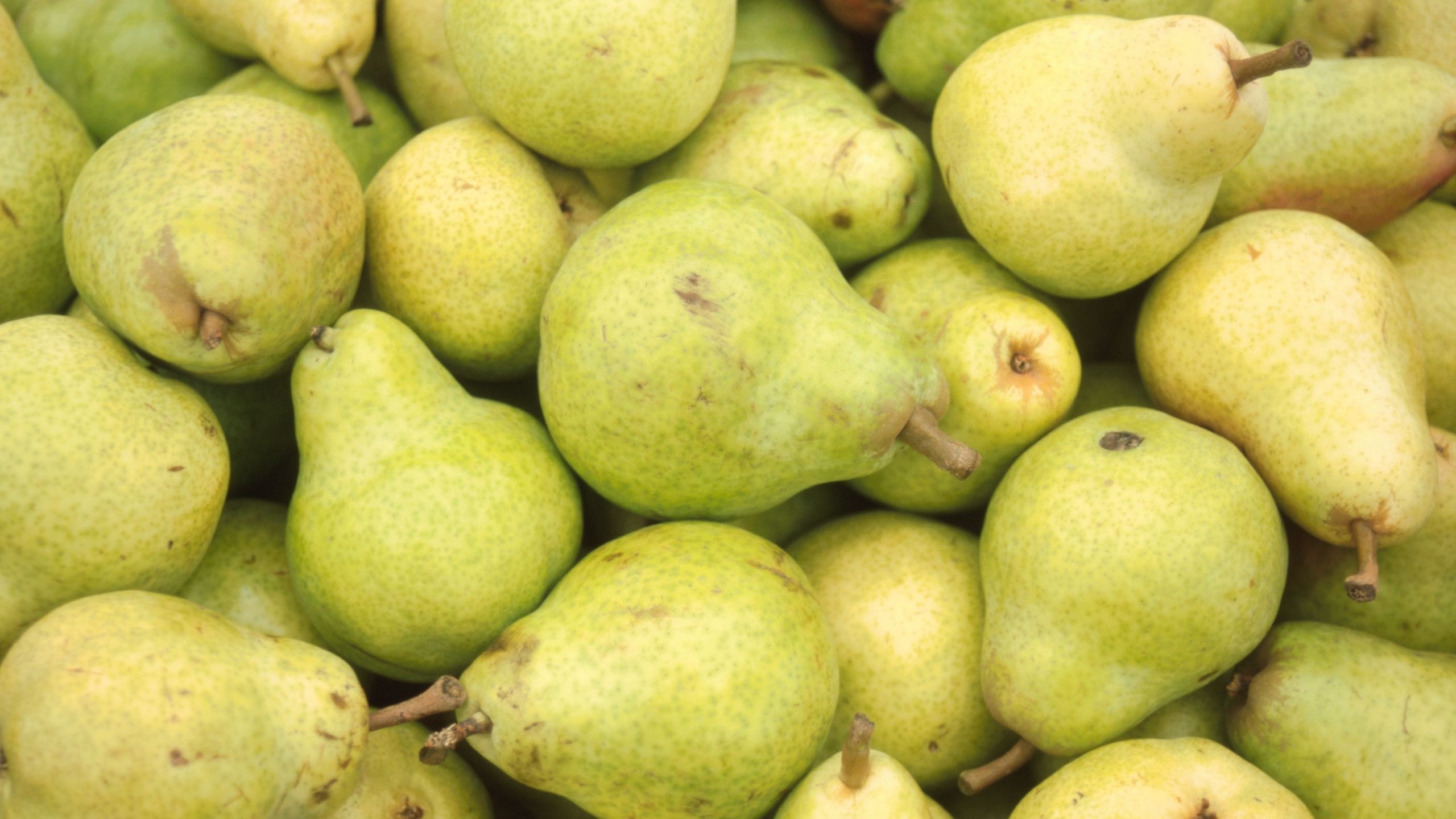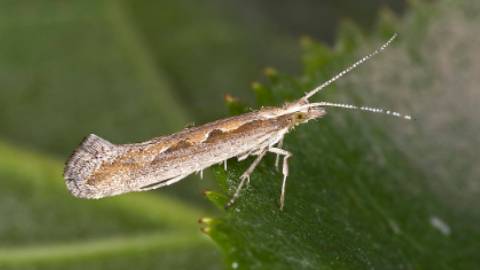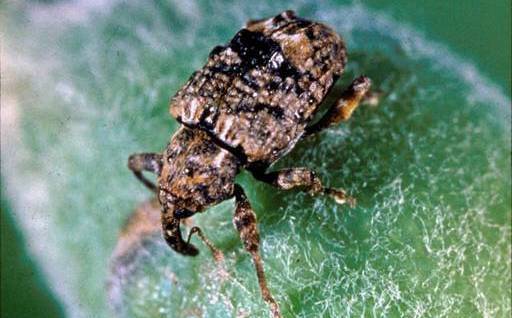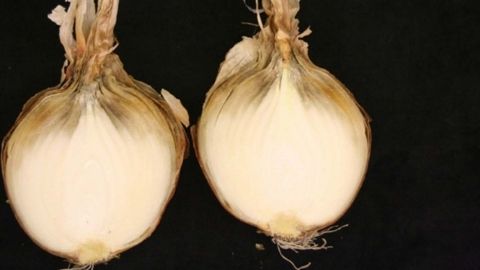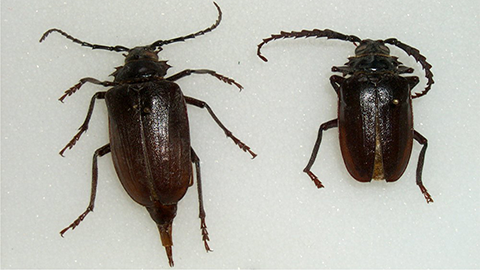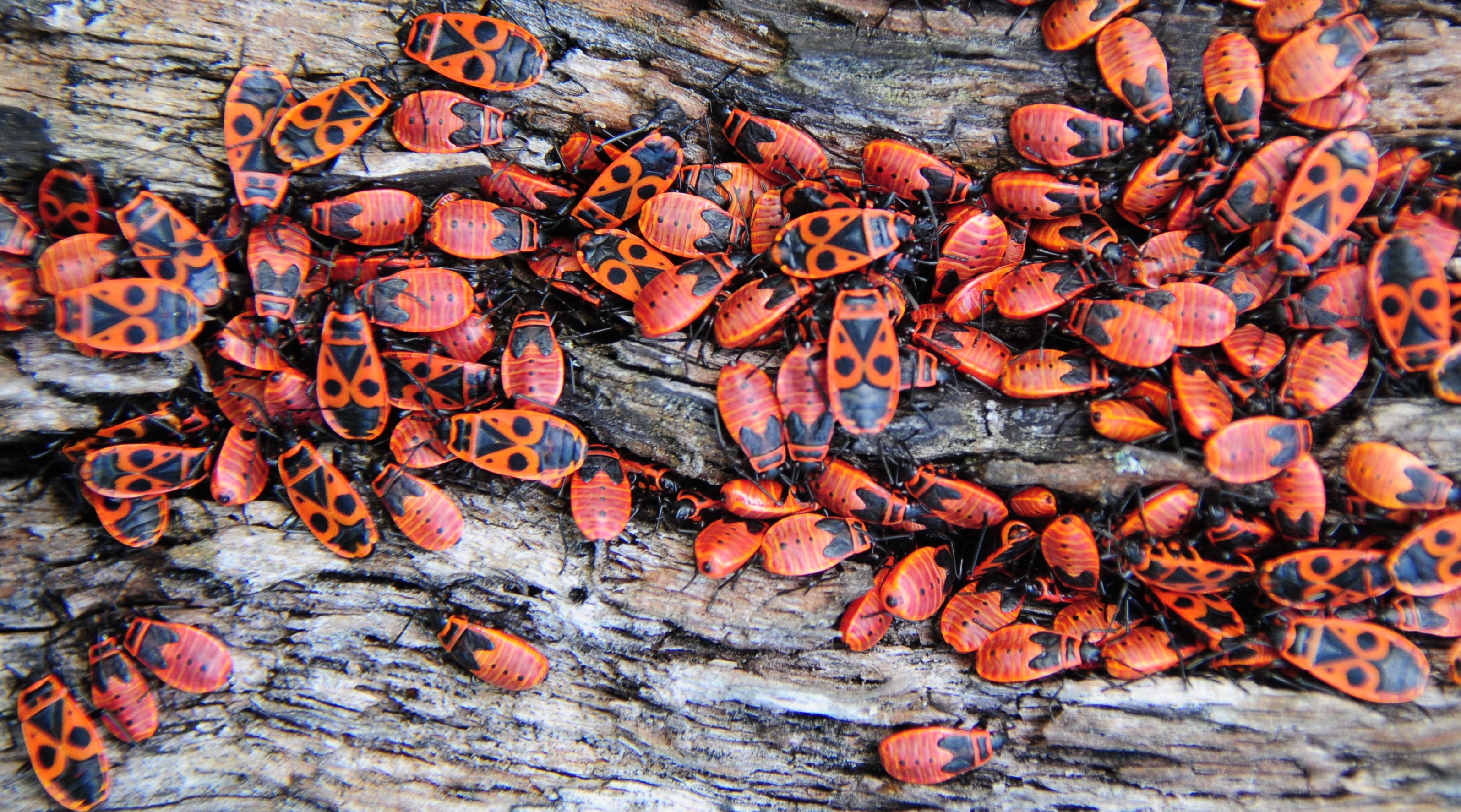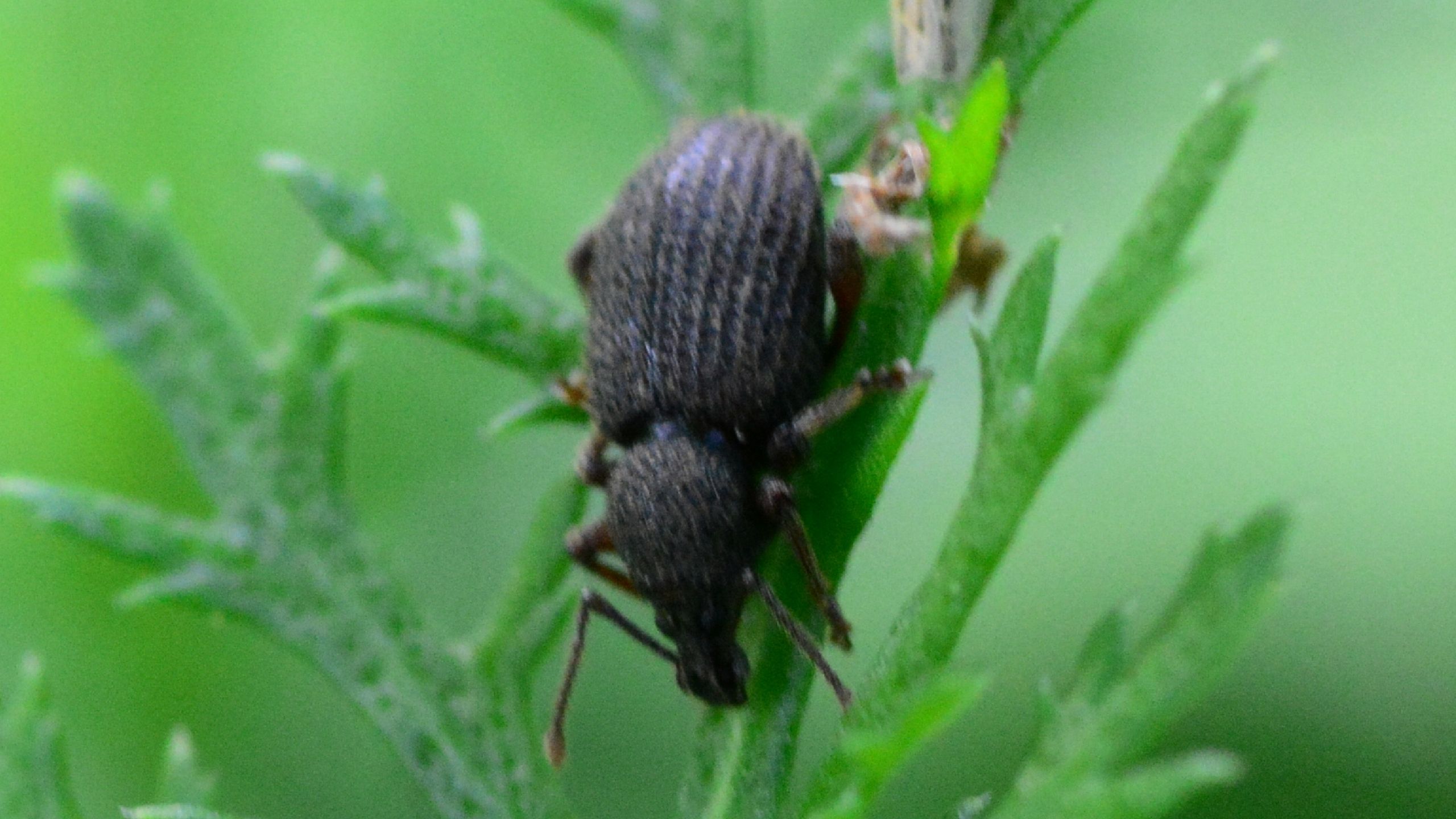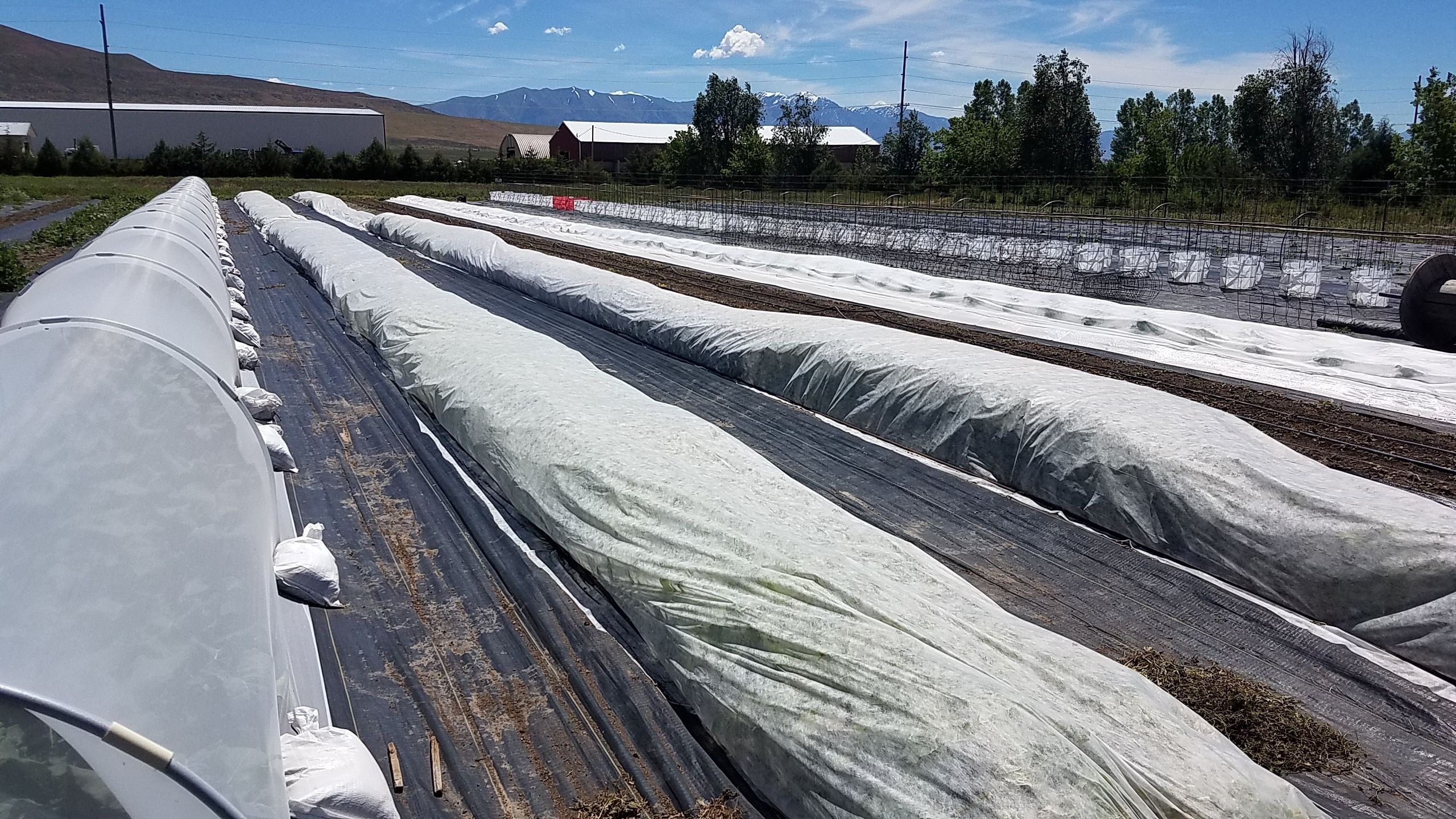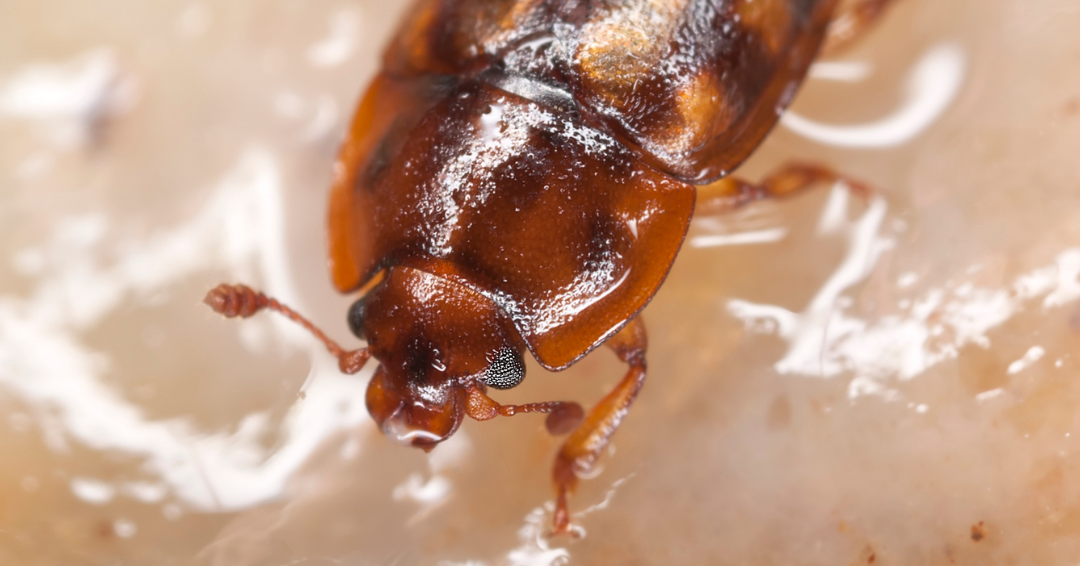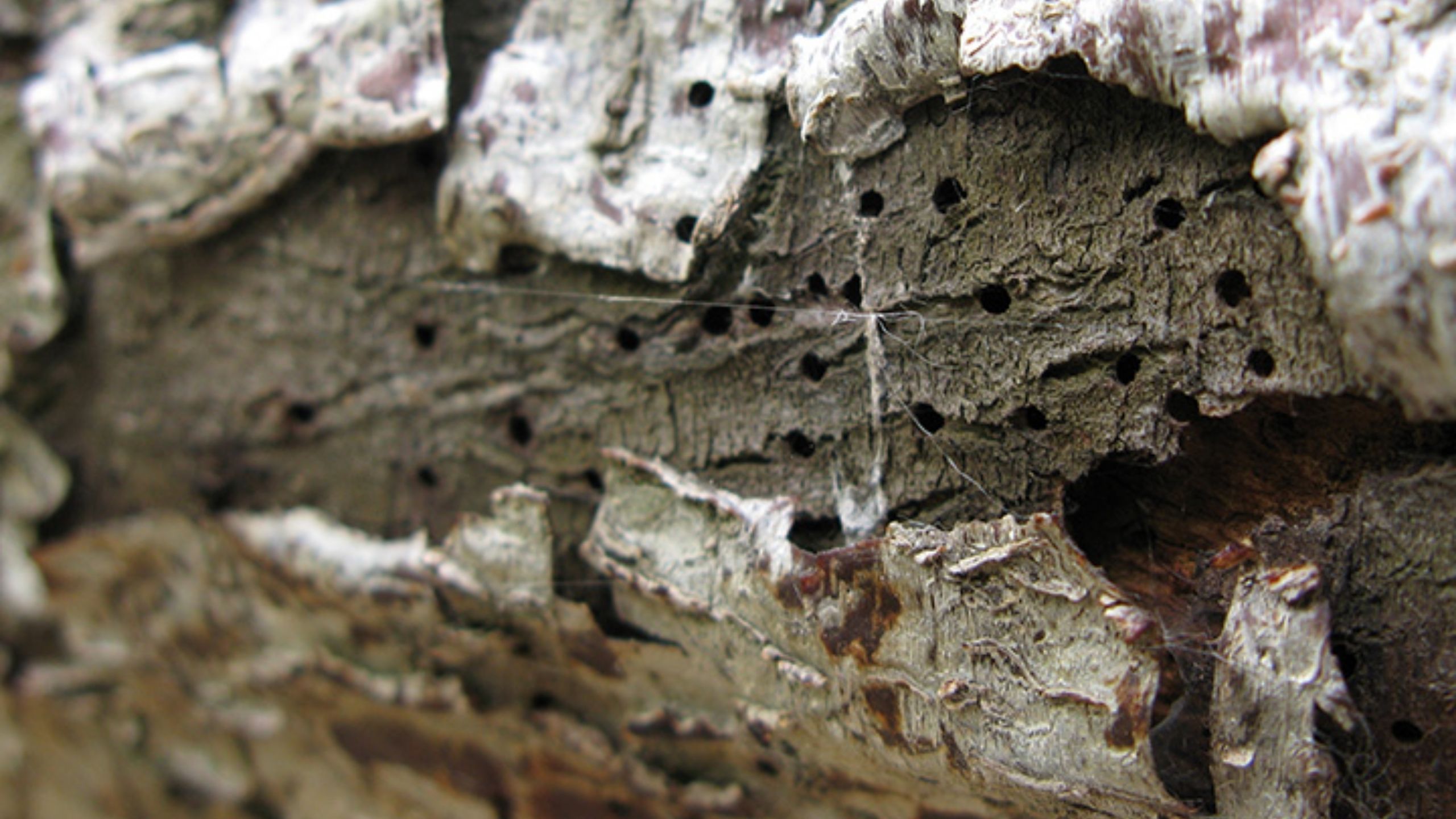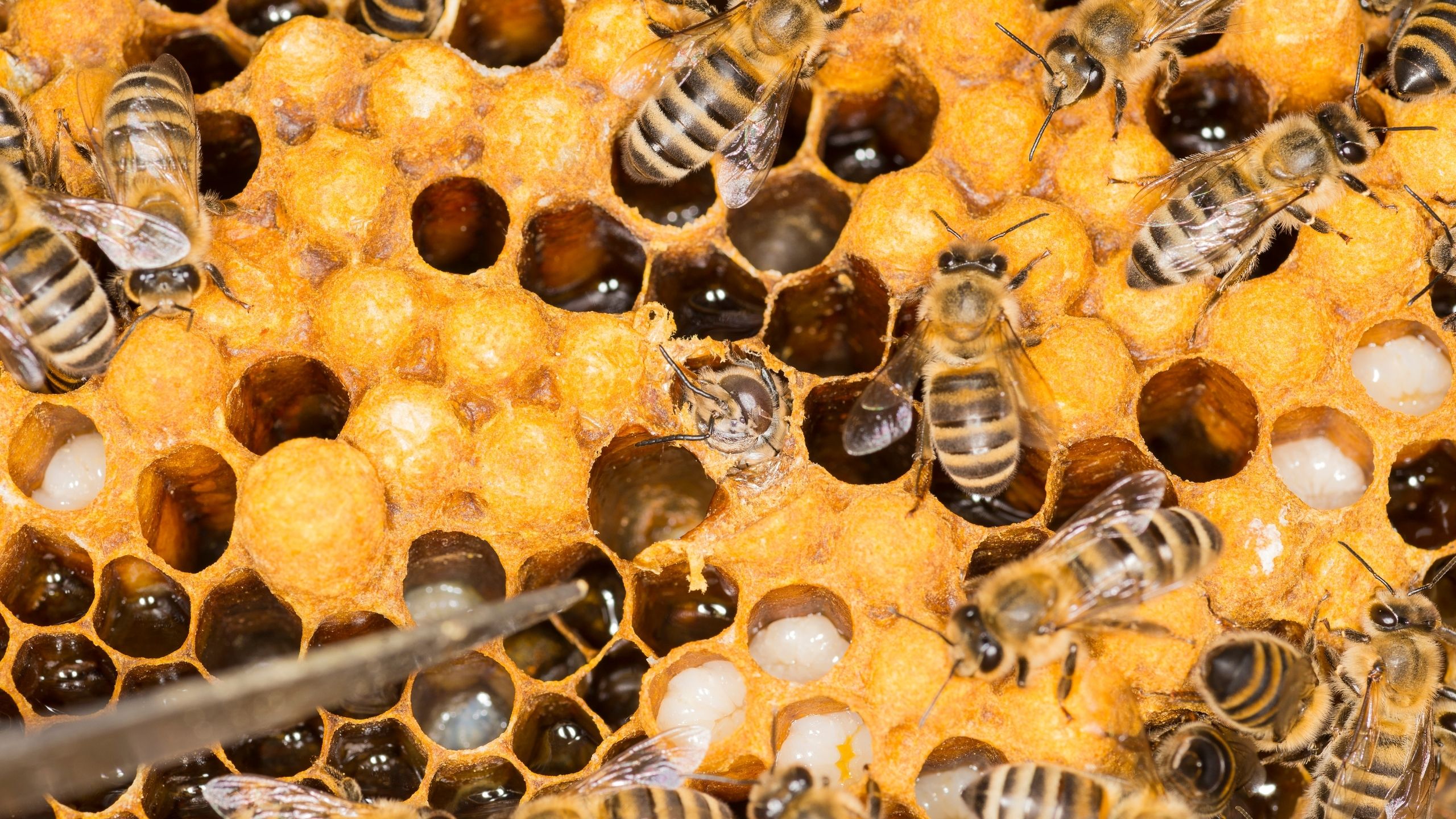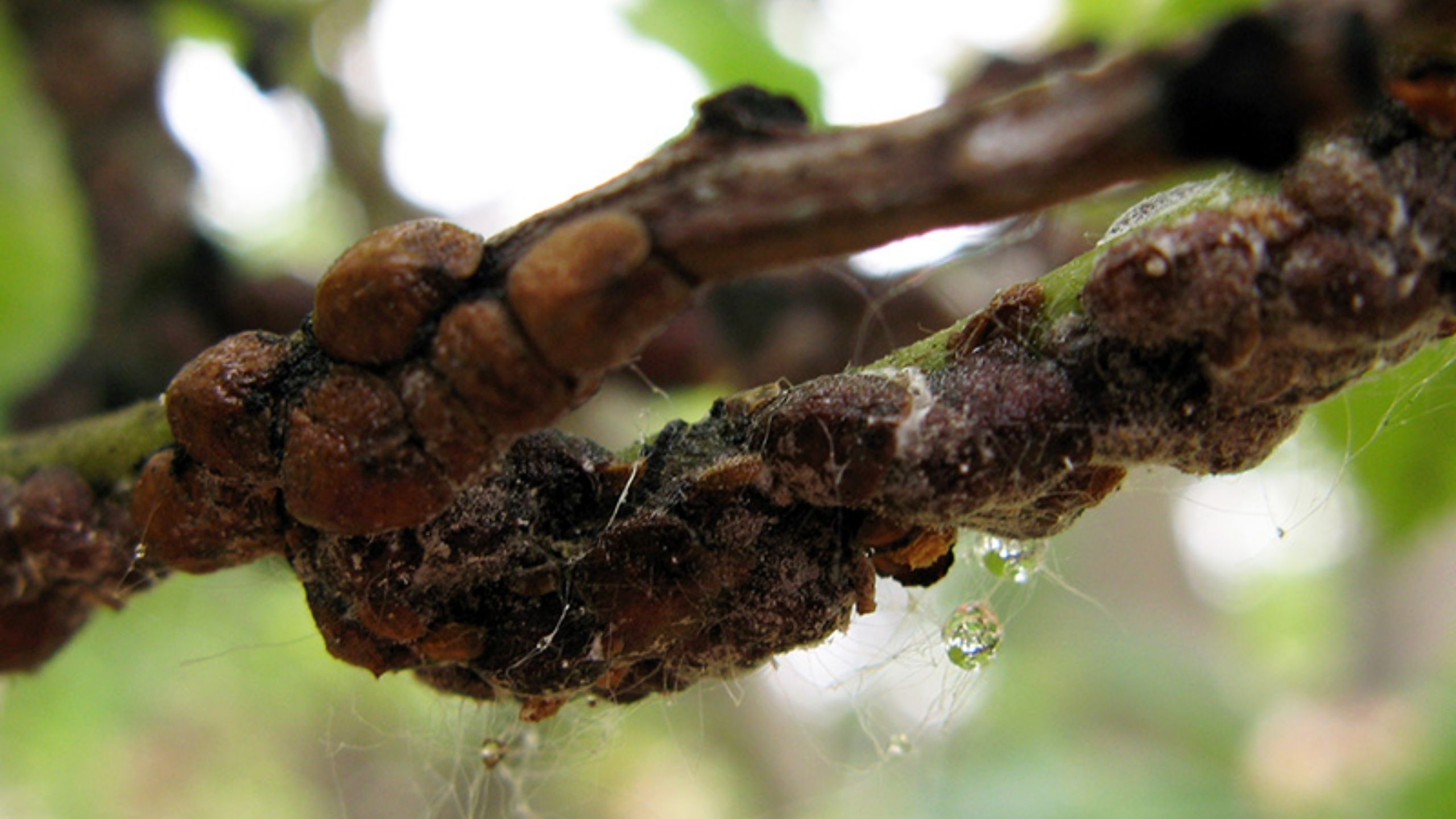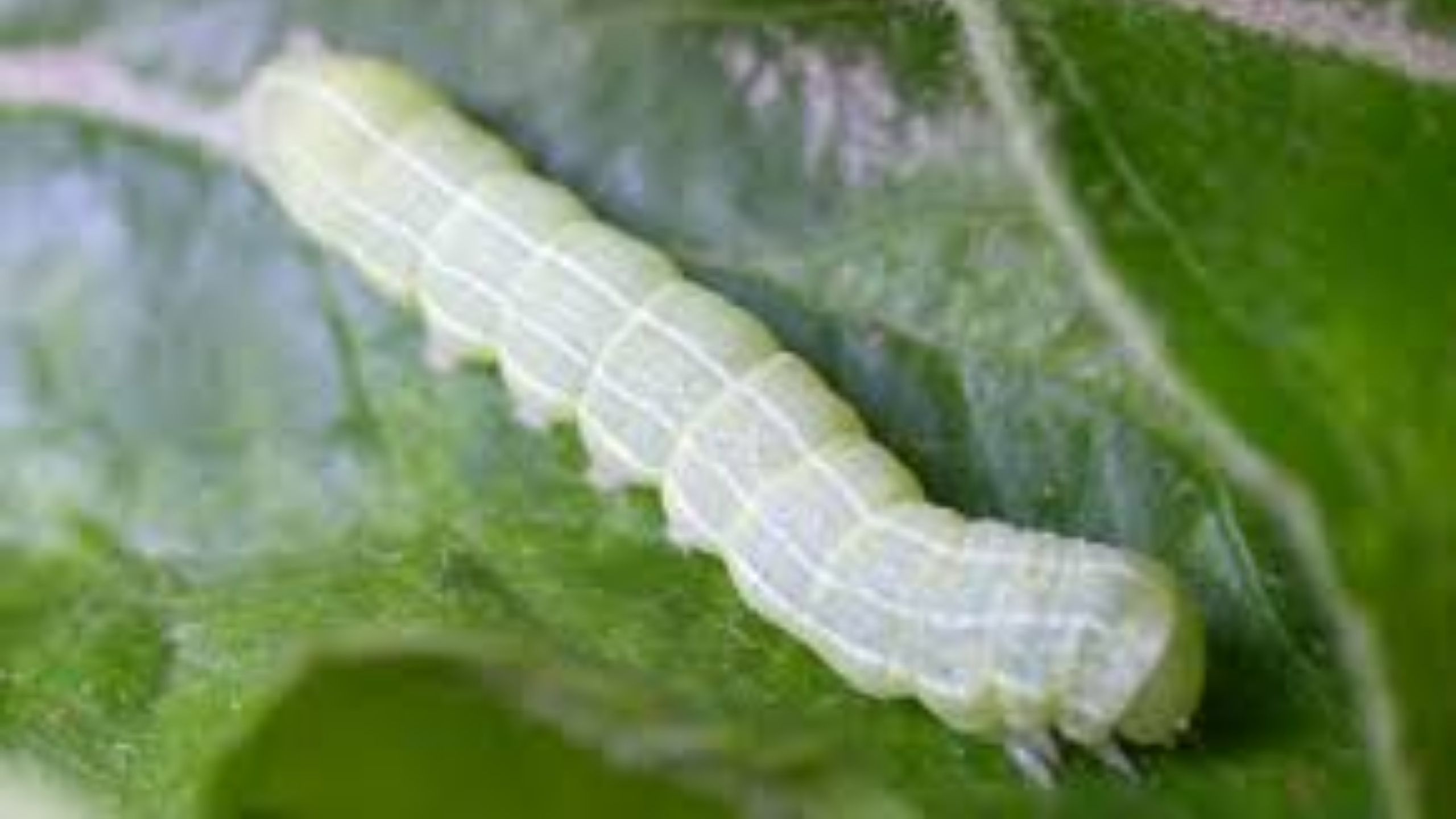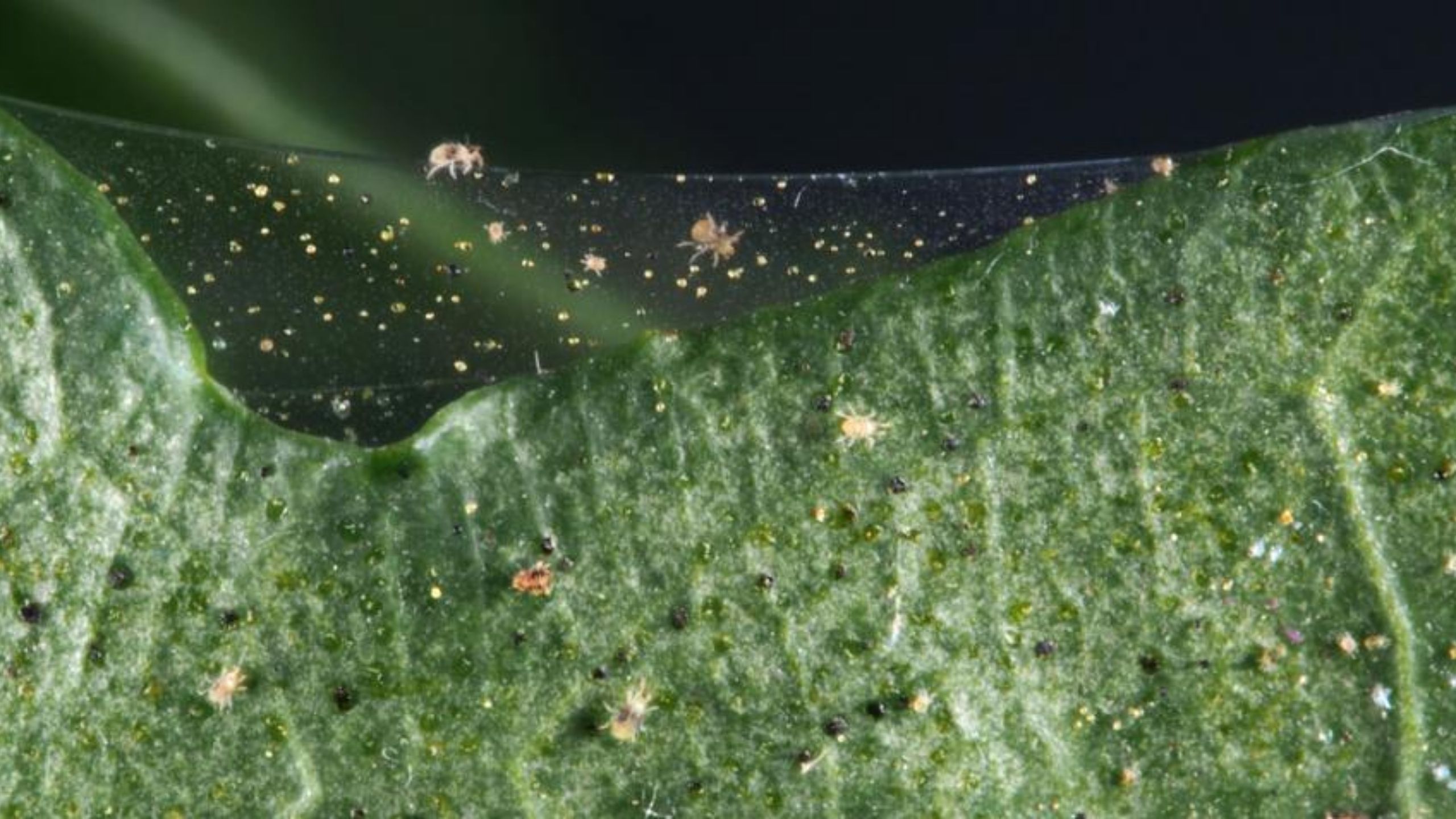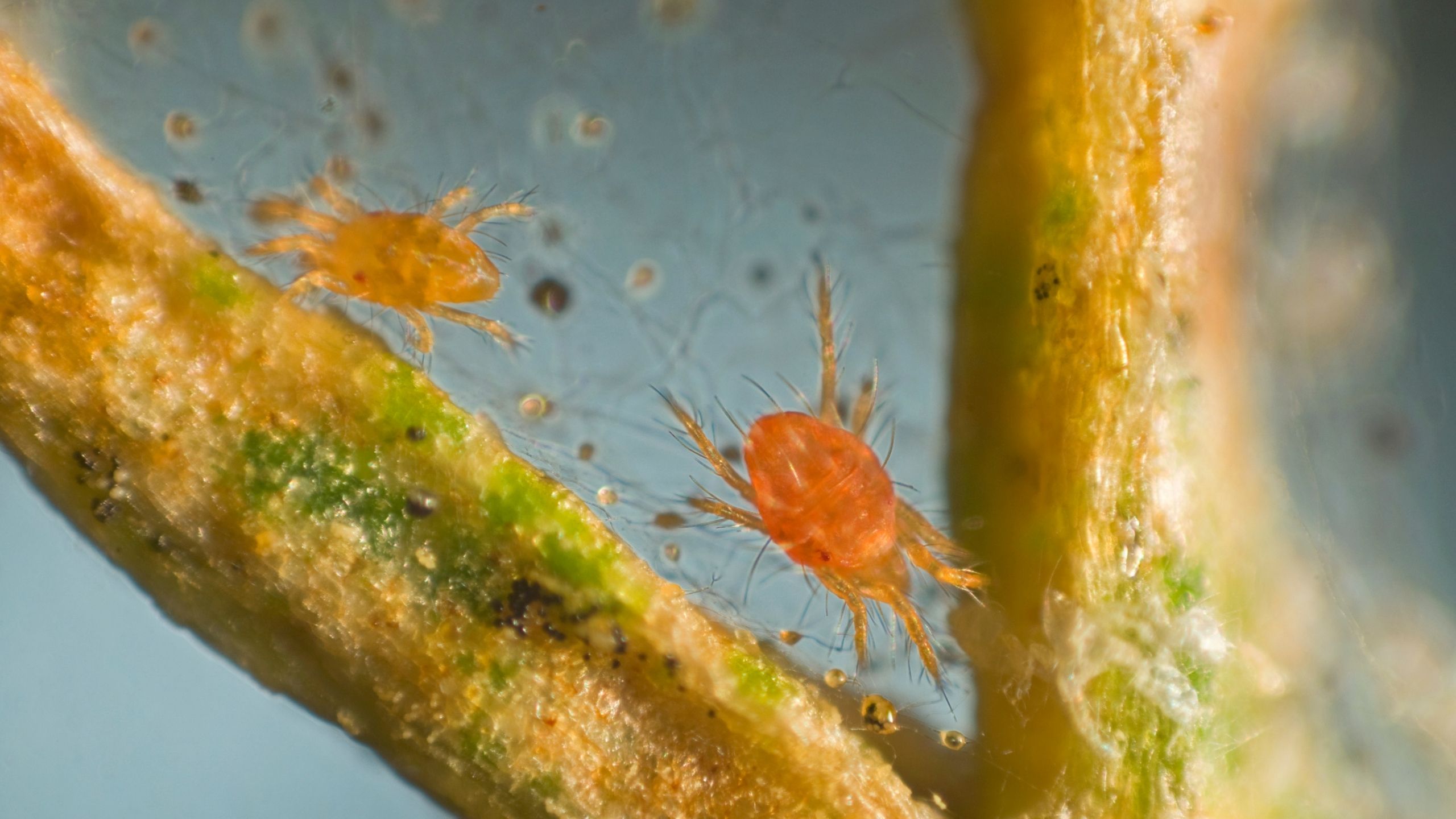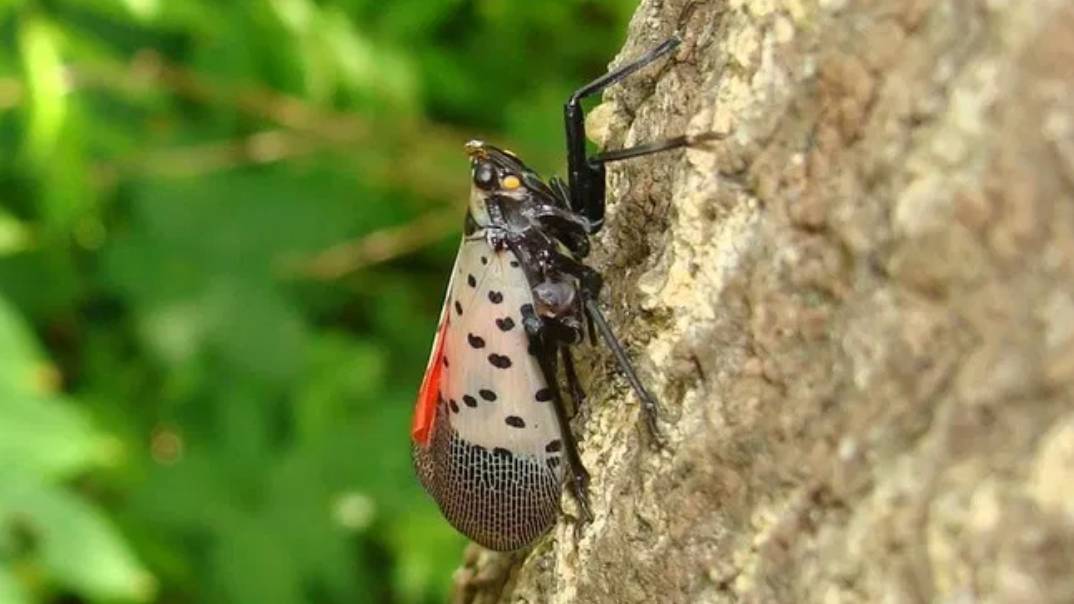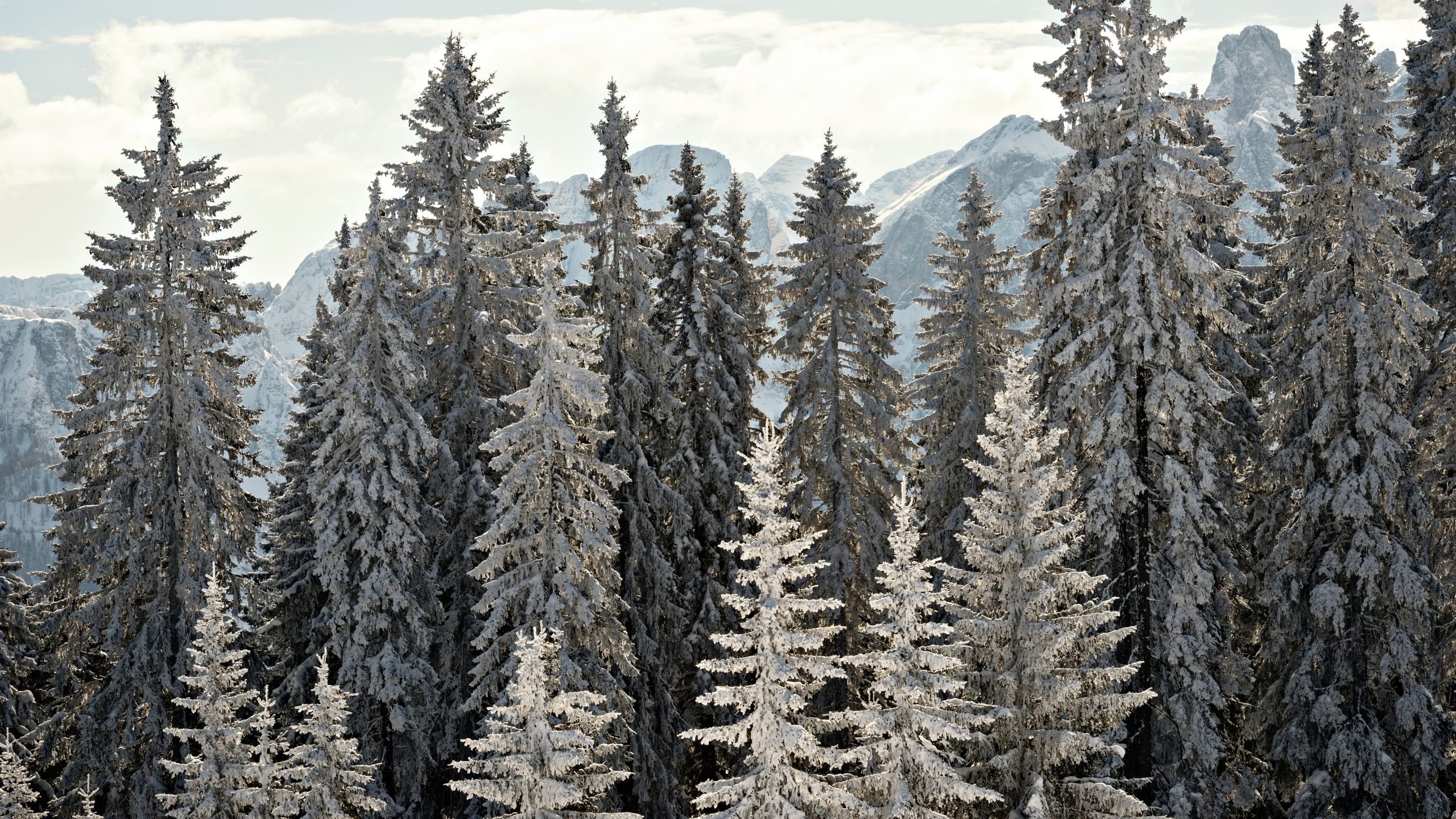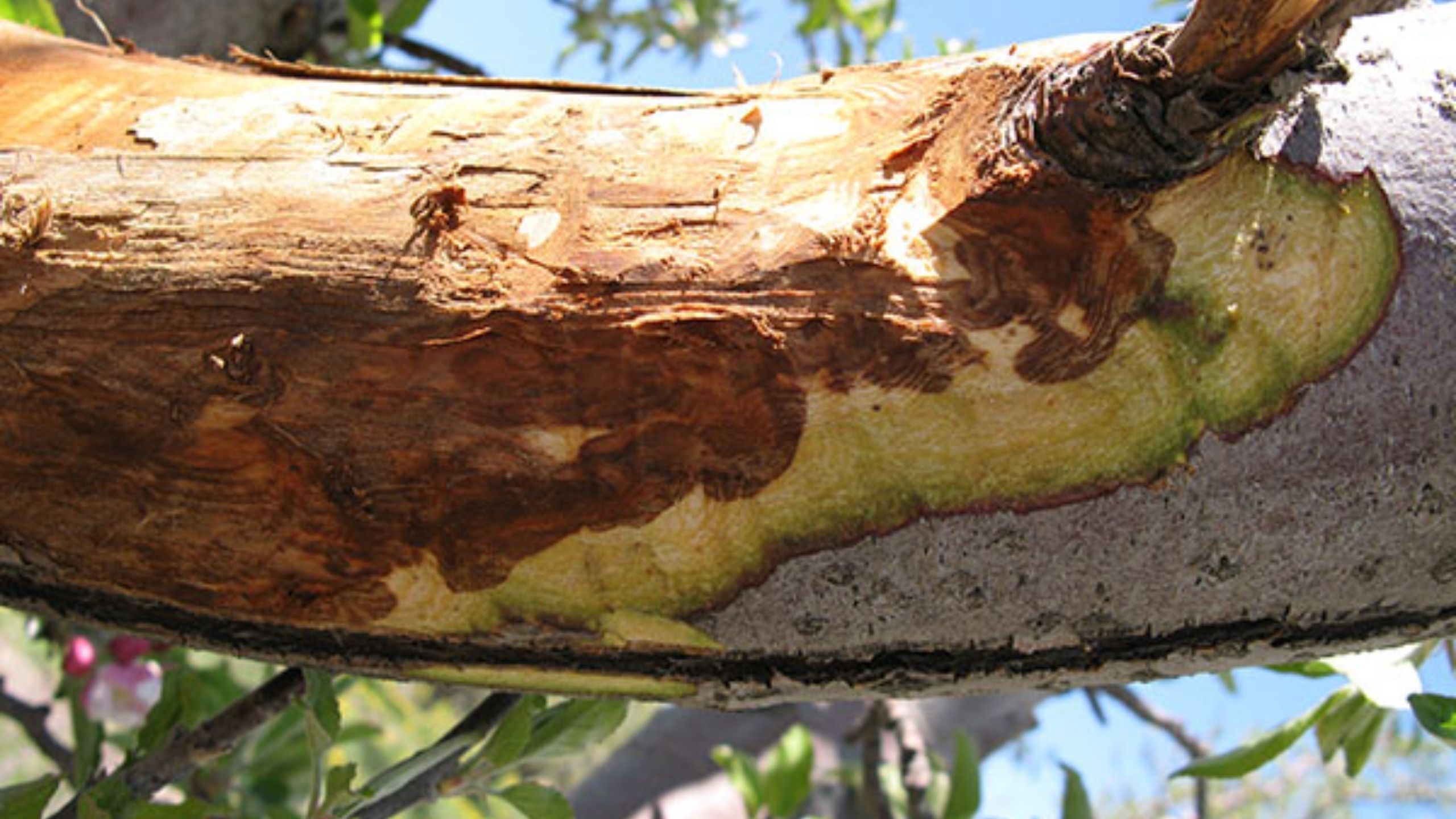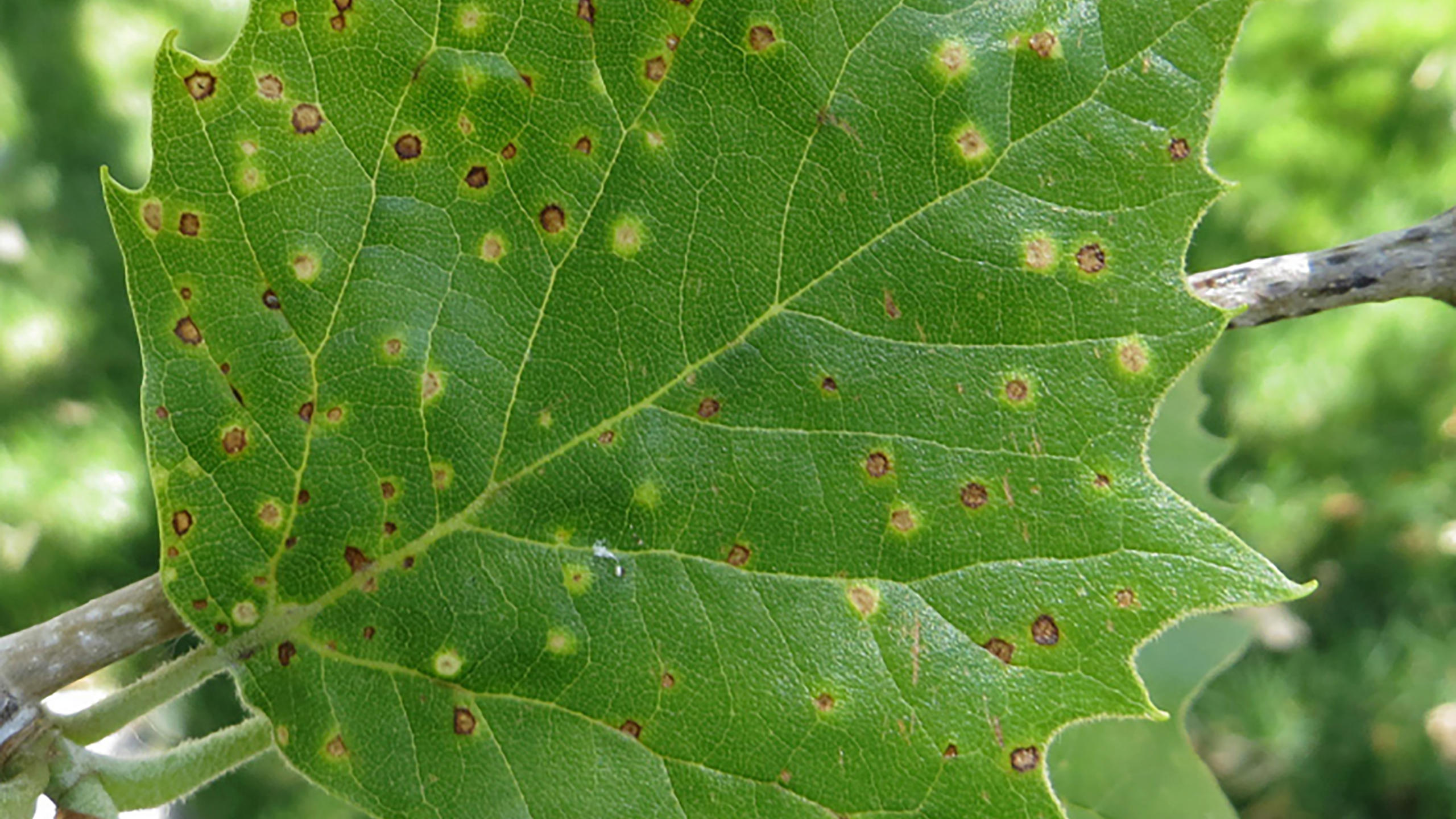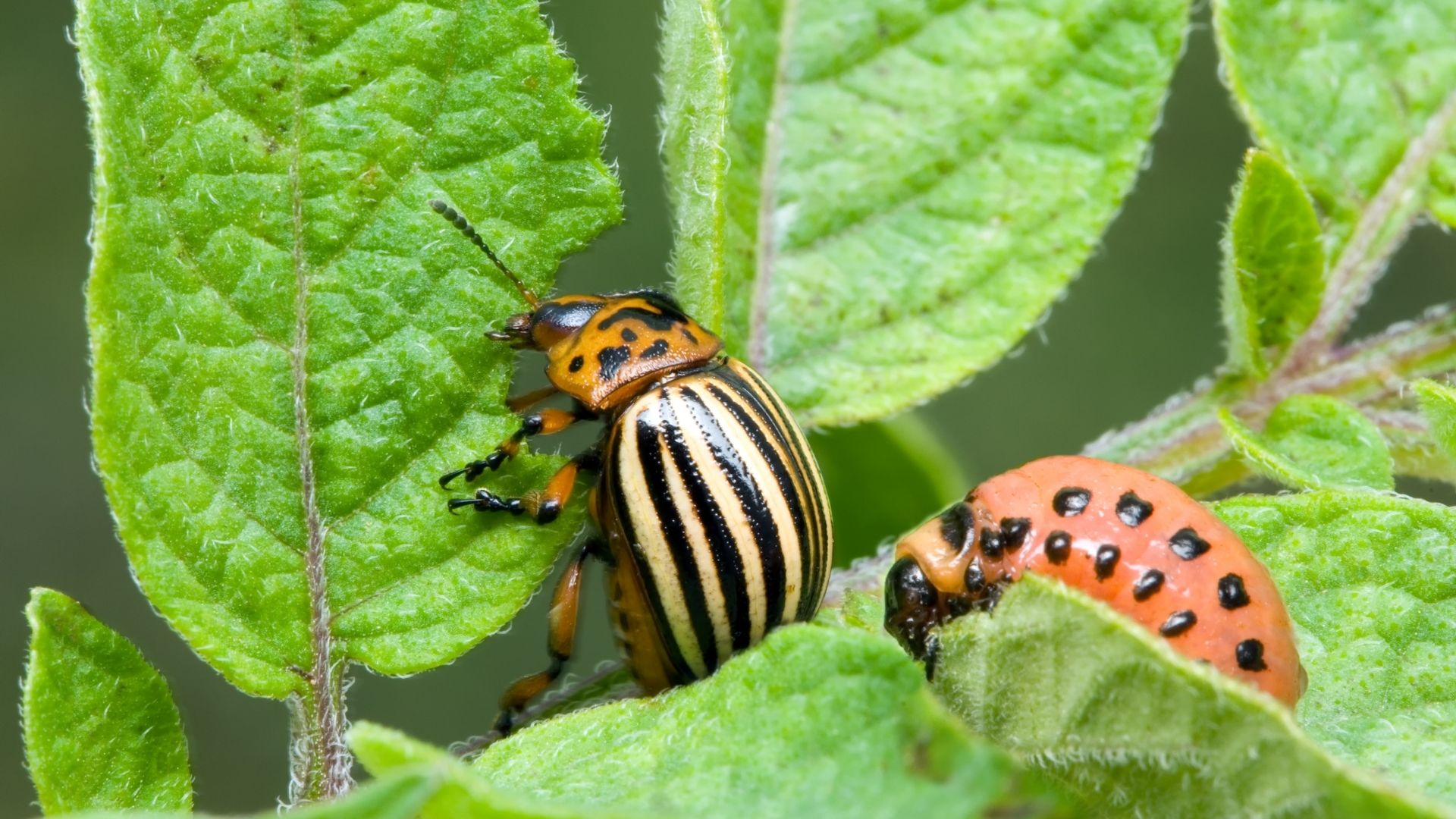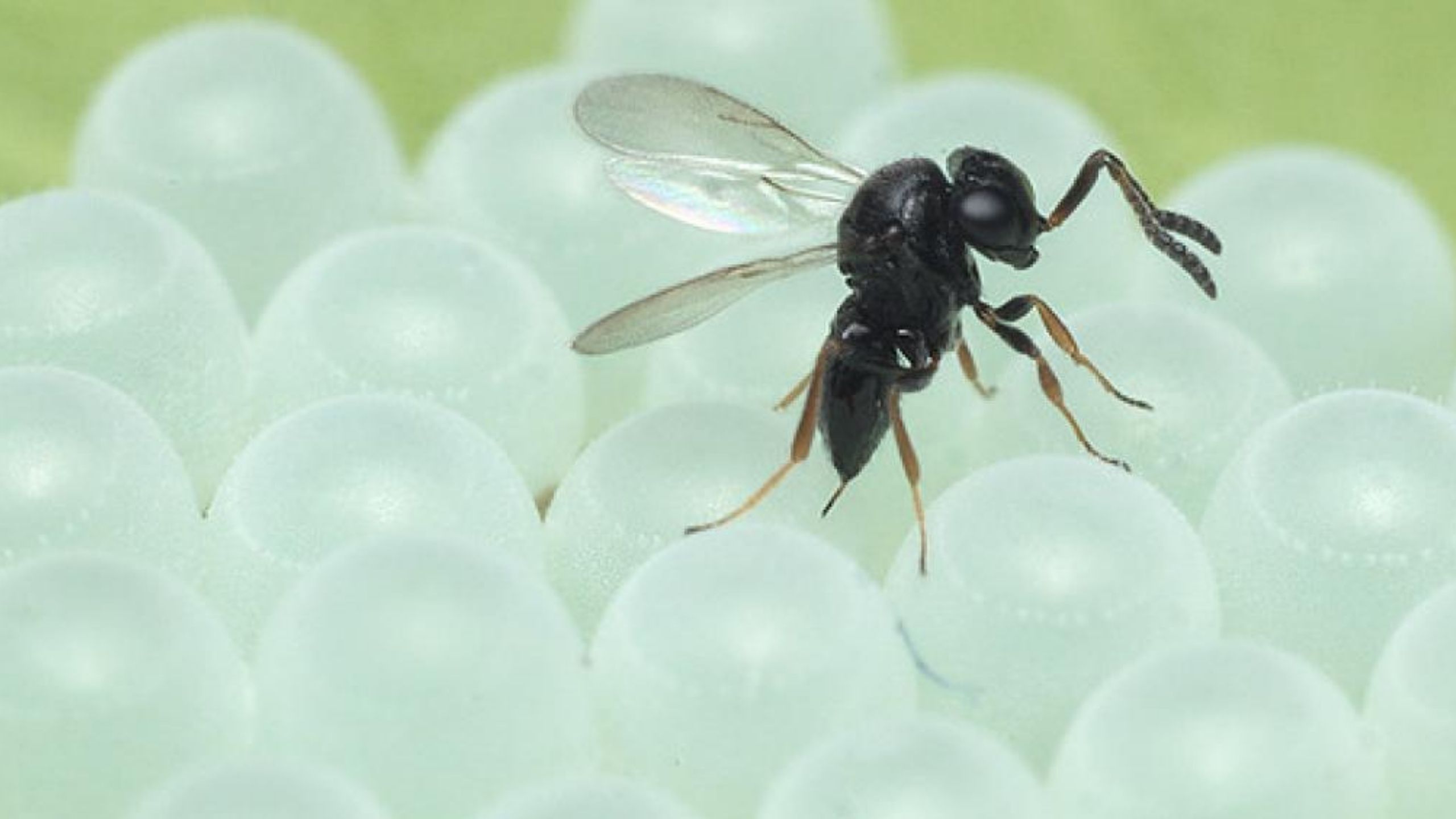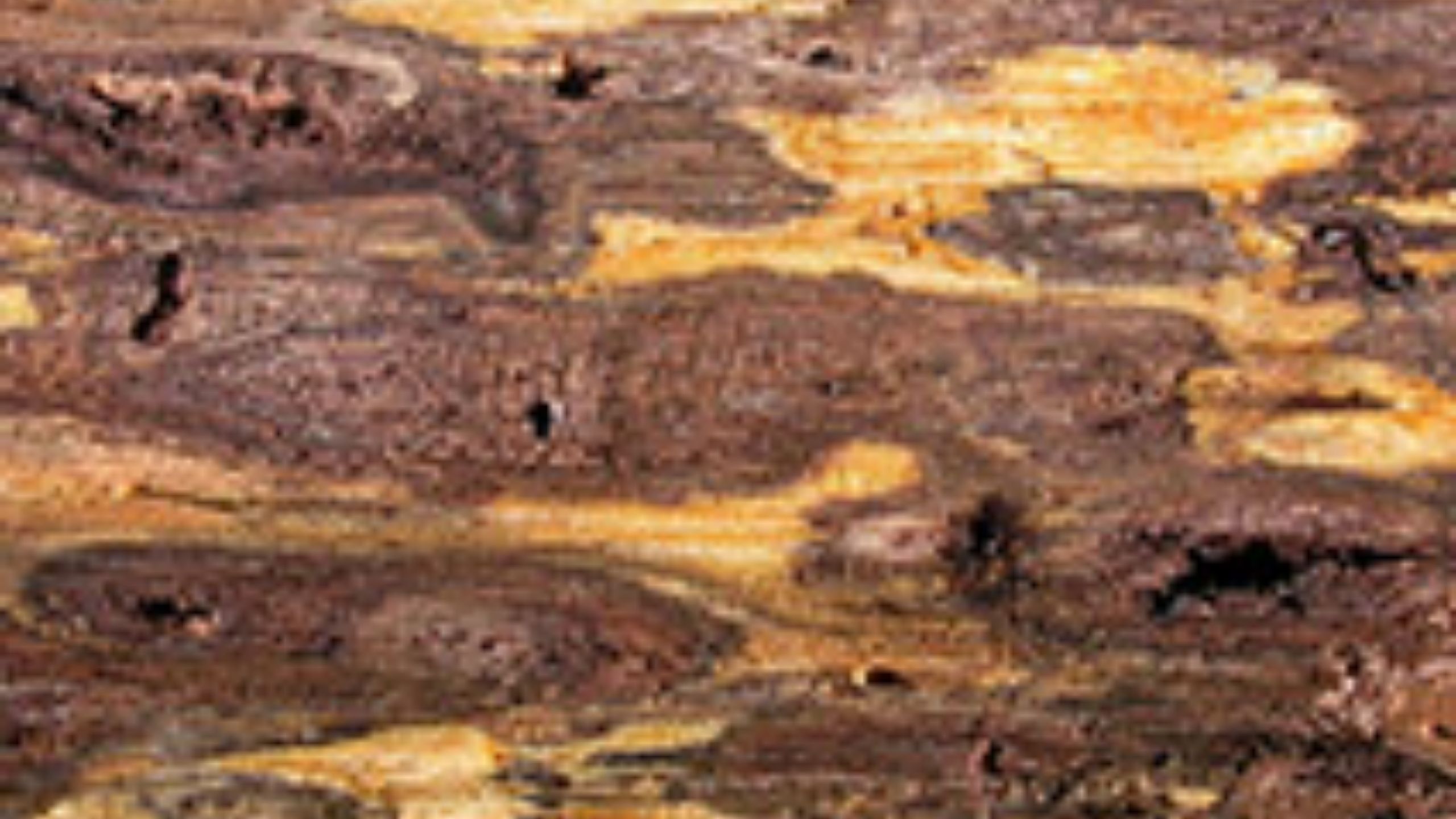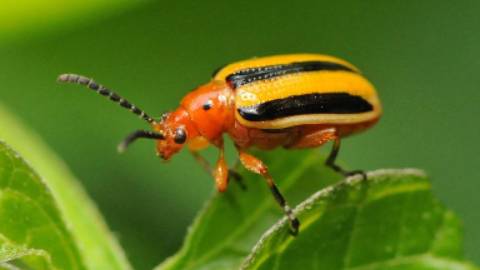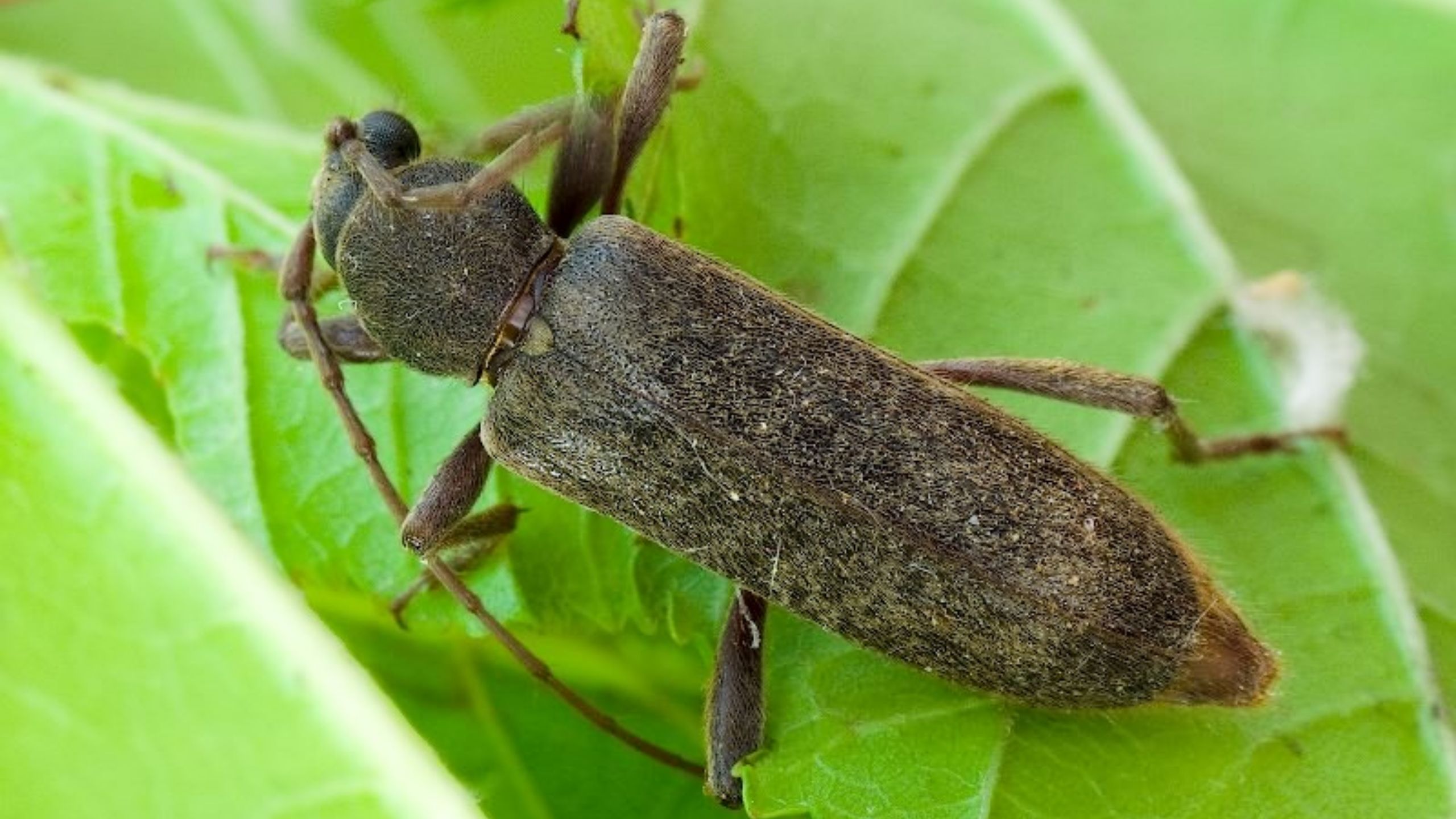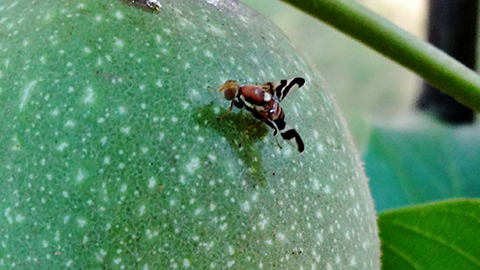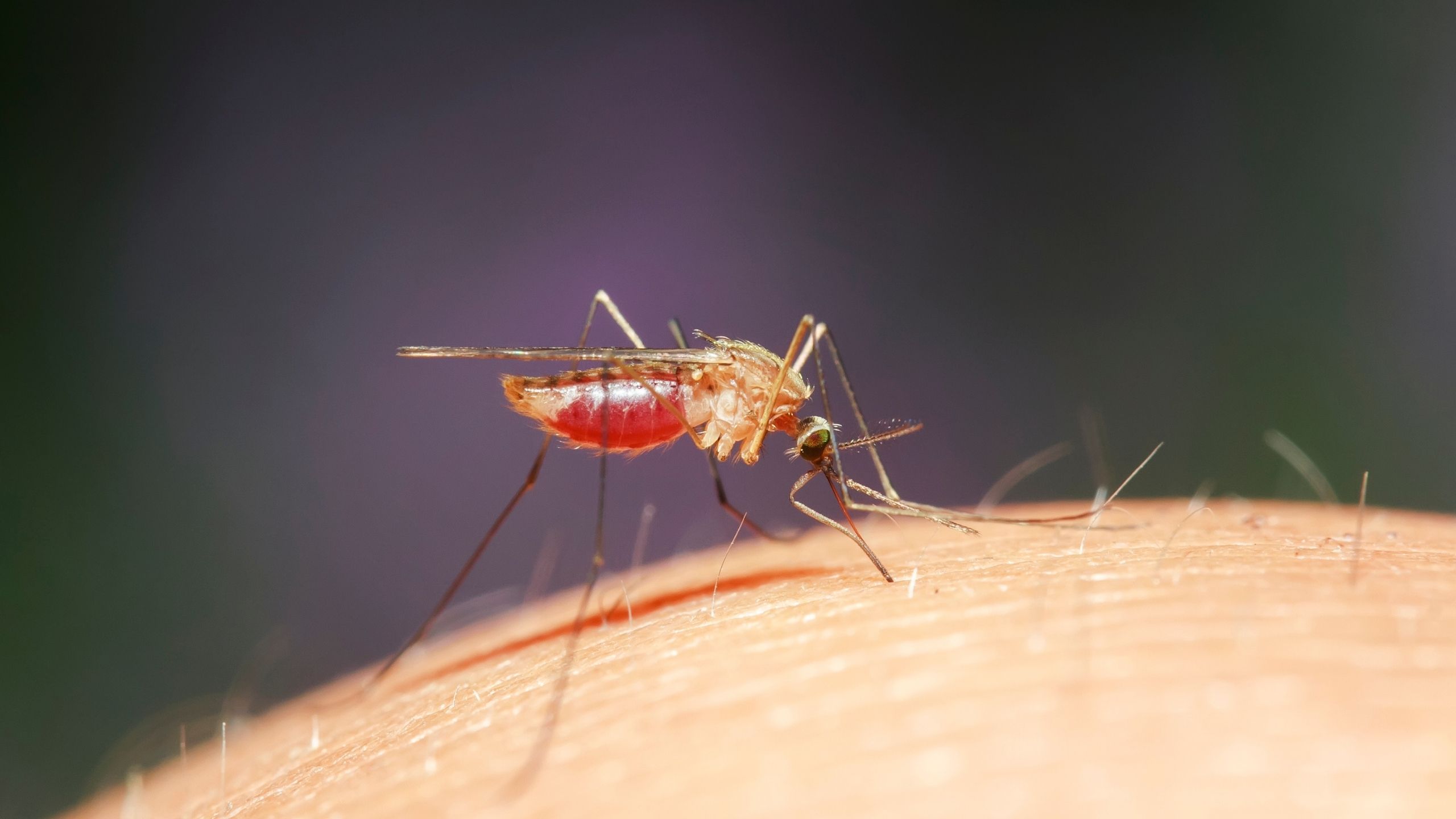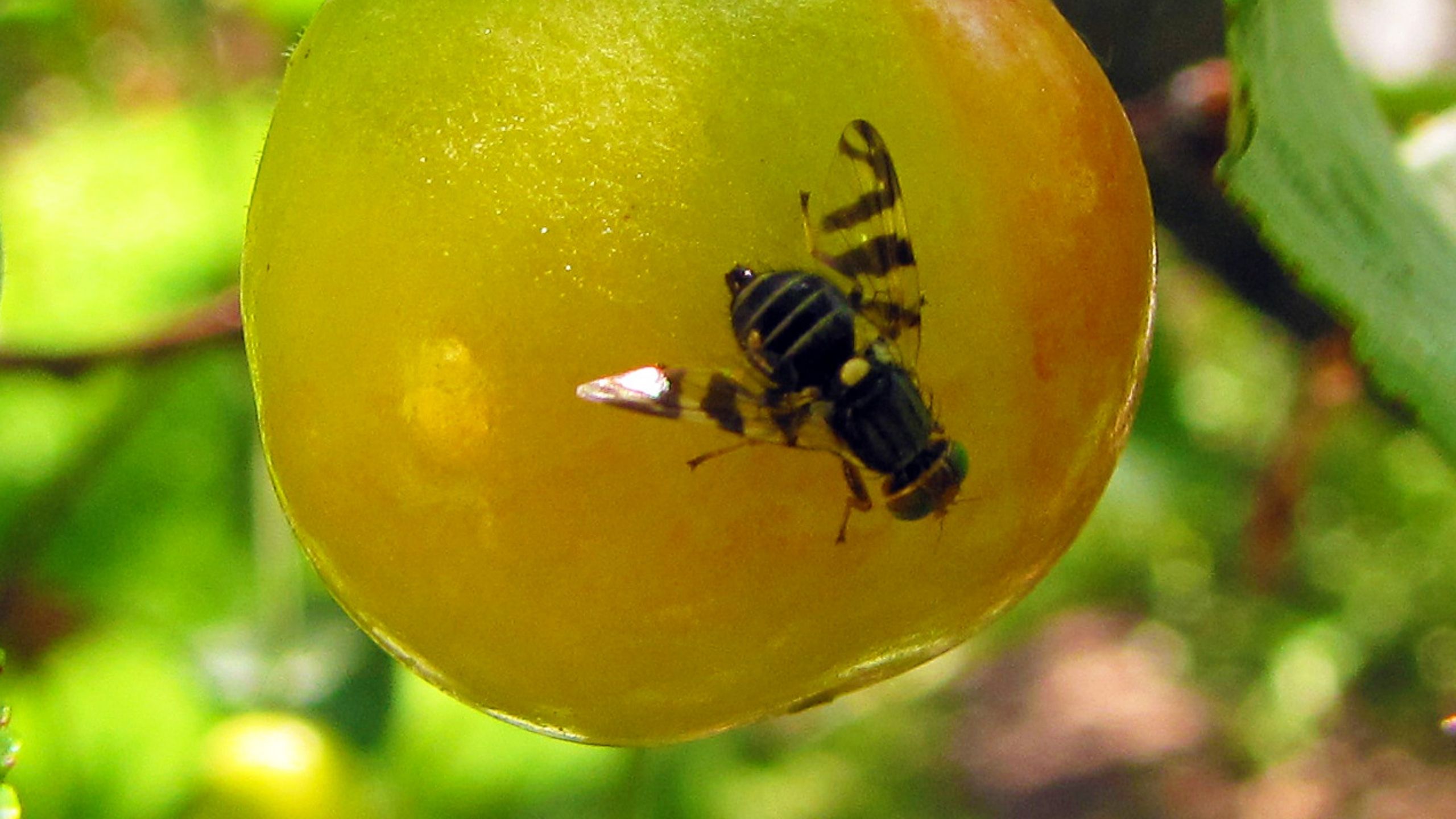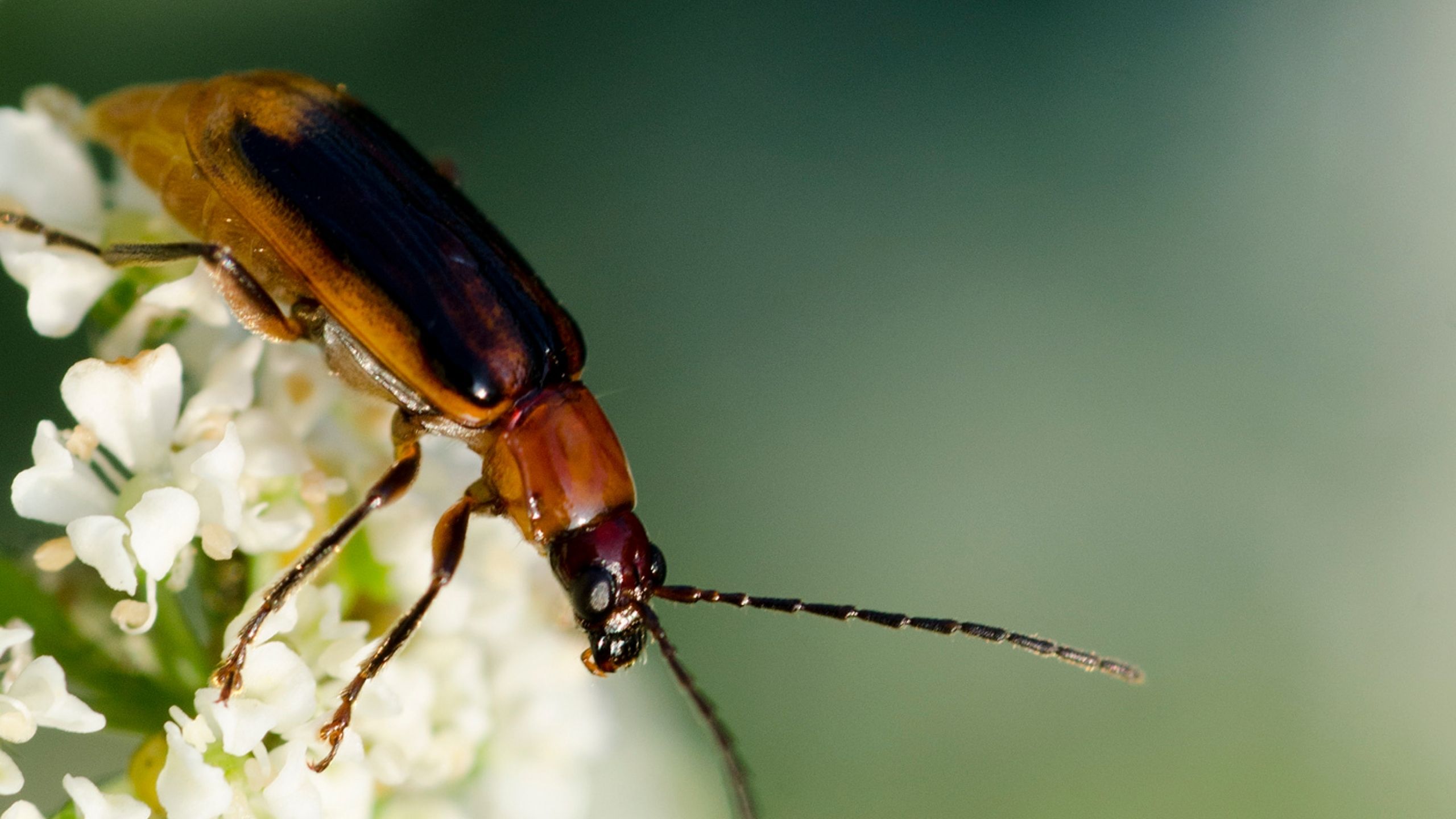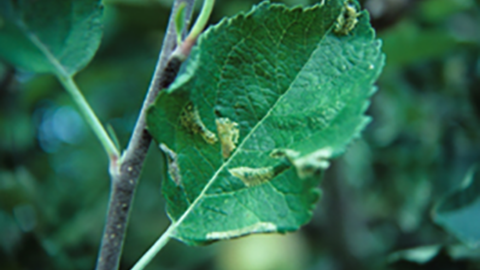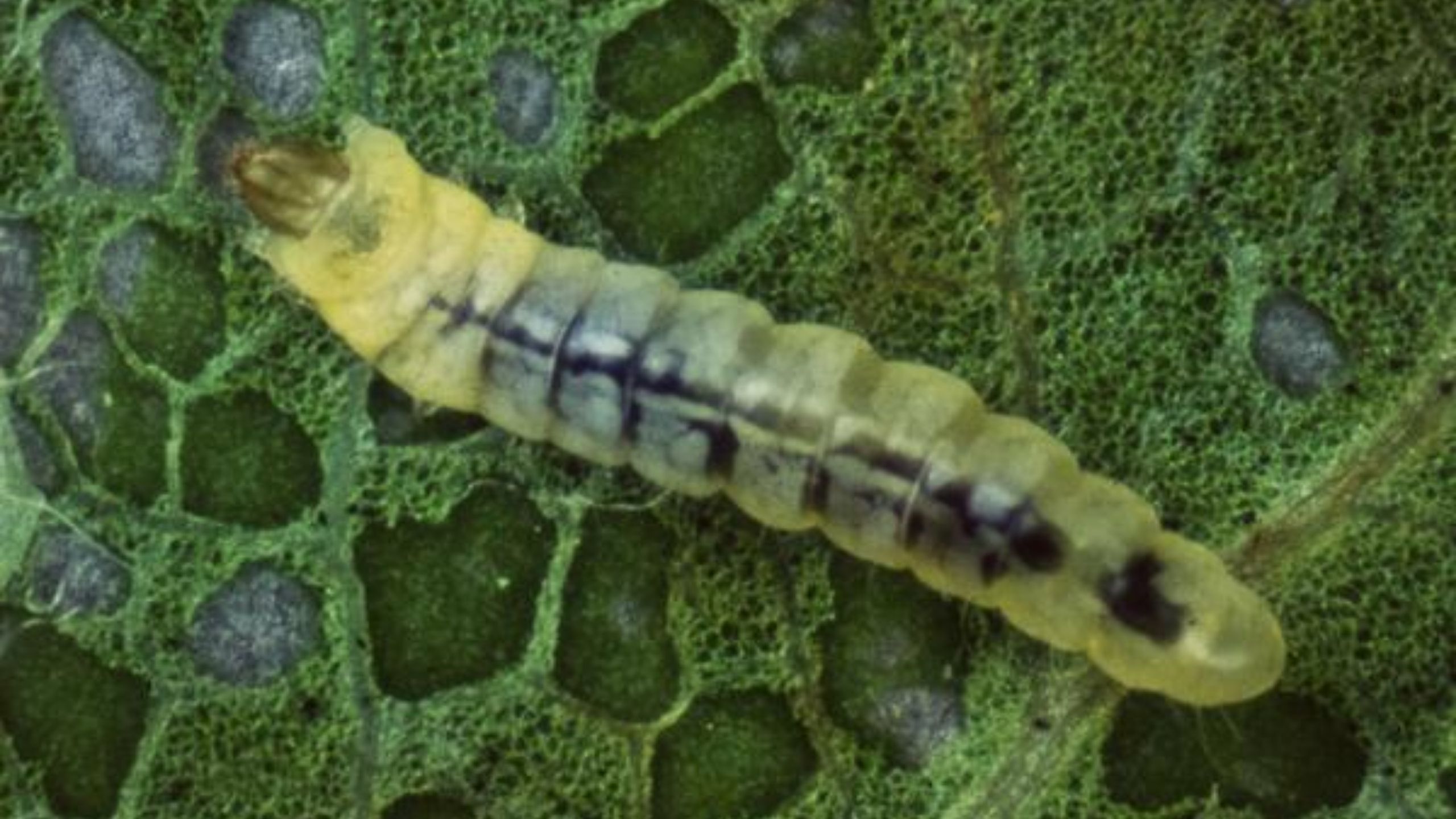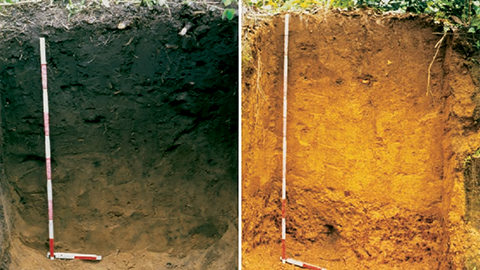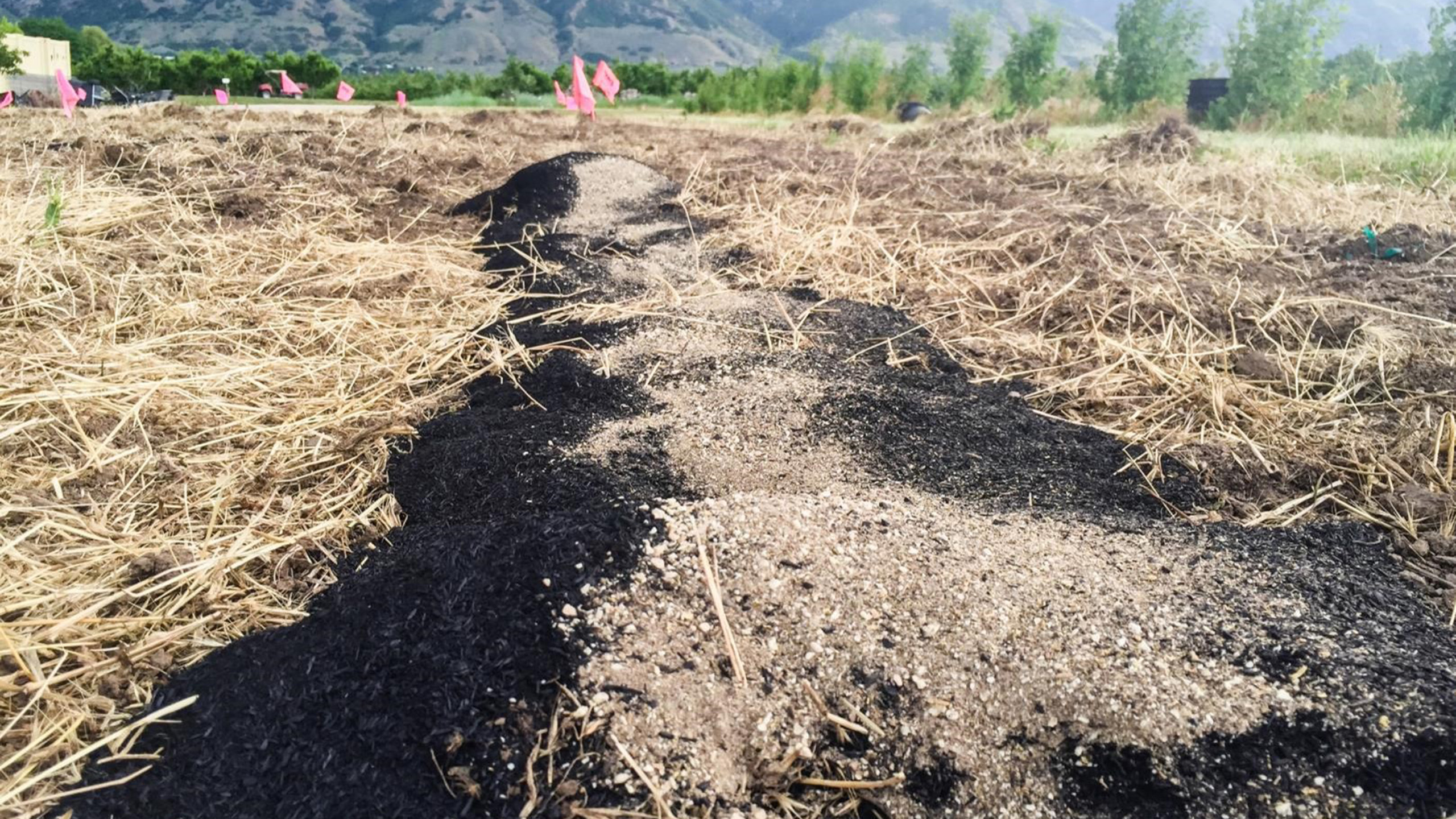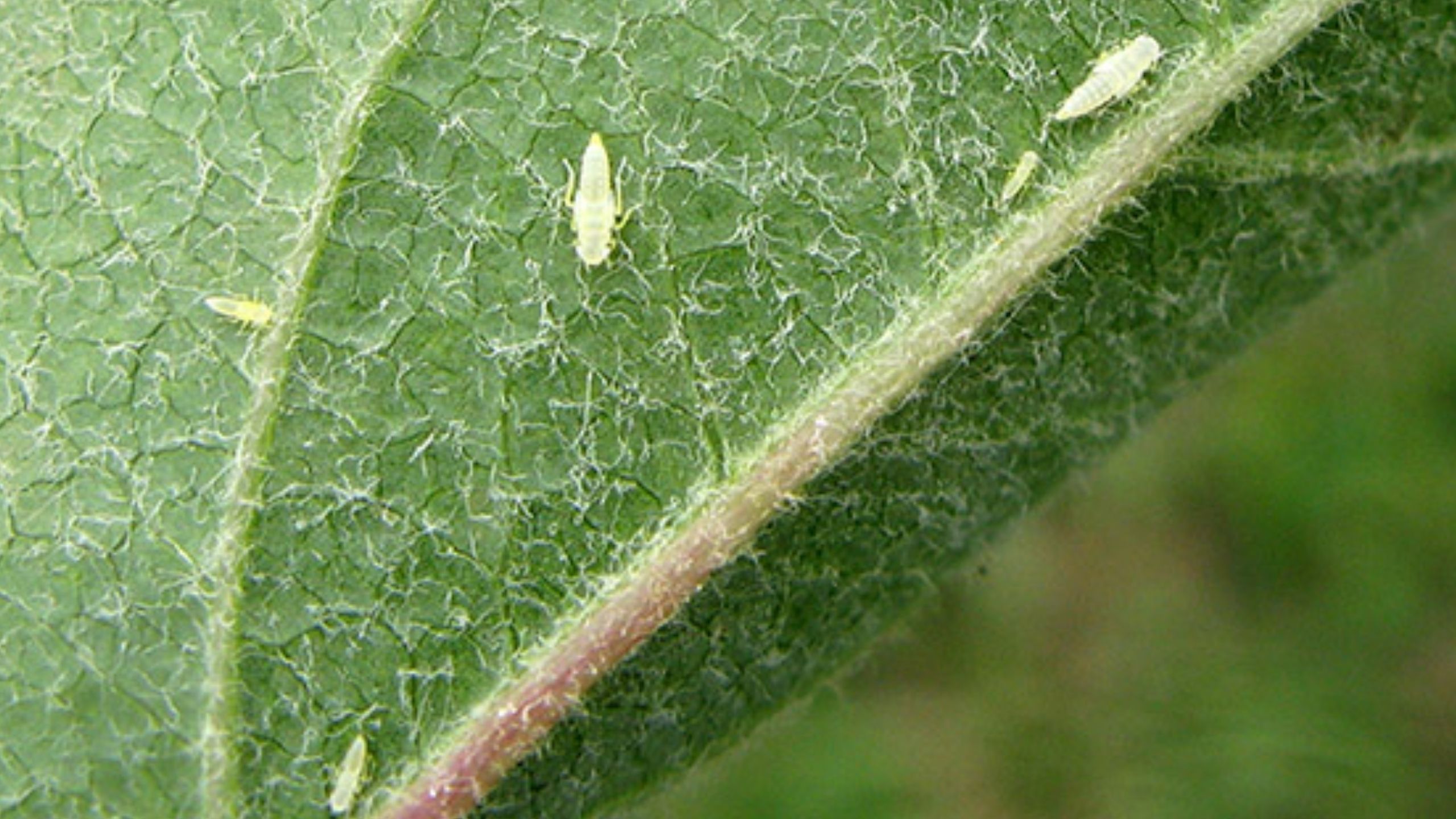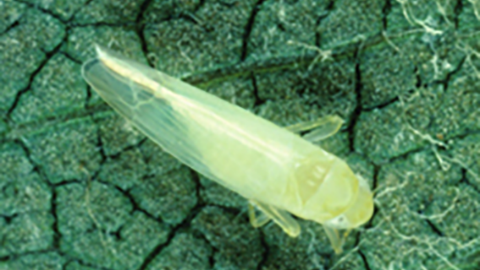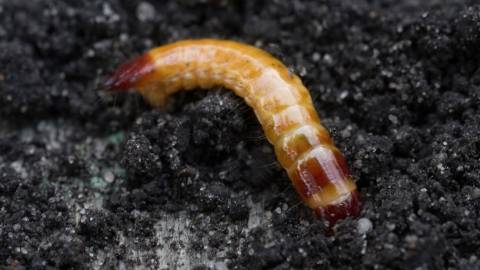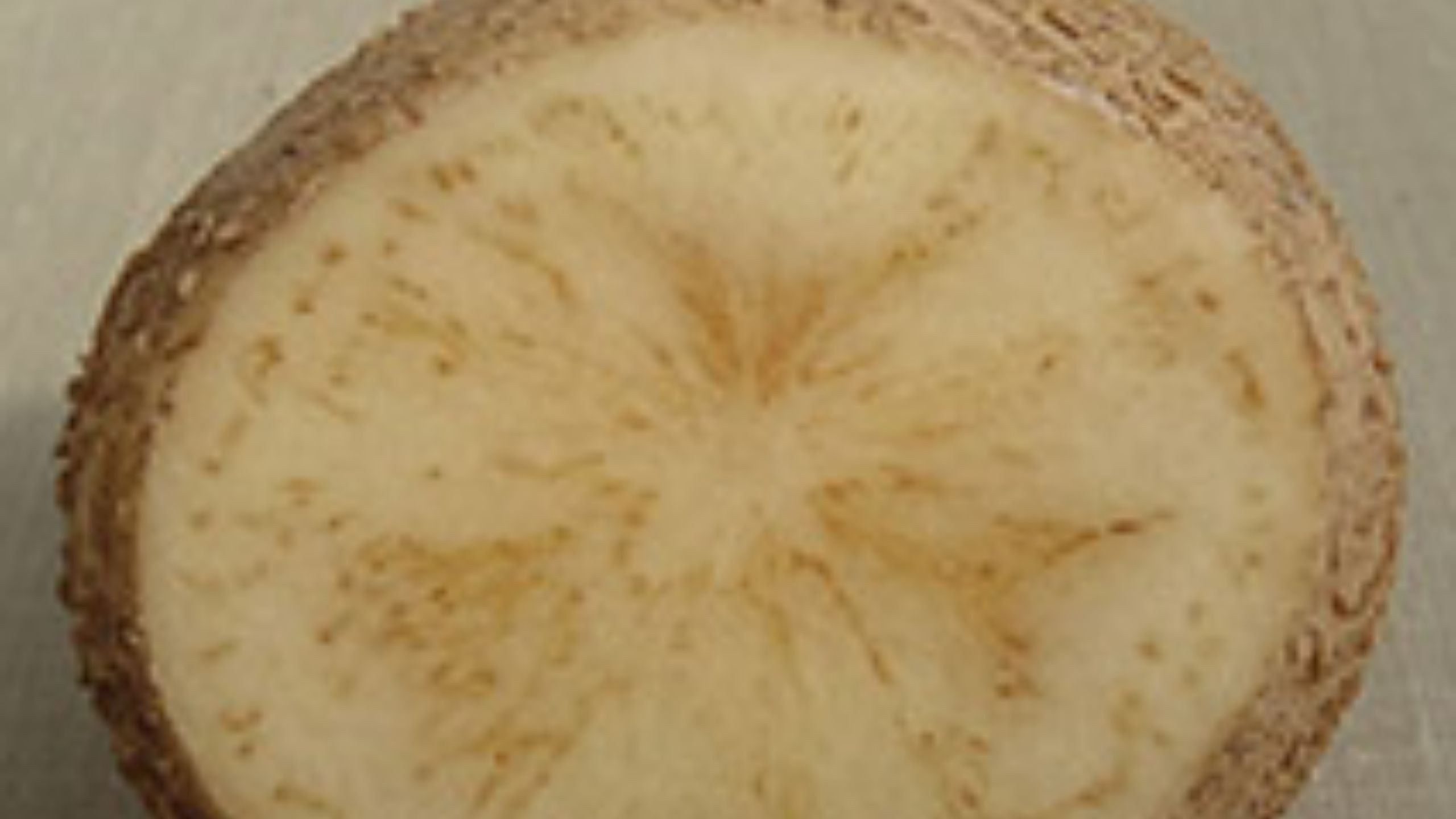Research
Insect Biting
Utah Pests
African honey bees (Apis mellifera scutellata) are native to sub-Saharan Africa and were introduced in the Americas to improve honey production in the tropics. These African honey bees were accidentally released and began to interbreed with European h
Africanized Honey Bees
African honey bees (Apis mellifera scutellata) are native to sub-Saharan Africa and were introduced in the Americas to improve honey production in the tropics. These African honey bees were accidentally released and began to interbreed with European h
Utah Pests
Research
Downy mildew is an obligated parasite. Even though they look like fungi they are not. They belong to the Oomycota and are more closely related to algae than true fungi.
Alfalfa Downy Mildew
Downy mildew is an obligated parasite. Even though they look like fungi they are not. They belong to the Oomycota and are more closely related to algae than true fungi.
Utah Pests
Research
Insects Forage Field
The alfalfa weevil is a major pest throughout Utah. It is a beetle with one generation per year. Eggs hatch in the spring, and the grub-like immature weevils (larvae) feed by chewing on the alfalfa foliage.
Alfalfa Weevil
The alfalfa weevil is a major pest throughout Utah. It is a beetle with one generation per year. Eggs hatch in the spring, and the grub-like immature weevils (larvae) feed by chewing on the alfalfa foliage.
Tree Fruit Insects
Research
Utah Pests
Codling moth, Cydia pomonella, is the key insect pest of apple, pear, and walnut throughout the world, including Utah (apple and pear). Effective management practices are based on accurate determination of the first flight of codling moths in the spring,
An Alternate Method for Setting Codling Moth Biofix
Codling moth, Cydia pomonella, is the key insect pest of apple, pear, and walnut throughout the world, including Utah (apple and pear). Effective management practices are based on accurate determination of the first flight of codling moths in the spring,
Research
Utah Pests
Insects Beneficial
Aphids are prey to many predatory insects, spiders, and parasitoids. Healthy predatory populations keep aphid populations low, which can reduce or eliminate the need for chemical controls.
Aphid Natural Enemies and Biological Control
Aphids are prey to many predatory insects, spiders, and parasitoids. Healthy predatory populations keep aphid populations low, which can reduce or eliminate the need for chemical controls.
Insects Vegetable
Utah Pests
Research
Aphids are a diverse family of insects with many species that inflict similar plant damage and can be managed using similar tactics. This fact sheet will focus on four of the most common aphids that are pests of vegetable crops in Utah.
Aphids on Vegetables
Aphids are a diverse family of insects with many species that inflict similar plant damage and can be managed using similar tactics. This fact sheet will focus on four of the most common aphids that are pests of vegetable crops in Utah.
Tree Fruit Insects
Research
Utah Pests
Aphids are common, secondary pests of apples, but infestations resulting in economic loss are uncommon, except for woolly apple aphid. Aphids overwinter as eggs on tree limbs, or as nymphs on roots and/or limbs.
Apple Aphids
Aphids are common, secondary pests of apples, but infestations resulting in economic loss are uncommon, except for woolly apple aphid. Aphids overwinter as eggs on tree limbs, or as nymphs on roots and/or limbs.
Research
Tree Fruit Insects
Utah Pests
Apple maggot (Order Diptera, Family Tephritidae) is not currently a pest of commercial orchards in Utah, but it is regulated as a quarantine insect in the state. If it becomes established in commercial fruit production areas, its presence can inflict sub
Apple Maggot
Apple maggot (Order Diptera, Family Tephritidae) is not currently a pest of commercial orchards in Utah, but it is regulated as a quarantine insect in the state. If it becomes established in commercial fruit production areas, its presence can inflict sub
Research
Tree Fruit Insects
Utah Pests
There are few experiences that equal biting into a crisp, flavorful apple; few worse than finding half a worm in the remaining portion. Worms infesting apples and pears are immature larvae of codling moth.
Apple and Pear Insect Control For Homeowners (Codling Moth)
There are few experiences that equal biting into a crisp, flavorful apple; few worse than finding half a worm in the remaining portion. Worms infesting apples and pears are immature larvae of codling moth.
Insects Turf
Utah Pests
Research
Armyworms and cutworms can be found all over the United States, with at least three species found in Utah. These insects belong to a large group of night-flying moths in the family Noctuidae. Although not new pests to turfgrass, armyworms and cutworms are
Armyworms And Cutworms In Turfgrass
Armyworms and cutworms can be found all over the United States, with at least three species found in Utah. These insects belong to a large group of night-flying moths in the family Noctuidae. Although not new pests to turfgrass, armyworms and cutworms are...
Invasive Insects
Utah Pests
Insect Biting
Research
[Update 8/2022: Northern giant hornet is the new common name for this pest.] Asian giant hornet is an invasive wasp that was detected in northwest Washington and British Columbia, Canada in fall 2019 and spring 2020; however, it is not known to be establi
Asian Giant Hornet (a.k.a. Northern Giant Hornet)
[Update 8/2022: Northern giant hornet is the new common name for this pest.] Asian giant hornet is an invasive wasp that was detected in northwest Washington and British Columbia, Canada in fall 2019 and spring 2020; however, it is not known to be establi...
Research
Utah Pests
Invasive Insects
Asian longhorned beetle is an invasive wood-boring pest that threatens maple and other hardwood tree species, fall-foliage tourism, and maple syrup production in North America.
Asian Longhorned Beetle
Asian longhorned beetle is an invasive wood-boring pest that threatens maple and other hardwood tree species, fall-foliage tourism, and maple syrup production in North America.
Insects Vegetable
Research
Utah Pests
Asparagus beetle and spotted asparagus beetle are leaf beetles in the family Chrysomelidae. These beetles feed exclusively on asparagus and are native to Europe. Asparagus beetle is the more economically injurious of the two species.
Asparagus Beetle
Asparagus beetle and spotted asparagus beetle are leaf beetles in the family Chrysomelidae. These beetles feed exclusively on asparagus and are native to Europe. Asparagus beetle is the more economically injurious of the two species.
Utah Pests
Spanish
Research
Las avispas “chaqueta amarilla” o vespula (“yellowjackets”), avispones (“hornets”) y avispas de papel (“paper wasps”) son avispas sociales estrechamente relacionadas que son comúnmente encontradas en Utah.
Avispas "chaqueta amarilla," avispones y avispas de papel
Las avispas “chaqueta amarilla” o vespula (“yellowjackets”), avispones (“hornets”) y avispas de papel (“paper wasps”) son avispas sociales estrechamente relacionadas que son comúnmente encontradas en Utah.
Small Fruit Insects
Tree Fruit Insects
Invasive Insects
Insects Vegetable
Utah Pests
Research
A fact sheet detailing the brown marmorated stink bug (BMSB, Halyomorpha halys Stål), a recent invasive insect to North America from eastern Asia. In the last decade, it has become a severe urban nuisance and agricultural pest in the mid-Atlantic and nort
BMSB Management for Fruits and Vegetables
A fact sheet detailing the brown marmorated stink bug (BMSB, Halyomorpha halys Stål), a recent invasive insect to North America from eastern Asia. In the last decade, it has become a severe urban nuisance and agricultural pest in the mid-Atlantic and nort...
Utah Pests
Invasive Insects
Research
Insects Landscape Ornamentals
Invasive balsam woolly adelgid is a tiny sucking insect that was introduced to North America from Europe. In the U.S., it is a serious pest of true firs in forests, landscapes, and in seed and Christmas tree production.
Balsam Woolly Adelgid
Invasive balsam woolly adelgid is a tiny sucking insect that was introduced to North America from Europe. In the U.S., it is a serious pest of true firs in forests, landscapes, and in seed and Christmas tree production.
Insects Landscape Ornamentals
Research
Utah Pests
Bark beetles are one of the most destructive forest pests in the world. They are different than the larger longhorned and roundheaded/metallic woodboring beetles commonly infesting the inner wood of trees.
Bark Beetles
Bark beetles are one of the most destructive forest pests in the world. They are different than the larger longhorned and roundheaded/metallic woodboring beetles commonly infesting the inner wood of trees.
Utah Pests
Research
Spanish
El barrenador grande del durazno (orden Lepidóptera, familia Sesiidae) es originario de América del Norte, donde las cerezas y ciruelas silvestres son sus huéspedes nativos. Es una plaga esporádica en los frutales de hueso o carozo de Utah, pero si no
Barrenador Grande Del Durazno
El barrenador grande del durazno (orden Lepidóptera, familia Sesiidae) es originario de América del Norte, donde las cerezas y ciruelas silvestres son sus huéspedes nativos. Es una plaga esporádica en los frutales de hueso o carozo de Utah, pero si no
Vertebrate
Utah Pests
Research
Utah is home to 18 species of bats All 18 can be found in southern Utah, while 6 species are found northern Utah, predominantly in the mountainous habitats.
Bats
Utah is home to 18 species of bats All 18 can be found in southern Utah, while 6 species are found northern Utah, predominantly in the mountainous habitats.
Insect Biting
Utah Pests
Research
Bed bugs are one of the most difficult indoor pests to eradicate; hiring a pest control company is highly recommended. Bed bug control is intensive, and two or more visits from your pest control company are likely necessary to achieve control.
Bed Bugs: For Homeowners
Bed bugs are one of the most difficult indoor pests to eradicate; hiring a pest control company is highly recommended. Bed bug control is intensive, and two or more visits from your pest control company are likely necessary to achieve control.
Insect Biting
Research
Utah Pests
Bed bugs are one of the most difficult indoor pests to eradicate; standard insect control tactics will not eliminate an infestation. Bed bug control is intensive, and a minimum of two visits 10 to 14 days apart is mandatory.
Bed Bugs: For Pest Control Operators
Bed bugs are one of the most difficult indoor pests to eradicate; standard insect control tactics will not eliminate an infestation. Bed bug control is intensive, and a minimum of two visits 10 to 14 days apart is mandatory.
Insects Beneficial
Utah Pests
Research
Utah native bees
A beginner's guide to help identify common native bees in Utah, including social and solitary bees. The exotic western honey bee and bee "mimics" are also included, as well as information on human impacts on bees and what you can do to promote bee health.
Beginner's Guide to Common Native Bees
A beginner's guide to help identify common native bees in Utah, including social and solitary bees. The exotic western honey bee and bee "mimics" are also included, as well as information on human impacts on bees and what you can do to promote bee health....
Research
Utah Pests
Beneficial Insects
Insects Beneficial
Research
Utah Pests
There are many beneficial beetles in Utah besides lady beetles or ladybugs. Beetles can significantly reduce common insect and weed problems and in some cases eliminate the need for chemical control. Examples of beneficial beetles include: ground beetles,
Beneficial Insects: Beetles
There are many beneficial beetles in Utah besides lady beetles or ladybugs. Beetles can significantly reduce common insect and weed problems and in some cases eliminate the need for chemical control. Examples of beneficial beetles include: ground beetles,...
Utah Pests
Research
Insects Beneficial
Big-eyed bugs are generalist predators that consume a wide variety of small prey including insect eggs, mites, aphids, and small caterpillars. These beneficial bugs can be found in landscapes, gardens, and many vegetable and field crops.
Beneficial Insects: Big-Eyed Bugs
Big-eyed bugs are generalist predators that consume a wide variety of small prey including insect eggs, mites, aphids, and small caterpillars. These beneficial bugs can be found in landscapes, gardens, and many vegetable and field crops.
Insects Beneficial
Utah Pests
Research
Damsel bugs are generalist predators that consume a wide variety of prey including insect eggs, caterpillars, mites, and aphids. These beneficial bugs can be found in landscapes, gardens, and many field crops.
Beneficial Insects: Damsel Bugs
Damsel bugs are generalist predators that consume a wide variety of prey including insect eggs, caterpillars, mites, and aphids. These beneficial bugs can be found in landscapes, gardens, and many field crops.
Insects Beneficial
Utah Pests
Research
Lacewings and antlions are insects in the order Neuroptera. There are over 4,000 different species of lacewings and antlions throughout the world. In general, the adults have soft bodies, long antennae, and prominent eyes. Also, lacewings and antlions
Beneficial Insects: Lacewings And Antlions
Lacewings and antlions are insects in the order Neuroptera. There are over 4,000 different species of lacewings and antlions throughout the world. In general, the adults have soft bodies, long antennae, and prominent eyes. Also, lacewings and antlions
Research
Utah Pests
Insects Beneficial
Mantids refer to an entire predatory group of insects in the order Mantodea. The term “mantis” or “praying mantis” actually refers to a particular genus of mantids. Therefore, only some mantids belong to the genus Mantis. There are about 2,000 species of
Beneficial Insects: Mantids
Mantids refer to an entire predatory group of insects in the order Mantodea. The term “mantis” or “praying mantis” actually refers to a particular genus of mantids. Therefore, only some mantids belong to the genus Mantis. There are about 2,000 species of
Research
Insects Beneficial
Utah Pests
Minute pirate bugs are generalist predators of spider mites, aphids, thrips, psyllids, white flies, insect eggs, and small caterpillars.
Beneficial Insects: Minute Pirate Bugs
Minute pirate bugs are generalist predators of spider mites, aphids, thrips, psyllids, white flies, insect eggs, and small caterpillars.
Utah Pests
Insects Beneficial
Research
Syrphid are beneficial predators of small soft-bodied pests like aphids, thrips, and scale insects. Adults may feed on pollen and nectar, pollinating plants in the process.
Beneficial Insects: Syrphid Flies
Syrphid are beneficial predators of small soft-bodied pests like aphids, thrips, and scale insects. Adults may feed on pollen and nectar, pollinating plants in the process.
Insects Beneficial
Utah Pests
Research
True bugs have piercing-sucking mouthparts and belong to the order Hemiptera and suborder Heteroptera. There are more than 38,000 species of true bugs, and are most closely related to aphids, cicadas, and leaf hoppers. Although some true bugs are con
Beneficial Insects: True Bugs
True bugs have piercing-sucking mouthparts and belong to the order Hemiptera and suborder Heteroptera. There are more than 38,000 species of true bugs, and are most closely related to aphids, cicadas, and leaf hoppers. Although some true bugs are con
Insects Beneficial
Research
Utah Pests
Predatory mites feed on all life stages of many small arthropods and target pest spider mites. Most predatory mite species do best in humid conditions and controlled environments such as greenhouses and high tunnels.
Beneficial Predatory Mites
Predatory mites feed on all life stages of many small arthropods and target pest spider mites. Most predatory mite species do best in humid conditions and controlled environments such as greenhouses and high tunnels.
Research
Spanish
Utah Pests
En Utah, el squash bug (bicho de calabaza) es una peste que afecta principalmente a las calabazas o calabacines. Los daños a la planta incluyen necrosis de las hojas, frutas con cicatrices, y que las frutas se marchiten rápidamente.
Bicho de calabaza
En Utah, el squash bug (bicho de calabaza) es una peste que afecta principalmente a las calabazas o calabacines. Los daños a la planta incluyen necrosis de las hojas, frutas con cicatrices, y que las frutas se marchiten rápidamente.
Utah Pests
Disease Vegetable
Research
Big Bud is caused by Phytoplasma species. Phytoplasmas are a unique type of small bacteria that do not have a cell wall. Phytoplasmas are transmitted from one plant to another by phloem-feeding insects such as leafhoppers and psyllids
Big Bud in Tomatoes and Peppers
Big Bud is caused by Phytoplasma species. Phytoplasmas are a unique type of small bacteria that do not have a cell wall. Phytoplasmas are transmitted from one plant to another by phloem-feeding insects such as leafhoppers and psyllids
Insects Turf
Research
Utah Pests
Billbugs are weevils, a type of beetle, in the genus Sphenophorus. At least 10 billbug species are known pests of turfgrass and can be found in both warm and cool season turfgrasses throughout the United States.
Billbugs in Turfgrass
Billbugs are weevils, a type of beetle, in the genus Sphenophorus. At least 10 billbug species are known pests of turfgrass and can be found in both warm and cool season turfgrasses throughout the United States.
Research
Utah Pests
Biting, Stinging, and Health-Related Insects
Insects Forage Field
Utah Pests
Research
Insects Turf
Black grass bugs will feed on a variety of range grasses (e.g. wheatgrass, brome grass, orchardgrass, bluegrass) and field crops (e.g. barley, wheat, rye, oats). Great Basin wildrye and wheatgrasses are preferred if available, especially blue bunch wh
Black Grass Bugs
Black grass bugs will feed on a variety of range grasses (e.g. wheatgrass, brome grass, orchardgrass, bluegrass) and field crops (e.g. barley, wheat, rye, oats). Great Basin wildrye and wheatgrasses are preferred if available, especially blue bunch wh
Utah Pests
Research
Black grass bugs are native to western North America. Monoculture reseeding of rangelands may contribute to outbreaks and severe plant damage. Black grass bug control with insecticides is often not practical to apply or economically feasible.
Black Grass Bugs
Black grass bugs are native to western North America. Monoculture reseeding of rangelands may contribute to outbreaks and severe plant damage. Black grass bug control with insecticides is often not practical to apply or economically feasible.
Research
Insects Beneficial
Utah Pests
Blue orchard bees are solitary (do not live in a hive) and nest in pre-existing cavities. Blue orchard bees prefer fruit trees from the family Rosaceae, including apple, cherry, and peach.
Blue Orchard Bee
Blue orchard bees are solitary (do not live in a hive) and nest in pre-existing cavities. Blue orchard bees prefer fruit trees from the family Rosaceae, including apple, cherry, and peach.
Insects Beneficial
Research
Utah Pests
The blue orchard bee (Osmia lignaria) is native to North America and is a highly efficient pollinator of orchards (Bosch and Kemp 2001; Peterson and Artz 2014). These bees reliably visit rosaceous orchard and caneberry flowers, especially in western U. S.
Blue Orchard Bee (Osmia lignaria): Commercial Pollinator for Orchards | USU
The blue orchard bee (Osmia lignaria) is native to North America and is a highly efficient pollinator of orchards (Bosch and Kemp 2001; Peterson and Artz 2014). These bees reliably visit rosaceous orchard and caneberry flowers, especially in western U. S....
Utah Pests
Insect Nuisance
Research
Although some species resemble lice, booklice and their relatives are not true lice. They feed on mold and other fungi, which are sometimes present in books. Eliminating sources of mold will help control booklice. Mold growth can be discouraged by decreas
Booklice and Their Relatives
Although some species resemble lice, booklice and their relatives are not true lice. They feed on mold and other fungi, which are sometimes present in books. Eliminating sources of mold will help control booklice. Mold growth can be discouraged by decreas...
Disease Vegetable
Utah Pests
Research
Botrytis neck rot is caused by Botrytis acclada and B. allii. The fungi are specific to members in the Alliaceae (onion and garlic) and can be found in all onion-producing regions around the world.
Botrytis Neck Rot of Onion
Botrytis neck rot is caused by Botrytis acclada and B. allii. The fungi are specific to members in the Alliaceae (onion and garlic) and can be found in all onion-producing regions around the world.
Research
Insects Landscape Ornamentals
Utah Pests
Insect Nuisance
Boxelder bugs are a common nuisance insect to many homeowners. Although boxelder bugs are active throughout the summer, many people don’t notice them until they start “sunning” themselves on structures, particularly the southern-facing walls.
Boxelder Bug
Boxelder bugs are a common nuisance insect to many homeowners. Although boxelder bugs are active throughout the summer, many people don’t notice them until they start “sunning” themselves on structures, particularly the southern-facing walls.
Insects Landscape Ornamentals
Utah Pests
Research
The boxelder leafroller is a pest of boxelder and other trees and shrubs in parts of the United States and Canada and is commonly found in Utah. Boxelder is the primary host, but damage can also occur on raspberry, birch, elderberry, white elm, and va
Boxelder Leafroller
The boxelder leafroller is a pest of boxelder and other trees and shrubs in parts of the United States and Canada and is commonly found in Utah. Boxelder is the primary host, but damage can also occur on raspberry, birch, elderberry, white elm, and va
Insect Nuisance
Small Fruit Insects
Research
Invasive Insects
Tree Fruit Insects
Utah Pests
Insects Forage Field
Insects Landscape Ornamentals
BMSB was first detected in Utah in 2012; it is now established in four counties (Weber, Davis, Salt Lake, and Utah) and has been detected in two other counties (Cache and Box Elder). As an aggressive generalist herbivore, BMSB infests a broad range of pla
Brown Marmorated Stink Bug
BMSB was first detected in Utah in 2012; it is now established in four counties (Weber, Davis, Salt Lake, and Utah) and has been detected in two other counties (Cache and Box Elder). As an aggressive generalist herbivore, BMSB infests a broad range of pla...
Utah Pests
Tree Fruit Insects
Insects Landscape Ornamentals
Small Fruit Insects
Research
Bumble flower beetles are common throughout the growing season on flowers, oozing sap, and other sweet, overripe, or fermenting matter. Bumble flower beetles seldom warrant the use of chemicals for control. Control methods include removing organic materia
Bumble Flower Beetle
Bumble flower beetles are common throughout the growing season on flowers, oozing sap, and other sweet, overripe, or fermenting matter. Bumble flower beetles seldom warrant the use of chemicals for control. Control methods include removing organic materia...
Tree Fruit Insects
Research
Utah Pests
The campylomma bug (or mullein plant bug; Hemiptera: Miridae) causes sporadic damage in Utah apple orchards. Damage is inflicted by nymphs, which feed on developing fruit causing dimpling and fruit distortion. As apple fruits mature, they become less susc
Campylomma Bug
The campylomma bug (or mullein plant bug; Hemiptera: Miridae) causes sporadic damage in Utah apple orchards. Damage is inflicted by nymphs, which feed on developing fruit causing dimpling and fruit distortion. As apple fruits mature, they become less susc...
Utah Pests
Tree Fruit Insects
Research
Campylomma Bug Sampling Form
Utah Pests
Research
Disease Vegetable
The bacterium Candidatus Liberibacter solanacearum infects pepper plants. Candidatus Liberibacter solanacearum is found in all states west of the Rocky Mountains, Kansas, and Texas. The disease was first reported in the United States in 2004. Yield losses
Candidatus Liberibacter of Pepper
The bacterium Candidatus Liberibacter solanacearum infects pepper plants. Candidatus Liberibacter solanacearum is found in all states west of the Rocky Mountains, Kansas, and Texas. The disease was first reported in the United States in 2004. Yield losses...
Utah Pests
Insects Landscape Ornamentals
Research
Cankerworms, also known as inchworms, are in the order Lepidoptera and family Geometridae. Geometrid moth adults have slender bodies and relatively large, broad forewings. Both fall and spring cankerworms occur in Utah, with the fall cankerworm being most
Cankerworms
Cankerworms, also known as inchworms, are in the order Lepidoptera and family Geometridae. Geometrid moth adults have slender bodies and relatively large, broad forewings. Both fall and spring cankerworms occur in Utah, with the fall cankerworm being most...
Tree Fruit Insects
Utah Pests
Research
Cankerworms, also known as inchworms, are in the order Lepidoptera and family Geometridae. Geometrid moth adults have slender bodies and relatively large, broad forewings. Both fall, Alsophila pometaria, and spring, Paleacrita vernata, cankerworms oc
Cankerworms
Cankerworms, also known as inchworms, are in the order Lepidoptera and family Geometridae. Geometrid moth adults have slender bodies and relatively large, broad forewings. Both fall, Alsophila pometaria, and spring, Paleacrita vernata, cankerworms oc
Research
Utah Pests
Insect Nuisance
Carpenter ants do not eat wood as termites do, but chew through it to construct pathways and nests leaving behind a sawdust-like substance called frass. Carpenter ants can have two or more different sizes of workers, and one to many queens within a colony
Carpenter Ants
Carpenter ants do not eat wood as termites do, but chew through it to construct pathways and nests leaving behind a sawdust-like substance called frass. Carpenter ants can have two or more different sizes of workers, and one to many queens within a colony...
Utah Pests
Insect Nuisance
Research
Carpenter ants include species that are among the largest ants found in the United States. They are social insects with a complex and well-defined caste system. The worker ants are sterile females and may occur in different sizes (majors and minors).
Carpenter Ants and Control in Homes
Carpenter ants include species that are among the largest ants found in the United States. They are social insects with a complex and well-defined caste system. The worker ants are sterile females and may occur in different sizes (majors and minors).
Insect Biting
Insect Nuisance
Utah Pests
Research
Carpenter bees cause damage to structural timbers and other wood products such as fence posts, utility poles, firewood, arbors, and lawn furniture. They avoid wood that is painted or covered with bark.
Carpenter Bees
Carpenter bees cause damage to structural timbers and other wood products such as fence posts, utility poles, firewood, arbors, and lawn furniture. They avoid wood that is painted or covered with bark.
Research
Utah Pests
The larval stage of the carpenterworm, Prionoxystus robiniae is a wood-boring insect that affects various ornamental trees. Unlike most other wood-boring pests of ornamentals, which are mostly beetle larvae, the carpenterworm is a caterpillar belonging to
Carpenterworm
The larval stage of the carpenterworm, Prionoxystus robiniae is a wood-boring insect that affects various ornamental trees. Unlike most other wood-boring pests of ornamentals, which are mostly beetle larvae, the carpenterworm is a caterpillar belonging to...
Research
Insects Landscape Ornamentals
Utah Pests
The larval stage of the carpenterworm, Prionoxystus robiniae is a wood-boring insect that affects various ornamental trees. Unlike most other wood-boring pests of ornamentals, which are mostly beetle larvae, the carpenterworm is a caterpillar belonging to
Carpenterworm
The larval stage of the carpenterworm, Prionoxystus robiniae is a wood-boring insect that affects various ornamental trees. Unlike most other wood-boring pests of ornamentals, which are mostly beetle larvae, the carpenterworm is a caterpillar belonging to...
Tree Fruit Insects
Research
Utah Pests
There are a number of insects with the piercing-sucking feeding habit that can cause deformity and cat-facing type injury to pome and stone fruits, including lygus bug, stink bug, and boxelder bug. Cat-facing injury is caused by puncture feeding in flowe
Cat-facing Insects
There are a number of insects with the piercing-sucking feeding habit that can cause deformity and cat-facing type injury to pome and stone fruits, including lygus bug, stink bug, and boxelder bug. Cat-facing injury is caused by puncture feeding in flowe
Utah Pests
Insects Vegetable
Research
In Utah, there are three main caterpillar pests of cabbage and mustard family plants: imported cabbageworm, cabbage looper, and diamondback moth. The injury they cause is similar.
Caterpillar Pests of Brassica Vegetables
In Utah, there are three main caterpillar pests of cabbage and mustard family plants: imported cabbageworm, cabbage looper, and diamondback moth. The injury they cause is similar.
Insects Landscape Ornamentals
Insect Biting
Utah Pests
Research
Centipedes are long, slender arthropods in the class Chilopoda. Centipede means “hundred feet” because they appear to have many legs. Insects, millipedes and arachnids are close relatives. Centipedes should be considered beneficial because they are exclus
Centipedes
Centipedes are long, slender arthropods in the class Chilopoda. Centipede means “hundred feet” because they appear to have many legs. Insects, millipedes and arachnids are close relatives. Centipedes should be considered beneficial because they are exclus...
Research
Utah Pests
Centipedes are predatory relatives of the insects, and are considered beneficial. Occasionally, centipedes enter homes and become a nuisance, but management options are available.
Centipedes
Centipedes are predatory relatives of the insects, and are considered beneficial. Occasionally, centipedes enter homes and become a nuisance, but management options are available.
Research
Insects Forage Field
Utah Pests
Cereal leaf beetle, Oulema melanopus, is a leaf beetle in the family Chrysomelidae. These beetles are native to Europe and have been considered pests of small grains since 1737. In 1962, cereal leaf beetle was first detected in the United States in a Mich
Cereal Leaf Beetle
Cereal leaf beetle, Oulema melanopus, is a leaf beetle in the family Chrysomelidae. These beetles are native to Europe and have been considered pests of small grains since 1737. In 1962, cereal leaf beetle was first detected in the United States in a Mich...
Insects Landscape Ornamentals
Insects Turf
Research
Utah Pests
Chinch bugs are “true bugs”. In Utah, the common chinch bug [Blissus leucopterus leucopterus (Say)], and western chinch bug (Blissus occiduus) may feed on turfgrass, especially under conditions of severe heat and drought.
Chinch Bugs
Chinch bugs are “true bugs”. In Utah, the common chinch bug [Blissus leucopterus leucopterus (Say)], and western chinch bug (Blissus occiduus) may feed on turfgrass, especially under conditions of severe heat and drought.
Utah Pests
Research
Spanish
En julio del 2014, el Laboratorio de Diagnóstico de Plagas de Plantas de Utah y USDA APHIS confirmaron el primer reporte de chinche de la semilla del olmo (Lygaeidae: Arocatus melanocephalus) en el estado de Utah.
Chinche de la Semilla del Olmo
En julio del 2014, el Laboratorio de Diagnóstico de Plagas de Plantas de Utah y USDA APHIS confirmaron el primer reporte de chinche de la semilla del olmo (Lygaeidae: Arocatus melanocephalus) en el estado de Utah.
Research
Utah Pests
Spanish
Las chinches son “chinches verdaderas”. En Utah, la chinche común [Blissus leucopterus leucopterus (Say)] y la chinche occidental (Blissus occiduus) pueden alimentarse del césped, especialmente en condiciones de calor intenso y sequía.
Chinches
Las chinches son “chinches verdaderas”. En Utah, la chinche común [Blissus leucopterus leucopterus (Say)] y la chinche occidental (Blissus occiduus) pueden alimentarse del césped, especialmente en condiciones de calor intenso y sequía.
Utah Pests
Spanish
Research
Los chinches de cama son uno de los insectos de interiores más difíciles de erradicar; tácticas estándares de control de insectos no eliminarán una infestación. El control de chinches de cama es intensivo, y un mínimo de dos visitas, separadas por 10 ó14
Chinches de Cama (Bed Bugs): Para profesionales en el control de pestes
Los chinches de cama son uno de los insectos de interiores más difíciles de erradicar; tácticas estándares de control de insectos no eliminarán una infestación. El control de chinches de cama es intensivo, y un mínimo de dos visitas, separadas por 10 ó14
Insect Nuisance
Research
Utah Pests
Clothes moths belong to a large group of small moths in the family Tineidae. There are two species of clothes moths that are of considerable economic importance. The webbing and the casemaking clothes moths are worldwide in distribution. The larvae of clo
Clothes Moths
Clothes moths belong to a large group of small moths in the family Tineidae. There are two species of clothes moths that are of considerable economic importance. The webbing and the casemaking clothes moths are worldwide in distribution. The larvae of clo...
Insect Nuisance
Research
Utah Pests
Clover mites are not insects but are more closely related to chiggers, ticks, and spiders. They belong to the spider mite family Tetranychidae. These mites are found throughout the world on trees, shrubs, flowers, grasses, and agricultural crops.
Clover Mites
Clover mites are not insects but are more closely related to chiggers, ticks, and spiders. They belong to the spider mite family Tetranychidae. These mites are found throughout the world on trees, shrubs, flowers, grasses, and agricultural crops.
Utah Pests
Research
Insects Forage Field
The clover root curculio is an important agricultural pest in forage crops. Adult beetles feed on foliage while the more damaging larval stage feeds on roots. Heavy larval feeding has been associated with reduced stand establishment, disruption of nutrien
Clover Root Curculio
The clover root curculio is an important agricultural pest in forage crops. Adult beetles feed on foliage while the more damaging larval stage feeds on roots. Heavy larval feeding has been associated with reduced stand establishment, disruption of nutrien...
Research
Utah Pests
Insect Nuisance
There are 4 species of cockroaches that commonly infest structures in Utah. The cockroach species infesting your home or apartment will determine your control strategy.
Cockroaches
There are 4 species of cockroaches that commonly infest structures in Utah. The cockroach species infesting your home or apartment will determine your control strategy.
Tree Fruit Insects
Research
Utah Pests
Codling moth (Cydia pomonella; Order Lepidoptera, Family Tortricidae) is the most serious pest of apple and pear worldwide. In most of Utah, fruit must be protected season-long to harvest a quality crop. Insecticides are the main control tactic, with both
Codling Moth
Codling moth (Cydia pomonella; Order Lepidoptera, Family Tortricidae) is the most serious pest of apple and pear worldwide. In most of Utah, fruit must be protected season-long to harvest a quality crop. Insecticides are the main control tactic, with both...
Utah Pests
Tree Fruit Insects
Research
Mating disruption as a method to manage orchard pests became commercially available in the early 1990s, and was adopted by many Utah growers about a decade later. Use of this pest management technology can be daunting due to high up-front costs and monito
Codling Moth Mating Disruption
Mating disruption as a method to manage orchard pests became commercially available in the early 1990s, and was adopted by many Utah growers about a decade later. Use of this pest management technology can be daunting due to high up-front costs and monito...
Utah Pests
Research
Tree Fruit Insects
Codling Moth Sampling Form
Research
Utah Pests
Insects Turf
The common crane fly is a newly detected turf pest in Utah that was found in golf course greens. A few species of crane fly have larval stages that feed on turfgrass.
Common Crane Fly in Turf
The common crane fly is a newly detected turf pest in Utah that was found in golf course greens. A few species of crane fly have larval stages that feed on turfgrass.
Utah Pests
Insects Vegetable
Research
Tree Fruit Insects
Small Fruit Insects
Insects Landscape Ornamentals
This fact sheet provides descriptions and images of stink bugs, including the adult and immature stages, that are commonly encountered in gardens and farms in Utah.
Common Stink Bugs of Utah
This fact sheet provides descriptions and images of stink bugs, including the adult and immature stages, that are commonly encountered in gardens and farms in Utah.
Utah Pests
Insects Vegetable
Insects Forage Field
Insects Landscape Ornamentals
Research
While grasshoppers are still nymphs, is the best time for communities or neighborhoods to work together to suppress grasshopper populations. Treating as wide an area as possible is the key to success
Community Wide Grasshopper Control
While grasshoppers are still nymphs, is the best time for communities or neighborhoods to work together to suppress grasshopper populations. Treating as wide an area as possible is the key to success
Utah Pests
Research
Springtime, while grasshoppers are still nymphs, is the best time for communities or neighborhoods to work together to suppress grasshopper populations. Treating as wide an area as possible is the key to success. When grasshoppers become adults, they
Community-Wide Grasshopper Control
Springtime, while grasshoppers are still nymphs, is the best time for communities or neighborhoods to work together to suppress grasshopper populations. Treating as wide an area as possible is the key to success. When grasshoppers become adults, they
Insects Vegetable
Research
Utah Pests
Slugs and snails are rated by many gardeners as the worst garden pests. Considering their competition, this is a dubious honor. These pests are not insects but are mollusks that are more closely related to shellfish, such as mussels and clams.
Controlling Slugs and Snails in Utah
Slugs and snails are rated by many gardeners as the worst garden pests. Considering their competition, this is a dubious honor. These pests are not insects but are mollusks that are more closely related to shellfish, such as mussels and clams.
Utah Pests
Insects Vegetable
Research
Corn earworm (CEW) is the most destructive insect pest of sweet corn in Utah. CEW will also attack field corn, and pepper, and tomato fruits. The adult is a tan-brown moth that is most active at dusk; moths can be carried on wind currents and may travel u
Corn Earworm
Corn earworm (CEW) is the most destructive insect pest of sweet corn in Utah. CEW will also attack field corn, and pepper, and tomato fruits. The adult is a tan-brown moth that is most active at dusk; moths can be carried on wind currents and may travel u...
Utah Pests
Disease Vegetable
Research
Corn smut is a fungal disease that causes swellings (galls) on ears, leaves, stalks, and tassels of sweet and field corn. Smut is rarely observed in Utah and is not considered economically important for grain production.
Corn Smut
Corn smut is a fungal disease that causes swellings (galls) on ears, leaves, stalks, and tassels of sweet and field corn. Smut is rarely observed in Utah and is not considered economically important for grain production.
Utah Pests
Research
Disease Landscape Ornamentals
Coryneum blight, also called shothole blight, is a fungal disease of stone fruit trees including peach, nectarine, apricot, cherry, and almond (ornamental as well as nut-bearing); however, the most commonly affected are apricot, peach, and nectarine.
Coryneum Blight or Shothole
Coryneum blight, also called shothole blight, is a fungal disease of stone fruit trees including peach, nectarine, apricot, cherry, and almond (ornamental as well as nut-bearing); however, the most commonly affected are apricot, peach, and nectarine.
Disease Fruit
Research
Disease Landscape Ornamentals
Utah Pests
Coryneum blight, also called shothole blight, is a fungal disease of stone fruit trees including peach, nectarine, apricot, cherry, and almond (ornamental as well as nut bearing); however, the most commonly affected are apricot, peach, and nectarine.
Coryneum or Shothole Blight
Coryneum blight, also called shothole blight, is a fungal disease of stone fruit trees including peach, nectarine, apricot, cherry, and almond (ornamental as well as nut bearing); however, the most commonly affected are apricot, peach, and nectarine.
Insects Turf
Utah Pests
Research
Cranberry girdler, Chrysoteuchia topiaria, can be found throughout the U.S., but is particularly damaging to turfgrass seed production areas in the Pacific Northwest. This insect was first detected in northern and northeastern Utah during the early 1980’s
Cranberry Girdler
Cranberry girdler, Chrysoteuchia topiaria, can be found throughout the U.S., but is particularly damaging to turfgrass seed production areas in the Pacific Northwest. This insect was first detected in northern and northeastern Utah during the early 1980’s...
Insects Landscape Ornamentals
Research
Insect Nuisance
Utah Pests
Crickets will eat almost anything, including fabrics, other insects (dead or alive), food products, and furs. Occasionally crickets may enter the home or chirp near the home, and become a nuisance. Regular sanitation around the exterior of the home will d
Crickets
Crickets will eat almost anything, including fabrics, other insects (dead or alive), food products, and furs. Occasionally crickets may enter the home or chirp near the home, and become a nuisance. Regular sanitation around the exterior of the home will d...
Insects Vegetable
Research
Utah Pests
Cucumber beetles are pests of cucurbits throughout the U.S. Western species of cucumber beetles will also feed on leaves of other vegetables.
Cucumber Beetles
Cucumber beetles are pests of cucurbits throughout the U.S. Western species of cucumber beetles will also feed on leaves of other vegetables.
Disease Vegetable
Research
Utah Pests
Beet Curly Top Virus (BCTV) is taxonomically a Curtovirus in the Geminiviridae family of plant pathogenic viruses. It is vectored, or carried, by the beet leafhopper (BLH) insect. BCTV causes curly top of tomato, a comon disease in Utah and the western U.
Curley Top of Tomato
Beet Curly Top Virus (BCTV) is taxonomically a Curtovirus in the Geminiviridae family of plant pathogenic viruses. It is vectored, or carried, by the beet leafhopper (BLH) insect. BCTV causes curly top of tomato, a comon disease in Utah and the western U....
Disease Cut Flowers
Research
Utah Pests
Dahlia Mosaic Virus (DMV) is one of the most prevalent viruses impacting dahlias There are a variety of symptoms that range from mosaic patterns on leaves to chlorosis and stunting.
Dahlia Mosaic Virus
Dahlia Mosaic Virus (DMV) is one of the most prevalent viruses impacting dahlias There are a variety of symptoms that range from mosaic patterns on leaves to chlorosis and stunting.
Disease Vegetable
Research
Utah Pests
Damping-off is caused by several soilborne fungi including Pythium, Rhizoctonia, Fusarium and Phytophthora species. The fungi kill seedlings that are just germinating and seedlings that have been growing for several days.
Damping-off
Damping-off is caused by several soilborne fungi including Pythium, Rhizoctonia, Fusarium and Phytophthora species. The fungi kill seedlings that are just germinating and seedlings that have been growing for several days.
Utah Pests
Research
Insect Nuisance
Dermestid beetle larvae are considered scavengers that feed on dead tissue; however, they will feed on wool and dry food supplies such as flour and pasta.
Dermestid Beetles
Dermestid beetle larvae are considered scavengers that feed on dead tissue; however, they will feed on wool and dry food supplies such as flour and pasta.
Utah Pests
Research
Disease Landscape Ornamentals
Dothistroma needle blight is a fungal disease that occurs on a variety of coniferous trees. It is also known as “red band disease” in the western United States because of the distinct red banding symptoms that are produced.
Dothistroma Needle Blight
Dothistroma needle blight is a fungal disease that occurs on a variety of coniferous trees. It is also known as “red band disease” in the western United States because of the distinct red banding symptoms that are produced.
Utah Pests
Research
Spanish
Los túneles altos han demostrado ser un método efectivo para extender la estación de crecimiento para una variedad de cultivos de alto valor en una gama diversa de climas.
El manejo de la temperatura en los tuneled altos
Los túneles altos han demostrado ser un método efectivo para extender la estación de crecimiento para una variedad de cultivos de alto valor en una gama diversa de climas.
Utah Pests
Research
Insects Landscape Ornamentals
Two major bark beetle species attack elm trees in Utah; both can transmit Dutch Elm Disease (DED) , leading to tree death, decline, or chronic stress. Preventive treatments such as foliar insecticide applications, severing root graphs between trees, injec
Elm Bark Beetles and Dutch Elm Disease
Two major bark beetle species attack elm trees in Utah; both can transmit Dutch Elm Disease (DED) , leading to tree death, decline, or chronic stress. Preventive treatments such as foliar insecticide applications, severing root graphs between trees, injec...
Insect Nuisance
Research
Utah Pests
Invasive Insects
First detected in 2014 in Utah, elm seed bug is now widely distributed along the Wasatch Front and Cache Valley, and has been reported west to Duchesne County, east to Tooele County, and south to Grand County. Elm seed bug activity peaks in mid-summer whe
Elm Seed Bug
First detected in 2014 in Utah, elm seed bug is now widely distributed along the Wasatch Front and Cache Valley, and has been reported west to Duchesne County, east to Tooele County, and south to Grand County. Elm seed bug activity peaks in mid-summer whe...
Research
Utah Pests
Invasive Insects
Insects Landscape Ornamentals
Emerald ash borer (EAB) (Coleoptera: Buprestidae) is an invasive woodboring beetle that has caused the decline and mortality of tens of millions of ash trees (Fraxinus spp.) in the U.S. It is considered the most destructive forest pest to ever invade Nort
Emerald Ash Borer
Emerald ash borer (EAB) (Coleoptera: Buprestidae) is an invasive woodboring beetle that has caused the decline and mortality of tens of millions of ash trees (Fraxinus spp.) in the U.S. It is considered the most destructive forest pest to ever invade Nort...
Utah Pests
Spanish
Research
Mil cancros es una enfermedad recientemente reconocida de los nogales, causada por un hongo (Geosmithia morbida) que se transmite por el escarabajo de la ramita del nogal. El escarabajo es endémico de la región autóctona del nogal de Arizona (Arizona,
Enfermedad de los mil cancros del nogal
Mil cancros es una enfermedad recientemente reconocida de los nogales, causada por un hongo (Geosmithia morbida) que se transmite por el escarabajo de la ramita del nogal. El escarabajo es endémico de la región autóctona del nogal de Arizona (Arizona,
Tree Fruit Insects
Insects Landscape Ornamentals
Utah Pests
Research
Eriophyid mites are translucent, cigar-shaped microscopic mites that cause deformities on many plants species. These mites are noticed when their feeding causes abnormalities of plant tissues such as erineum, galls, brooms, leaf curling, blisters, rusts,
Eriophyid Mites
Eriophyid mites are translucent, cigar-shaped microscopic mites that cause deformities on many plants species. These mites are noticed when their feeding causes abnormalities of plant tissues such as erineum, galls, brooms, leaf curling, blisters, rusts,
Research
Utah Pests
Spanish
El escarabajo Japonés (EJ) es una plaga invasora que puede ser muy destructiva para plantas ornamentales, árboles, arbustos, césped, y algunas frutas y hortalizas.
Escarabajo Japonés
El escarabajo Japonés (EJ) es una plaga invasora que puede ser muy destructiva para plantas ornamentales, árboles, arbustos, césped, y algunas frutas y hortalizas.
Utah Pests
Small Fruit Insects
Research
Invasive Insects
Tree Fruit Insects
European Cherry Fruit Fly (ECFF) is a new invasive cherry-infesting pest that is not known to occur in Utah. Host plants include cherry and honeysuckle. Heavy infestations in Europe have resulted in 100% fruit loss. Since adults fly only short distances,
European Cherry Fruit Fly
European Cherry Fruit Fly (ECFF) is a new invasive cherry-infesting pest that is not known to occur in Utah. Host plants include cherry and honeysuckle. Heavy infestations in Europe have resulted in 100% fruit loss. Since adults fly only short distances,
Tree Fruit Insects
Research
Insects Vegetable
Insects Landscape Ornamentals
Small Fruit Insects
Utah Pests
The European earwig is an omnivore; it feeds on detritus, fungi, plants, and insects. Earwigs can injure the buds, leaves, flowers, and fruits of a broad range of plants, including fruits, vegetables, and ornamentals; they can be a nuisance pest by enteri
European Earwig
The European earwig is an omnivore; it feeds on detritus, fungi, plants, and insects. Earwigs can injure the buds, leaves, flowers, and fruits of a broad range of plants, including fruits, vegetables, and ornamentals; they can be a nuisance pest by enteri...
Tree Fruit Insects
Utah Pests
Research
The European red mite is native to Europe and was first introduced into the Pacific Northwest in the early 1900s. Since then, it has spread and become established throughout the United States and Canada. Mites are tiny arthropods, measuring less than 1/60
European Red Mite
The European red mite is native to Europe and was first introduced into the Pacific Northwest in the early 1900s. Since then, it has spread and become established throughout the United States and Canada. Mites are tiny arthropods, measuring less than 1/60...
Bees and Pollinators
Research
Utah Pests
Insects Beneficial
Bees provide an important ecosystem service by contributing to the pollination of crop and wild plant species. The nonnative honey bee (Apis mellifera) is often recognized as the most important of the bee pollinators; however, the roughly 4,000 native Nor
Factors Contributing to Bee Decline
Bees provide an important ecosystem service by contributing to the pollination of crop and wild plant species. The nonnative honey bee (Apis mellifera) is often recognized as the most important of the bee pollinators; however, the roughly 4,000 native Nor...
Research
Insects Landscape Ornamentals
Utah Pests
The fall webworm is a common defoliator of ornamental and fruit trees in Utah. Starting around late July, the caterpillars, webbing, and damage become noticeable, particularly in some of the canyons adjacent to populated areas.
Fall Webworm
The fall webworm is a common defoliator of ornamental and fruit trees in Utah. Starting around late July, the caterpillars, webbing, and damage become noticeable, particularly in some of the canyons adjacent to populated areas.
Utah Pests
Spanish
Research
Seguidamente se ofrecen fechas sugeridas para plantar vegetales durante un año típico en la región de “Wasatch Front”. Por supuesto cada estación tiene sus propias condiciones de clima.
Fechas Sugeridas para Plantar Vegetales en la Region de "Wasatch Front"
Seguidamente se ofrecen fechas sugeridas para plantar vegetales durante un año típico en la región de “Wasatch Front”. Por supuesto cada estación tiene sus propias condiciones de clima.
Utah Pests
Research
The popular Fuji, Gingergold, and Gala are more susceptible to fire blight. In addition, fire blight spreads more rapidly in high-density orchards.
Fire Blight Annual Management Guide for Utah
The popular Fuji, Gingergold, and Gala are more susceptible to fire blight. In addition, fire blight spreads more rapidly in high-density orchards.
Disease Fruit
Research
Utah Pests
Fire blight is a serious disease of apple and pear trees. In the last decade in Utah, there were several seasons where this disease caused extensive losses. The prime conditions for infection require the combination of open blossoms, warm temperatures
Fire Blight in Utah: An Annual Management Guide
Fire blight is a serious disease of apple and pear trees. In the last decade in Utah, there were several seasons where this disease caused extensive losses. The prime conditions for infection require the combination of open blossoms, warm temperatures
Research
Disease Fruit
Utah Pests
Fire blight is a bacterial disease of rosaceous plants. Economically, it is most serious on pears and apples. The bacterium that causes fire blight can be spread by insects, contaminated pruning or grafting tools, infected grafts, and any manner that carr
Fire Blight of Pears and Apples
Fire blight is a bacterial disease of rosaceous plants. Economically, it is most serious on pears and apples. The bacterium that causes fire blight can be spread by insects, contaminated pruning or grafting tools, infected grafts, and any manner that carr...
Research
Utah Pests
Insects Vegetable
Flea beetles are common and problematic in Utah. They are present in late spring and early summer on many vegetable crops and ornamental plants. Adult flea beetles are small, shiny insects that have enlarged hind legs, allowing them to jump great distance
Flea Beetles on Vegetables
Flea beetles are common and problematic in Utah. They are present in late spring and early summer on many vegetable crops and ornamental plants. Adult flea beetles are small, shiny insects that have enlarged hind legs, allowing them to jump great distance...
Research
Utah Pests
Insect Biting
Adult fleas feed on blood, but larvae feed on skin, feathers and hair. Although not common in Utah, regular grooming and sanitation will help monitor for fleas on household pets, and topical insecticides are very effective if needed.
Fleas
Adult fleas feed on blood, but larvae feed on skin, feathers and hair. Although not common in Utah, regular grooming and sanitation will help monitor for fleas on household pets, and topical insecticides are very effective if needed.
Research
Utah Pests
Forage and Field Diseases
Utah Pests
Research
Forage and Field Insects
Vertebrate
Utah Pests
Research
Native to the eastern United States, fox squirrels were first documented in Utah in 2011. It is unknown how fox squirrels made their way into Utah; however, it is possible they followed riparian corridors (areas along rivers, where trees often grow).
Fox Squirrels
Native to the eastern United States, fox squirrels were first documented in Utah in 2011. It is unknown how fox squirrels made their way into Utah; however, it is possible they followed riparian corridors (areas along rivers, where trees often grow).
Research
Utah Pests
Fruit Diseases
Research
Utah Pests
Fruit Diseases
Spanish
Research
Utah Pests
Es una enfermedad causada por la bacteria Erwinia amylovora. Las especies en la familia Rosaceae son susceptibles, especialmente los manzanos, el peral, la piracanta y el cotoneaster.
Fuego bacteriano del manzano y el peral (Erwinia amylovora)
Es una enfermedad causada por la bacteria Erwinia amylovora. Las especies en la familia Rosaceae son susceptibles, especialmente los manzanos, el peral, la piracanta y el cotoneaster.
Research
Insect Nuisance
Utah Pests
Fungus gnats require high moisture conditions and decaying material. Adults are attracted to light and can be first seen flying near windows and doors. Plants damaged by fungus gnats will lack vigor, have poor color, and premature leaf drop.
Fungus Gnats
Fungus gnats require high moisture conditions and decaying material. Adults are attracted to light and can be first seen flying near windows and doors. Plants damaged by fungus gnats will lack vigor, have poor color, and premature leaf drop.
Research
Utah Pests
Fact sheet for Fusarium bulb rot of onions in northern Utah caused by Fusarium proliferatum
Fusarium Bulb Rot of Onions
Fact sheet for Fusarium bulb rot of onions in northern Utah caused by Fusarium proliferatum
Utah Pests
Disease Vegetable
Research
Fusarium wilt and Verticillium wilt are both soilborne fungal diseases that affect many vegetable crops grown in Utah. Both cause similar symptoms in their hosts.
Fusarium and Verticillium Wilts of Vegetables
Fusarium wilt and Verticillium wilt are both soilborne fungal diseases that affect many vegetable crops grown in Utah. Both cause similar symptoms in their hosts.
Insects Beneficial
Utah Pests
Research
Bees and Pollinators
Utah is home to about 1,000 named species of native bees, with several hundred species living in any one valley and adjacent montane habitats. Urbanization takes its toll on native bees, but many species can persist with a little help from gardeners and
Gardening and Landscaping Practices for Nesting Native Bees
Utah is home to about 1,000 named species of native bees, with several hundred species living in any one valley and adjacent montane habitats. Urbanization takes its toll on native bees, but many species can persist with a little help from gardeners and
Research
Insects Beneficial
Utah Pests
About 1,100 species of native bees reside in Utah. Some wild bees are superb pollinators of Utah's tree fruits, raspberries, squashes, melons and cucumbers. Few of our native bees have much venom or any inclination to sting.
Gardening for Native Bees in Utah and Beyond
About 1,100 species of native bees reside in Utah. Some wild bees are superb pollinators of Utah's tree fruits, raspberries, squashes, melons and cucumbers. Few of our native bees have much venom or any inclination to sting.
IPM
Utah Pests
Research
“Balance of Nature.” Virtually all pest populations are affected by natural enemies to some extent. In many cases, natural enemies are the primary regulating force of the pest populations.
General Concepts of Biological Control
“Balance of Nature.” Virtually all pest populations are affected by natural enemies to some extent. In many cases, natural enemies are the primary regulating force of the pest populations.
Research
Utah Pests
This page contains Utah Pests fact sheets that deal with fruit-related subjects
General Fruit Information
This page contains Utah Pests fact sheets that deal with fruit-related subjects
Research
Utah Pests
General IPM
Insects Vegetable
Utah Pests
Insects Forage Field
Research
Grasshoppers are among the most conspicuous insects in Utah and are viewed by many as also among the most injurious to our crops and rangelands. We must also understand that because outbreaks can occur simultaneously across the landscape, suppression prog
Grasshoppers
Grasshoppers are among the most conspicuous insects in Utah and are viewed by many as also among the most injurious to our crops and rangelands. We must also understand that because outbreaks can occur simultaneously across the landscape, suppression prog...
Tree Fruit Insects
Research
Utah Pests
Insects Landscape Ornamentals
The greater peachtree borer (Order Lepidoptera, Family Sesiidae) is native to North America where wild cherries and plums are its native hosts. It is a sporadic pest in Utah stone fruit orchards, but if left unmanaged it can be severe enough to cause
Greater Peachtree Borer
The greater peachtree borer (Order Lepidoptera, Family Sesiidae) is native to North America where wild cherries and plums are its native hosts. It is a sporadic pest in Utah stone fruit orchards, but if left unmanaged it can be severe enough to cause
Research
Utah Pests
Spanish
Los gusanos canker, también conocidos como gusanos pulgadas, pertenecen al orden Lepidóptera y a la familia Geometridae. Las polillas adultas geométridas tienen cuerpos delgados y alas anteriores relativamente grandes y anchas.
Gusanos Canker
Los gusanos canker, también conocidos como gusanos pulgadas, pertenecen al orden Lepidóptera y a la familia Geometridae. Las polillas adultas geométridas tienen cuerpos delgados y alas anteriores relativamente grandes y anchas.
Research
Utah Pests
Insect pest management inside of Utah high tunnels.
High Tunnel Insects
Insect pest management inside of Utah high tunnels.
Insects High Tunnel
Research
Utah Pests
n Utah high tunnel production, there are a variety of caterpillar pests (larvae of moth and butterfly species) that cause economic damage to crops. Common caterpillar pest species found in Utah include hornworms, tomato fruit worms, imported cabbage worms
High Tunnel Management - Caterpillars
n Utah high tunnel production, there are a variety of caterpillar pests (larvae of moth and butterfly species) that cause economic damage to crops. Common caterpillar pest species found in Utah include hornworms, tomato fruit worms, imported cabbage worms...
Research
Insects High Tunnel
Utah Pests
Thrips are a common pest that can be found on many high tunnel crops, plus hundreds of weed species. Two species commonly found in Utah include Western flower thrips and Onion thrips. Bean thrips may also occur in the state.
High Tunnel Management - Thrips
Thrips are a common pest that can be found on many high tunnel crops, plus hundreds of weed species. Two species commonly found in Utah include Western flower thrips and Onion thrips. Bean thrips may also occur in the state.
Insects High Tunnel
Utah Pests
Research
Aphids are small, pear-shaped insects with piercing-sucking mouthparts that feed on plant tissue. They can be found inside high tunnels all season long.
High Tunnel Pest Management - Aphids
Aphids are small, pear-shaped insects with piercing-sucking mouthparts that feed on plant tissue. They can be found inside high tunnels all season long.
Research
Insects High Tunnel
Utah Pests
Integrated pest management for high tunnel strawberries. The season extending properties of high tunnels also extend the pest season. Insects can be present later into the fall than in the field. Cold temperatures are a good deterrent for most insects, si
High Tunnel Pest Management - Strawberry Pests
Integrated pest management for high tunnel strawberries. The season extending properties of high tunnels also extend the pest season. Insects can be present later into the fall than in the field. Cold temperatures are a good deterrent for most insects, si...
Insect Biting
Utah Pests
Research
The hobo spider, Eratigena agrestis, is a member of the funnel-web spider family Agelenidae (Fig. 1). Funnelweb spiders are long-legged, swift-running spiders that build funnel or tube-shaped retreats in turf, log piles, rock piles, and other areas aro
Hobo Spider
The hobo spider, Eratigena agrestis, is a member of the funnel-web spider family Agelenidae (Fig. 1). Funnelweb spiders are long-legged, swift-running spiders that build funnel or tube-shaped retreats in turf, log piles, rock piles, and other areas aro
Research
Insect Biting
Utah Pests
6-12 million people in the United States get infested with head lice every year. Although lice cannot jump or fly, they are very contagious and are spread by close human contact
Human Lice
6-12 million people in the United States get infested with head lice every year. Although lice cannot jump or fly, they are very contagious and are spread by close human contact
Insect Biting
Utah Pests
Research
Very few insects are considered pests, and even fewer are actually parasites of humans. If you believe your body is infested with insects or other parasites, consult a physician immediately. Never try to remove parasites or treat yourself.
Human Parasites
Very few insects are considered pests, and even fewer are actually parasites of humans. If you believe your body is infested with insects or other parasites, consult a physician immediately. Never try to remove parasites or treat yourself.
Research
IPM
Utah Pests
The lowest population density of a pest that will cause economic damage; or the amount of pest injury which will justify the cost of control.
Important Components of a Successful Pest Management Program
The lowest population density of a pest that will cause economic damage; or the amount of pest injury which will justify the cost of control.
Insects Landscape Ornamentals
Utah Pests
Disease Landscape Ornamentals
Research
Aspens are one of the more popular forest trees in the Intermountain West. They add a brilliant yellow glow to the collage of fall colors. In an attempt to enjoy these beautiful trees around the home environment, many well-intentioned homeowners purchase
Important Pests of Ornamental Aspen
Aspens are one of the more popular forest trees in the Intermountain West. They add a brilliant yellow glow to the collage of fall colors. In an attempt to enjoy these beautiful trees around the home environment, many well-intentioned homeowners purchase
Insect Nuisance
Insect Biting
Research
Insects Forage Field
Utah Pests
Invasive Insects
The red and black imported fire ants (IFA) are an invasive and aggressive pest not known to occur in Utah, but parts of southern Utah may be suitable for colony establishment. IFA can be easily distinguished from other ants in Utah by both the varying siz
Imported Fire Ants
The red and black imported fire ants (IFA) are an invasive and aggressive pest not known to occur in Utah, but parts of southern Utah may be suitable for colony establishment. IFA can be easily distinguished from other ants in Utah by both the varying siz...
Insects Espanol
Spanish
Utah Pests
Research
Hay una serie de insectos con el hábito alimenticio de perforar y succionar que pueden causar deformidad y lesiones del tipo cara de gato en los frutales de pepita y hueso, como la chinche ligus, la chinche hedionda y la chinche del boxelder. La lesió
Insectos cara de gato
Hay una serie de insectos con el hábito alimenticio de perforar y succionar que pueden causar deformidad y lesiones del tipo cara de gato en los frutales de pepita y hueso, como la chinche ligus, la chinche hedionda y la chinche del boxelder. La lesió
IPM
Research
Utah Pests
An inextricable link exists between humans and pollinators, with benefits that include ecosystem health and function and human food security. Bees, butterflies, moths, wasps, flies, and beetles are responsible for most of the world’s pollination servic
Integrated Pest and Pollinator Management
An inextricable link exists between humans and pollinators, with benefits that include ecosystem health and function and human food security. Bees, butterflies, moths, wasps, flies, and beetles are responsible for most of the world’s pollination servic
Invasive Insects
Research
Insects Vegetable
Tree Fruit Insects
Insects Landscape Ornamentals
Small Fruit Insects
Utah Pests
Learn how to identify some invasive insects and their look-alikes. Here, we provide a quick identification guide for brown marmorated stink bug, Japanese beetle, emerald ash borer, and Asian longhorned beetle.
Invasive Insects Lookalikes
Learn how to identify some invasive insects and their look-alikes. Here, we provide a quick identification guide for brown marmorated stink bug, Japanese beetle, emerald ash borer, and Asian longhorned beetle.
Research
Utah Pests
Invasive Insects
A listing of invasive insects that are currently in Utah or are potential invaders to the state, as well as related information regarding these insects.
Invasive Species
A listing of invasive insects that are currently in Utah or are potential invaders to the state, as well as related information regarding these insects.
Utah Pests
Research
Disease Vegetable
Iris Yellow Spot Virus (IYSV) is a damaging viral pathogen of onions. The disease can devastate an onion field by destroying the photosynthetic area of the leaves of infected plants.
Iris Yellow Spot Virus in Onions
Iris Yellow Spot Virus (IYSV) is a damaging viral pathogen of onions. The disease can devastate an onion field by destroying the photosynthetic area of the leaves of infected plants.
Insects Landscape Ornamentals
Insects Forage Field
Small Fruit Insects
Tree Fruit Insects
Research
Invasive Insects
Utah Pests
Insects Turf
This fact sheet describes the invasive Japanese beetle (JB) and lists vegetative hosts that can be affected by JB, including ornamental plants, trees, shrubs, turfgrass and vegetables. This pest can cause significant damage in high numbers. It was first d
Japanese Beetle
This fact sheet describes the invasive Japanese beetle (JB) and lists vegetative hosts that can be affected by JB, including ornamental plants, trees, shrubs, turfgrass and vegetables. This pest can cause significant damage in high numbers. It was first d...
Insect Nuisance
Insect Biting
Utah Pests
Research
This key is intended as an identification aid for spider specimens commonly collected from indoor situations in Utah. It is not all-inclusive and will not correctly identify all spiders. However, the key does include groups that comprise about 90% of the
Key to Common Spiders of Utah
This key is intended as an identification aid for spider specimens commonly collected from indoor situations in Utah. It is not all-inclusive and will not correctly identify all spiders. However, the key does include groups that comprise about 90% of the
Research
Spanish
Utah Pests
Las arañas hobo construyen telarañas en forma de embudo (funnel web) para atrapar a sus presas. Las arañas hobo raramente se encuentran en la superficie y son malas escaladores, pero son consideradas corredoras rápidas.
La Arana Hobo
Las arañas hobo construyen telarañas en forma de embudo (funnel web) para atrapar a sus presas. Las arañas hobo raramente se encuentran en la superficie y son malas escaladores, pero son consideradas corredoras rápidas.
Research
Utah Pests
Spanish
Un túnel alto de polietileno está diseñado para la gestión intensiva de un área pequeña. Por consiguiente, la selección del sitio es crucial. Los túneles deben estar ubicados en los suelos bien drenados que son fértiles y libres de patógenos serios, malas
La construccion de un tunel alto de polietileno de bajo costo
Un túnel alto de polietileno está diseñado para la gestión intensiva de un área pequeña. Por consiguiente, la selección del sitio es crucial. Los túneles deben estar ubicados en los suelos bien drenados que son fértiles y libres de patógenos serios, malas...
Research
Spanish
Utah Pests
La demanda para la lechuga fresca y de producción local está en aumento. El túnel alto lo hace posible cultivar la lechuga 6 a 8 meses antes y después de la temporada de la producción al aire libre.
La lechuga en los tuneles altos de Utah
La demanda para la lechuga fresca y de producción local está en aumento. El túnel alto lo hace posible cultivar la lechuga 6 a 8 meses antes y después de la temporada de la producción al aire libre.
Spanish
Research
Utah Pests
La mosca Drosophila de manchas en las alas (“Spotted Wing Drosophila”, SWD) es una nueva peste en Utah que puede infestar frutas inmaduras (precosecha), maduras, muy maduras, y frutas podridas.
La mosca Drosophila de manchas las alas
La mosca Drosophila de manchas en las alas (“Spotted Wing Drosophila”, SWD) es una nueva peste en Utah que puede infestar frutas inmaduras (precosecha), maduras, muy maduras, y frutas podridas.
Research
Utah Pests
Spanish
Se puede cultivar con éxito la calabaza de verano en el túnel alto y puede ser un cultivo vegetativo valioso que diversifica las operaciones agrícolas de tamaño pequeño y de tiempo parcial.
La produccion de la calabaza de verano dentro del tunel alto
Se puede cultivar con éxito la calabaza de verano en el túnel alto y puede ser un cultivo vegetativo valioso que diversifica las operaciones agrícolas de tamaño pequeño y de tiempo parcial.
Spanish
Utah Pests
Research
Las plantaciones de las fresas en una colina anual se establecen generalmente por usar las plantas recién excavadas o las plantas “frigo” (latentes y conservadas en frío).
La produccion de las fresas en cepellon
Las plantaciones de las fresas en una colina anual se establecen generalmente por usar las plantas recién excavadas o las plantas “frigo” (latentes y conservadas en frío).
Research
Spanish
Utah Pests
Las fresas locales y frescas son siempre un favorito en los mercados de productores y en los puestos ambulantes. Las fresas crecen mejor en las temperaturas alrededor de 70 a 75˚ F (21 a 24˚ C).
La produccion de las fresas utilizando el tunel alto
Las fresas locales y frescas son siempre un favorito en los mercados de productores y en los puestos ambulantes. Las fresas crecen mejor en las temperaturas alrededor de 70 a 75˚ F (21 a 24˚ C).
Utah Pests
Research
Landscape Ornamental Insects
Spanish
Research
Utah Pests
Se ha demostrado que los túneles altos son una manera eficaz para extender la temporada de crecimiento de la frambuesa en Utah y otras áreas de los Estados Unidos.
Las frambuesas de otono en los tuneles altos
Se ha demostrado que los túneles altos son una manera eficaz para extender la temporada de crecimiento de la frambuesa en Utah y otras áreas de los Estados Unidos.
Research
Insects Landscape Ornamentals
Utah Pests
Leafhoppers are common problems in home gardens and orchards throughout the state of Utah. There are many species of leafhoppers, several of which attack apples, roses, grapes, and potatoes. Most species overwinter in the egg stage in the bark of the host
Leafhoppers in the Home Garden
Leafhoppers are common problems in home gardens and orchards throughout the state of Utah. There are many species of leafhoppers, several of which attack apples, roses, grapes, and potatoes. Most species overwinter in the egg stage in the bark of the host...
Research
Utah Pests
Insects Vegetable
“Leafminer” commonly describes the larval stage of various insects, but those that feed on vegetable crops are most commonly small yellow-and-black flies in the order Diptera. Vegetable host plants include leafy greens, beet, pea, tomato, onion, squash, a
Leafminers of Vegetable Crops
“Leafminer” commonly describes the larval stage of various insects, but those that feed on vegetable crops are most commonly small yellow-and-black flies in the order Diptera. Vegetable host plants include leafy greens, beet, pea, tomato, onion, squash, a...
Utah Pests
Tree Fruit Insects
Research
Several species of leafrollers are economically important pests of tree fruits in North America. In Utah, injury to tart cherry crops from leafroller caterpillars prompted a 4-year survey for five species that are known to occur in the western U.S. Pherom
Leafrollers in Fruit Orchards
Several species of leafrollers are economically important pests of tree fruits in North America. In Utah, injury to tart cherry crops from leafroller caterpillars prompted a 4-year survey for five species that are known to occur in the western U.S. Pherom...
Utah Pests
Research
Insects Landscape Ornamentals
Lilac-ash borer, a clear-wing moth common in Utah, can be a destructive pest of many species of ash, privet, lilac, and related species. Adults emerge from host trees and lay eggs in the spring; larvae feed on wood within branches, overwinter in the heart
Lilac-Ash Borer
Lilac-ash borer, a clear-wing moth common in Utah, can be a destructive pest of many species of ash, privet, lilac, and related species. Adults emerge from host trees and lay eggs in the spring; larvae feed on wood within branches, overwinter in the heart...
Research
Invasive Insects
Insects Landscape Ornamentals
Utah Pests
Lily leaf beetle (LLB) is an exotic pest from Eurasia that causes damage to plants in the Liliaceae family. Native and cultivated Lilium and Fritillaria are sensitive to attack, including rare and endangered species. LLB can cause economic and aesthetic l
Lily Leaf Beetle (Lilioceris lilii)
Lily leaf beetle (LLB) is an exotic pest from Eurasia that causes damage to plants in the Liliaceae family. Native and cultivated Lilium and Fritillaria are sensitive to attack, including rare and endangered species. LLB can cause economic and aesthetic l...
Research
Utah Pests
Insects Landscape Ornamentals
The locust borer, Megacyllene robiniae, belongs to the longhorned beetle family (Cerambycidae), referring to the long antennae of most of the species in this group. This insect occurs in Eastern Canada and in most of the U.S., wherever its host, black
Locust Borer
The locust borer, Megacyllene robiniae, belongs to the longhorned beetle family (Cerambycidae), referring to the long antennae of most of the species in this group. This insect occurs in Eastern Canada and in most of the U.S., wherever its host, black
Research
Insects Forage Field
Utah Pests
Lygus bug is the primary pest of alfalfa grown for seed in Utah. When in high numbers, lygus bug can prevent seed production or severely reduce yield potential. Early scouting can help make management decisions.
Lygus Bug in Alfalfa Seed
Lygus bug is the primary pest of alfalfa grown for seed in Utah. When in high numbers, lygus bug can prevent seed production or severely reduce yield potential. Early scouting can help make management decisions.
Research
Insects Beneficial
Utah Pests
Bee hotels (also called “bee boxes” and “bee blocks”) are popular additions to Utah backyards and commercial agriculture alike, adding nesting habitat to aid local pollination efforts and address native pollinator declines. Common hotel residents inc
Making and Managing Wild Bee Hotels
Bee hotels (also called “bee boxes” and “bee blocks”) are popular additions to Utah backyards and commercial agriculture alike, adding nesting habitat to aid local pollination efforts and address native pollinator declines. Common hotel residents inc
Utah Pests
Spanish
Research
La Mancha Anular Necrótica (Ophiosphaerella korrae) y la Mancha de Verano (Magnaporthe poae) infectan las gramíneas de crecimiento invernal, particularmente el Kentucky bluegrass.
Mancha Anular Necrótica y Mancha de Verano del Césped
La Mancha Anular Necrótica (Ophiosphaerella korrae) y la Mancha de Verano (Magnaporthe poae) infectan las gramíneas de crecimiento invernal, particularmente el Kentucky bluegrass.
Research
Utah Pests
Spanish
L a chinche hedionda marrón marmolada (BMSB; Halyomorpha halys Stål) (Hemiptera: Pentatomidae) es una plaga molesta y económicamente importante para la agricultura que invadió Norteamérica desde el este de Asia a fines de la década de 1990. La BMSB s
Manejo de la Chinche Hedionda Marrón Marmolada para Frutas y Hortalizas en Utah
L a chinche hedionda marrón marmolada (BMSB; Halyomorpha halys Stål) (Hemiptera: Pentatomidae) es una plaga molesta y económicamente importante para la agricultura que invadió Norteamérica desde el este de Asia a fines de la década de 1990. La BMSB s
Research
Insect Nuisance
Utah Pests
Millipedes are related to trilobites, spiders and ticks, sowbugs, and crayfish, centipedes, and insects. Each group represents a different class of arthropods. Millipedes or "thousandlegged worms" include over 800 species of the class Diplopoda in North A
Millipedes
Millipedes are related to trilobites, spiders and ticks, sowbugs, and crayfish, centipedes, and insects. Each group represents a different class of arthropods. Millipedes or "thousandlegged worms" include over 800 species of the class Diplopoda in North A...
Insects Forage Field
Utah Pests
Research
In a recent appraisal of Mormon crickets (Anabrus simplex Haldeman), Raffelson (1989) reminds us that these insects are a subject of great concern and dislike among Western ranchers and farmers.
Mormon Crickets
In a recent appraisal of Mormon crickets (Anabrus simplex Haldeman), Raffelson (1989) reminds us that these insects are a subject of great concern and dislike among Western ranchers and farmers.
Utah Pests
Spanish
Research
La mosca linterna moteada (MLM) (Orden Hemiptera, Familia Fulgoridae) es una nueva saltahojas invasiva en Norteamérica. Es originaria del norte de China y se ha extendido a otras partes de Asia, incluidos Vietnam, Japón y Corea del Sur, donde está ca
Mosca Linterna Moteada
La mosca linterna moteada (MLM) (Orden Hemiptera, Familia Fulgoridae) es una nueva saltahojas invasiva en Norteamérica. Es originaria del norte de China y se ha extendido a otras partes de Asia, incluidos Vietnam, Japón y Corea del Sur, donde está ca
Disease Turf
Utah Pests
Research
Necrotic Ring Spot (NRS) is a fungal disease that primarily affects the roots of turfgrasses. The disease occurs on turfgrasses worldwide. Many turf species can serve as host to the disease.
Necrotic Ring Spot
Necrotic Ring Spot (NRS) is a fungal disease that primarily affects the roots of turfgrasses. The disease occurs on turfgrasses worldwide. Many turf species can serve as host to the disease.
Disease Turf
Utah Pests
Research
Necrotic ring spot and summer patch are two fungal diseases with similar above ground symptoms. Both pathogens mainly affect the root system and stolons of Kentucky bluegrass, annual bluegrass and tall fescue.
Necrotic Ring Spot and Summer Patch of Turfgrasses
Necrotic ring spot and summer patch are two fungal diseases with similar above ground symptoms. Both pathogens mainly affect the root system and stolons of Kentucky bluegrass, annual bluegrass and tall fescue.
Research
Insect Biting
Utah Pests
The European wasp has a native range from Europe to China. As a group, these wasps have a high rate of reproductive increase and are excellent invaders.
New European Wasp
The European wasp has a native range from Europe to China. As a group, these wasps have a high rate of reproductive increase and are excellent invaders.
Research
Utah Pests
Nuisance, Stored Food, and Structural Insects
Insect Nuisance
Research
Utah Pests
Odorous house ants (OHAs) (Formicidae, Tapinoma sessile), derive their name from the rotten, coconut-like odor they give off when crushed. These tiny brown-toblack ants occur throughout the United States, and are an emerging pest ant in Utah where the pav
Odorous House Ants
Odorous house ants (OHAs) (Formicidae, Tapinoma sessile), derive their name from the rotten, coconut-like odor they give off when crushed. These tiny brown-toblack ants occur throughout the United States, and are an emerging pest ant in Utah where the pav...
Research
Insects Vegetable
Utah Pests
Onion thrips are the most injurious insect pest to onions in Utah. Immature and adult thrips prefer to feed on young leaves in the inner neck of plants. Moderate to severe thrips feeding causes reduced bulb size.
Onion Thrips
Onion thrips are the most injurious insect pest to onions in Utah. Immature and adult thrips prefer to feed on young leaves in the inner neck of plants. Moderate to severe thrips feeding causes reduced bulb size.
Research
Utah Pests
Ornamental and Landscape Diseases
Utah Pests
Research
Ornamental and Landscape Diseases
Utah Pests
Research
This page contains fact sheets with info about ornamental pests, diseases, etc.
Ornamentals
This page contains fact sheets with info about ornamental pests, diseases, etc.
Research
Utah Pests
This page contains fact sheets with info about ornamental pests, diseases, etc.
Ornamentals
This page contains fact sheets with info about ornamental pests, diseases, etc.
Research
Utah Pests
Insects Landscape Ornamentals
The oystershell scale (Diaspididae Lepidosaphes ulmi) belongs to a group of insects called the armored, or hard scales. The adult insect is enclosed in a shell made up of its own shed skins and waxy secretions and resembles an oyster’s shell. Under th
Oystershell Scale
The oystershell scale (Diaspididae Lepidosaphes ulmi) belongs to a group of insects called the armored, or hard scales. The adult insect is enclosed in a shell made up of its own shed skins and waxy secretions and resembles an oyster’s shell. Under th
Utah Pests
Research
The oystershell scale belongs to a group of insects called the armored scales. The adult insect is enclosed in a shell made up of its own shed skins and waxy secretions. Under this covering is a sac-like animal that is quite different in appearance from m
Oystershell Scale
The oystershell scale belongs to a group of insects called the armored scales. The adult insect is enclosed in a shell made up of its own shed skins and waxy secretions. Under this covering is a sac-like animal that is quite different in appearance from m...
Utah Pests
Tree Fruit Insects
Insects Landscape Ornamentals
Research
Trees that are under stress or that have bark wounds are most susceptible to attack by Pacific flatheaded or flatheaded appletree borers Mature trees are not usually killed, but borer activity can weaken trees or contribute to eventual death. Newly plant
Pacific and Appletree Flatheaded Borers
Trees that are under stress or that have bark wounds are most susceptible to attack by Pacific flatheaded or flatheaded appletree borers Mature trees are not usually killed, but borer activity can weaken trees or contribute to eventual death. Newly plant
Insect Nuisance
Utah Pests
Research
Pantry pests are usually brought into the home in prepackaged food products. Beetles and moths are the most common pantry pests. Insects can feed on processed food or broken kernels and can chew through paper, cardboard and foil.
Pantry Pests
Pantry pests are usually brought into the home in prepackaged food products. Beetles and moths are the most common pantry pests. Insects can feed on processed food or broken kernels and can chew through paper, cardboard and foil.
Insects Beneficial
Research
Utah Pests
Invasive Insects
Small Fruit Insects
Tree Fruit Insects
There are at least two families of stink bug parasitoids in Utah, Eupelmidae and Scelionidae. These are small, typically black wasps that may be mistaken for small gnats or ants. They will fly in search of stink bug egg masses. Once they find the eggs, th
Parasitoid Wasps of the Invasive Brown Marmorated Stink Bug in Utah
There are at least two families of stink bug parasitoids in Utah, Eupelmidae and Scelionidae. These are small, typically black wasps that may be mistaken for small gnats or ants. They will fly in search of stink bug egg masses. Once they find the eggs, th...
Research
Utah Pests
Insect Nuisance
Pavement ants (Formicidae, Tetramorium immigrans) are northern Utah’s most common pest ant in and around homes and structures.
Pavement Ants
Pavement ants (Formicidae, Tetramorium immigrans) are northern Utah’s most common pest ant in and around homes and structures.
Disease Fruit
Research
Utah Pests
The disease is caused by the fungus Taphrina deformans. Disease is most severe during cool wet conditions. Foliage is susceptible until it is fully expanded. Infected leaves are distorted and discolored (yellow, red or sometimes purple).
Peach Leaf Curl
The disease is caused by the fungus Taphrina deformans. Disease is most severe during cool wet conditions. Foliage is susceptible until it is fully expanded. Infected leaves are distorted and discolored (yellow, red or sometimes purple).
Research
Utah Pests
Peach twig borer is a major pest of peach, nectarine and apricot in Utah. There are multiple generations each year. Spring and early summer generations of larvae bore into and kill new shoots while later summer larvae attack fruit, typically entering frui
Peach Twig Borer
Peach twig borer is a major pest of peach, nectarine and apricot in Utah. There are multiple generations each year. Spring and early summer generations of larvae bore into and kill new shoots while later summer larvae attack fruit, typically entering frui...
Research
Tree Fruit Insects
Utah Pests
Peach twig borer (Anarsia lineatella) is found worldwide wherever stone fruits are grown. In Utah, it is a significant pest on peach/nectarine and apricot. There are typically three generations of peach twig borer in northern Utah (May-June, July, and A
Peach Twig Borer
Peach twig borer (Anarsia lineatella) is found worldwide wherever stone fruits are grown. In Utah, it is a significant pest on peach/nectarine and apricot. There are typically three generations of peach twig borer in northern Utah (May-June, July, and A
Utah Pests
Research
Peach twig borer is a key pest of peach, nectarine, and apricot. Mating disruption does not kill insects; it saturates the orchard with the female moth sex pheromone to delay or prevent mating.
Peach Twig Borer Mating Disruption
Peach twig borer is a key pest of peach, nectarine, and apricot. Mating disruption does not kill insects; it saturates the orchard with the female moth sex pheromone to delay or prevent mating.
Research
Utah Pests
Tree Fruit Insects
Mating disruption as a method to manage orchard pests became commercially available in the early 1990s, and was adopted by many Utah growers about a decade later. Use of this pest management technology can be daunting due to high up-front costs and m
Peach Twig Borer Mating Disruption
Mating disruption as a method to manage orchard pests became commercially available in the early 1990s, and was adopted by many Utah growers about a decade later. Use of this pest management technology can be daunting due to high up-front costs and m
Utah Pests
Research
Tree Fruit Insects
Peach Twig Borer Sampling Form
Research
Utah Pests
Tree Fruit Insects
Pear fruit sawfly (Hoplocampa brevis) has been reported on pears in Virginia, Pennsylvania, Maryland, and Ontario, Canada, and was first identified in Utah in 2015. It is native to parts of Asia. Pear fruit sawfly is different from another pear pest o
Pear Fruit Sawfly
Pear fruit sawfly (Hoplocampa brevis) has been reported on pears in Virginia, Pennsylvania, Maryland, and Ontario, Canada, and was first identified in Utah in 2015. It is native to parts of Asia. Pear fruit sawfly is different from another pear pest o
Utah Pests
Tree Fruit Insects
Research
Pear psylla is an important pest of pear in Utah. Young and adult psylla feed in leaf phloem tissues, producing sticky honeydew. Psylla can cause fruit russetting and stunt trees; psylla shock and transmission of pear decline can kill trees.
Pear Psylla
Pear psylla is an important pest of pear in Utah. Young and adult psylla feed in leaf phloem tissues, producing sticky honeydew. Psylla can cause fruit russetting and stunt trees; psylla shock and transmission of pear decline can kill trees.
Tree Fruit Insects
Research
Utah Pests
Pear Psylla Sampling Form
Insects Landscape Ornamentals
Tree Fruit Insects
Research
Utah Pests
The pear sawfly, which is actually a wasp, is a common pest on pear, cherry, and hawthorn in Utah. The slug-like appearance of the larval stage has prompted this insect to also be referred to as the pear or cherry slug in various parts of the country. Alt
Pear Sawfly
The pear sawfly, which is actually a wasp, is a common pest on pear, cherry, and hawthorn in Utah. The slug-like appearance of the larval stage has prompted this insect to also be referred to as the pear or cherry slug in various parts of the country. Alt...
Utah Pests
Research
IPM
Pest managers cannot afford to take a pest management action without knowing if it is economically sound. Treating a pest needlessly is not conducive to making a profit. Other values such as aesthetics of the management situation (pertinent to landscapes
Pest Management Decision-Making: The Economic-Injury Level Concept
Pest managers cannot afford to take a pest management action without knowing if it is economically sound. Treating a pest needlessly is not conducive to making a profit. Other values such as aesthetics of the management situation (pertinent to landscapes
Tree Fruit Insects
Utah Pests
Research
Pest Monitoring Calendar - Apple
Research
Tree Fruit Insects
Utah Pests
Pest Monitoring Calendar - Apricot
Utah Pests
Tree Fruit Insects
Research
Pest Monitoring Calendar - Cherry
Utah Pests
Tree Fruit Insects
Research
Pest Monitoring Calendar - Peach and Nectarine
Tree Fruit Insects
Utah Pests
Research
Pest Monitoring Calendar - Pear
Tree Fruit Insects
Research
Utah Pests
Pest Monitoring Calendar - Plum
Utah Pests
Spanish
Research
Los picudos son gorgojos, un tipo de escarabajo, del género Sphenophorus. Al menos 10 especies de picudos se reconocen como plagas del césped, y se pueden encontrar tanto en céspedes estivales como invernales en todo Estados Unidos.
Picudos en el Césped
Los picudos son gorgojos, un tipo de escarabajo, del género Sphenophorus. Al menos 10 especies de picudos se reconocen como plagas del césped, y se pueden encontrar tanto en céspedes estivales como invernales en todo Estados Unidos.
Utah Pests
Disease Vegetable
Research
Pink root (Phoma terrestris) is a devastating disease in onion production. The fungus is found worldwide in the soil and can be up 45cm (1.5 ft) deep.
Pink Root Disease of Onion
Pink root (Phoma terrestris) is a devastating disease in onion production. The fungus is found worldwide in the soil and can be up 45cm (1.5 ft) deep.
Research
Utah Pests
Spanish
Las infestaciones de piojos en humanos, llamadas pediculosis, son muy comunes en todo el mundo. Los piojos pueden transmitir enfermedades y son insectos parásitos en humanos, mascotas y el ganado. Los piojos pertenecen al orden Phthiraptera, y generalment
Piojos en los Humanos
Las infestaciones de piojos en humanos, llamadas pediculosis, son muy comunes en todo el mundo. Los piojos pueden transmitir enfermedades y son insectos parásitos en humanos, mascotas y el ganado. Los piojos pertenecen al orden Phthiraptera, y generalment...
Research
Vertebrate
Utah Pests
Ground squirrels are troublesome rodent pests for farmers and homeowners. The Piute ground squirrel is commonly found in the Great Basin of Utah and Nevada.
Piute Ground Squirrels
Ground squirrels are troublesome rodent pests for farmers and homeowners. The Piute ground squirrel is commonly found in the Great Basin of Utah and Nevada.
Research
Spanish
Utah Pests
El tiro de munición es una enfermedad de hongos común en Utah. Ataca capullos latentes de hojas, brotes de flores, hojas, frutos y ramitas.
Plagas Frutales: Albaricoque
El tiro de munición es una enfermedad de hongos común en Utah. Ataca capullos latentes de hojas, brotes de flores, hojas, frutos y ramitas.
Spanish
Utah Pests
Research
El tiro de munición ataca capullos latentes de hojas, brotes de flores, hojas, frutos y ramitas (las infecciones de frutas son menos comunes en la cereza). Las primeras lesiones visibles ocurren en las hojas jóvenes como pequeñas manchas redondas y morada
Plagas Frutales: Cereza
El tiro de munición ataca capullos latentes de hojas, brotes de flores, hojas, frutos y ramitas (las infecciones de frutas son menos comunes en la cereza). Las primeras lesiones visibles ocurren en las hojas jóvenes como pequeñas manchas redondas y morada...
Research
Utah Pests
Spanish
Causada por un organismo parecido a un hongo de suelo (Phytophthora), ésta enfermedad se produce en todo el mundo en casi todos los árboles frutales. Phytophthora está presente en la mayoría de los suelos, pero sólo causa infección en circunstancias óptim
Plagas Frutales: Ciruela
Causada por un organismo parecido a un hongo de suelo (Phytophthora), ésta enfermedad se produce en todo el mundo en casi todos los árboles frutales. Phytophthora está presente en la mayoría de los suelos, pero sólo causa infección en circunstancias óptim...
Spanish
Utah Pests
Research
El tiro de munición es una enfermedad de hongos común en Utah. Ataca capullos latentes de hojas, brotes de flores, hojas, frutos y ramitas. Las primeras lesiones visibles ocurren en las hojas jóvenes como pequeñas manchas redondas y bronceadas que con el
Plagas Frutales: Durazno-Nectarina
El tiro de munición es una enfermedad de hongos común en Utah. Ataca capullos latentes de hojas, brotes de flores, hojas, frutos y ramitas. Las primeras lesiones visibles ocurren en las hojas jóvenes como pequeñas manchas redondas y bronceadas que con el
Research
Utah Pests
Spanish
El fuego bacteriano es causado por una bacteria llamada Erwinia amylovora. Algunas variedades de manzanas son muy susceptibles a esta enfermedad, como Jonathan, Jonagold y Gala. Flores, ramitas terminales, y a veces ramas enteras o árboles mueren.
Plagas Frutales: Manzana
El fuego bacteriano es causado por una bacteria llamada Erwinia amylovora. Algunas variedades de manzanas son muy susceptibles a esta enfermedad, como Jonathan, Jonagold y Gala. Flores, ramitas terminales, y a veces ramas enteras o árboles mueren.
Utah Pests
Spanish
Research
El fuego bacteriano es causado por una bacteria llamada Erwinia amylovora. Las peras son muy susceptibles al fuego bacteriano. Flores, ramitas terminales, y a veces ramas enteras o árboles mueren. Las condiciones ambientales que favorecen la infección son
Plagas Frutales: Pera
El fuego bacteriano es causado por una bacteria llamada Erwinia amylovora. Las peras son muy susceptibles al fuego bacteriano. Flores, ramitas terminales, y a veces ramas enteras o árboles mueren. Las condiciones ambientales que favorecen la infección son...
Research
Spanish
Utah Pests
Los cultivos de Brassica albergan muchas plagas de insectos diferentes, inclusive varias especies de orugas. Los tres más comunes en Utah son: La palomilla dorso de diamante La oruga de la col y El gusano importado de las coles
Plagas de orugas de vegetales del género Brassica
Los cultivos de Brassica albergan muchas plagas de insectos diferentes, inclusive varias especies de orugas. Los tres más comunes en Utah son: La palomilla dorso de diamante La oruga de la col y El gusano importado de las coles
Invasive Insects
Tree Fruit Insects
Small Fruit Insects
Research
Utah Pests
Plum curculio, Conotrachelus nenuphar (Coleoptera: Curculionidae), is a small brown weevil (beetle with a snout) native to eastern North America where it is a major pest of pome and stone fruits. It thrives in environments where orchards are located nex
Plum Curculio
Plum curculio, Conotrachelus nenuphar (Coleoptera: Curculionidae), is a small brown weevil (beetle with a snout) native to eastern North America where it is a major pest of pome and stone fruits. It thrives in environments where orchards are located nex
Spanish
Research
Utah Pests
La podredumbre del cuello por Botrytis es causada por Botrytis acclada y B. allii. Estos hongos afectan específicamente a miembros de la familia de las Aliáceas (cebolla y ajo) y se pueden encontrar en todas las regiones productoras de cebolla del mundo.
Podredumbre del Cuello de la Cebolla por Botrytis
La podredumbre del cuello por Botrytis es causada por Botrytis acclada y B. allii. Estos hongos afectan específicamente a miembros de la familia de las Aliáceas (cebolla y ajo) y se pueden encontrar en todas las regiones productoras de cebolla del mundo.
Research
Utah Pests
Spanish
Polilla de la manzana (Orden Lepidoptera, familia Tortricidae) es la plaga más grave de la manzana y la pera en todo el mundo (Fig. 1). En la mayoría de las regiones productoras de las frutas más comerciales y en los patios de casas en Utah, la fruta debe
Polilla de Manzana
Polilla de la manzana (Orden Lepidoptera, familia Tortricidae) es la plaga más grave de la manzana y la pera en todo el mundo (Fig. 1). En la mayoría de las regiones productoras de las frutas más comerciales y en los patios de casas en Utah, la fruta debe...
Utah Pests
Research
Insects Landscape Ornamentals
The poplar borer, Saperda calcarata, is a member of the longhorned beetle family (Cermabycidae), so-named because of the adults’ long antennae. The larvae are known as roundheaded wood borers.
Poplar Borer
The poplar borer, Saperda calcarata, is a member of the longhorned beetle family (Cermabycidae), so-named because of the adults’ long antennae. The larvae are known as roundheaded wood borers.
Insects Landscape Ornamentals
Utah Pests
Research
The poplar bud gall mite (Eriophyes parapopuli) is an eriophyid mite. It is microscopic and about one-fourth the size of a spider mite. Adults are reddish and spindle-shaped. Poplar bud gall mite hosts include species of poplars, cottonwoods, and aspe
Poplar Bud Gall Mite
The poplar bud gall mite (Eriophyes parapopuli) is an eriophyid mite. It is microscopic and about one-fourth the size of a spider mite. Adults are reddish and spindle-shaped. Poplar bud gall mite hosts include species of poplars, cottonwoods, and aspe
Utah Pests
Disease Vegetable
Research
Leveillula taurica is a powdery mildew fungus capable of infecting onions, garlic, and over 1000 plants in various genera and species in the western United States.
Powdery Mildew on Onions
Leveillula taurica is a powdery mildew fungus capable of infecting onions, garlic, and over 1000 plants in various genera and species in the western United States.
Disease Vegetable
Utah Pests
Research
Powdery mildew is widespread in Utah and affects many vegetables, fruit, and landscape plants. There are several species of powdery mildew fungi, and typically they target just a single host or only hosts in related plant families.
Powdery Mildew on Vegetables
Powdery mildew is widespread in Utah and affects many vegetables, fruit, and landscape plants. There are several species of powdery mildew fungi, and typically they target just a single host or only hosts in related plant families.
Utah Pests
Tree Fruit Insects
Research
Insects Landscape Ornamentals
Prionus root borers belong to a family of beetles commonly known as long-horned beetles. The larvae are often referred to as round-headed borers because their body shape is cylindrical. Several species in the Prionus genus are large, root-boring beetles,
Prionus Root Borer
Prionus root borers belong to a family of beetles commonly known as long-horned beetles. The larvae are often referred to as round-headed borers because their body shape is cylindrical. Several species in the Prionus genus are large, root-boring beetles,
Utah Pests
Spanish
Research
Utah es hogar de alrededor de 1,000 especies de abejas nativas identificadas, con varios cientos de especies viviendo en alguno de los valles y hábitats montañosos adyacentes. La urbanización causa daños a las abejas nativas, pero muchas especies pueden p
Prácticas de jardinería y paisajismo para anidación de abejas nativas
Utah es hogar de alrededor de 1,000 especies de abejas nativas identificadas, con varios cientos de especies viviendo en alguno de los valles y hábitats montañosos adyacentes. La urbanización causa daños a las abejas nativas, pero muchas especies pueden p...
Insect Nuisance
Research
Utah Pests
Pseudoscorpions are harmless to people and pets. They “hitchhike” on flies and beetles, and sometimes can accidentally enter the home. Pseudoscorpions are considered beneficial to humans because they feed on clothes moth larvae, carpet beetle larvae, book
Pseudoscorpions
Pseudoscorpions are harmless to people and pets. They “hitchhike” on flies and beetles, and sometimes can accidentally enter the home. Pseudoscorpions are considered beneficial to humans because they feed on clothes moth larvae, carpet beetle larvae, book...
Utah Pests
Invasive Insects
Research
The quagga mussel (Dreissena bugensis) and zebra mussel (D. polymorpha) are invasive mussels that threaten Western U.S. waterbodies. Zebra mussels were discovered in early 2021 in imported moss balls (algal balls) sold in aquarium and pet stores nationwid
Quagga Mussel and Zebra Mussel
The quagga mussel (Dreissena bugensis) and zebra mussel (D. polymorpha) are invasive mussels that threaten Western U.S. waterbodies. Zebra mussels were discovered in early 2021 in imported moss balls (algal balls) sold in aquarium and pet stores nationwid...
Research
Utah Pests
Small Fruit Insects
The raspberry crown borer attacks raspberry plants in northern Utah, causing cane-wilt and death. Crown borer has a 2-year life cycle; it spends much of it as a grub (larva) tunneling in the lower cane, crown and roots of raspberry plants.
Raspberry Crown Borer
The raspberry crown borer attacks raspberry plants in northern Utah, causing cane-wilt and death. Crown borer has a 2-year life cycle; it spends much of it as a grub (larva) tunneling in the lower cane, crown and roots of raspberry plants.
Research
Small Fruit Insects
Utah Pests
The raspberry horntail is a caneboring wasp that can cause crop loss to raspberries in northern Utah. Apply insecticides in the spring targeting adults, to prevent egg-laying in the new canes. Infested canes often become evident during summer when tips wi
Raspberry Horntail
The raspberry horntail is a caneboring wasp that can cause crop loss to raspberries in northern Utah. Apply insecticides in the spring targeting adults, to prevent egg-laying in the new canes. Infested canes often become evident during summer when tips wi...
Utah Pests
Insect Nuisance
Research
Invasive Insects
Red firebugs were first discovered in North America in Salt Lake City, Utah in 2008. These insects are seed feeders on a wide range of plants, including linden and mallow.
Red Firebug
Red firebugs were first discovered in North America in Salt Lake City, Utah in 2008. These insects are seed feeders on a wide range of plants, including linden and mallow.
Research
Utah Pests
Small Fruit Insects
Redberry mite injects a toxin as it feeds that causes fruit sections to remain red on an otherwise mature berry. Redberry mite is a microscopic pest of wild and cultivated blackberries. It was first detected in Utah in 2017 in Davis County.
Redberry Mite on Blackberry | USU
Redberry mite injects a toxin as it feeds that causes fruit sections to remain red on an otherwise mature berry. Redberry mite is a microscopic pest of wild and cultivated blackberries. It was first detected in Utah in 2017 in Davis County.
Research
Utah Pests
Insects Beneficial
Choose insecticides that are non hazardous to bees whenever possible. The more hazardous insecticide active ingredients include many of the organophosphates and the carbamates, and some of the synthetic pyrethroids and neonicotinoids.
Reducing Pesticide Poisoning of Bees
Choose insecticides that are non hazardous to bees whenever possible. The more hazardous insecticide active ingredients include many of the organophosphates and the carbamates, and some of the synthetic pyrethroids and neonicotinoids.
Utah Pests
Research
Vertebrate
Rock squirrels are fairly common across Utah, living in areas with rocky habitats. They belong to the group of squirrels called “ground squirrels” because they live in burrows and holes in the ground, rather than in trees.
Rock Squirrels
Rock squirrels are fairly common across Utah, living in areas with rocky habitats. They belong to the group of squirrels called “ground squirrels” because they live in burrows and holes in the ground, rather than in trees.
Research
Insects Landscape Ornamentals
Utah Pests
The black vine weevil (Otiorhynchus sulcatus), lilac root weevil (O. meridionalis) strawberry weevil (O. ovatus) and rough strawberry root weevil (O. rugosostriatus) are a complex of non-native, snoutnosed beetles (Coleoptera: Curculionidae) that cau
Root Weevils
The black vine weevil (Otiorhynchus sulcatus), lilac root weevil (O. meridionalis) strawberry weevil (O. ovatus) and rough strawberry root weevil (O. rugosostriatus) are a complex of non-native, snoutnosed beetles (Coleoptera: Curculionidae) that cau
Research
Utah Pests
Root weevils are common pests of landscape ornamentals and small fruits. Root weevils cause notching of leaf margins and root damage leading to canopy dieback or plant death.
Root Weevils
Root weevils are common pests of landscape ornamentals and small fruits. Root weevils cause notching of leaf margins and root damage leading to canopy dieback or plant death.
Small Fruit Insects
Utah Pests
Research
Rose stem girdler is a common cane-boring beetle of raspberry and blackberry in central and northern Utah. Larval feeding in the cambium under the cane bark causes spiral grooves and gall-like swellings; injured canes may wilt and break off.
Rose Stem Girdler
Rose stem girdler is a common cane-boring beetle of raspberry and blackberry in central and northern Utah. Larval feeding in the cambium under the cane bark causes spiral grooves and gall-like swellings; injured canes may wilt and break off.
IPM
Utah Pests
Research
Row covers on Utah farms. As an integrated pest management tool, row covers act as a physical barrier that prevents the movement of pests such as insects, birds, and mammals, to host plants.
Row Covers
Row covers on Utah farms. As an integrated pest management tool, row covers act as a physical barrier that prevents the movement of pests such as insects, birds, and mammals, to host plants.
Utah Pests
Insects Forage Field
Research
Russian wheat aphid, Diuraphis noxia (Hemiptera: Aphididae), was first found in the U.S. in 1986, and is currently found in 16 western states. In Utah, Russian wheat aphid was first detected in wheat and barley in San Juan County in 1987; now it i
Russian Wheat Aphid
Russian wheat aphid, Diuraphis noxia (Hemiptera: Aphididae), was first found in the U.S. in 1986, and is currently found in 16 western states. In Utah, Russian wheat aphid was first detected in wheat and barley in San Juan County in 1987; now it i
Research
Tree Fruit Insects
Utah Pests
Insects Landscape Ornamentals
San Jose scale occurs in most fruit growing districts of the United States. In well maintained orchards, populations are generally too low to cause economic loss. Severe infestations of scale can cause tree and fruit injury.
San Jose Scale | USU
San Jose scale occurs in most fruit growing districts of the United States. In well maintained orchards, populations are generally too low to cause economic loss. Severe infestations of scale can cause tree and fruit injury.
Insects Vegetable
Utah Pests
Research
Sap beetles are typically considered a secondary pest of corn and overripe fruits and vegetables. Sap beetles are broadly identified by their small and ovular bodies and club-shaped antennae. Adult beetles feed on corn silk, pollen, and tassels. Larvae fe
Sap Beetle
Sap beetles are typically considered a secondary pest of corn and overripe fruits and vegetables. Sap beetles are broadly identified by their small and ovular bodies and club-shaped antennae. Adult beetles feed on corn silk, pollen, and tassels. Larvae fe...
Research
Insect Biting
Utah Pests
Scorpions are eight-legged carnivorous arthropods and belong to the class Arachnida. This class also includes ticks, spiders, and mites. There are approximately 1,300 species of scorpions worldwide and 75 species in the United States, but only 9 are recog
Scorpions
Scorpions are eight-legged carnivorous arthropods and belong to the class Arachnida. This class also includes ticks, spiders, and mites. There are approximately 1,300 species of scorpions worldwide and 75 species in the United States, but only 9 are recog...
Spanish
Utah Pests
Research
La secadera o marchitez de las plántulas es causada por varios hongos del suelo entre los que se incluyen especies de Pythium, Rhizoctonia, Fusarium y Phytophthora. Los hongos matan a las plántulas que acaban de germinar y a las que ya han crecido por alg
Secadera/Marchitez de las Plántulas
La secadera o marchitez de las plántulas es causada por varios hongos del suelo entre los que se incluyen especies de Pythium, Rhizoctonia, Fusarium y Phytophthora. Los hongos matan a las plántulas que acaban de germinar y a las que ya han crecido por alg...
Research
Utah Pests
Insects Landscape Ornamentals
Along Utah’s Wasatch Front, large, unsightly resin masses are appearing on ornamental pines with increasing frequency and severity, especially on Austrian and Scotch pines. While pines may exude resin for many reasons, the focus of this fact sheet i
Sequoia Pitch Moth in Pines
Along Utah’s Wasatch Front, large, unsightly resin masses are appearing on ornamental pines with increasing frequency and severity, especially on Austrian and Scotch pines. While pines may exude resin for many reasons, the focus of this fact sheet i
Utah Pests
Tree Fruit Insects
Research
Shothole borers can cause damage to ornamental and fruit trees in Utah and adults are present from spring to early fall. Stressed or injured trees are more prone to attack.
Shothole Borer
Shothole borers can cause damage to ornamental and fruit trees in Utah and adults are present from spring to early fall. Stressed or injured trees are more prone to attack.
Utah Pests
Research
Small Fruit Insects
Invasive Insects
Research
Utah Pests
Small hive beetle (SHB) is a pest of honey and bumble bee colonies that is native to Africa. SHB feeds on pollen and honey, kills bee brood and workers, and causes honey to discolor and ferment.
Small Hive Beetle
Small hive beetle (SHB) is a pest of honey and bumble bee colonies that is native to Africa. SHB feeds on pollen and honey, kills bee brood and workers, and causes honey to discolor and ferment.
Disease Turf
Utah Pests
Research
Snow molds are fungi that attack turfgrass under snow cover or in cool, wet weather. There are two different types of snow mold fungi that can infect grass and they can occur together on a plant.
Snow Mold on Turfgrass
Snow molds are fungi that attack turfgrass under snow cover or in cool, wet weather. There are two different types of snow mold fungi that can infect grass and they can occur together on a plant.
Insects Turf
Utah Pests
Research
The term “sod webworm” refers to an insect complex of more than twenty different grass-infesting species. Adult sod webworms are pyralid moths, but are more commonly referred to as “snout moths” because their mouthparts are projected forward. Sod webwor
Sod Webworms
The term “sod webworm” refers to an insect complex of more than twenty different grass-infesting species. Adult sod webworms are pyralid moths, but are more commonly referred to as “snout moths” because their mouthparts are projected forward. Sod webwor
Tree Fruit Insects
Research
Insects Landscape Ornamentals
Utah Pests
There are more than 1,000 different species of soft scales found throughout the world. Less than 5% are considered serious pests. Soft scales feed on a wide range of woody ornamental plants and often go unnoticed until they stunt growth or cause severe pl
Soft Scales in Utah
There are more than 1,000 different species of soft scales found throughout the world. Less than 5% are considered serious pests. Soft scales feed on a wide range of woody ornamental plants and often go unnoticed until they stunt growth or cause severe pl...
Research
Utah Pests
Soil Health & Nutrition
Tree Fruit Insects
Insects Landscape Ornamentals
Utah Pests
Research
Fruitworms chew holes in fruits and leaves, and can cause localized defoliation of fruit trees. Fruitworms can be monitored with beat-samples (abrupt shaking of tree branches over a tray). Applications of reduced-risk insecticides, such as Bacillus thurin
Speckled Green Fruitworm
Fruitworms chew holes in fruits and leaves, and can cause localized defoliation of fruit trees. Fruitworms can be monitored with beat-samples (abrupt shaking of tree branches over a tray). Applications of reduced-risk insecticides, such as Bacillus thurin...
Research
Insects Forage Field
Utah Pests
Insects Vegetable
Banks grass mites (BGM) and two-spotted spider mites (TSSM) are important agricultural pests of corn and a wide variety of other crops, garden, and landscape plants.
Spider Mites in Corn
Banks grass mites (BGM) and two-spotted spider mites (TSSM) are important agricultural pests of corn and a wide variety of other crops, garden, and landscape plants.
Research
Utah Pests
Banks grass mites (BGM) and two-spotted spider mites (TSSM) are important agricultural pests of corn and a wide variety of other crops, garden, and landscape plants.
Spider Mites in Corn
Banks grass mites (BGM) and two-spotted spider mites (TSSM) are important agricultural pests of corn and a wide variety of other crops, garden, and landscape plants.
Utah Pests
Small Fruit Insects
Research
Spider mites can be a challenging pest of raspberry. The twospotted spider mite (Tetranychus urticae Koch) is the most common mite to attack raspberry in Utah. Spider mites are small eight-legged arthropods, but populations can build quickly to high numbe
Spider Mites in Raspberry
Spider mites can be a challenging pest of raspberry. The twospotted spider mite (Tetranychus urticae Koch) is the most common mite to attack raspberry in Utah. Spider mites are small eight-legged arthropods, but populations can build quickly to high numbe...
Research
Utah Pests
Spider mite feeding can cause 'mite burn' in raspberry plantings and is typically first observed on the lower leaves. The twospotted spider mite is the most common mite to attack raspberry in Utah. Populations can build quickly to high numbers during hot,
Spider Mites in Raspberry
Spider mite feeding can cause 'mite burn' in raspberry plantings and is typically first observed on the lower leaves. The twospotted spider mite is the most common mite to attack raspberry in Utah. Populations can build quickly to high numbers during hot,...
Research
Tree Fruit Insects
Utah Pests
Spider and Predatory Mites Sampling Form
Research
Insect Biting
Utah Pests
Spiders are beneficial predators that feed on pest and non-pest insects. The major spider of medical concern in Utah is the black widow. Brown recluse spiders do not occur in Utah.
Spiders
Spiders are beneficial predators that feed on pest and non-pest insects. The major spider of medical concern in Utah is the black widow. Brown recluse spiders do not occur in Utah.
Invasive Insects
Tree Fruit Insects
Research
Utah Pests
Insects Landscape Ornamentals
Spongy moths (Lepidoptera: Erebidae) are invasive leaf-eating (defoliating) pests that threaten trees and shrubs in urban, suburban, and rural landscapes. The spongy moth was accidentally introduced to the U.S. in 1869 by an amateur French entomologis
Spongy Moth
Spongy moths (Lepidoptera: Erebidae) are invasive leaf-eating (defoliating) pests that threaten trees and shrubs in urban, suburban, and rural landscapes. The spongy moth was accidentally introduced to the U.S. in 1869 by an amateur French entomologis
Insect Nuisance
Invasive Insects
Insects Landscape Ornamentals
Tree Fruit Insects
Utah Pests
Research
Small Fruit Insects
The spotted lanternfly (SLF) is a new invasive pest from China that was first detected in the U.S. in Pennsylvania in 2014 and has since spread to other states. SLF attacks more than 100 host plants, including grapes, fruit trees, hops, and hardwood and o
Spotted Lanternfly
The spotted lanternfly (SLF) is a new invasive pest from China that was first detected in the U.S. in Pennsylvania in 2014 and has since spread to other states. SLF attacks more than 100 host plants, including grapes, fruit trees, hops, and hardwood and o...
Tree Fruit Insects
Research
Small Fruit Insects
Invasive Insects
Insects Landscape Ornamentals
Utah Pests
Spotted wing drosophila (SWD) is an invasive insect native to Southeast Asia; it was first detected in Utah in 2010. SWD management tactics include removing nearby alternative host plants, timely harvest of fruit, expanding the preventive insecticide prog
Spotted Wing Drosophila
Spotted wing drosophila (SWD) is an invasive insect native to Southeast Asia; it was first detected in Utah in 2010. SWD management tactics include removing nearby alternative host plants, timely harvest of fruit, expanding the preventive insecticide prog...
Invasive Insects
Tree Fruit Insects
Utah Pests
Research
Spotted wing drosophila can attack fruit as soon as it begins to ripen, so that is when monitoring should begin. For example, place a trap in a cherry tree when the fruits begin to turn pink. Continue trapping for at least two weeks after harvest. Because
Spotted Wing Drosophila Monitoring
Spotted wing drosophila can attack fruit as soon as it begins to ripen, so that is when monitoring should begin. For example, place a trap in a cherry tree when the fruits begin to turn pink. Continue trapping for at least two weeks after harvest. Because...
Insect Nuisance
Research
Utah Pests
Springtails are small, abundant, wingless insects that live in a variety of moist habitats. Because of their small size and micro- habitat, they are seldom observed. Most of them live in the soil or in other concealed situations.
Springtails
Springtails are small, abundant, wingless insects that live in a variety of moist habitats. Because of their small size and micro- habitat, they are seldom observed. Most of them live in the soil or in other concealed situations.
Insects Landscape Ornamentals
Utah Pests
Research
Disease Landscape Ornamentals
Spruces tend to prefer abundant moisture and may not do well on droughty sites. Water stress caused by too little soil moisture or too much heat can predispose spruces to insect attack.
Spruce Health in Utah Landscapes
Spruces tend to prefer abundant moisture and may not do well on droughty sites. Water stress caused by too little soil moisture or too much heat can predispose spruces to insect attack.
Utah Pests
Insects Vegetable
Research
Entire plants may wilt when squash bug-feeding severs xylem vessels in vines. Injection of a toxin during feeding has been proposed as a cause for rapid plant wilt, but no salivary toxins have been confirmed in squash bugs.
Squash Bugs
Entire plants may wilt when squash bug-feeding severs xylem vessels in vines. Injection of a toxin during feeding has been proposed as a cause for rapid plant wilt, but no salivary toxins have been confirmed in squash bugs.
Disease Fruit
Utah Pests
Research
Fire blight is an important disease of apple and pear in Utah. Antibiotic streptomycin frequently used to control fire blight. Resistance to streptomycin first detected in 2006.
Streptomycin Resistance of Fire Blight
Fire blight is an important disease of apple and pear in Utah. Antibiotic streptomycin frequently used to control fire blight. Resistance to streptomycin first detected in 2006.
Utah Pests
Research
Insect Nuisance
Termites eat and digest cellulose, and are attracted to moist or decayed wood. Subterranean termites need wood-to-soil contact and construct mud tubes to stay protected. Mature termite colonies can have over 1 million members and consume one pound of wood
Subterranean Termites
Termites eat and digest cellulose, and are attracted to moist or decayed wood. Subterranean termites need wood-to-soil contact and construct mud tubes to stay protected. Mature termite colonies can have over 1 million members and consume one pound of wood...
Research
Utah Pests
Disease Landscape Ornamentals
Sudden oak death (SOD) and ramorum blight are caused by Phytophthora ramorum, a non-native water mold (oomycete) that originates from parts of Asia. Sudden oak death was given its name due to the appearance that entire trees were dying in just 2 to 4
Sudden Oak Death and Ramorum Blight
Sudden oak death (SOD) and ramorum blight are caused by Phytophthora ramorum, a non-native water mold (oomycete) that originates from parts of Asia. Sudden oak death was given its name due to the appearance that entire trees were dying in just 2 to 4
Research
Utah Pests
Sycamore scale is a pest of sycamore trees (Platanus spp.), especially London planetree. Scale life stages are difficult to see with the naked eye, and therefore, symptoms of leaf damage are often noticed first. The primary symptom is yellow-to-brown leaf
Sycamore Scale
Sycamore scale is a pest of sycamore trees (Platanus spp.), especially London planetree. Scale life stages are difficult to see with the naked eye, and therefore, symptoms of leaf damage are often noticed first. The primary symptom is yellow-to-brown leaf...
Utah Pests
Insects Landscape Ornamentals
Research
Sycamore scale (Hemiptera: Coccoidea Stomacoccus platani) is a pest of increasing importance on London planetree (Platanus x acerifolia) and California sycamore (P. racemosa) in urbanized areas throughout Utah. It is unknown how susceptible American s
Sycamore Scale
Sycamore scale (Hemiptera: Coccoidea Stomacoccus platani) is a pest of increasing importance on London planetree (Platanus x acerifolia) and California sycamore (P. racemosa) in urbanized areas throughout Utah. It is unknown how susceptible American s
Research
Utah Pests
Disease Turf
Take-all patch is a fungal disease of turfgrasses that primarily affects the roots of certain grass species. It has become a major disease of cool-season turfgrasses and can be found in many parts of the United States.
Take-All Patch
Take-all patch is a fungal disease of turfgrasses that primarily affects the roots of certain grass species. It has become a major disease of cool-season turfgrasses and can be found in many parts of the United States.
Spanish
Research
Utah Pests
Esta información fue creado por la Universidad del Estado de Washington. Las temperaturas en Fahrenheit y Celsius que se muestran abajo para cada etapa de yema de árbol frutal indican el 10% y 90% de yemas muertas después de 30 minutos de exposición a esa
Temperaturas críticas de primavera para yemas de los árboles frutales
Esta información fue creado por la Universidad del Estado de Washington. Las temperaturas en Fahrenheit y Celsius que se muestran abajo para cada etapa de yema de árbol frutal indican el 10% y 90% de yemas muertas después de 30 minutos de exposición a esa...
Research
Utah Pests
Spanish
Las termitas comen y digieren celulosa, y son atraídas a la humedad o madera en descomposición. Las termitas subterráneas necesitan del contacto de madera-suelo y construyen tubos de lodo para mantenerse protegidas.
Termitas Subterraneas
Las termitas comen y digieren celulosa, y son atraídas a la humedad o madera en descomposición. Las termitas subterráneas necesitan del contacto de madera-suelo y construyen tubos de lodo para mantenerse protegidas.
Disease Vegetable
Research
Insects Vegetable
Utah Pests
A short summary of the top insect and disease pests of beans and how they are managed by the backyard gardeners.
The Backyard Garden: Bean Pests
A short summary of the top insect and disease pests of beans and how they are managed by the backyard gardeners.
Insects Vegetable
Utah Pests
Disease Vegetable
Research
A short summary of the top insect and disease pests of cole crops and how they are managed by the backyard gardeners.
The Backyard Garden: Cole Crops Pests
A short summary of the top insect and disease pests of cole crops and how they are managed by the backyard gardeners.
Utah Pests
Research
Disease Vegetable
Insects Vegetable
A short summary of the top insect and disease pests of leafy greens and how they are managed by the backyard gardeners.
The Backyard Garden: Leafy Greens Pests
A short summary of the top insect and disease pests of leafy greens and how they are managed by the backyard gardeners.
Utah Pests
Insects Vegetable
Disease Vegetable
Research
A short summary of the main insect and disease pests of peas and how they are managed by the backyard gardeners.
The Backyard Garden: Pea Pests
A short summary of the main insect and disease pests of peas and how they are managed by the backyard gardeners.
Utah Pests
Insects Vegetable
Disease Vegetable
Research
A short summary of the main insect and disease pests of tomato and how they are managed by the backyard gardeners.
The Backyard Garden: Tomato Pests
A short summary of the main insect and disease pests of tomato and how they are managed by the backyard gardeners.
Disease Fruit
Utah Pests
Research
Tree Fruit Insects
A short summary of the main insect and disease pests of apples and how they are managed by the backyard fruit grower.
The Backyard Orchard - Apple Pests
A short summary of the main insect and disease pests of apples and how they are managed by the backyard fruit grower.
Tree Fruit Insects
Disease Fruit
Research
Utah Pests
A short summary of the main insect and disease pests of apricots and how they are managed by the backyard fruit grower.
The Backyard Orchard - Apricot Pests
A short summary of the main insect and disease pests of apricots and how they are managed by the backyard fruit grower.
Tree Fruit Insects
Research
Utah Pests
Disease Fruit
A short summary of the main insect and disease pests of cherries and how they are managed by the backyard fruit grower.
The Backyard Orchard - Cherry Pests
A short summary of the main insect and disease pests of cherries and how they are managed by the backyard fruit grower.
Utah Pests
Tree Fruit Insects
Research
Disease Fruit
A short summary of the main insect and disease pests of peaches and nectarines along with how they are managed by the backyard fruit grower.
The Backyard Orchard - Peach and Nectarine Pests
A short summary of the main insect and disease pests of peaches and nectarines along with how they are managed by the backyard fruit grower.
Research
Disease Fruit
Tree Fruit Insects
Utah Pests
A short summary of the main insect and diseasae pests of pears and how they are managed by the backyard fruit grower.
The Backyard Orchard - Pear Pests
A short summary of the main insect and diseasae pests of pears and how they are managed by the backyard fruit grower.
Disease Fruit
Utah Pests
Tree Fruit Insects
Research
A short summary of the main insect and disease pests of plum and how they are managed by the backyard fruit grower.
The Backyard Orchard - Plum Pests
A short summary of the main insect and disease pests of plum and how they are managed by the backyard fruit grower.
IPM
Research
Utah Pests
The term Pest Management came about in the early 1960’s, which then evolved into Integrated Pest Management (IPM). However, many aspects of IPM have been practiced since plants were first cultivated by humans.
The Integrated Pest Management (IPM) Concept
The term Pest Management came about in the early 1960’s, which then evolved into Integrated Pest Management (IPM). However, many aspects of IPM have been practiced since plants were first cultivated by humans.
Tree Fruit Insects
Invasive Insects
Insects Beneficial
Small Fruit Insects
Research
Utah Pests
In June 2019, the samurai wasp [Trissolcus japonicus (Ashmead)] was discovered in Salt Lake City. This exotic parasitoid wasp is the most promising agent for biological control of BMSB and is uniquely evolved to lay its eggs inside of BMSB eggs. Help us p
The Samurai Wasp: New Hope in Fight Against BMSB
In June 2019, the samurai wasp [Trissolcus japonicus (Ashmead)] was discovered in Salt Lake City. This exotic parasitoid wasp is the most promising agent for biological control of BMSB and is uniquely evolved to lay its eggs inside of BMSB eggs. Help us p...
Disease Landscape Ornamentals
Research
Utah Pests
Insects Landscape Ornamentals
Thousand cankers is a newly recognized disease of walnuts, caused by a fungus (Geosmithia morbida) that is spread by the walnut twig beetle (Pityophthorus juglandis). The beetle is endemic to the native range of Arizona walnut (Arizona, New Mexico, an
Thousand Cankers Disease of Walnut
Thousand cankers is a newly recognized disease of walnuts, caused by a fungus (Geosmithia morbida) that is spread by the walnut twig beetle (Pityophthorus juglandis). The beetle is endemic to the native range of Arizona walnut (Arizona, New Mexico, an
Insects Vegetable
Research
Utah Pests
In Utah, three-lined potato beetles are pests to various crops and weeds within the nightshade family, most notably tomatillos (Physalis spp.).
Three-Lined Potato Beetle
In Utah, three-lined potato beetles are pests to various crops and weeds within the nightshade family, most notably tomatillos (Physalis spp.).
Utah Pests
Research
Insect Biting
Ticks occasionally attach to humans and pets in Utah. This fact sheet discusses the commonly encountered ticks of Utah and the diseases they can vector.
Ticks and Tickborne Diseases of Utah
Ticks occasionally attach to humans and pets in Utah. This fact sheet discusses the commonly encountered ticks of Utah and the diseases they can vector.
Disease Vegetable
Utah Pests
Research
In Utah, Tomato spotted wilt virus (TSWV) most commonly affects tomatoes, peppers, and tomatillos. It has also been found in ornamental plants such as blanket flower(Gaillardia sp.), and zinnia, and weeds.
Tomato Spotted Wilt Virus of Tomato & Pepper
In Utah, Tomato spotted wilt virus (TSWV) most commonly affects tomatoes, peppers, and tomatillos. It has also been found in ornamental plants such as blanket flower(Gaillardia sp.), and zinnia, and weeds.
Insects Vegetable
Research
Utah Pests
Tomato and tobacco hornworms are closely related species that cause similar damage to the same host plants. Both are equivalent in size and appearance. Tomato hornworms are the larval stage of the fivespotted hawkmoth (Manduca quinquemaculata) and tobacco
Tomato and Tobacco Hornworms
Tomato and tobacco hornworms are closely related species that cause similar damage to the same host plants. Both are equivalent in size and appearance. Tomato hornworms are the larval stage of the fivespotted hawkmoth (Manduca quinquemaculata) and tobacco...
Utah Pests
Research
Disease Vegetable
TMV/ToMV is transmitted from handling contaminated tobacco products. TMV/ToMV is also transmitted by handling infected plants.
Tomato/Tobacco Mosaic Virus
TMV/ToMV is transmitted from handling contaminated tobacco products. TMV/ToMV is also transmitted by handling infected plants.
Utah Pests
Research
Tree Fruit Insects
Utah Pests
Research
Turf Diseases
Research
Utah Pests
Turf Insects
Insects Turf
Research
Utah Pests
There are a number of insects that can cause aesthetic and economic loss to turfgrass in Utah – in home lawns as well as in athletic fields and on recreational lands. Good turfgrass cultural practices are the primary way to prevent insect infestation
Turfgrass Cultural Practices and Insect Pest Management
There are a number of insects that can cause aesthetic and economic loss to turfgrass in Utah – in home lawns as well as in athletic fields and on recreational lands. Good turfgrass cultural practices are the primary way to prevent insect infestation
Research
Utah Pests
Turfgrass Irrigation and Water Management
Utah Pests
IPM
Research
Degree days (often referred to as “growing degree days”) are accurate because insects have a predictable development pattern based on heat accumulation. Insects are exothermic (“cold-blooded”) and their body temperature and growth are affected by their su
Using Degree Days to Time Treatments for Insect Pests
Degree days (often referred to as “growing degree days”) are accurate because insects have a predictable development pattern based on heat accumulation. Insects are exothermic (“cold-blooded”) and their body temperature and growth are affected by their su...
Research
Utah Pests
Vegetable Diseases
Vegetable Diseases
Utah Pests
Research
Vegetable Insects
Invasive Insects
Tree Fruit Insects
Research
Utah Pests
Insects Landscape Ornamentals
Velvet longhorned beetle is an invasive wood-boring beetle first detected in Utah in 2010. VLB can negatively impact fruit yield, tree longevity, and wood marketability. Prevention, monitoring, and early detection are the key management recommendations fo
Velvet Longhorned Beetle
Velvet longhorned beetle is an invasive wood-boring beetle first detected in Utah in 2010. VLB can negatively impact fruit yield, tree longevity, and wood marketability. Prevention, monitoring, and early detection are the key management recommendations fo...
Utah Pests
Spanish
Research
Verrucosis del Duraznero sólo afecta los duraznos y nectarinas y puede ser encontrado donde los duraznos crecen pero no suele ser reconocido durante los años en los cuales sea seco y caloroso durante oleaje brote.
Verrucosis del Duraznero
Verrucosis del Duraznero sólo afecta los duraznos y nectarinas y puede ser encontrado donde los duraznos crecen pero no suele ser reconocido durante los años en los cuales sea seco y caloroso durante oleaje brote.
Utah Pests
Research
Vertebrate pest management in Utah.
Vertebrate Pests
Vertebrate pest management in Utah.
Research
Vertebrate
Utah Pests
Voles are a frequent pest of turf, ornamental plantings, orchards, hay and pasture in Utah. They are active throughout the year and damage can occur at any time.
Voles
Voles are a frequent pest of turf, ornamental plantings, orchards, hay and pasture in Utah. They are active throughout the year and damage can occur at any time.
Tree Fruit Insects
Research
Utah Pests
Walnut husk fly (Order Diptera, Family Tephritidae; is the most common insect pest of walnuts in Utah. Husk fly larvae (maggots) tunnel in walnut husks, causing them to soften and decay, and stain the shell.
Walnut Husk Fly
Walnut husk fly (Order Diptera, Family Tephritidae; is the most common insect pest of walnuts in Utah. Husk fly larvae (maggots) tunnel in walnut husks, causing them to soften and decay, and stain the shell.
Tree Fruit Insects
Insects Landscape Ornamentals
Utah Pests
Research
Insects Vegetable
Mites are small arthropods that are more closely related to spiders and ticks than to insects. Mites in this group are web spinners, hence the name “spider” mites. They are an important and destructive group of pests to agricultural crops worldwide.
Web Spinning Spider Mites
Mites are small arthropods that are more closely related to spiders and ticks than to insects. Mites in this group are web spinners, hence the name “spider” mites. They are an important and destructive group of pests to agricultural crops worldwide.
Utah Pests
Insect Biting
Research
West Nile Virus was first detected in North America in 1999 and is a relatively new concern in Utah. West Nile Virus is transmitted by mosquitoes. Horses, humans and some birds are particularly sensitive to developing West Nile Virus symptoms compared to
West Nile Virus in Utah
West Nile Virus was first detected in North America in 1999 and is a relatively new concern in Utah. West Nile Virus is transmitted by mosquitoes. Horses, humans and some birds are particularly sensitive to developing West Nile Virus symptoms compared to
Research
Utah Pests
Tree Fruit Insects
The western cherry fruit fly (Rhagoletis indifferens, Order Diptera, Family Tephritidae) is the most important pest of sweet and tart cherries in Utah. Once the skin of fruits becomes soft enough to penetrate, adult females insert eggs with their oviposit
Western Cherry Fruit Fly
The western cherry fruit fly (Rhagoletis indifferens, Order Diptera, Family Tephritidae) is the most important pest of sweet and tart cherries in Utah. Once the skin of fruits becomes soft enough to penetrate, adult females insert eggs with their oviposit...
Insect Biting
Research
Utah Pests
Western conenose bug is an insect that feeds on the blood of vertebrates and can carry the parasite that causes Chagas disease of humans. This insect is present in Utah, but is not commonly found.
Western Conenose Bug (Kissing Bug)
Western conenose bug is an insect that feeds on the blood of vertebrates and can carry the parasite that causes Chagas disease of humans. This insect is present in Utah, but is not commonly found.
Insects Forage Field
Insects Vegetable
Utah Pests
Research
Western corn rootworm is one of the most devastating corn insect pests in the United States. In some years, corn rootworms can cause up to $1 billion in yield loss and control costs.
Western Corn Rootworm
Western corn rootworm is one of the most devastating corn insect pests in the United States. In some years, corn rootworms can cause up to $1 billion in yield loss and control costs.
Research
Tree Fruit Insects
Small Fruit Insects
Insects Vegetable
Utah Pests
Western flower thrips are native to western North America and are widespread throughout this region. This species feeds on hundreds of different weed and crop hosts.
Western Flower Thrips
Western flower thrips are native to western North America and are widespread throughout this region. This species feeds on hundreds of different weed and crop hosts.
Tree Fruit Insects
Utah Pests
Research
Western tentiform leafminer populations can vary tremendously between years or even between generations within a single year. A large population in Utah’s commercial fruit districts hasn’t been observed since the early 2000s. Increasing resistance to orga
Western Tentiform Leafminer
Western tentiform leafminer populations can vary tremendously between years or even between generations within a single year. A large population in Utah’s commercial fruit districts hasn’t been observed since the early 2000s. Increasing resistance to orga...
Research
Utah Pests
Tree Fruit Insects
Western Tentiform Leafminer Sampling Form - Apple and Cherry
Research
Utah Pests
Western tentiform leafminer is an indirect pest that mines the leaves of apple and cherry. It can diminish the photosynthetic capability of trees and reduce fruit size and quality. Leafminer populations can fluctuate dramatically within and between years.
Western Tentiform Leafminer
Western tentiform leafminer is an indirect pest that mines the leaves of apple and cherry. It can diminish the photosynthetic capability of trees and reduce fruit size and quality. Leafminer populations can fluctuate dramatically within and between years....
Utah Pests
Research
IPM
Biochar is a charcoal-like product that contains no petroleum. It is made by heating biomass such as herbaceous or woody crop residues, non-salvageable timber and slash, or animal manure, in a contained system. There are many potential uses for biocha
What Is Biochar and How Is It Used?
Biochar is a charcoal-like product that contains no petroleum. It is made by heating biomass such as herbaceous or woody crop residues, non-salvageable timber and slash, or animal manure, in a contained system. There are many potential uses for biocha
Utah Pests
Research
Biochar is a charcoal-like product that contains no petroleum. It is made by heating biomass such as herbaceous or woody crop residues, non-salvageable timber and slash, or animal manure, in a contained system. There are many potential uses for biochar in
What is Biochar and How is it Used?
Biochar is a charcoal-like product that contains no petroleum. It is made by heating biomass such as herbaceous or woody crop residues, non-salvageable timber and slash, or animal manure, in a contained system. There are many potential uses for biochar in...
Research
Tree Fruit Insects
Utah Pests
White Apple Leafhopper Sampling Form
Research
Tree Fruit Insects
Utah Pests
Insects Landscape Ornamentals
The white apple leafhopper (Order Homoptera, Family Cicadellidae) is the most common and serious of the leafhopper pests found on apple and other tree fruits. The rose leafhopper can be a pest of apple and pear in the Northwest.
White Apple Leafhopper | USU
The white apple leafhopper (Order Homoptera, Family Cicadellidae) is the most common and serious of the leafhopper pests found on apple and other tree fruits. The rose leafhopper can be a pest of apple and pear in the Northwest.
Insects Turf
Research
Utah Pests
White grubs are the most widespread and destructive insect pest of turfgrass. White grubs are the immature form of scarab beetles. There are several established white grub species in Utah, including masked chafers, May/June beetles, and the black turfgras
White Grubs
White grubs are the most widespread and destructive insect pest of turfgrass. White grubs are the immature form of scarab beetles. There are several established white grub species in Utah, including masked chafers, May/June beetles, and the black turfgras...
Research
Insects Vegetable
Utah Pests
Insects Forage Field
Wireworms are the immature form (larvae) of click beetles. Severe damage from wireworms in Utah is rare. Wireworms live in the soil and feed on seeds, roots, crowns, and stalks of various plants.
Wireworm
Wireworms are the immature form (larvae) of click beetles. Severe damage from wireworms in Utah is rare. Wireworms live in the soil and feed on seeds, roots, crowns, and stalks of various plants.
Insect Biting
Research
Utah Pests
The yellow sac spider has a necrotic bite and is of concern in Utah. These spiders are bright-yellow to bright-green in color with darkened “feet.” Yellow sac spiders are nocturnal, and spend the day in white, flattened sacs; indoors they can be found in
Yellow Sac Spiders
The yellow sac spider has a necrotic bite and is of concern in Utah. These spiders are bright-yellow to bright-green in color with darkened “feet.” Yellow sac spiders are nocturnal, and spend the day in white, flattened sacs; indoors they can be found in
Utah Pests
Insect Biting
Research
Yellowjackets, hornets and wasps are closely-related social wasps commonly found in Utah. All social wasps are capable of repeatedly stinging without dying if they feel threatened. Bees are often blamed for most stings, but about 90% of all stings are lik
Yellowjackets, Hornets, and Paper Wasps
Yellowjackets, hornets and wasps are closely-related social wasps commonly found in Utah. All social wasps are capable of repeatedly stinging without dying if they feel threatened. Bees are often blamed for most stings, but about 90% of all stings are lik...
Disease Vegetable
Research
Utah Pests
The non-culturable bacterium Candidatus Liberibacter solanacearum causes zebra chip disease of potatoes. Bacteria are transmitted by potato psyllids,(Bactericera cockerelli).
Zebra Chip Disease of Potato
The non-culturable bacterium Candidatus Liberibacter solanacearum causes zebra chip disease of potatoes. Bacteria are transmitted by potato psyllids,(Bactericera cockerelli).



